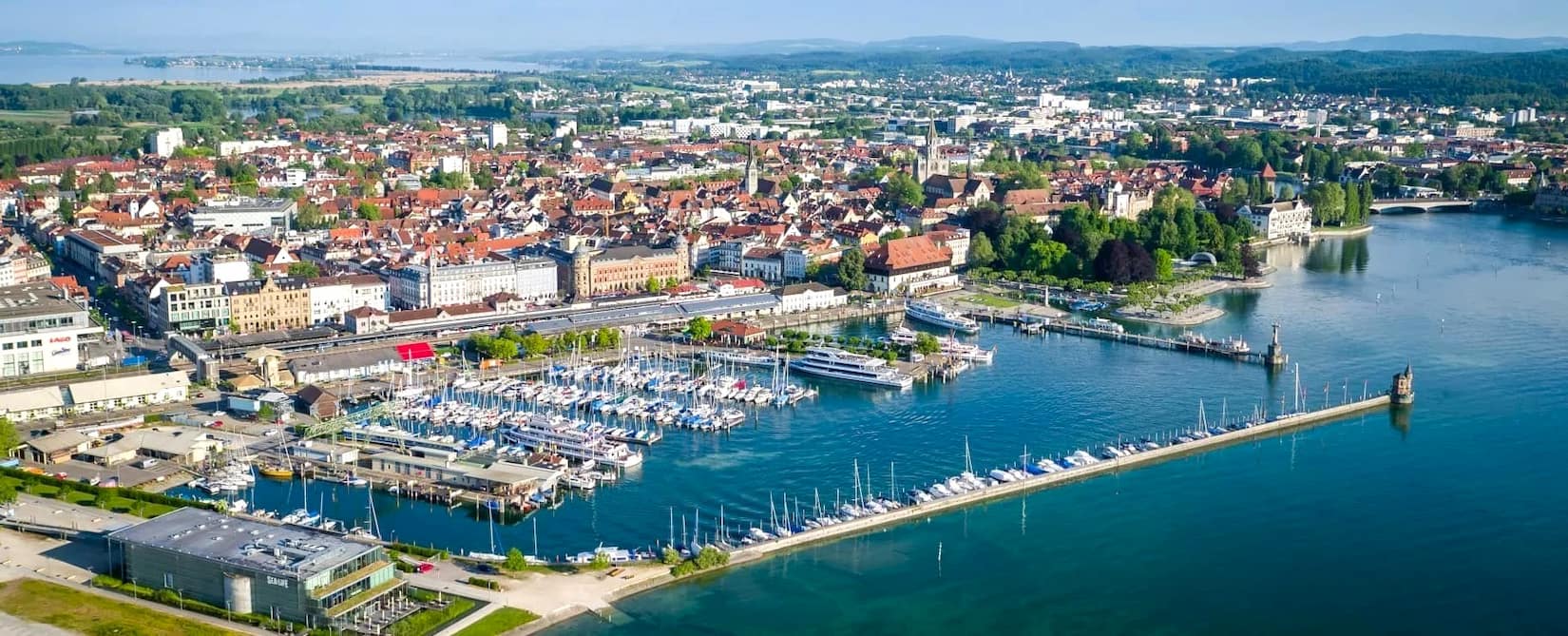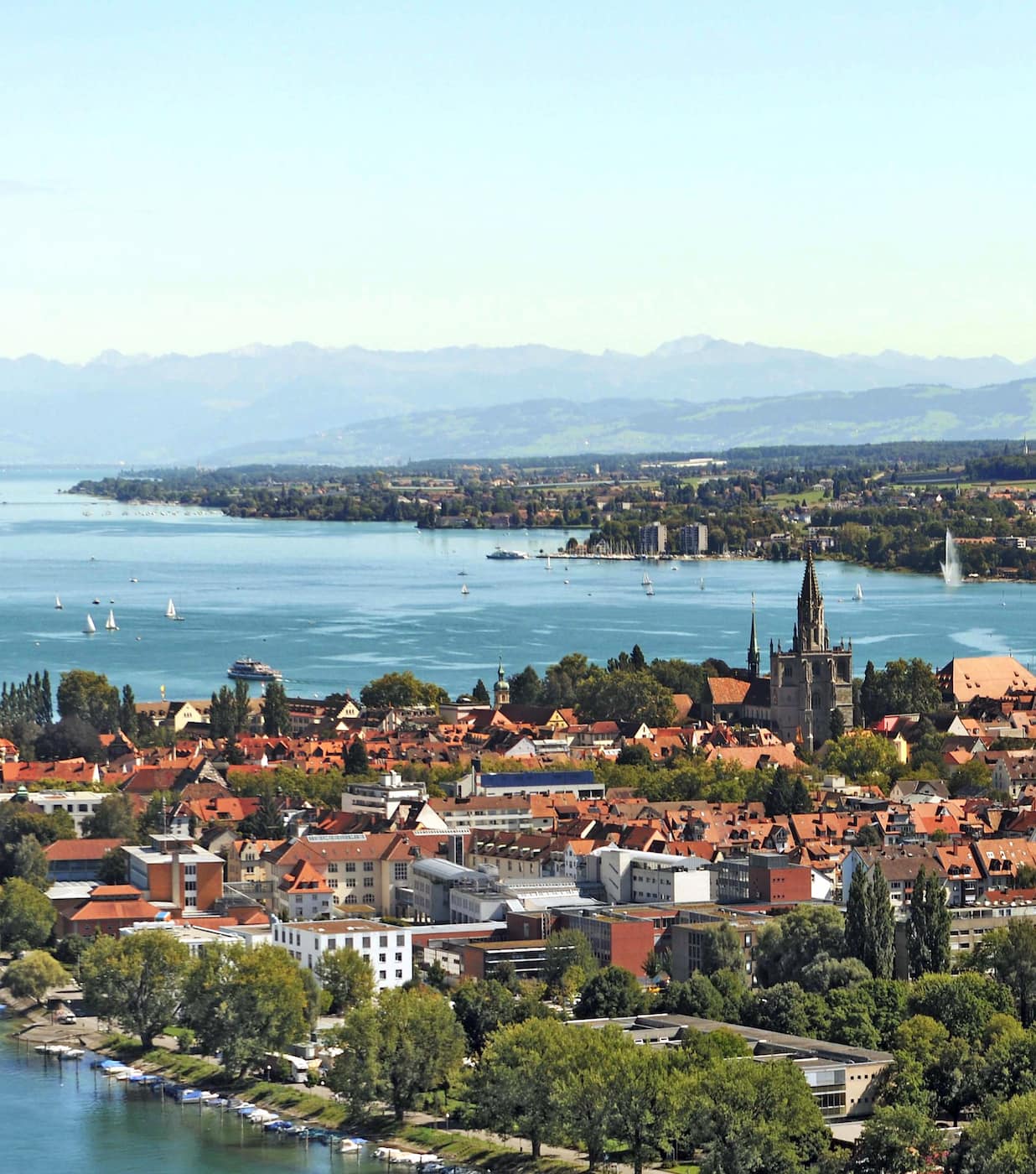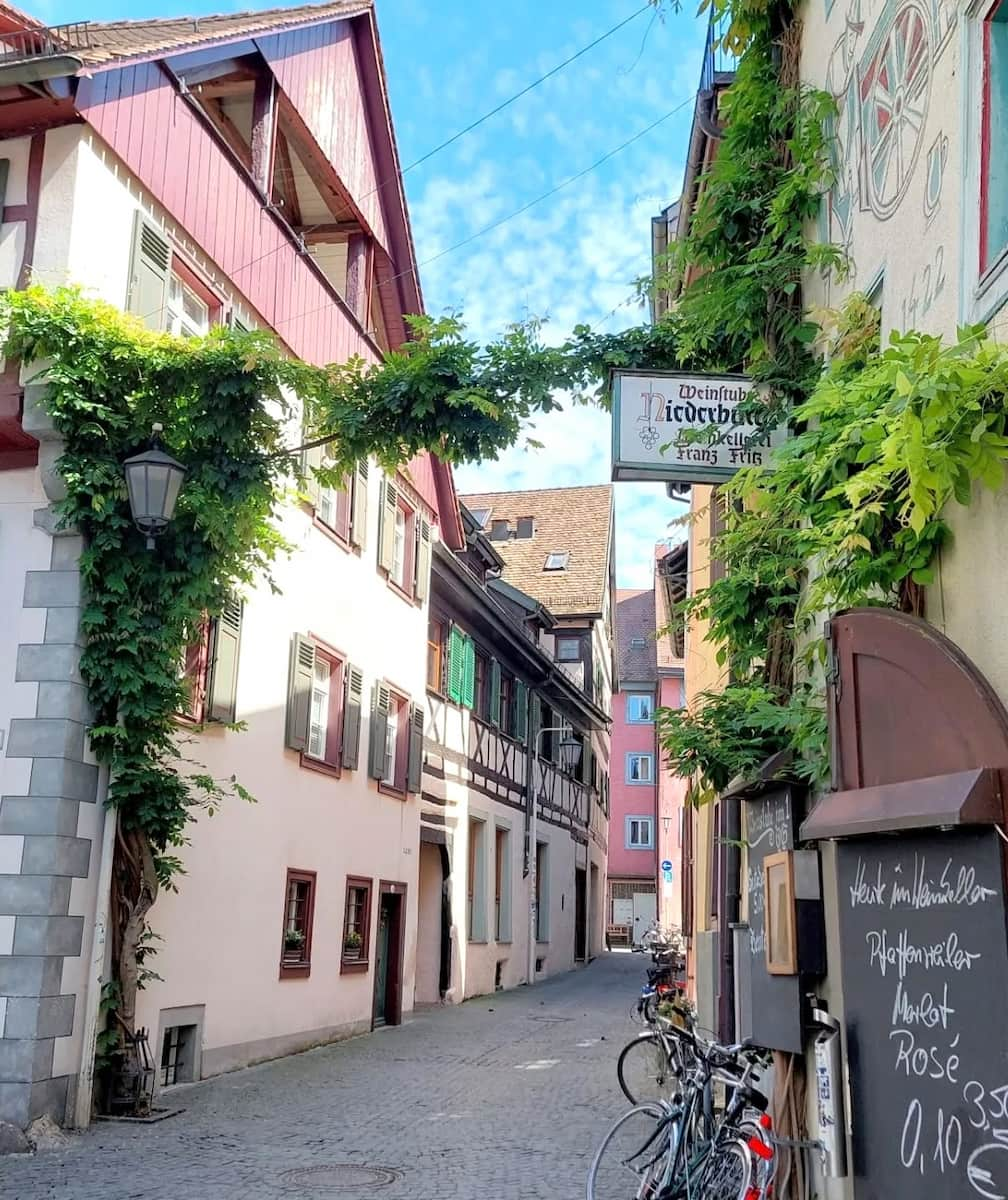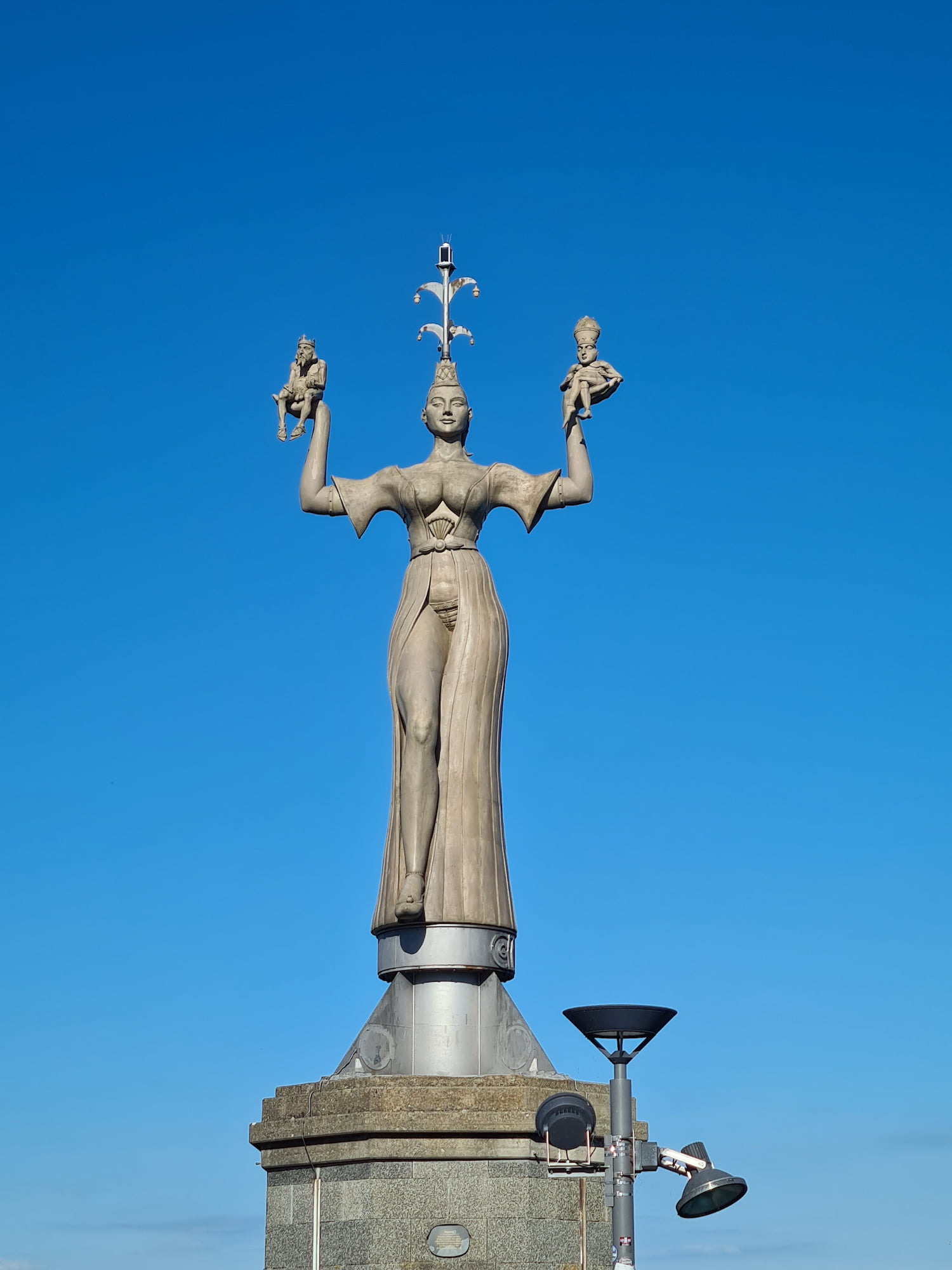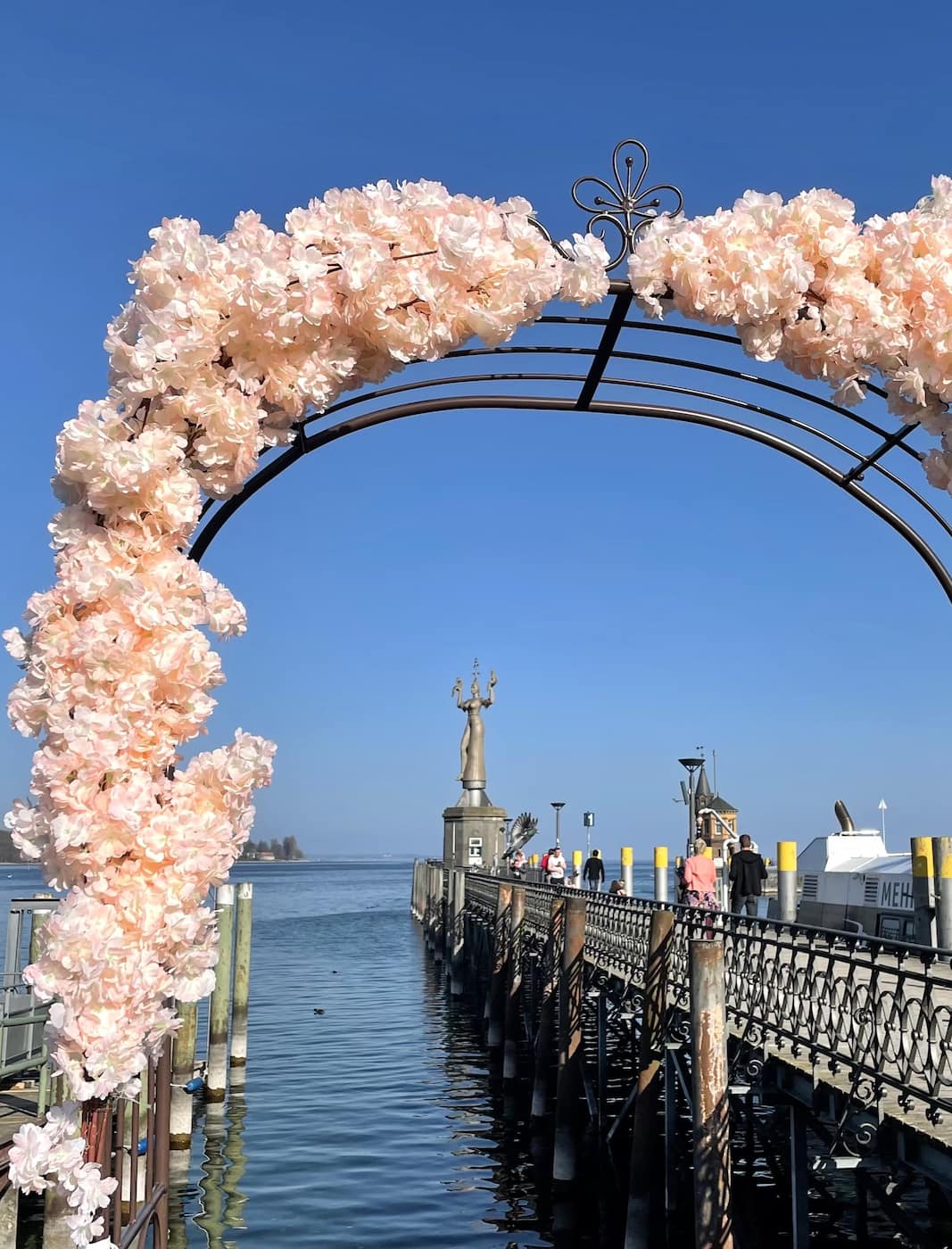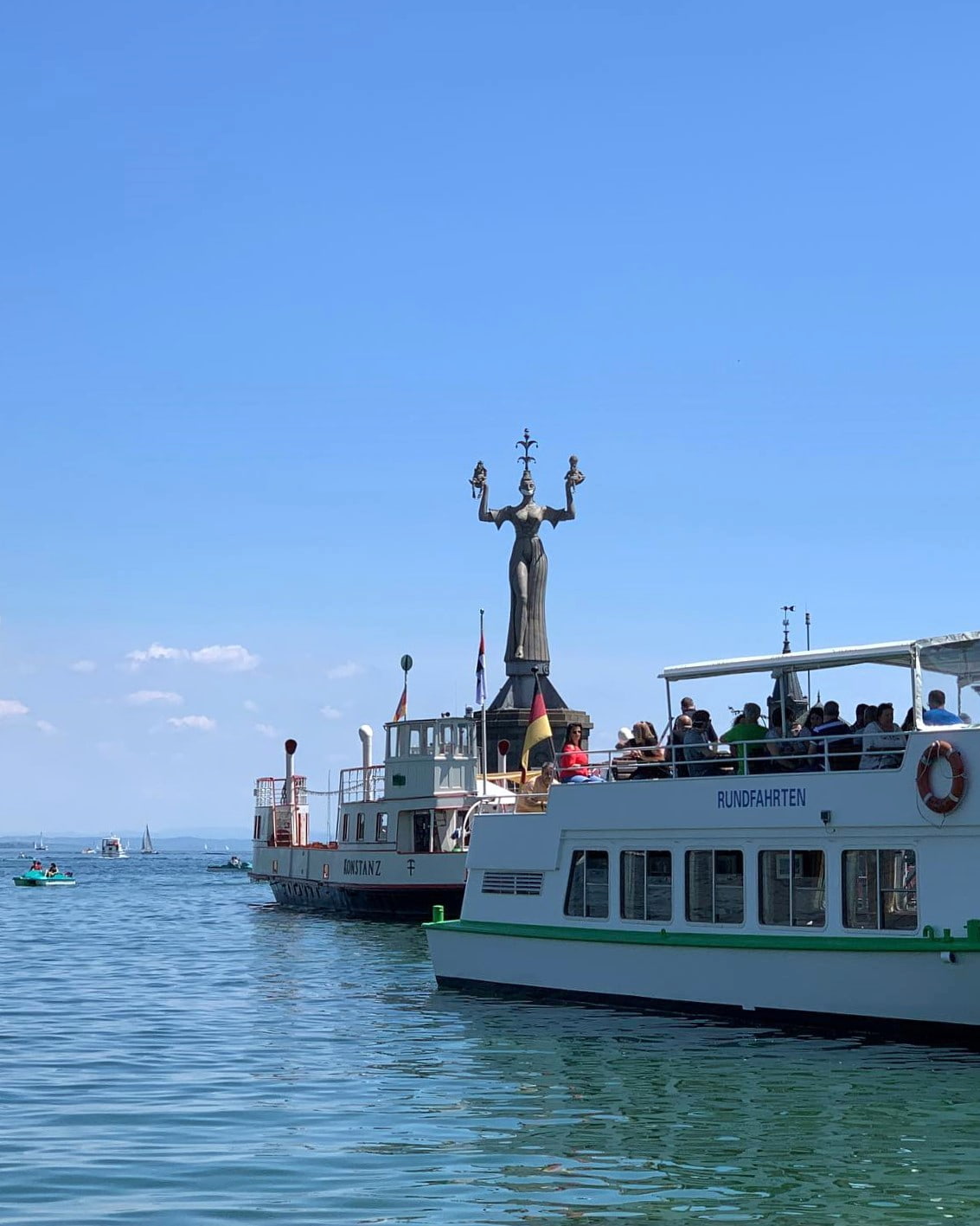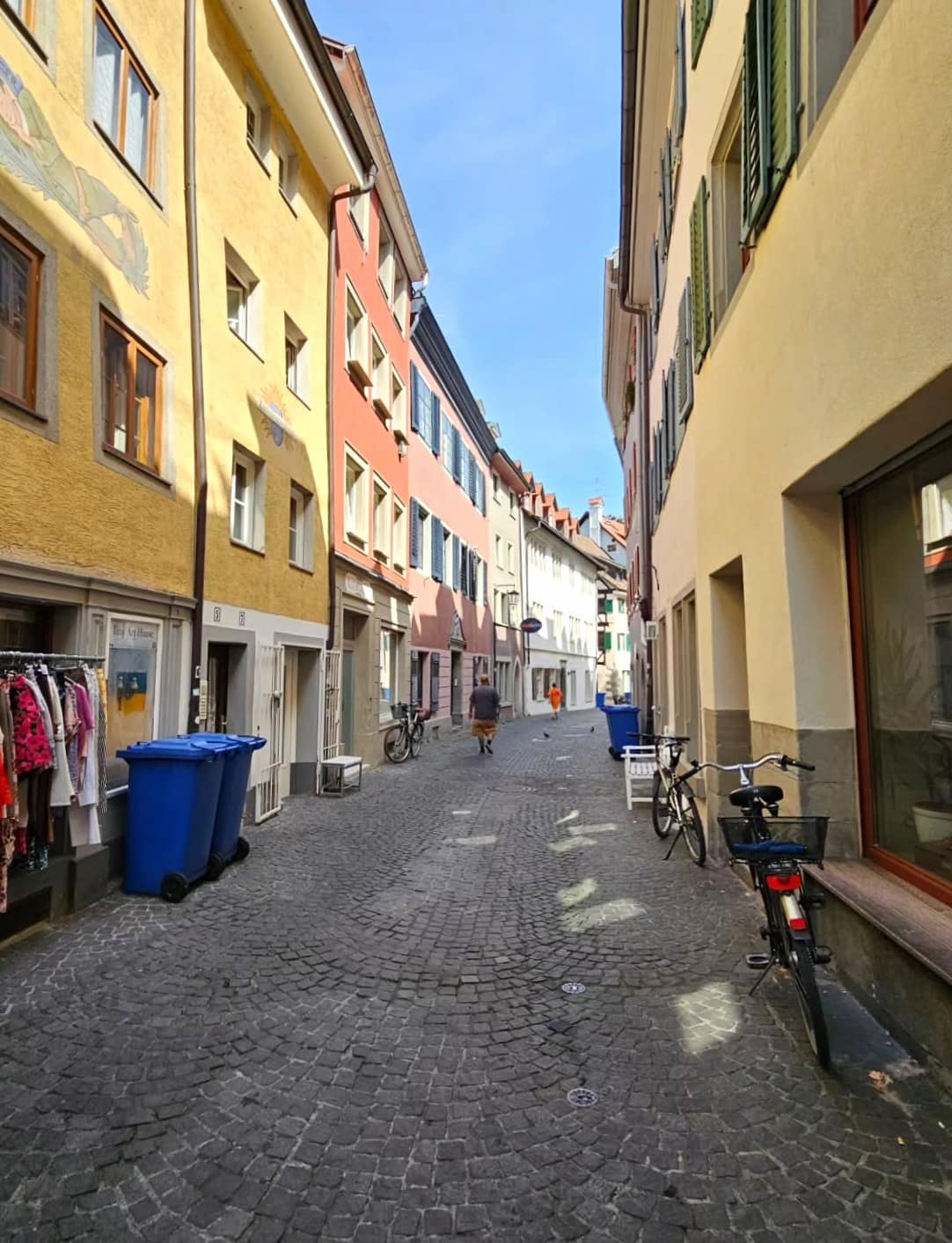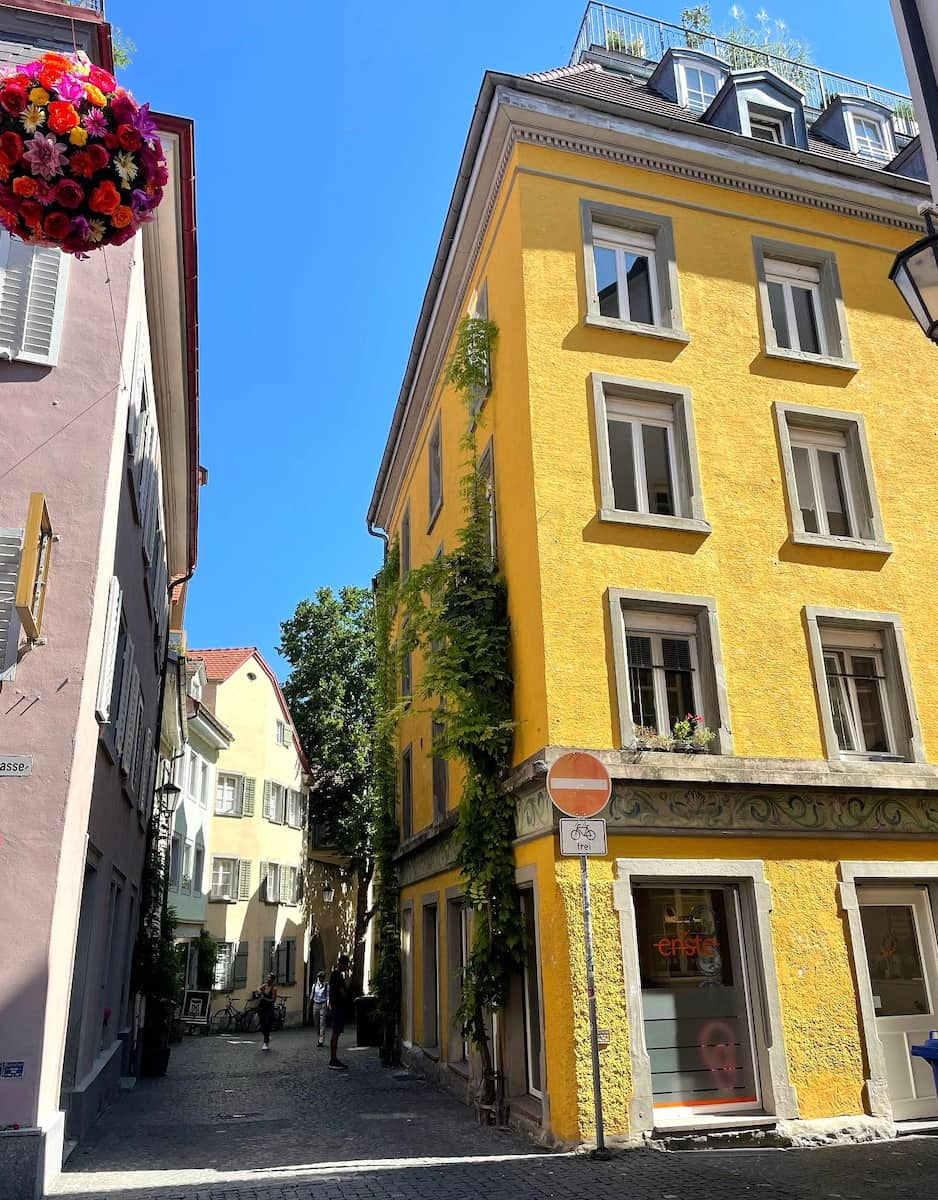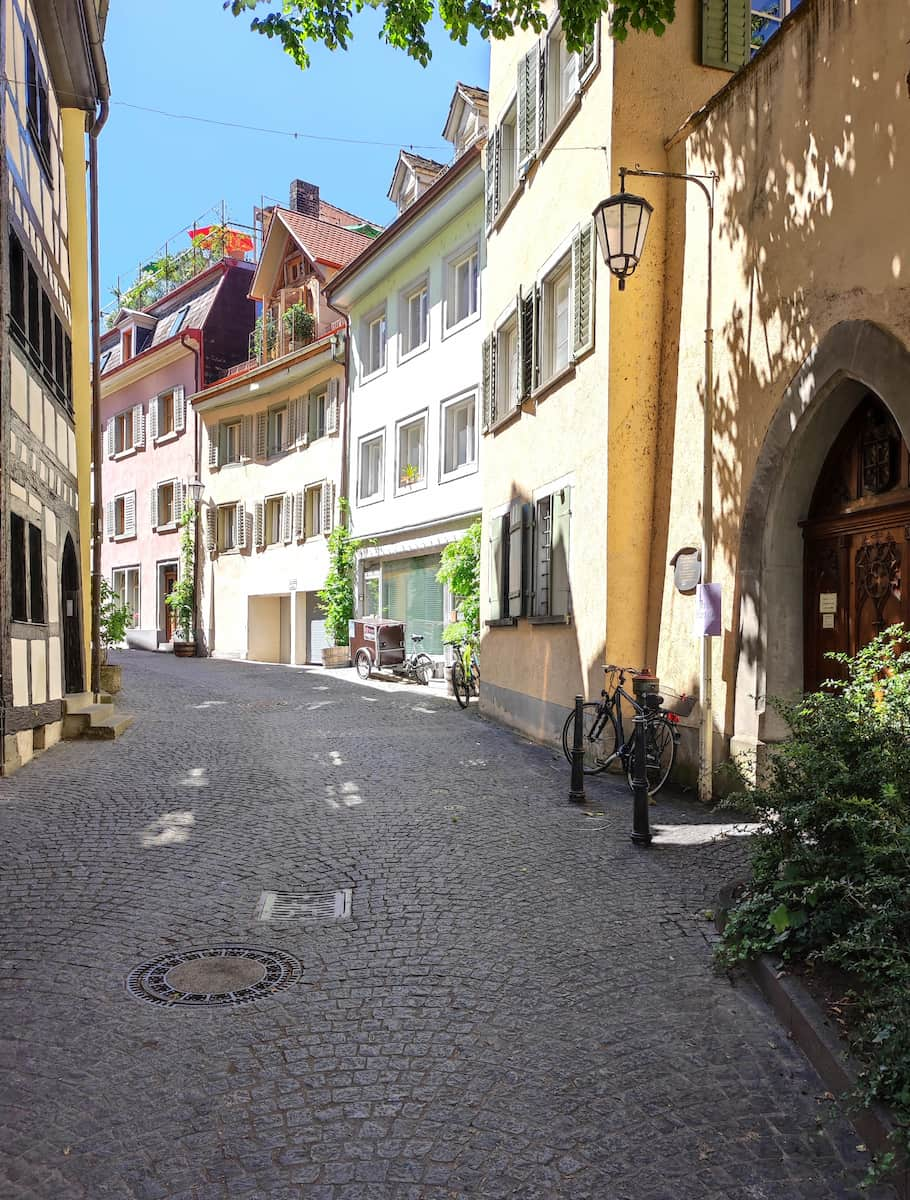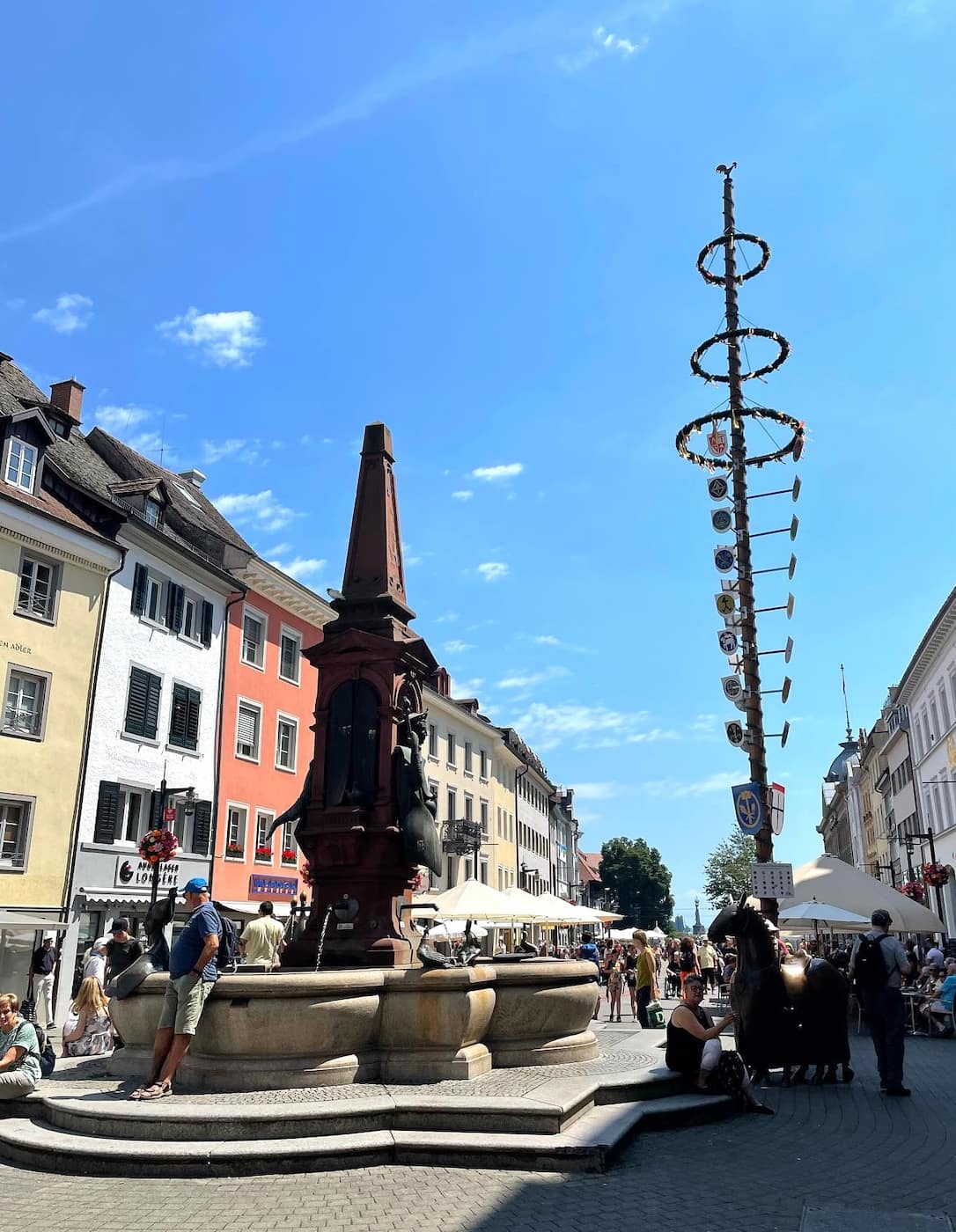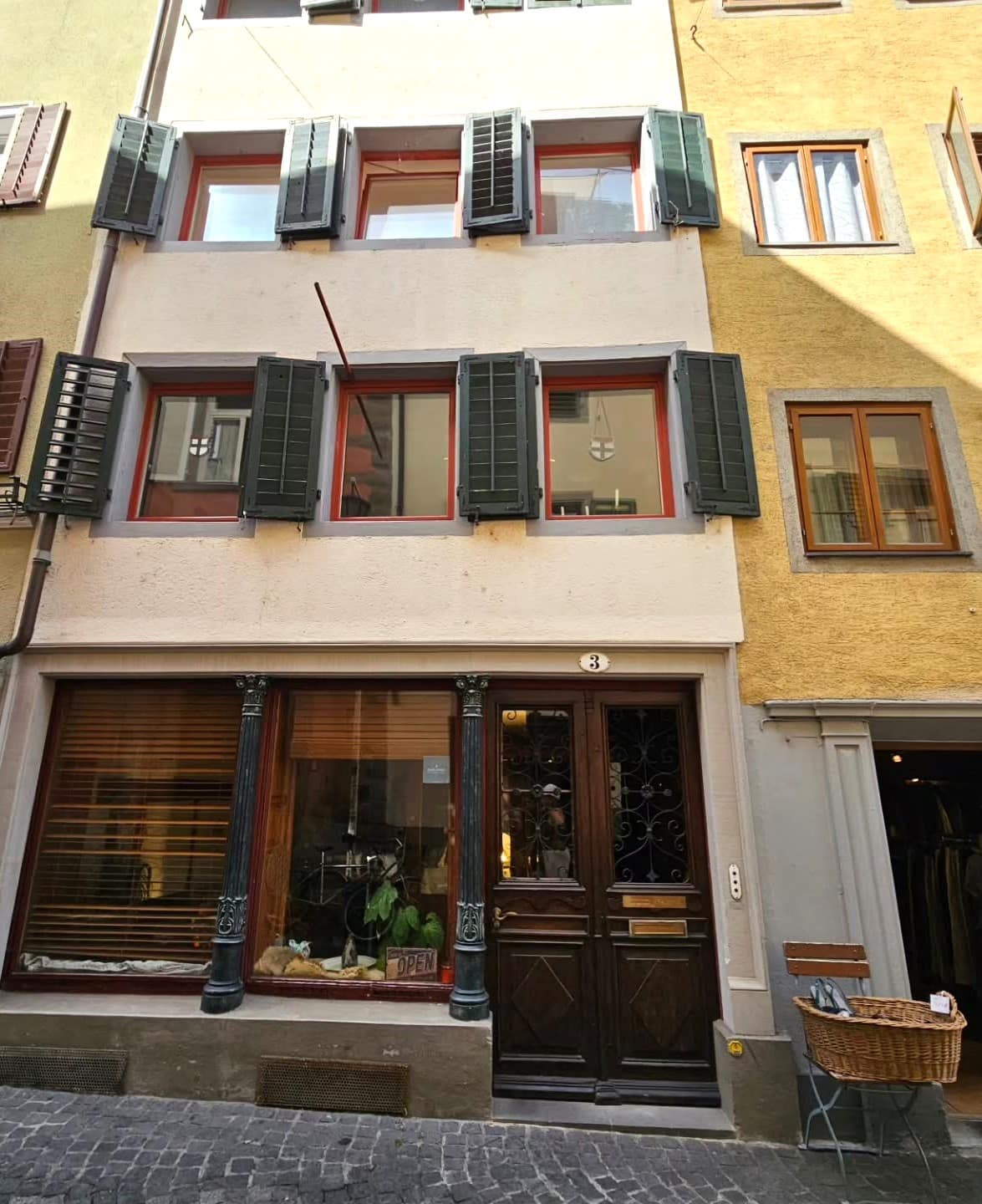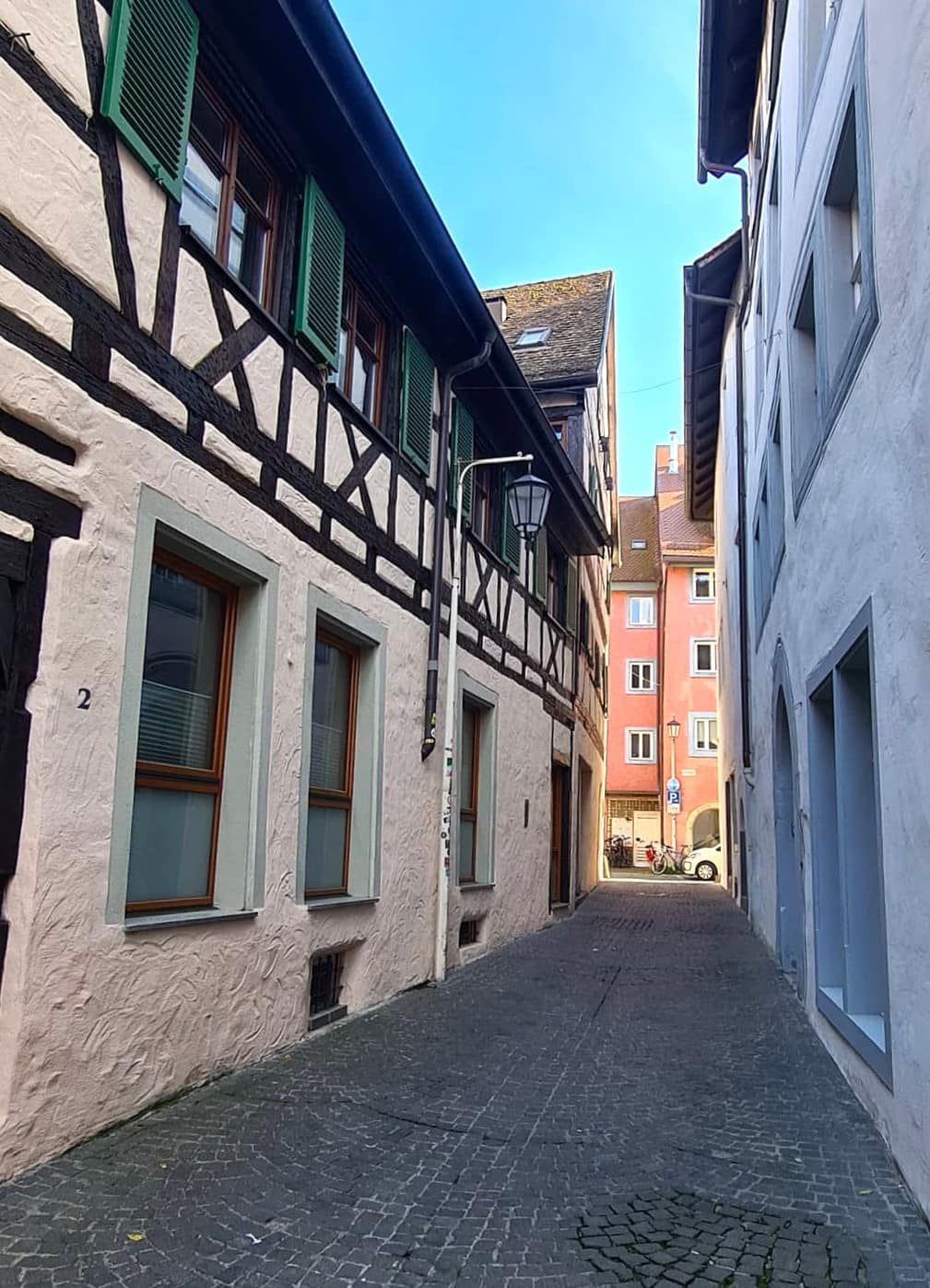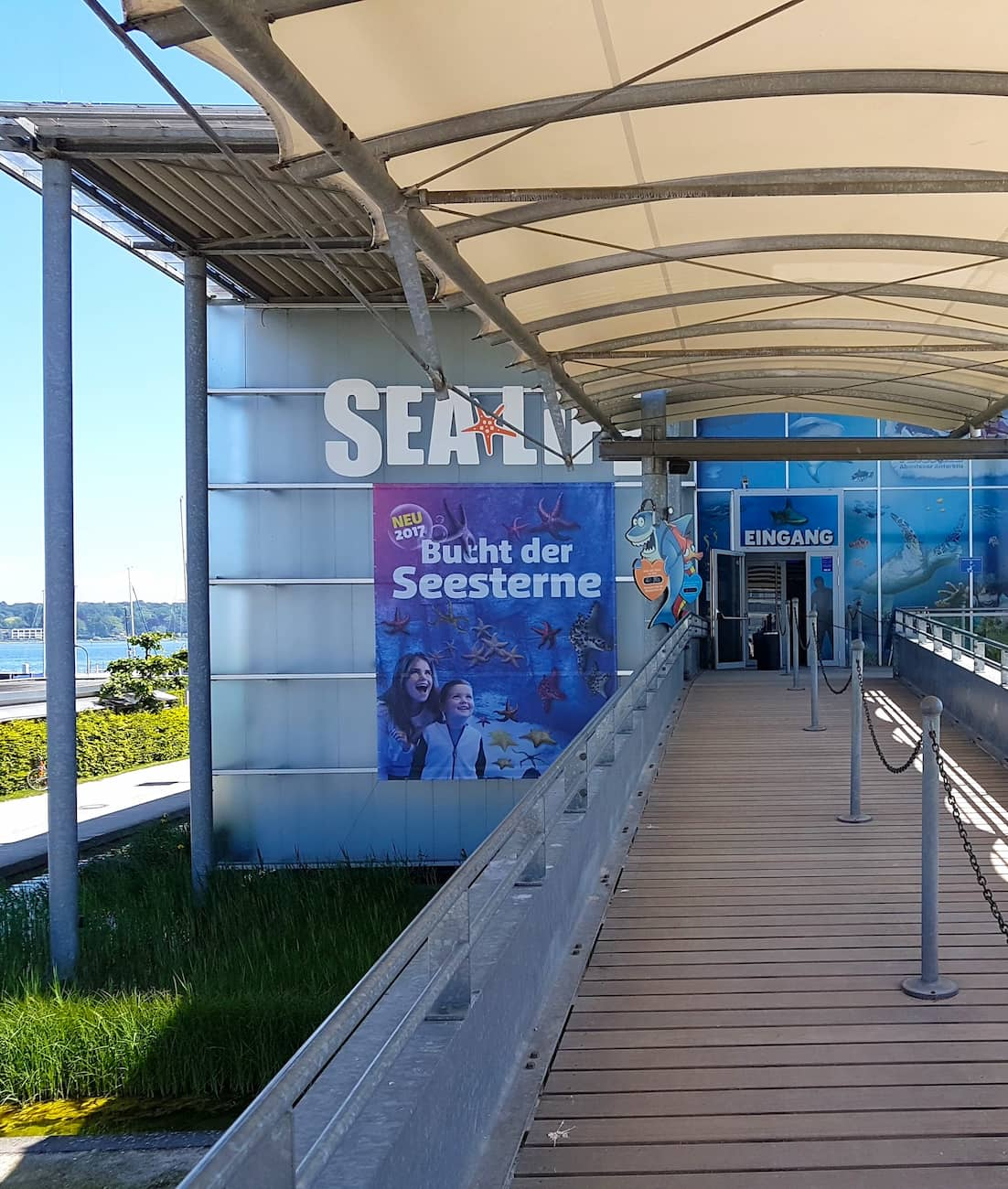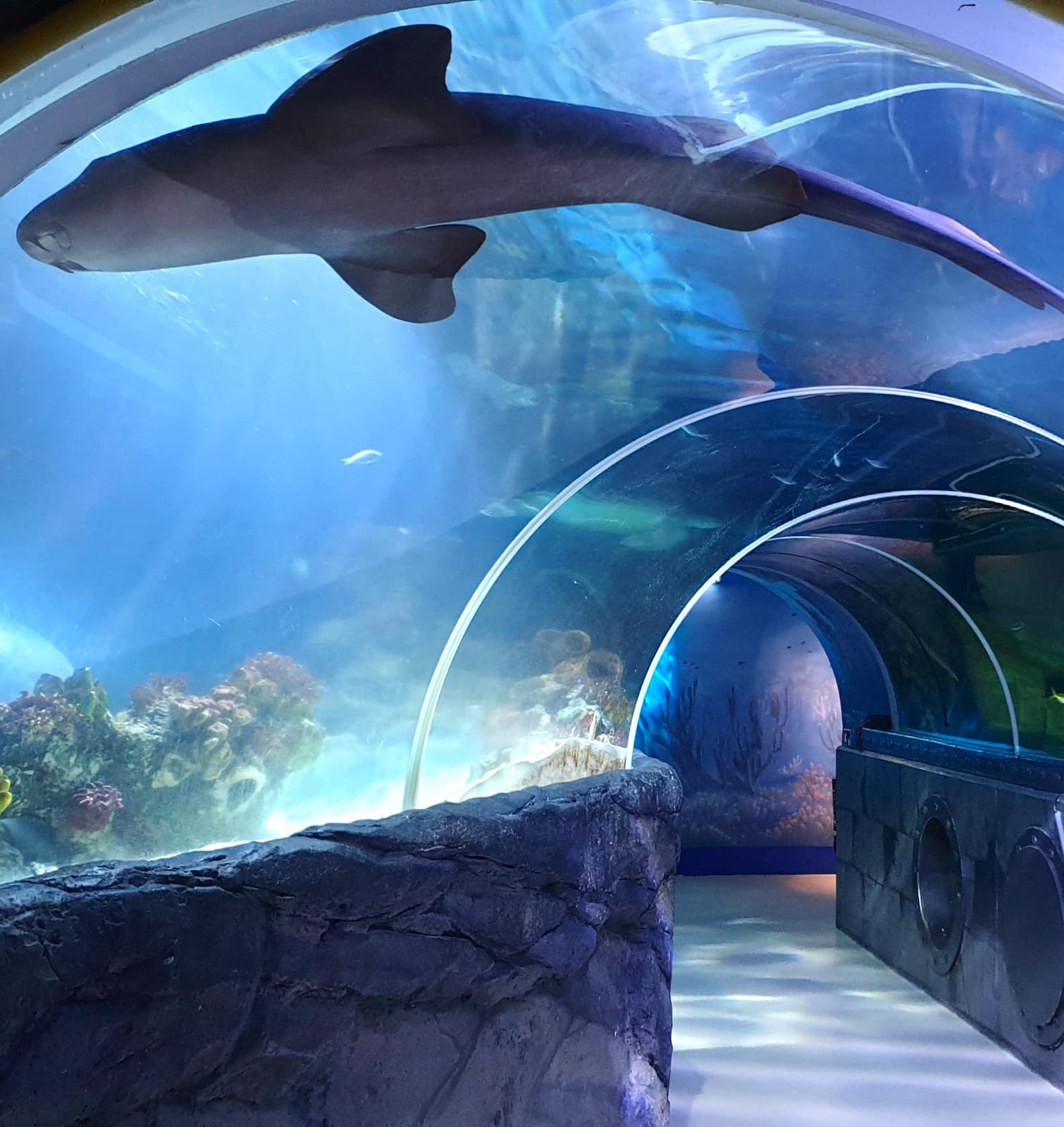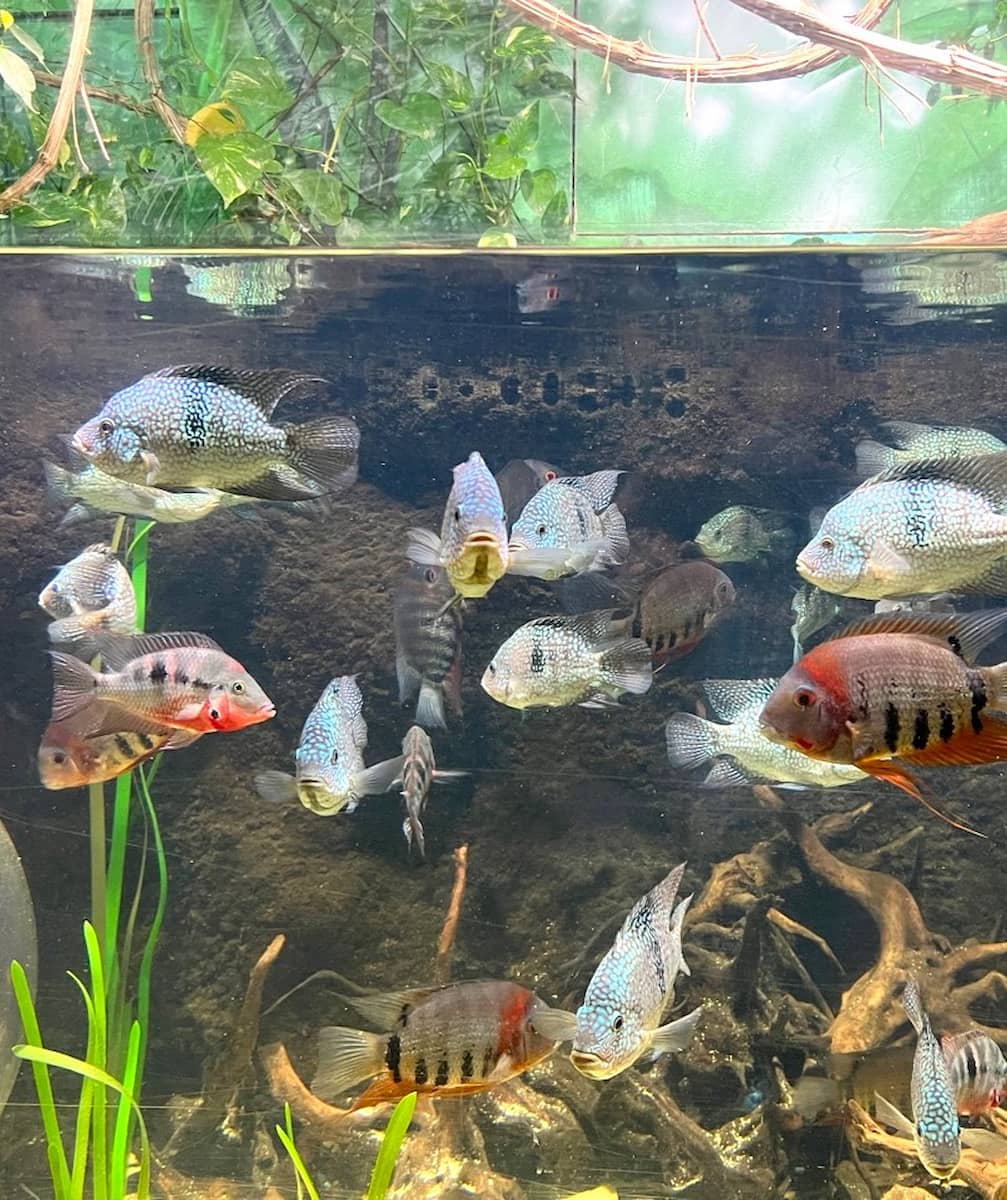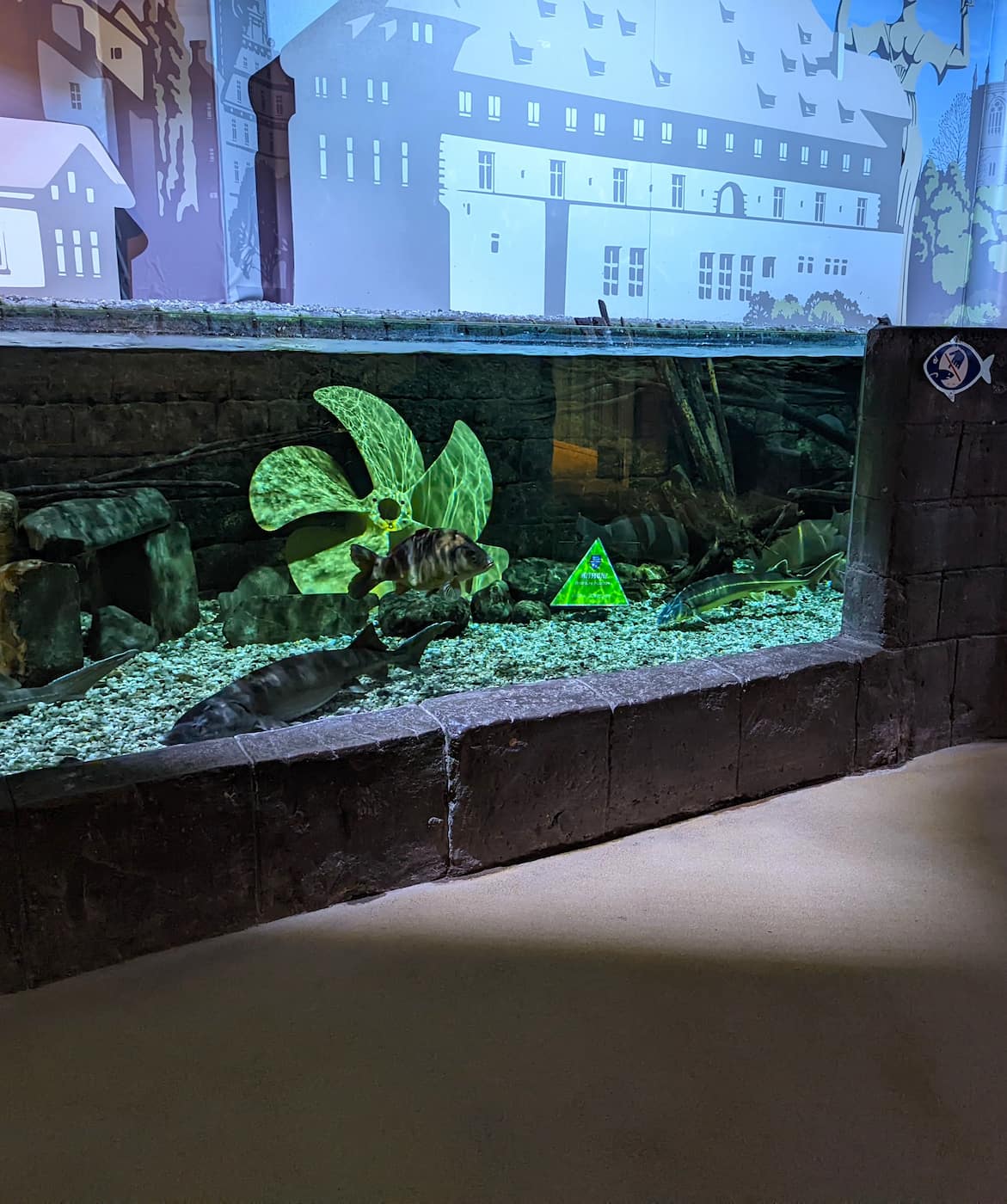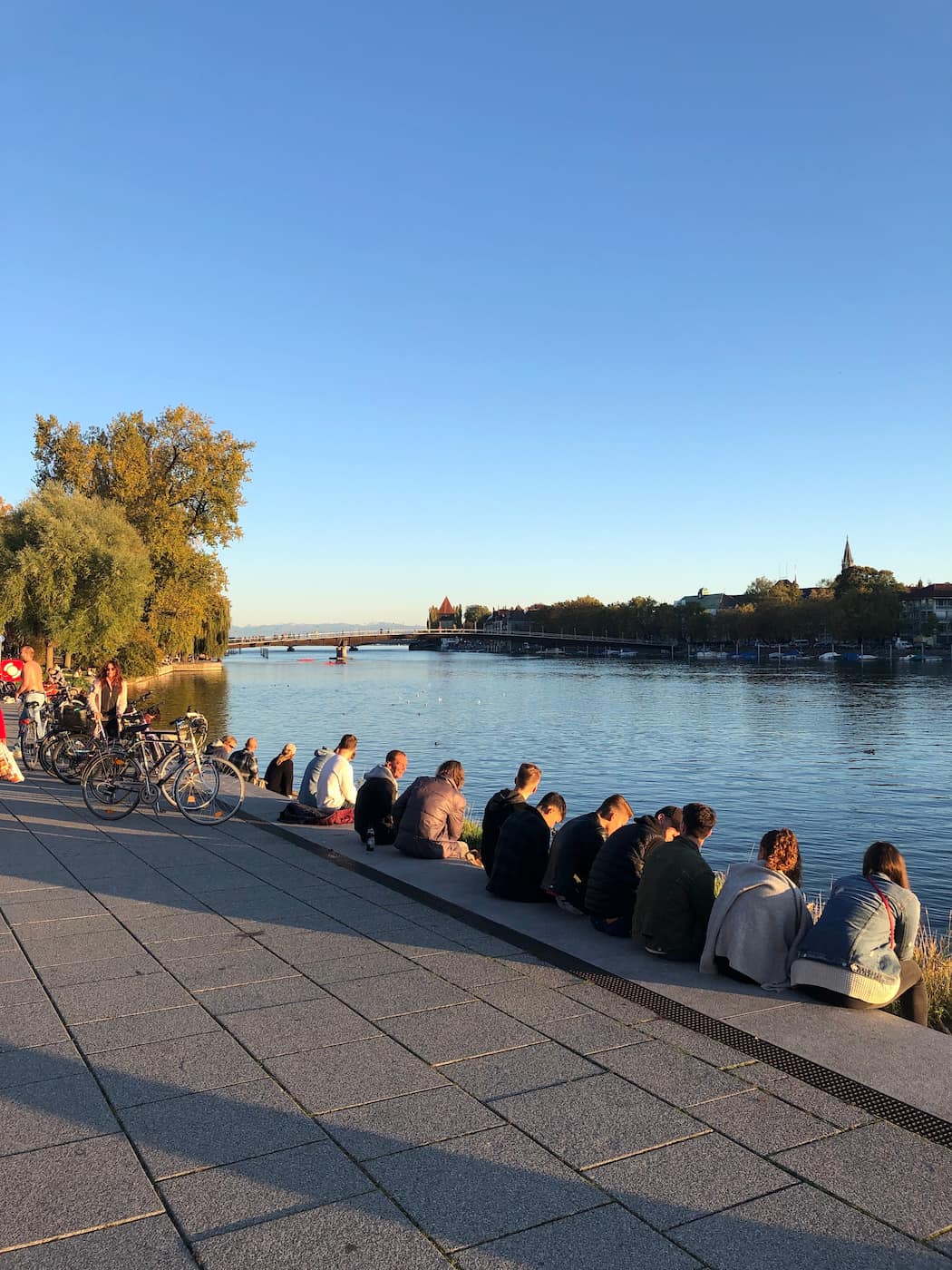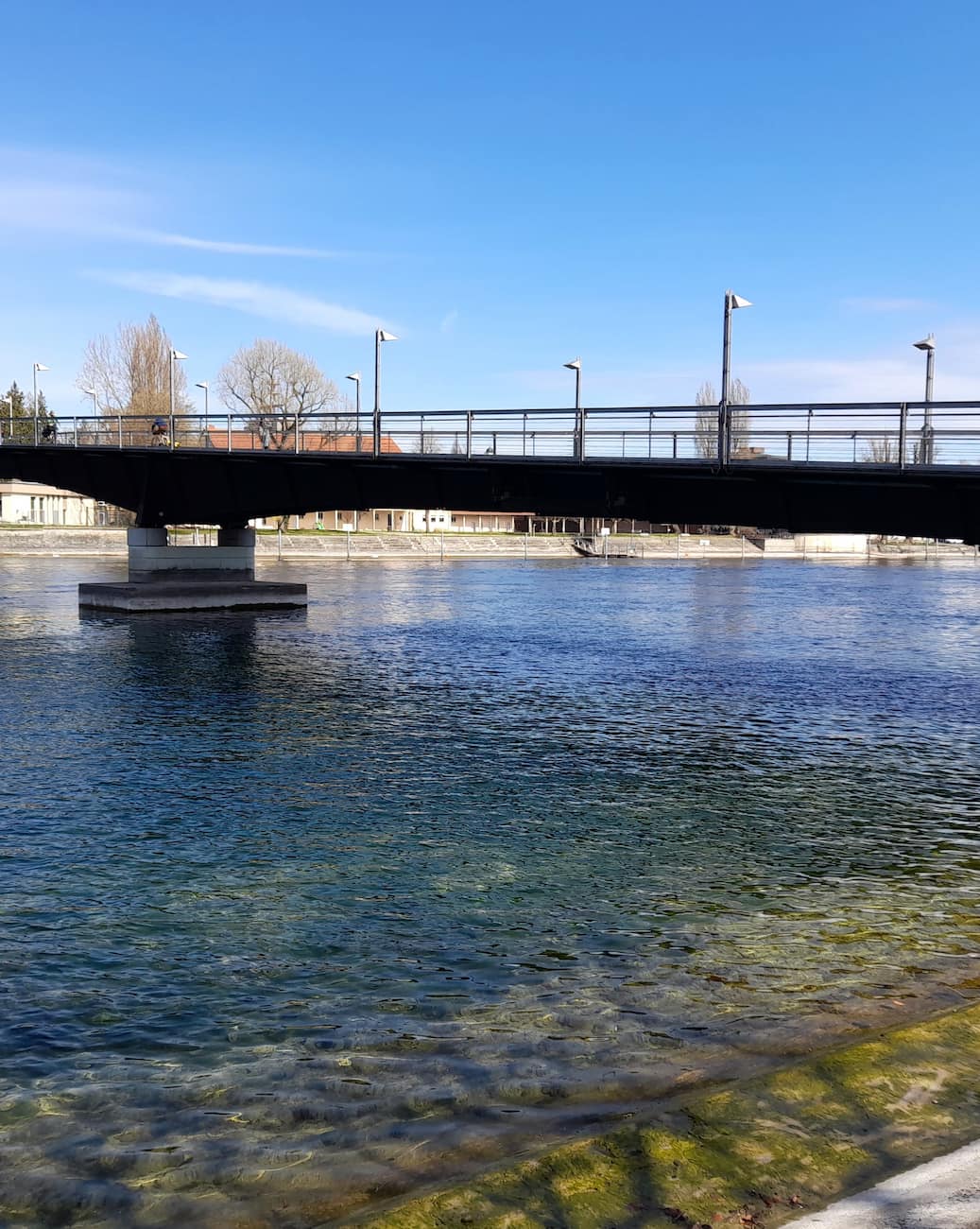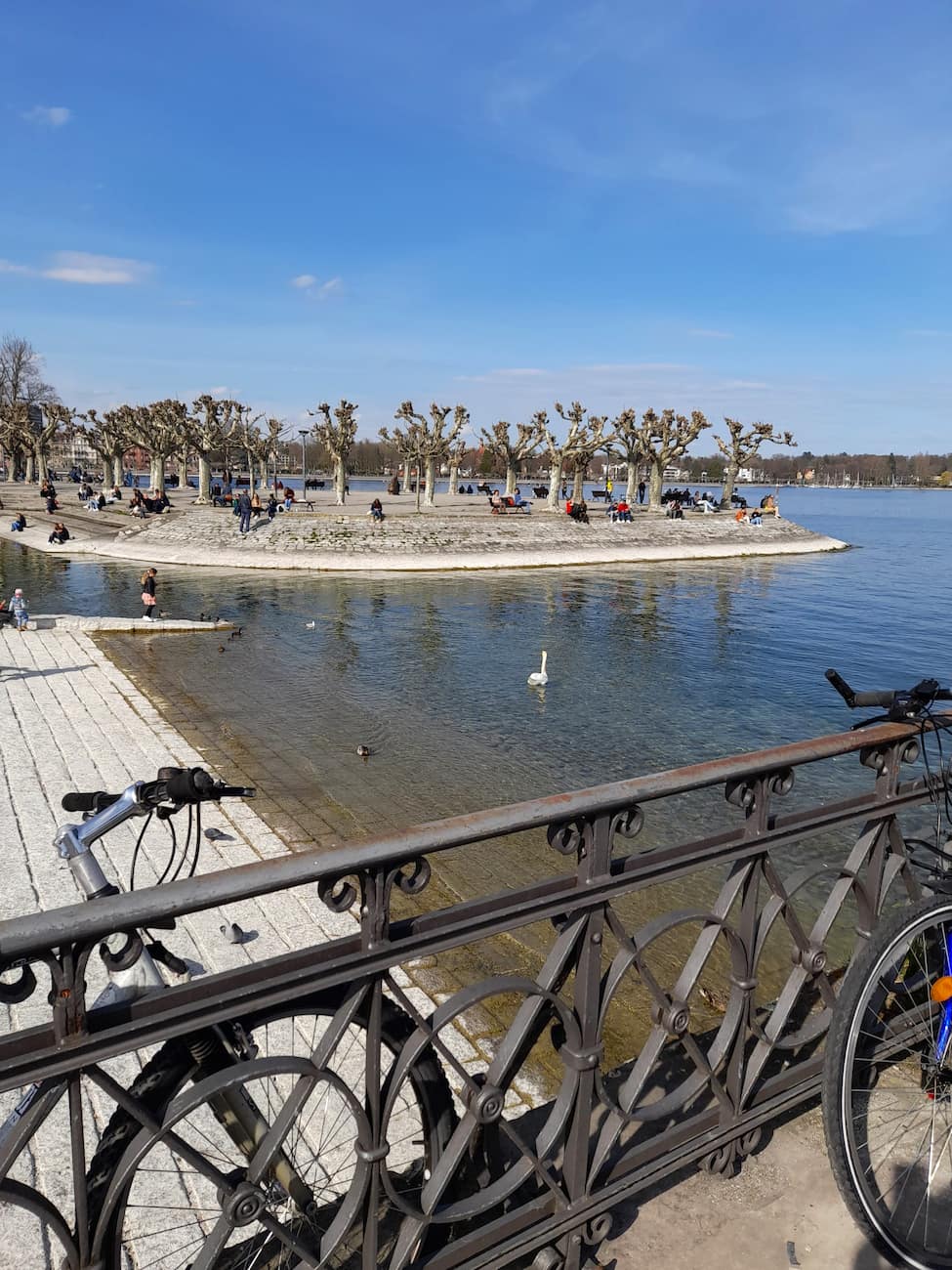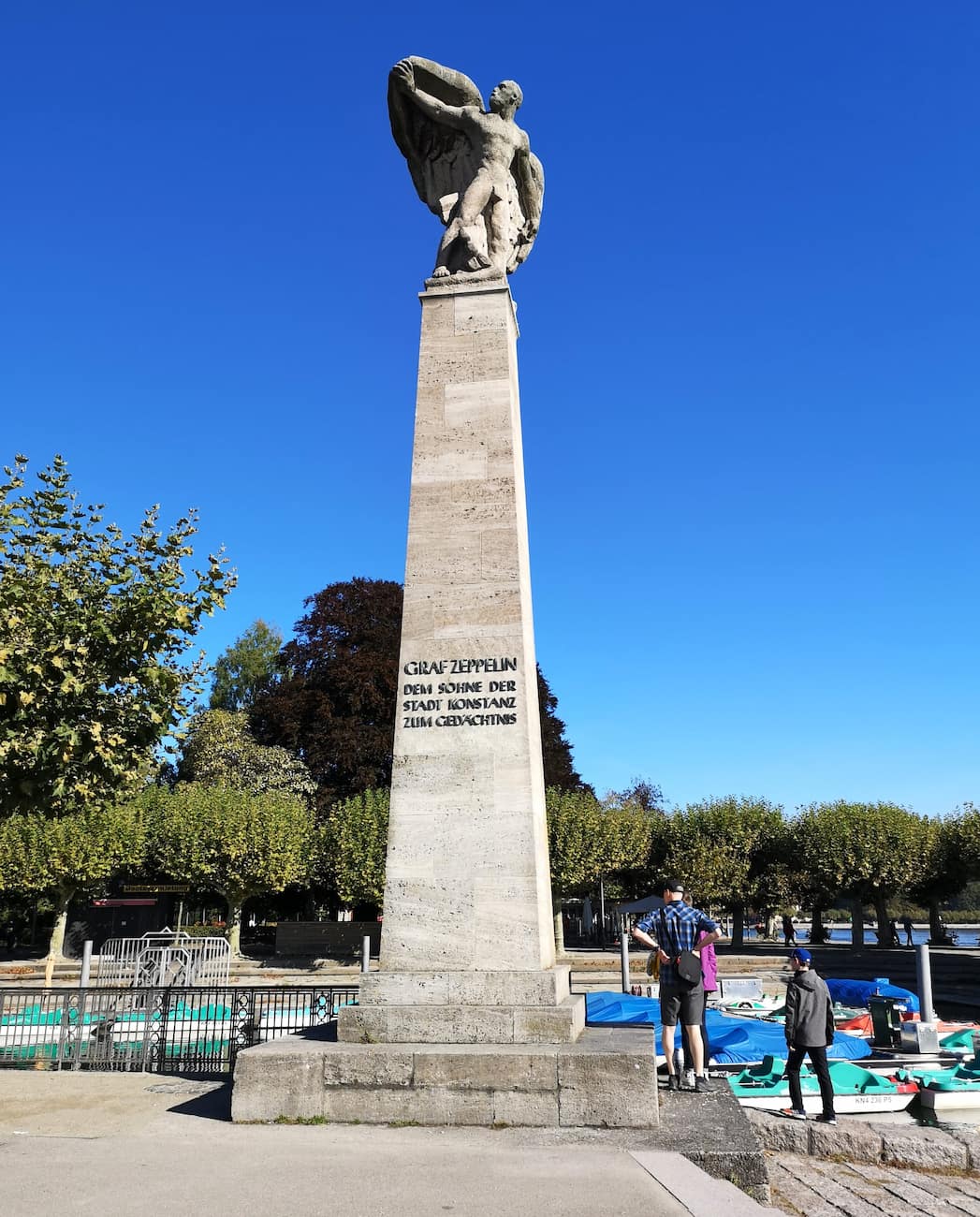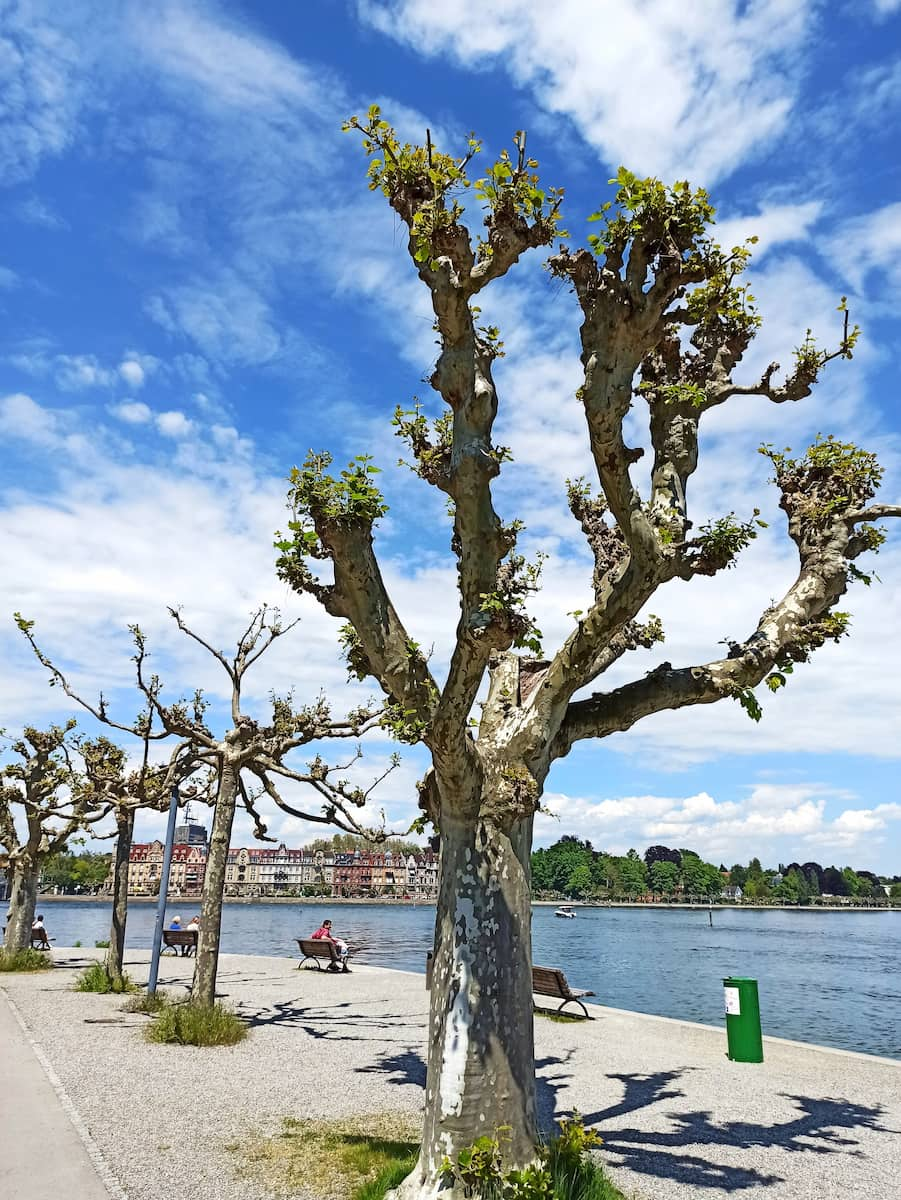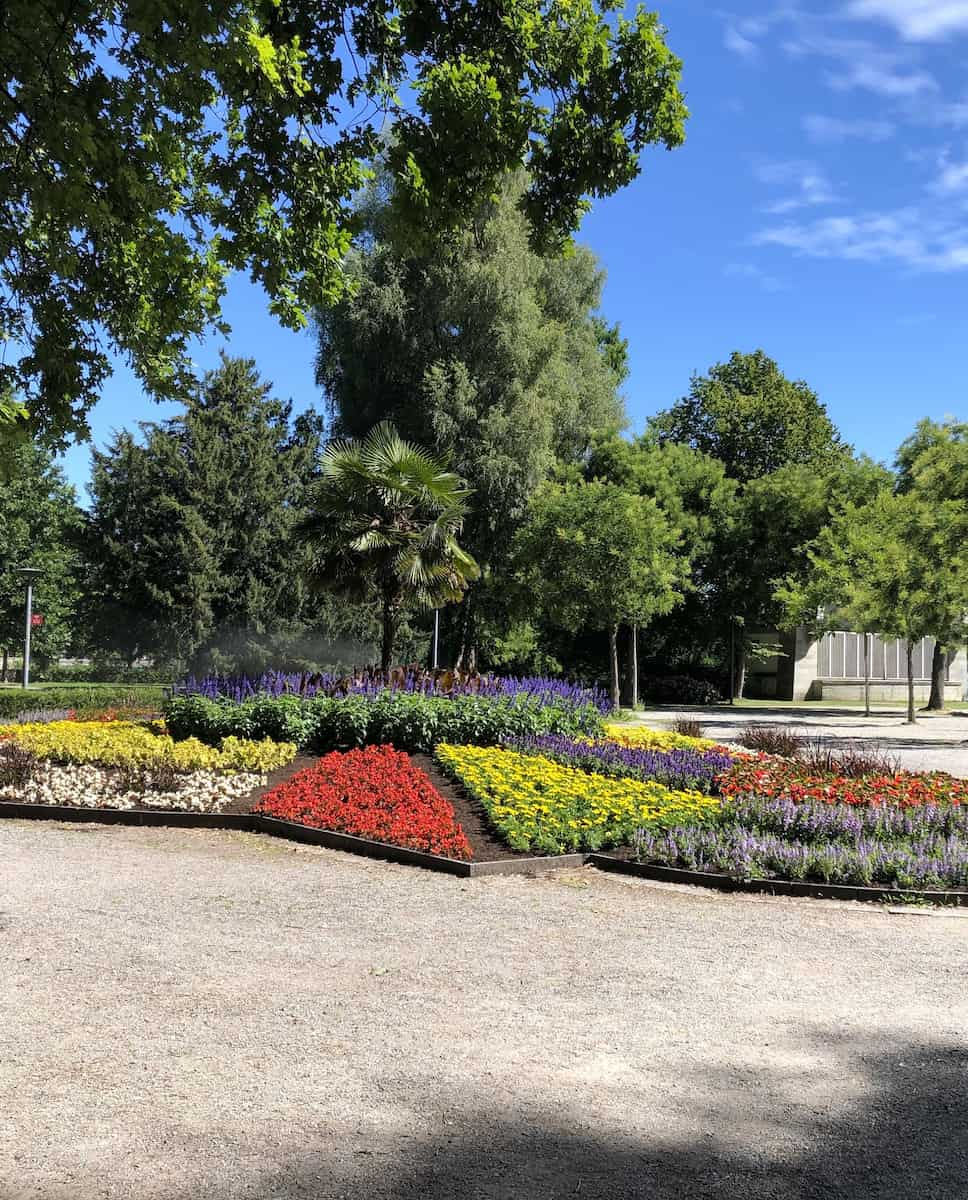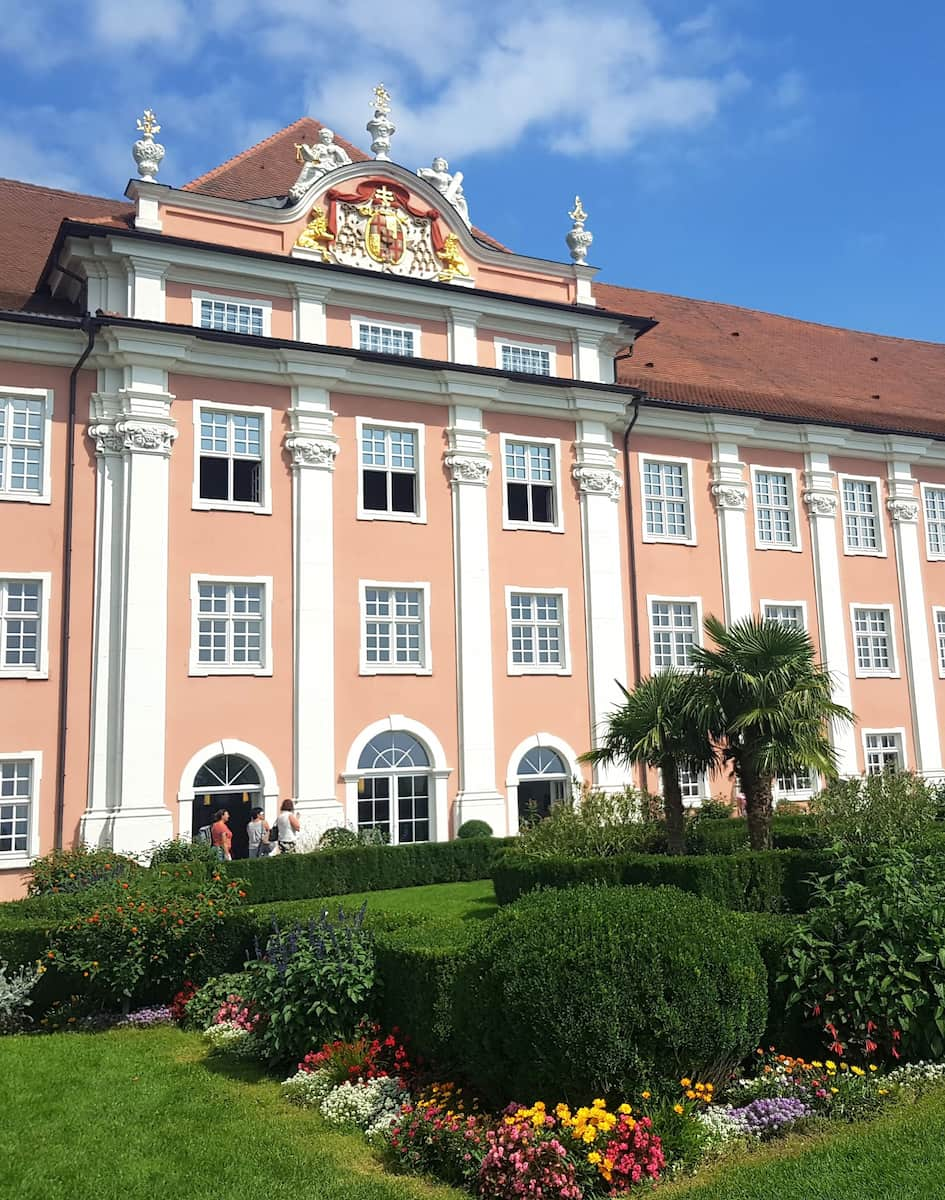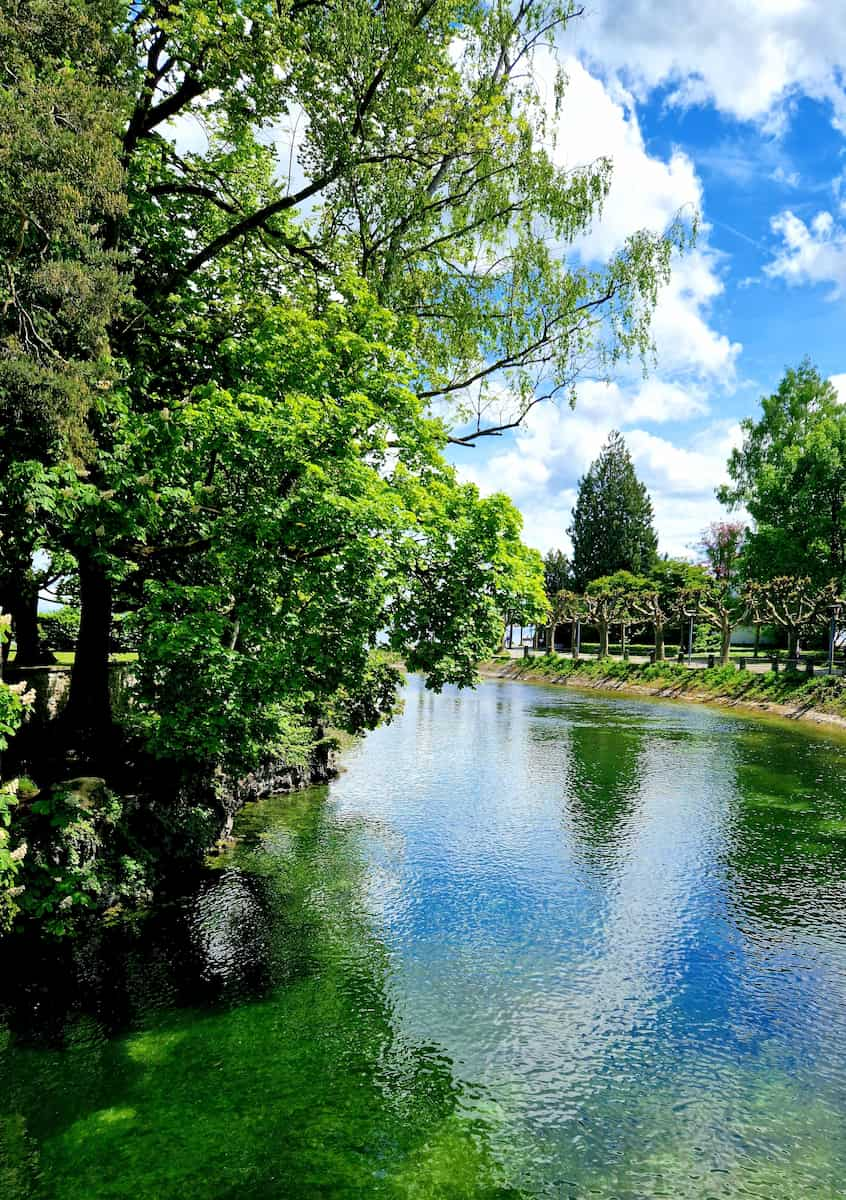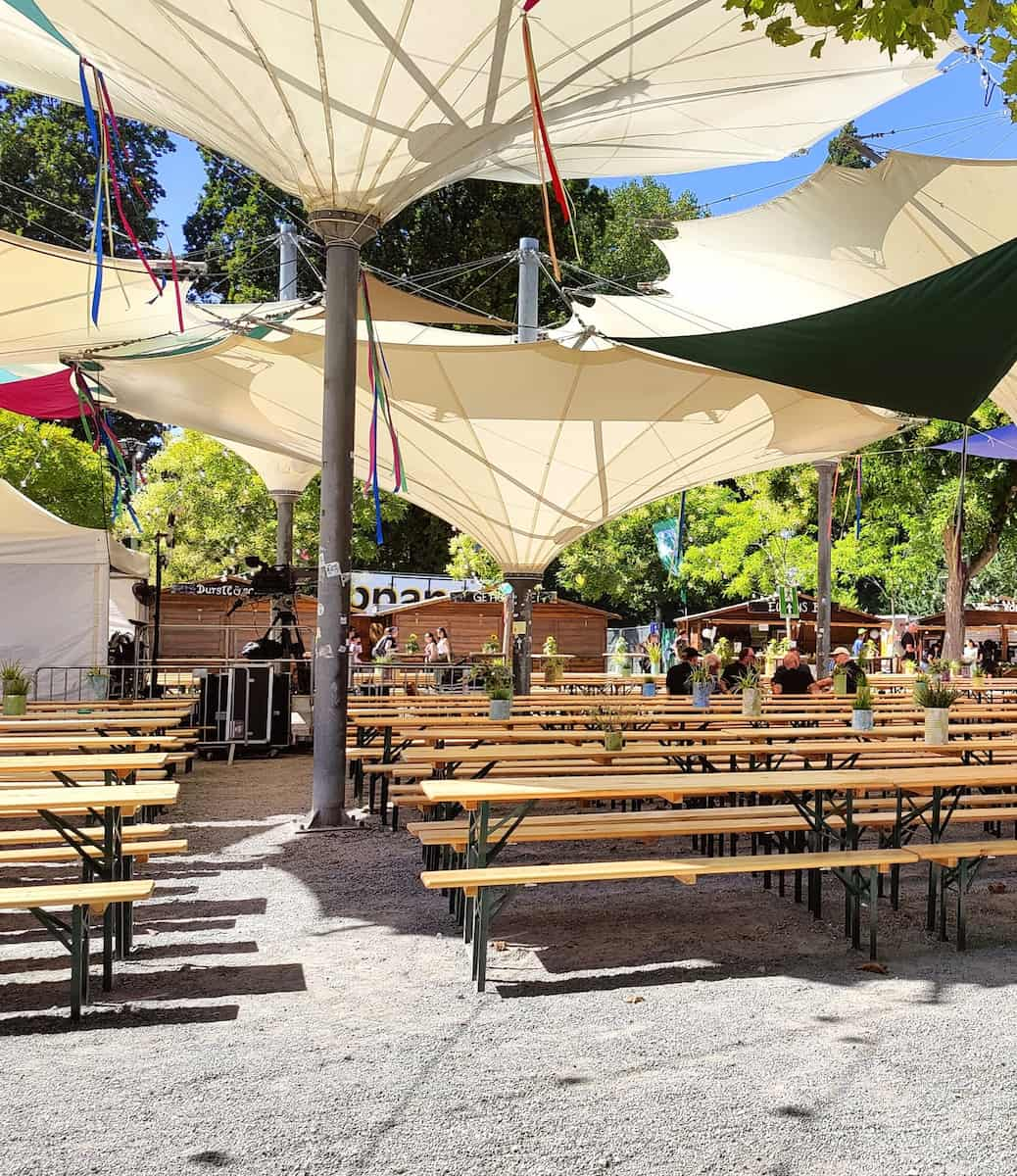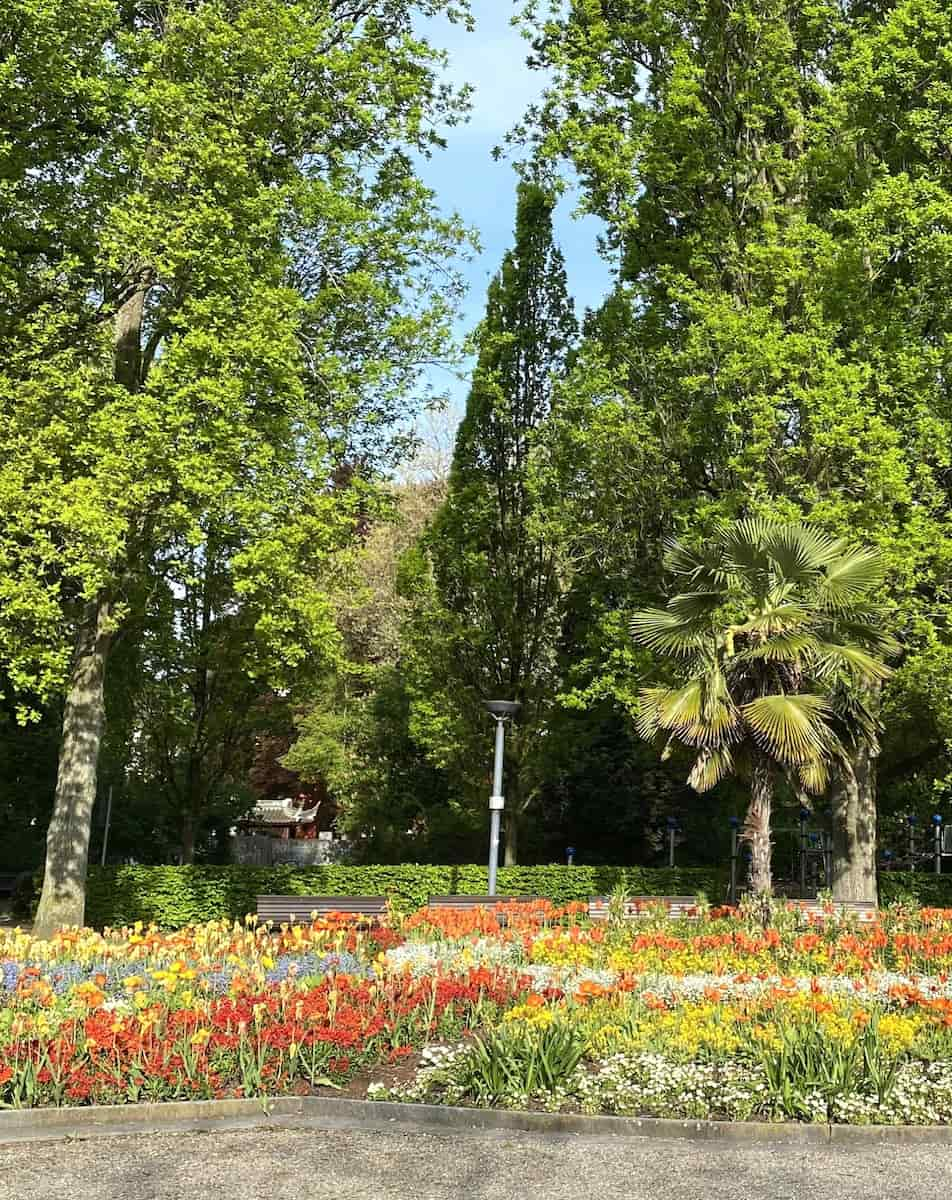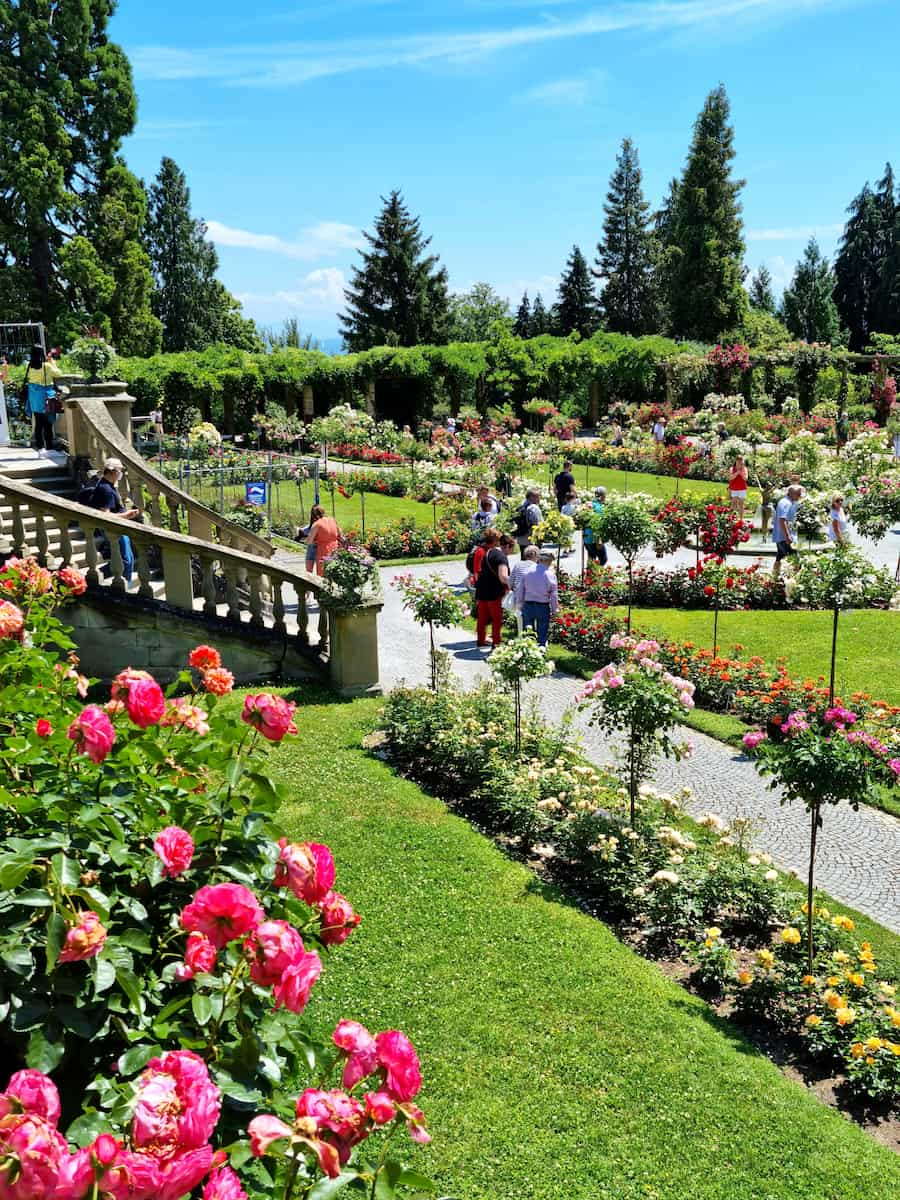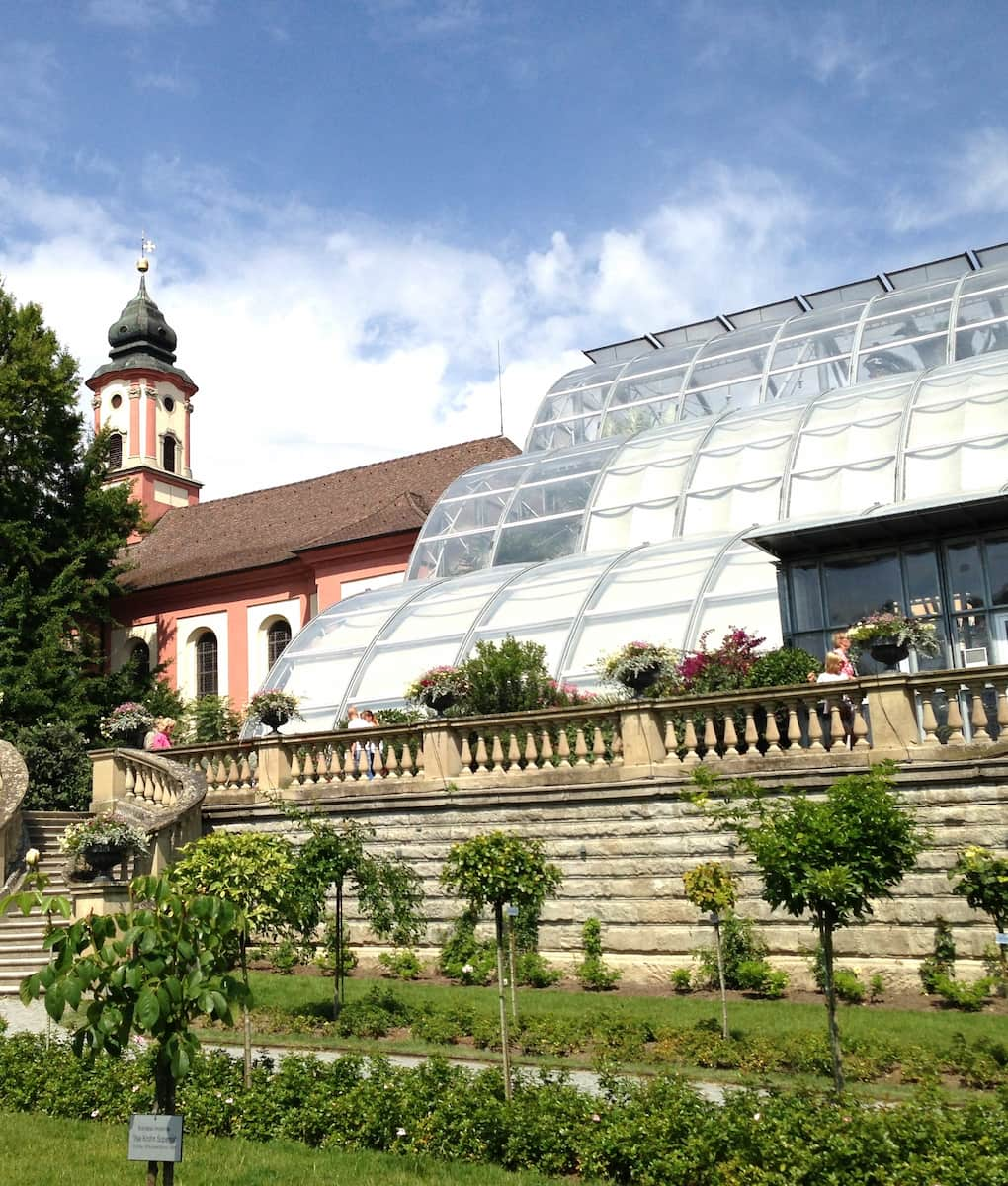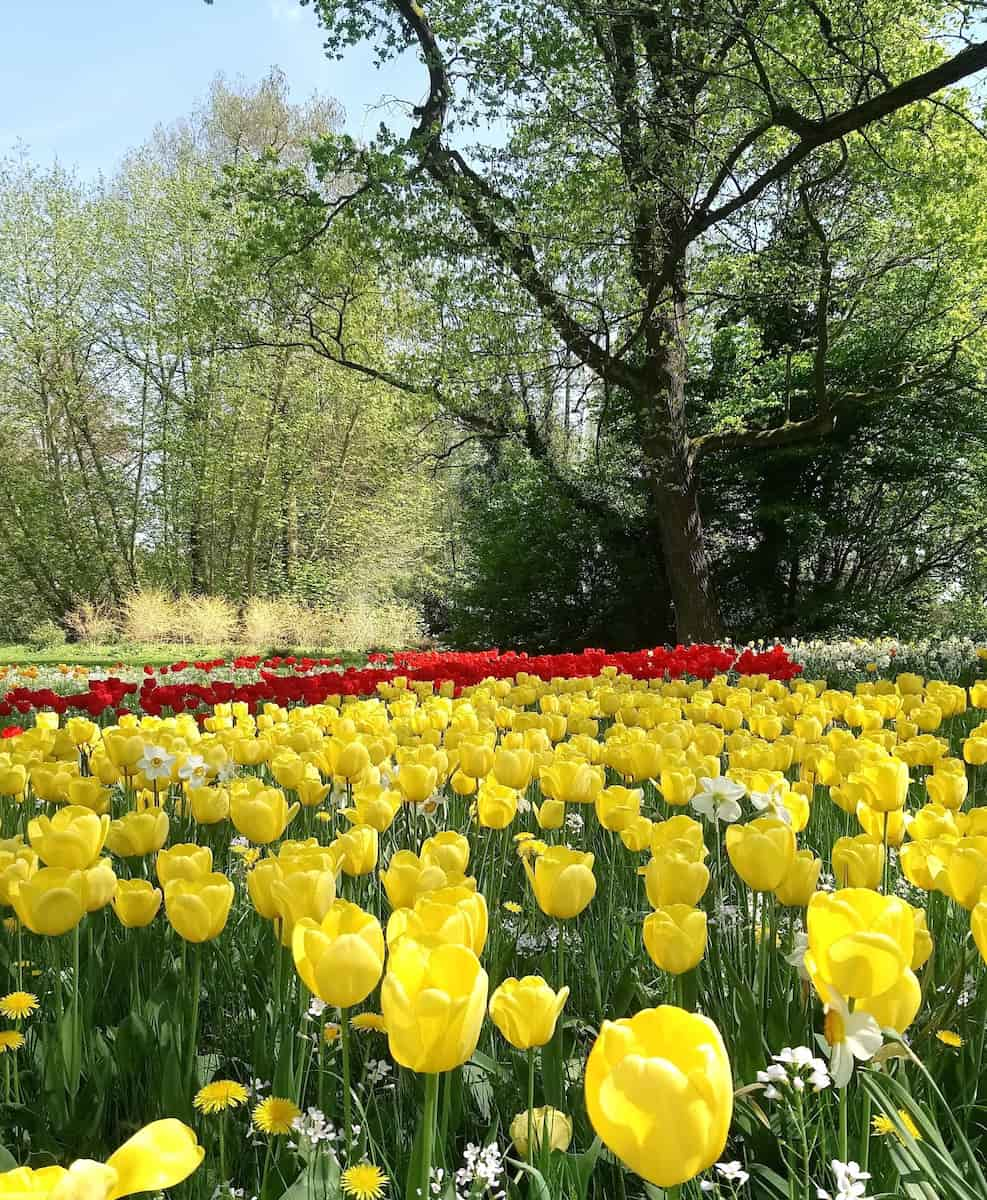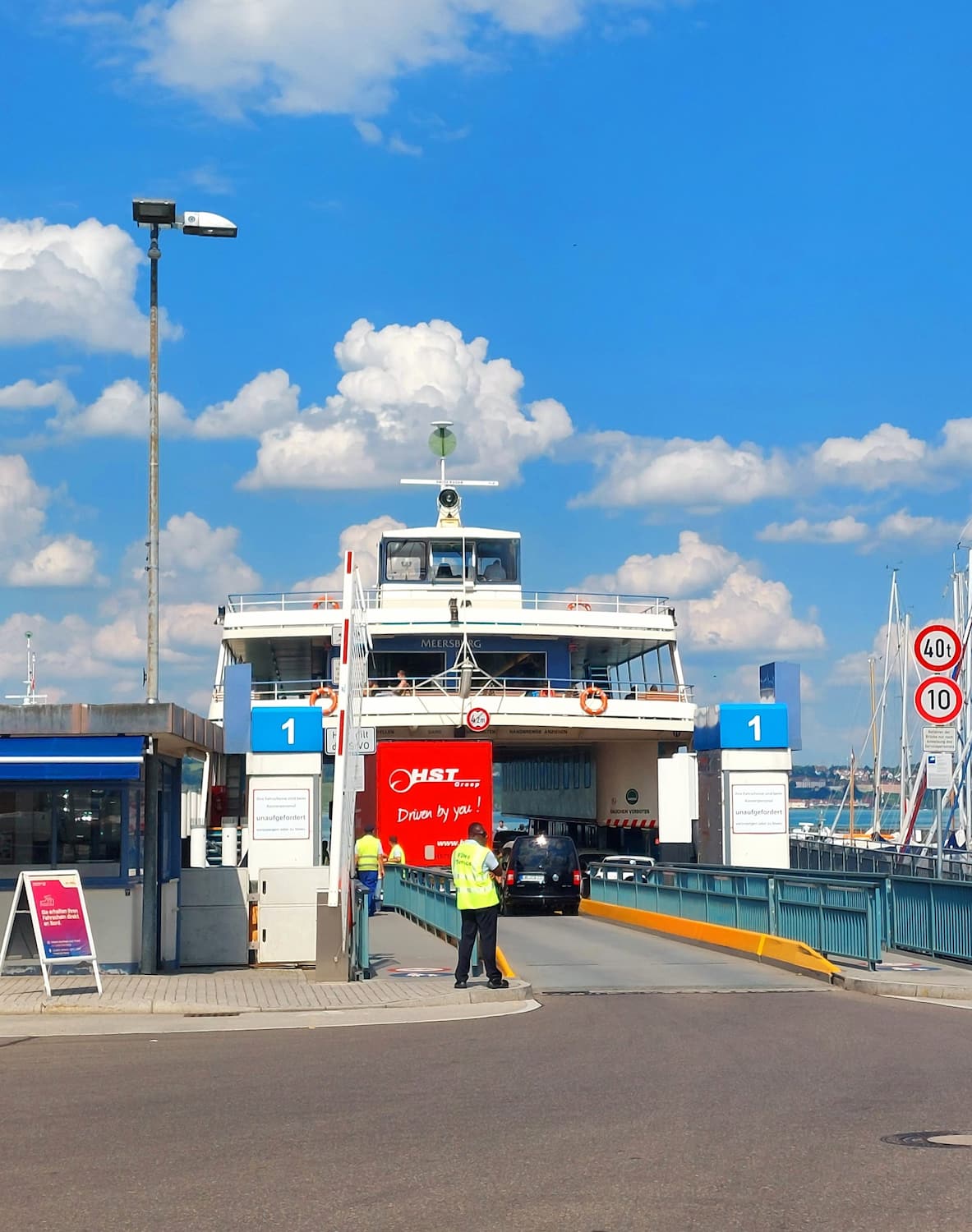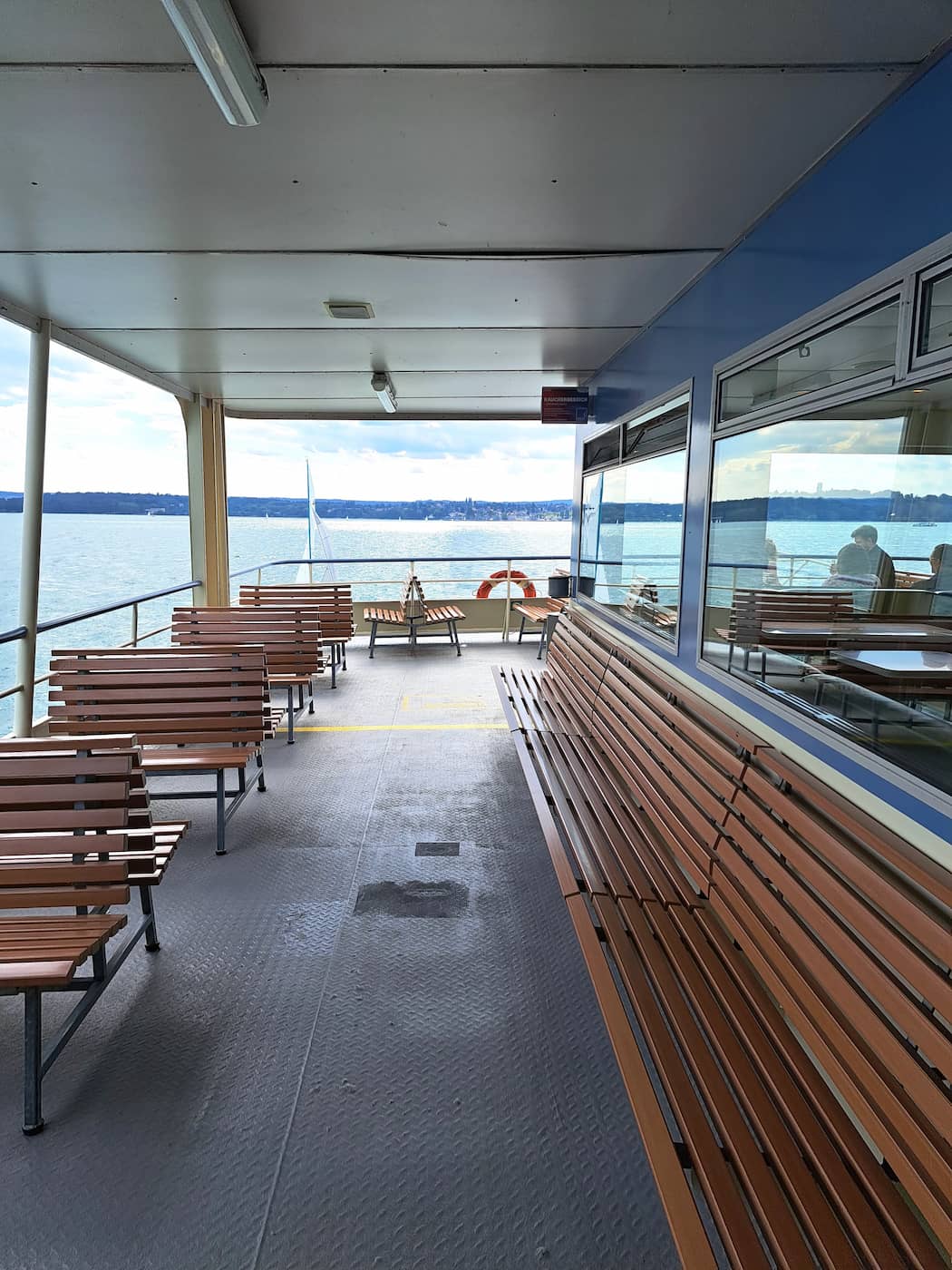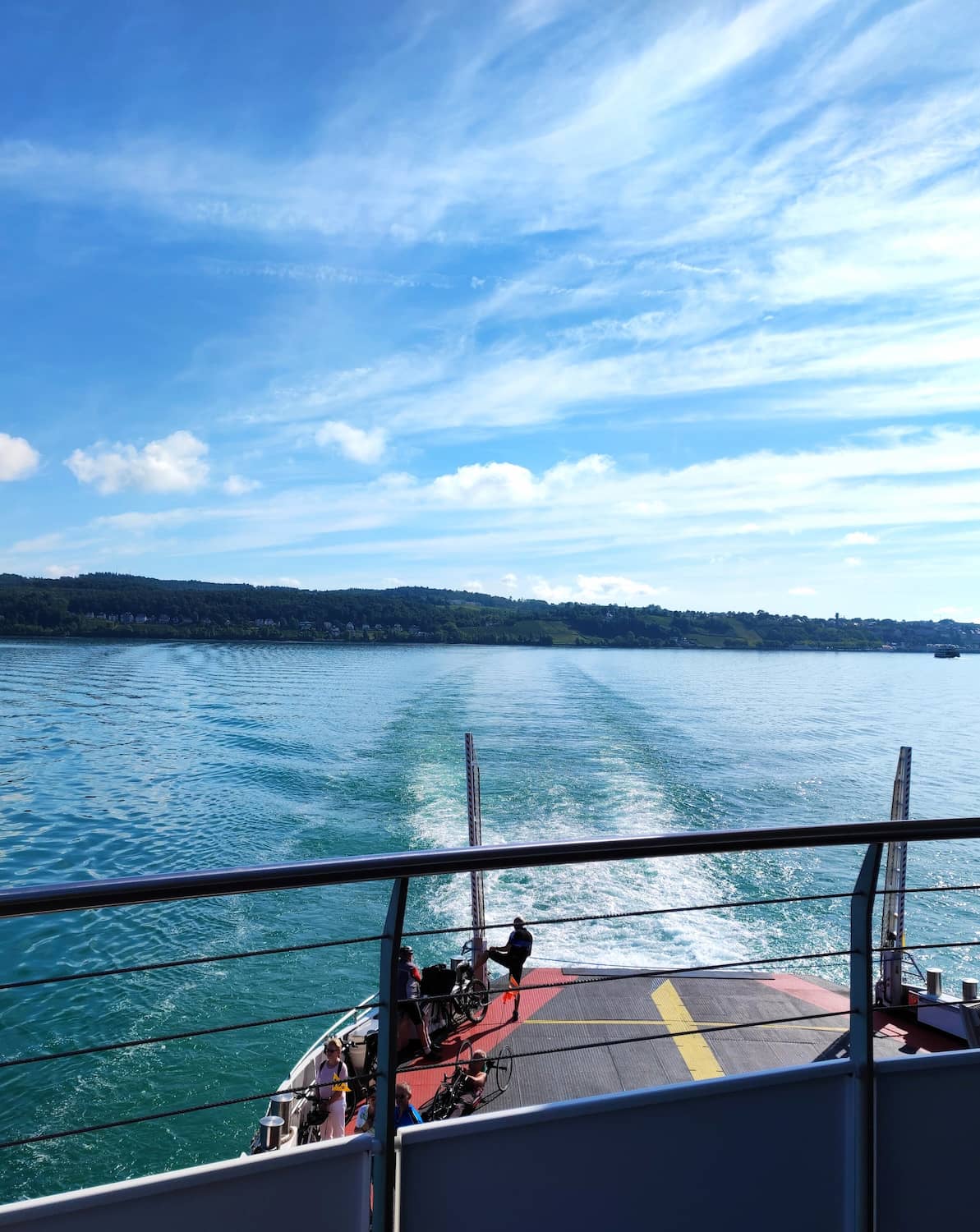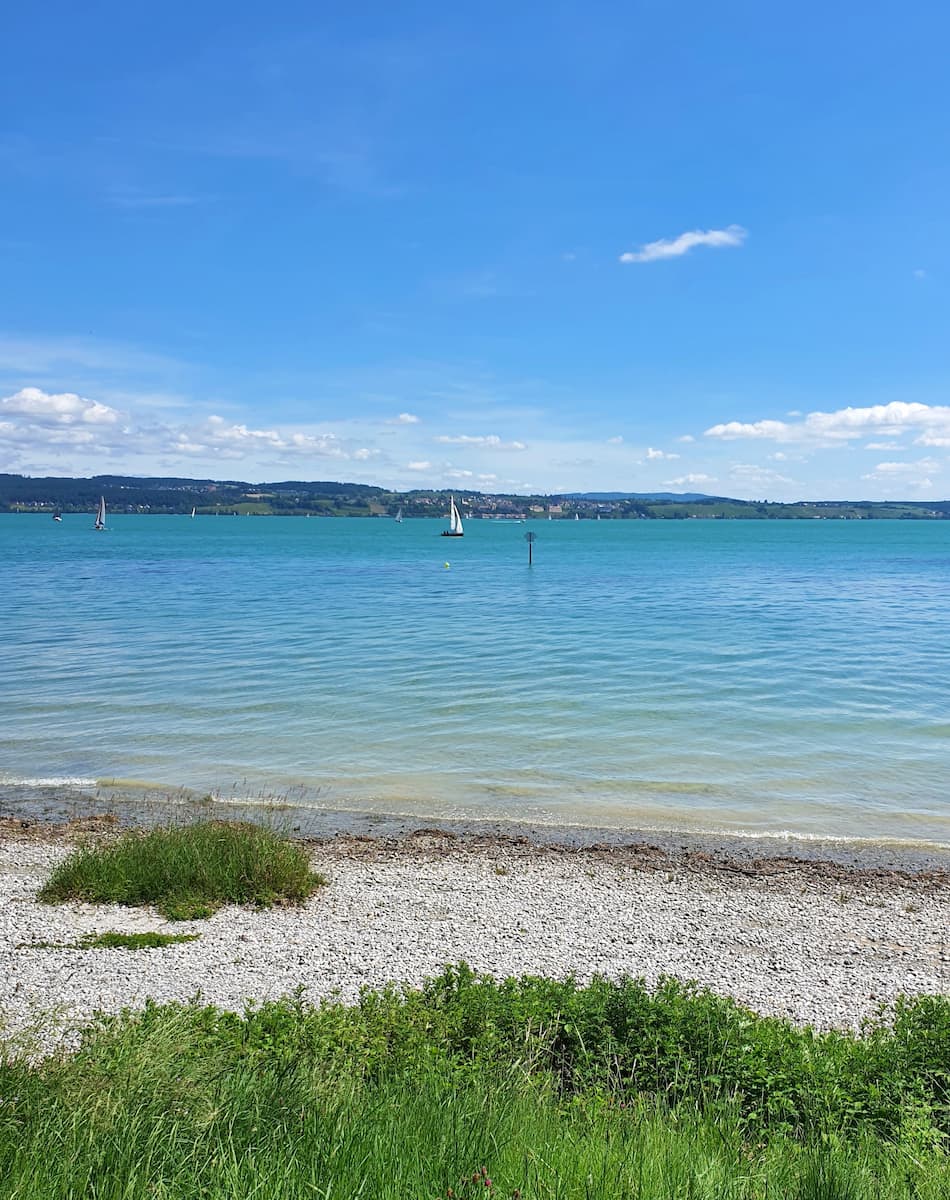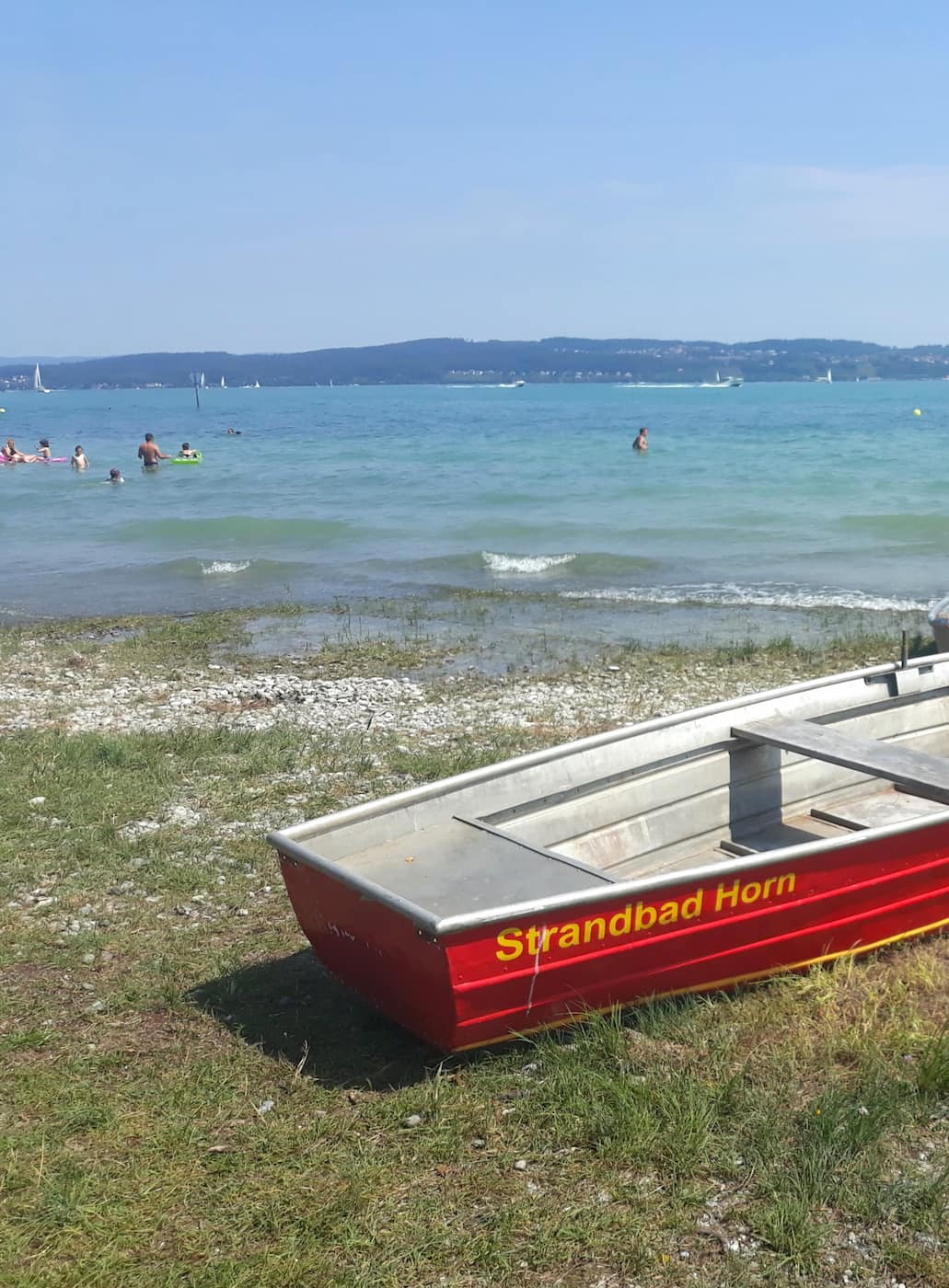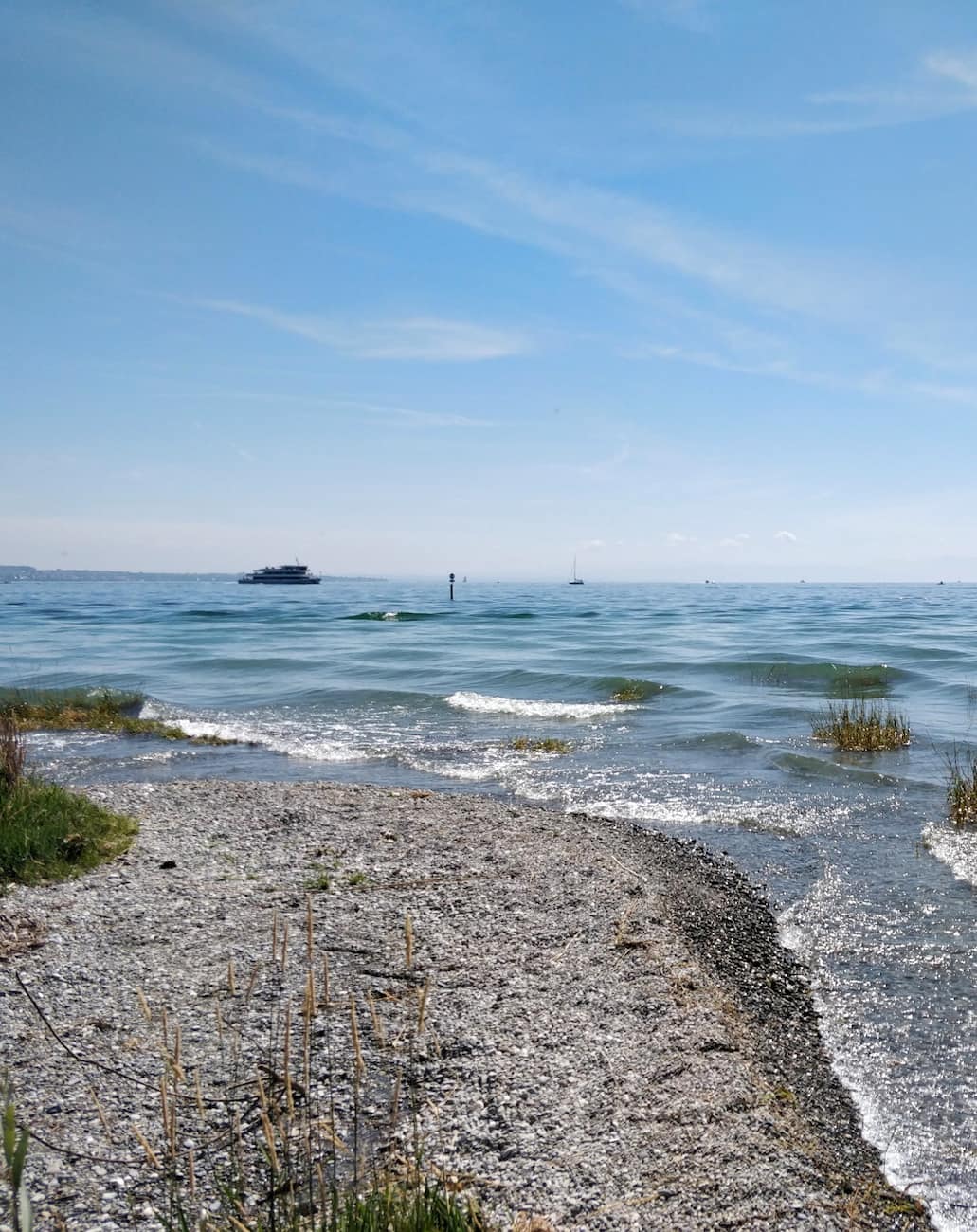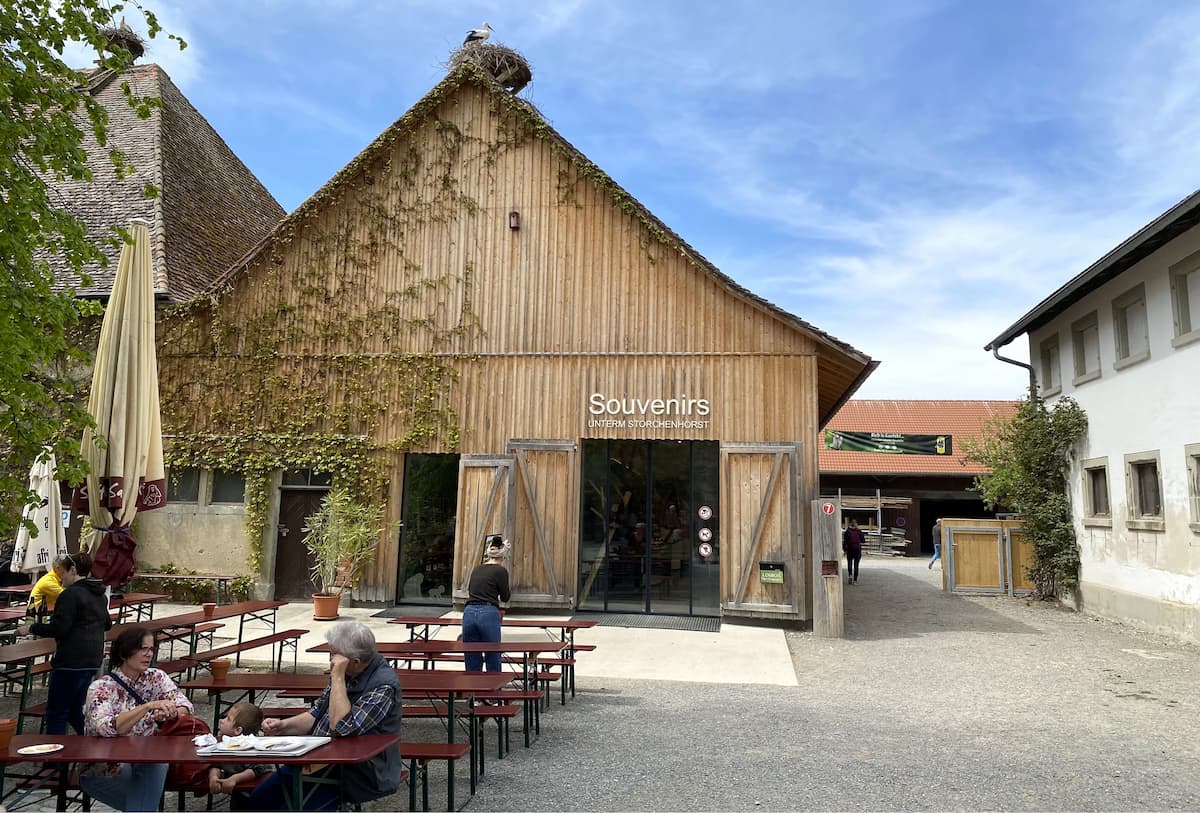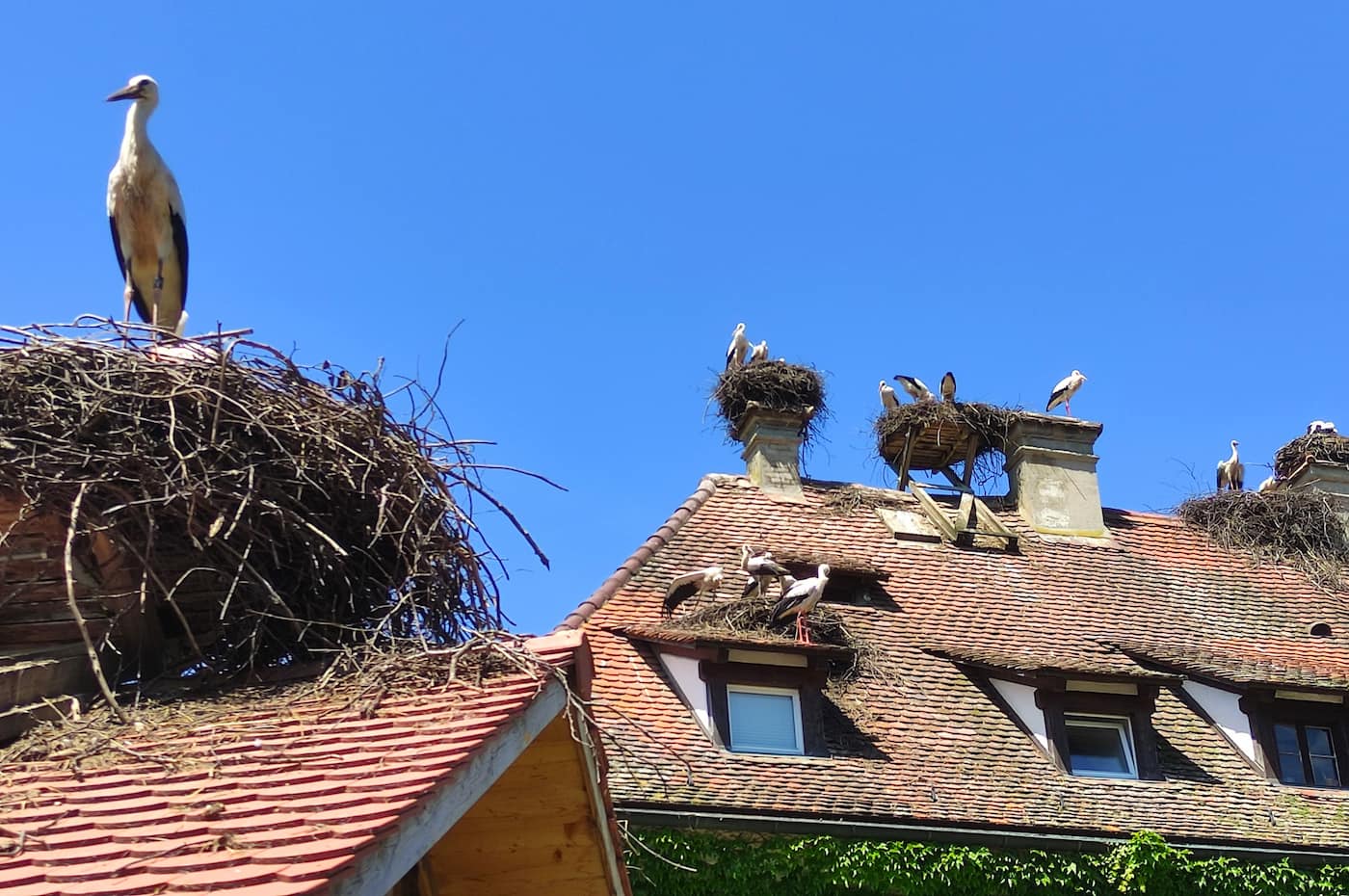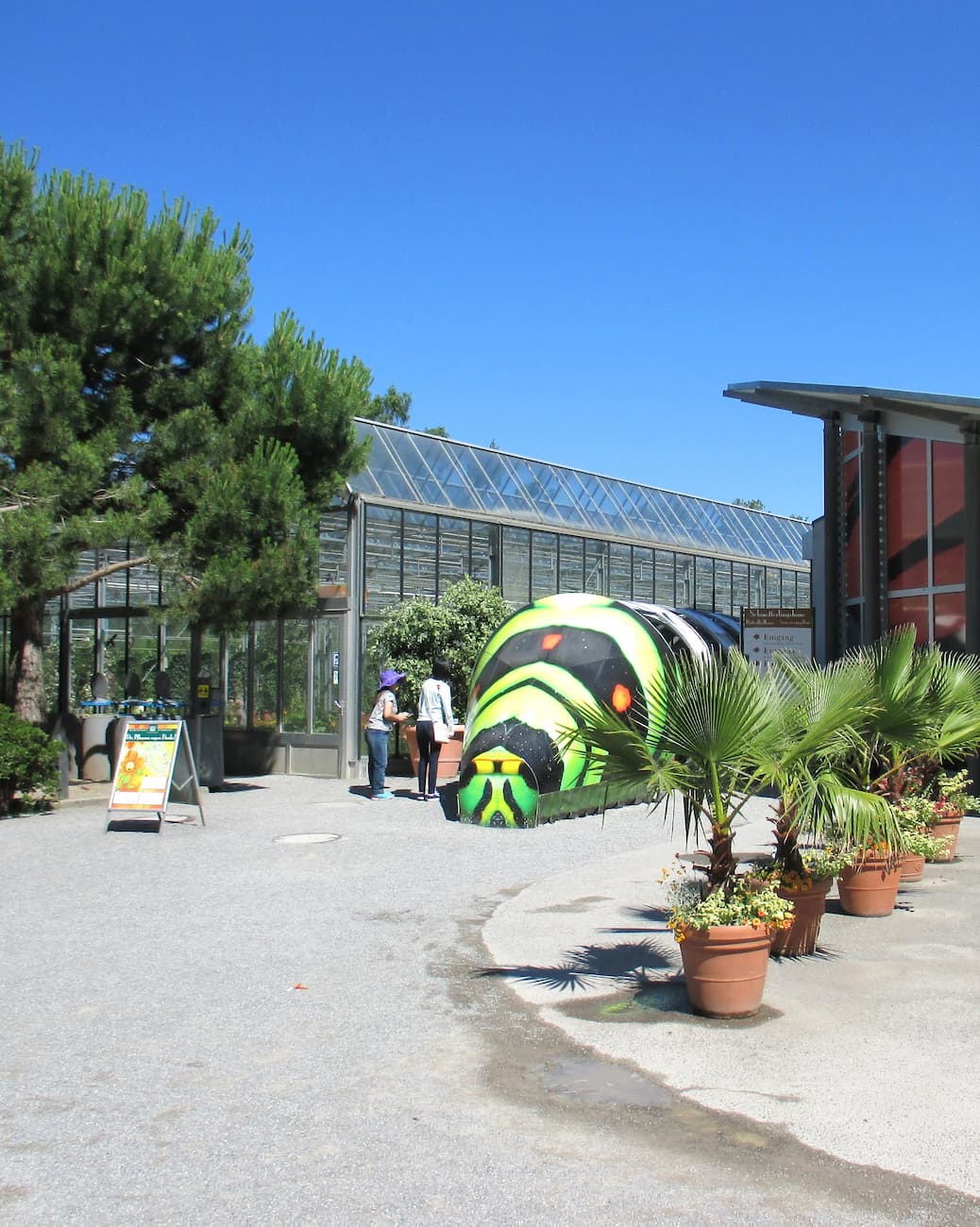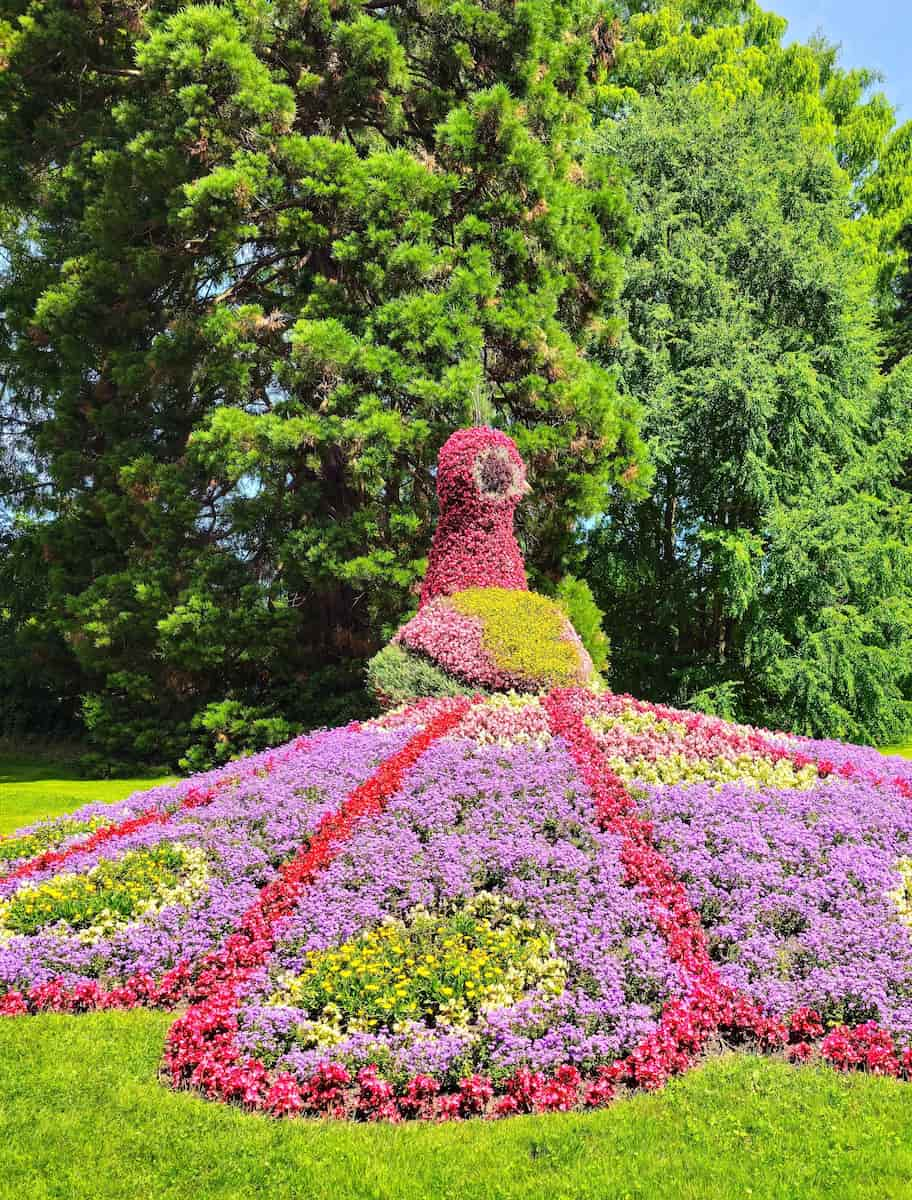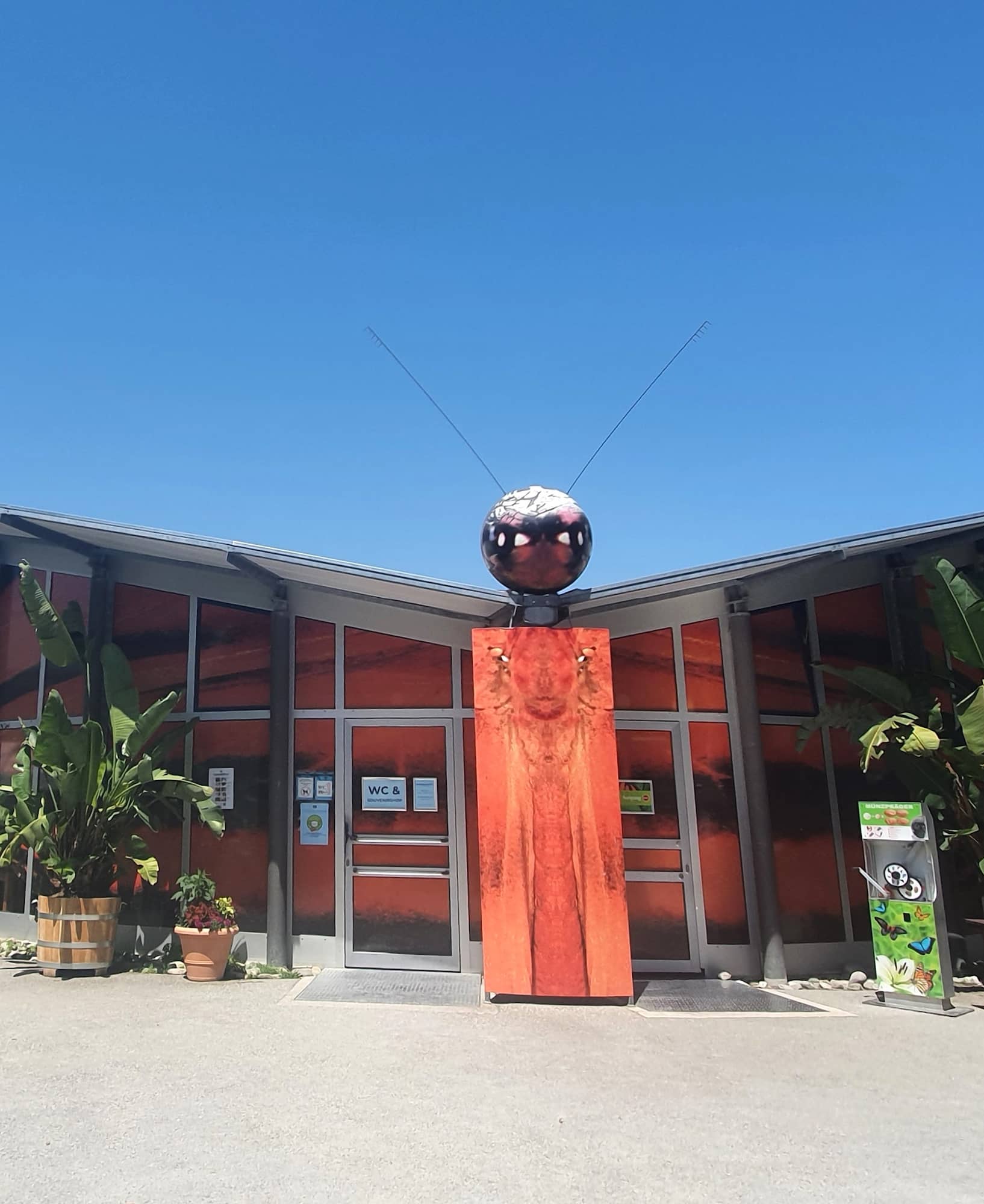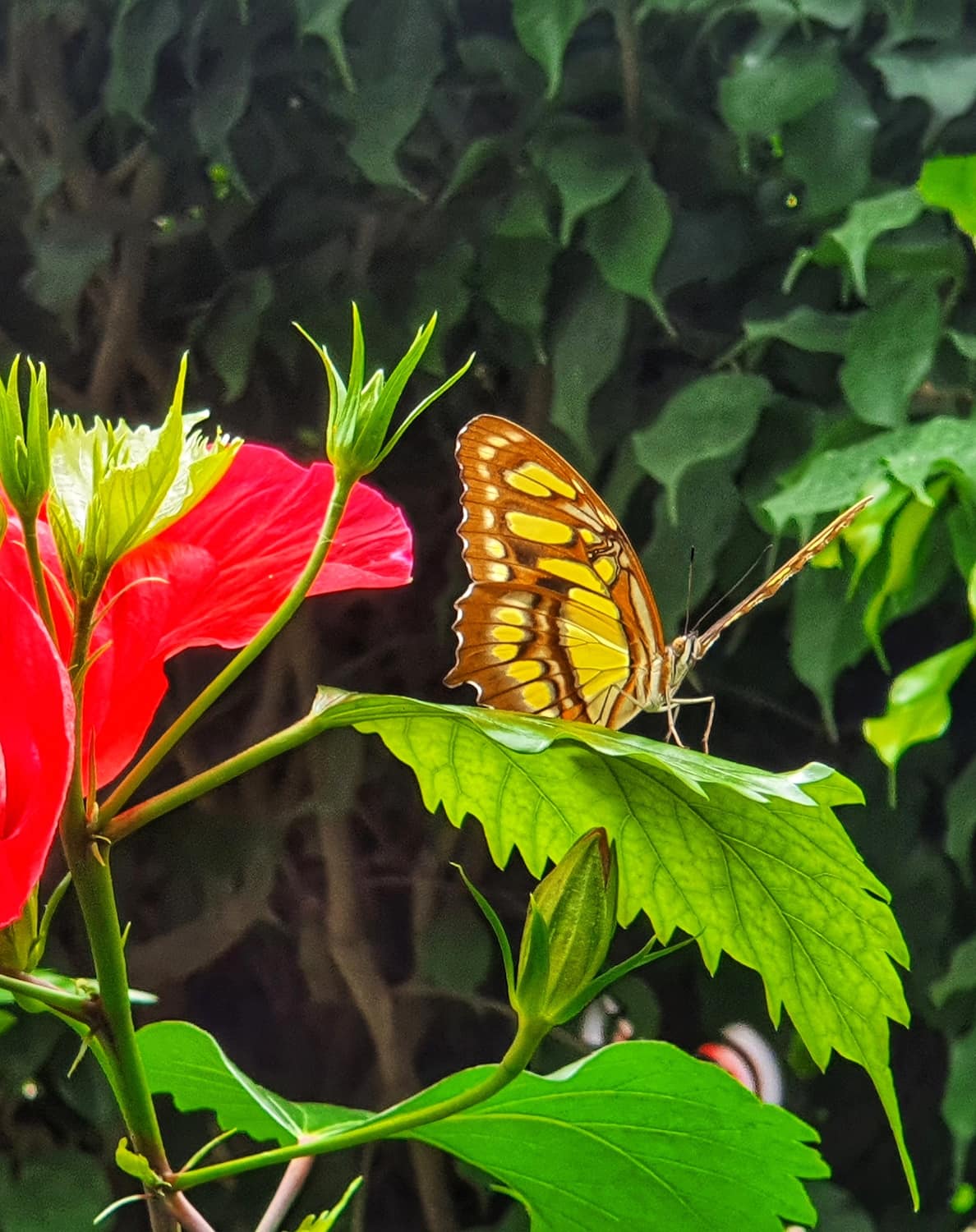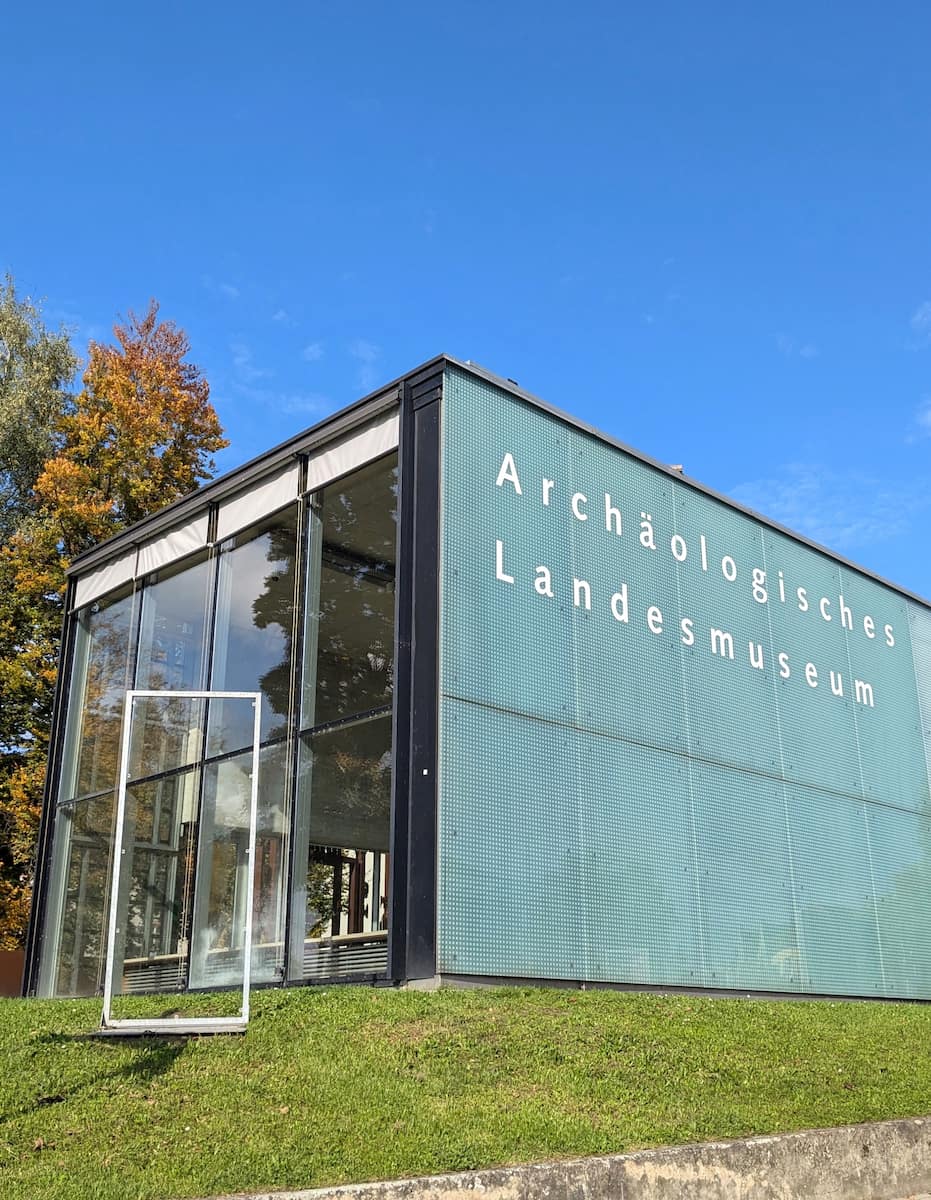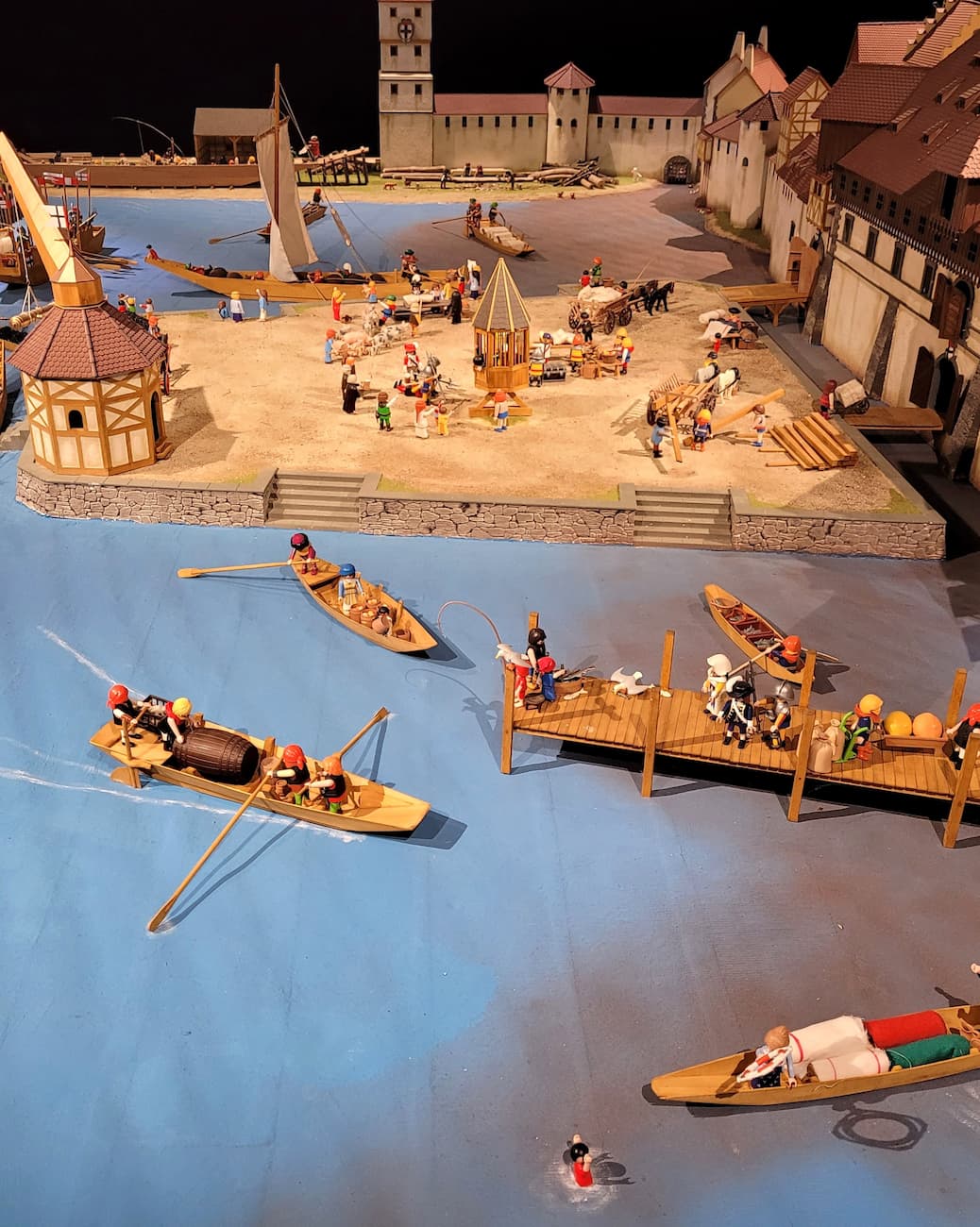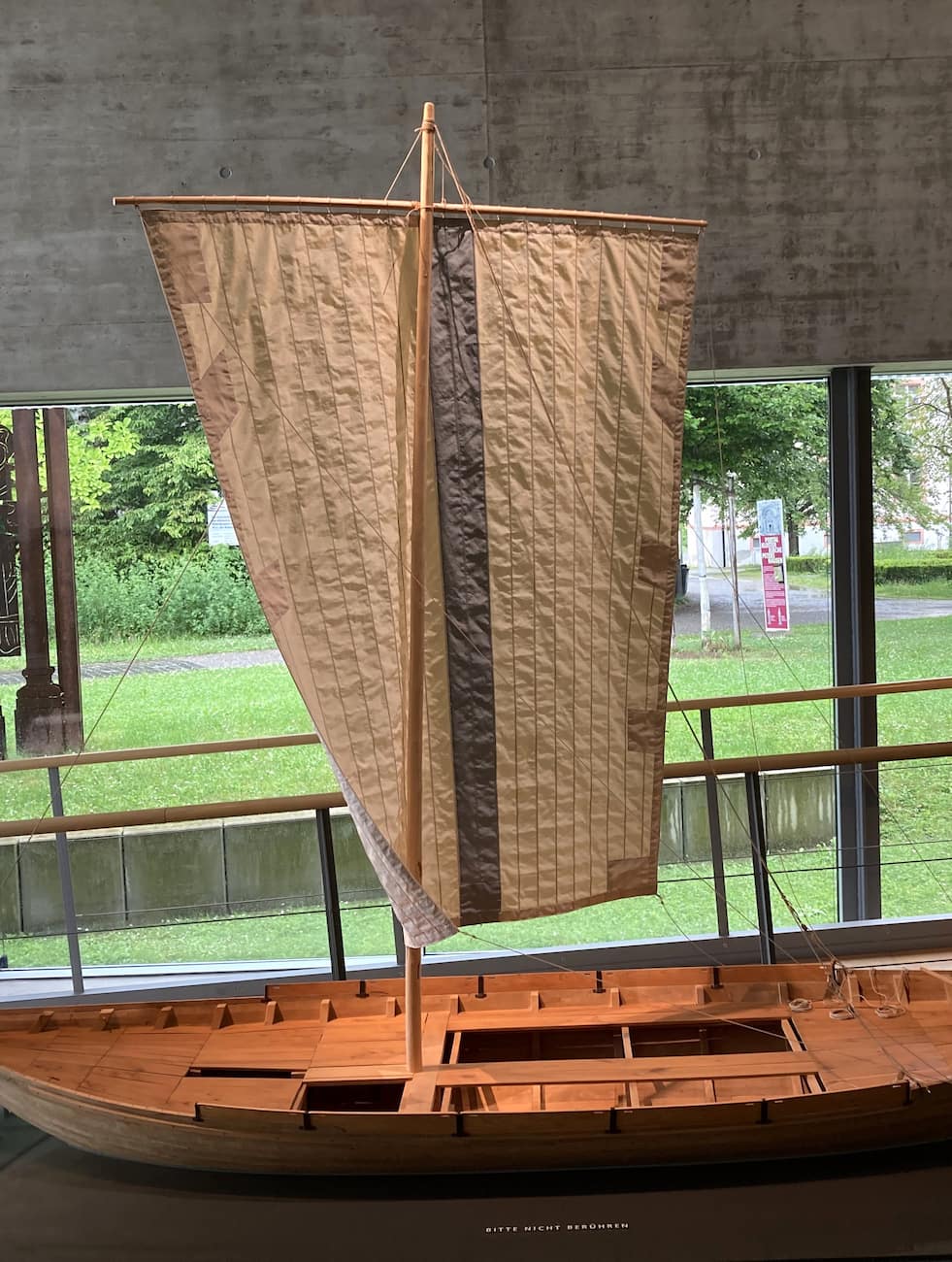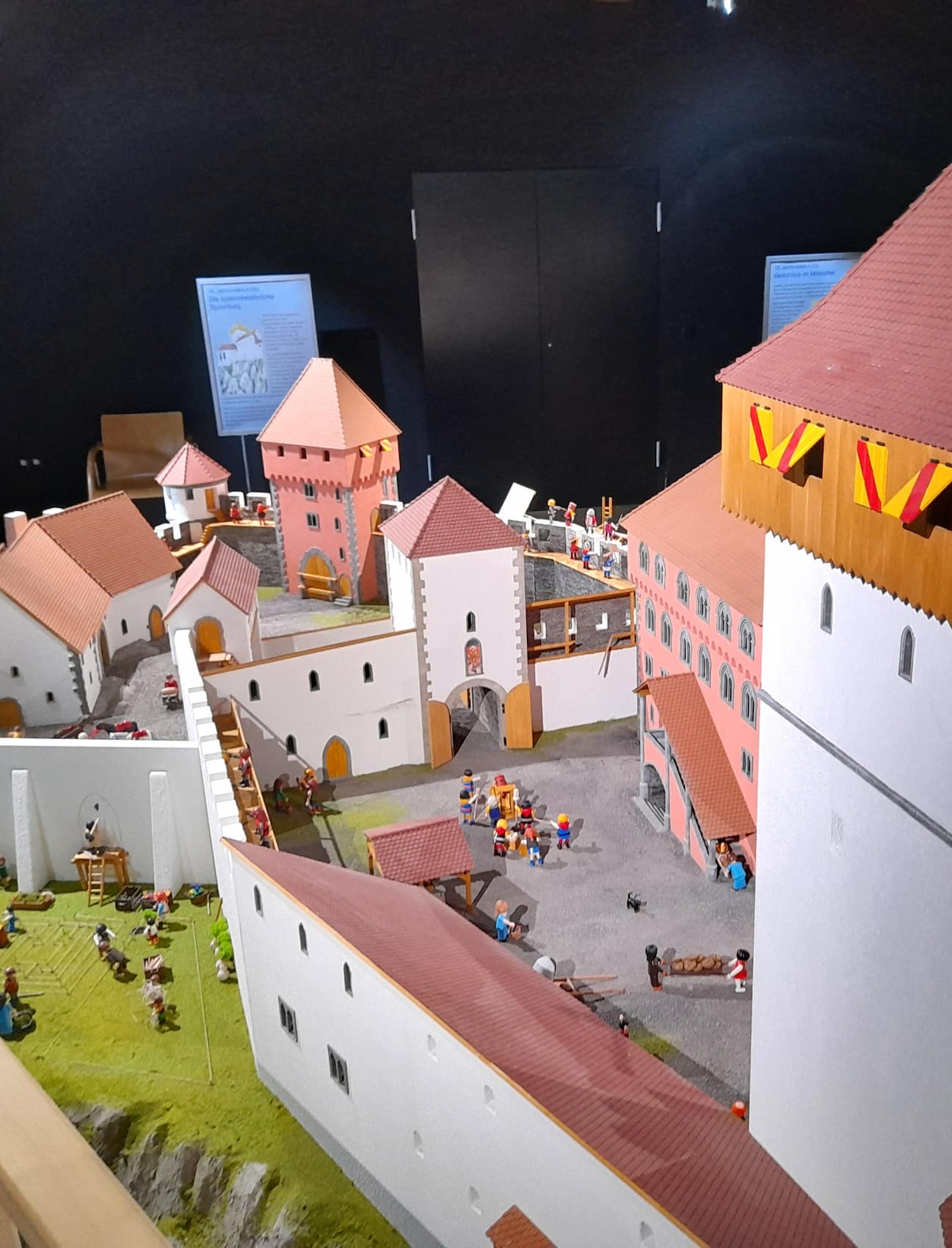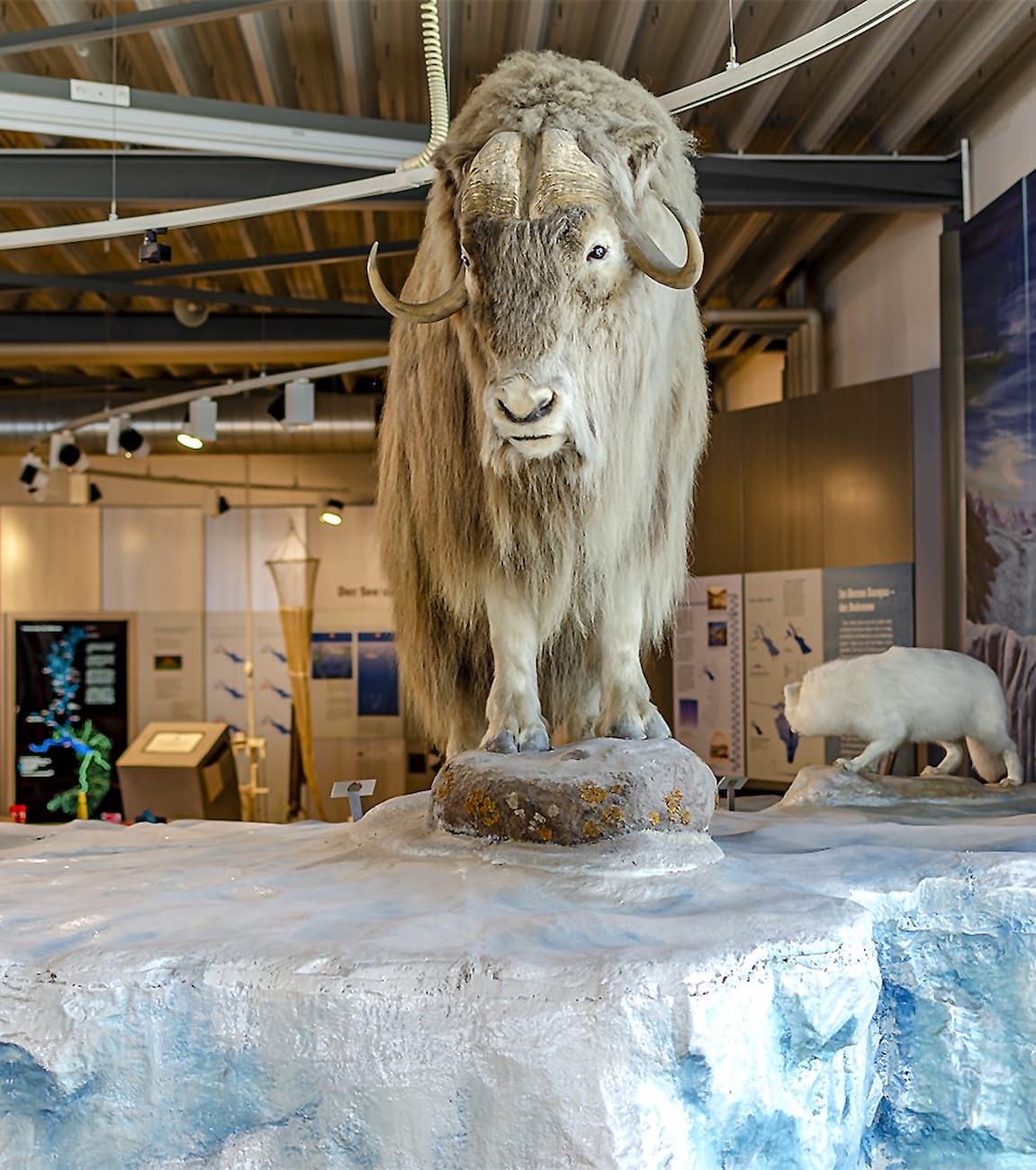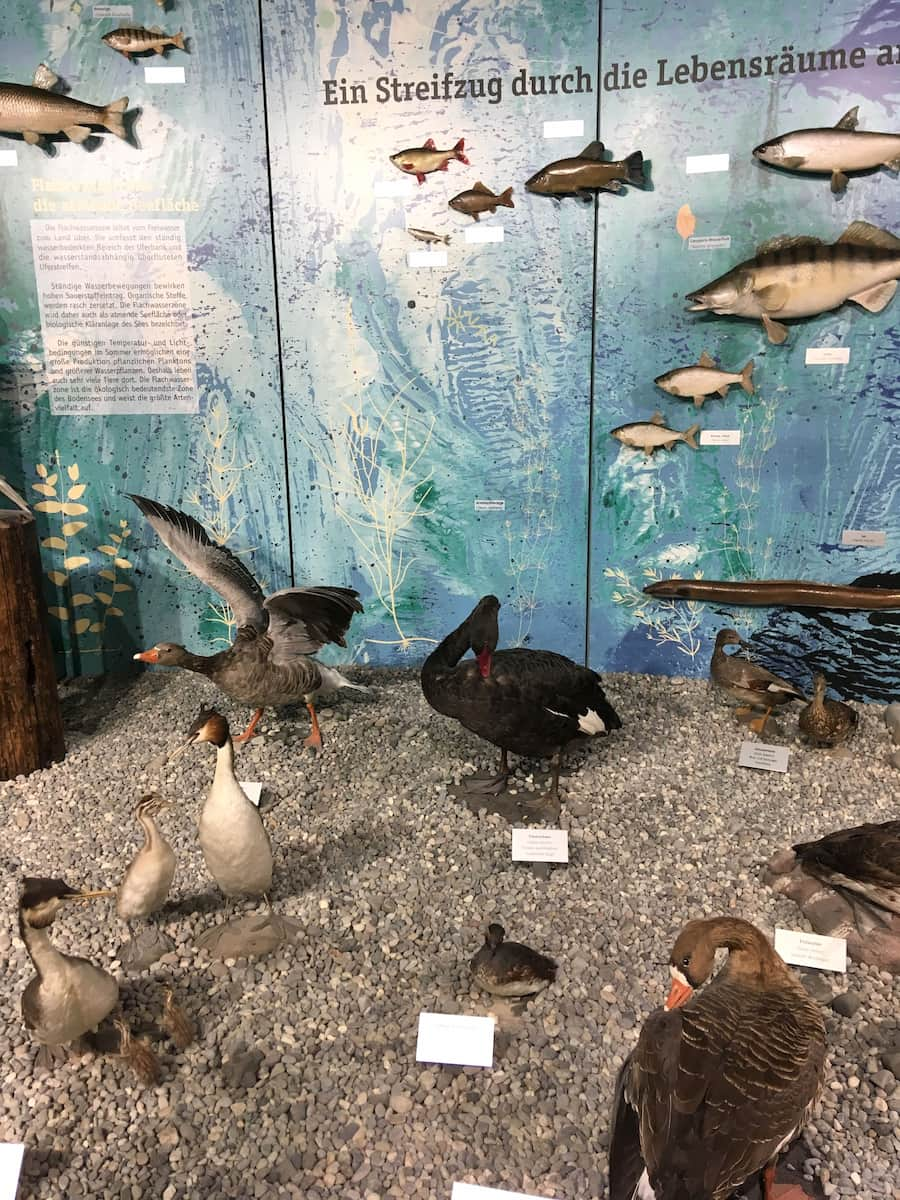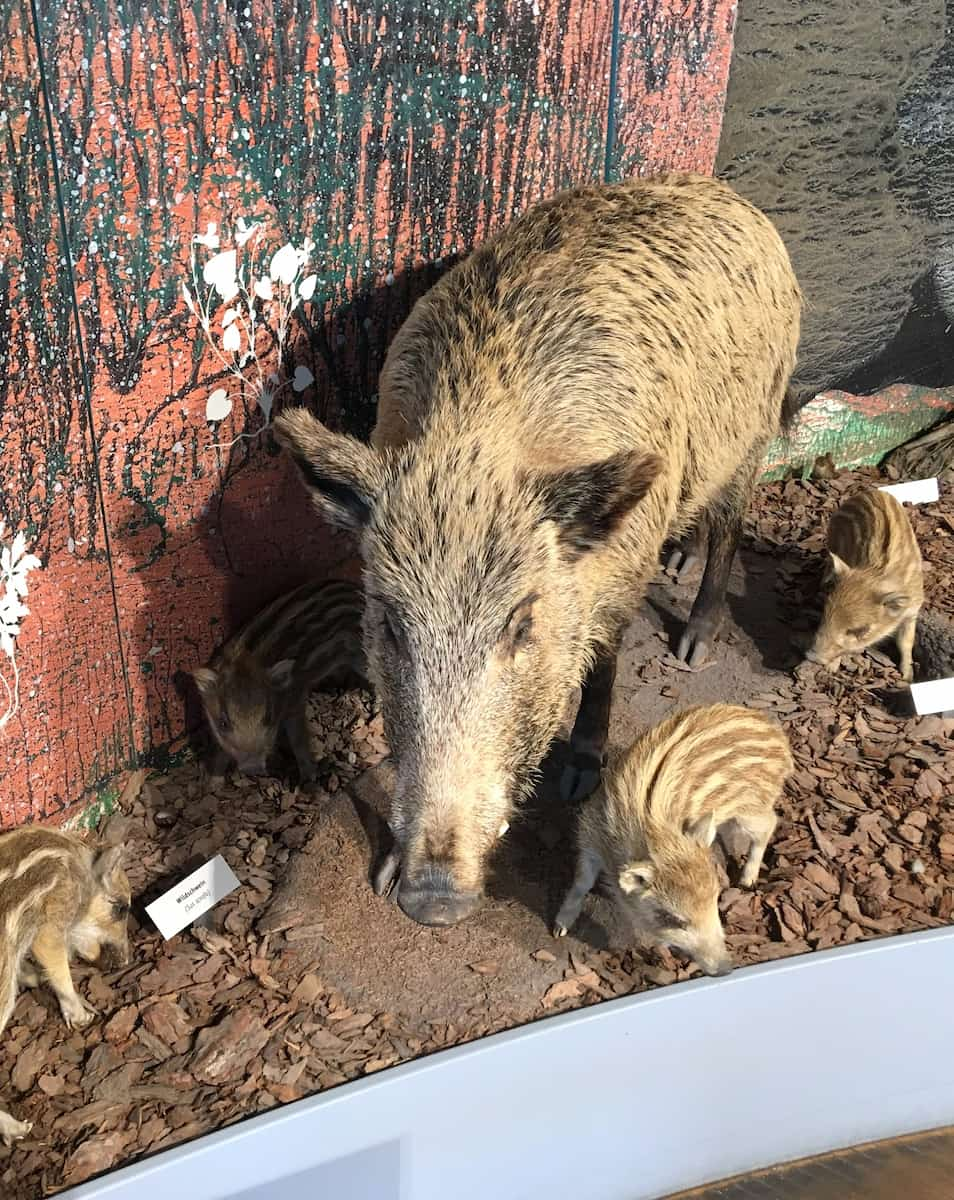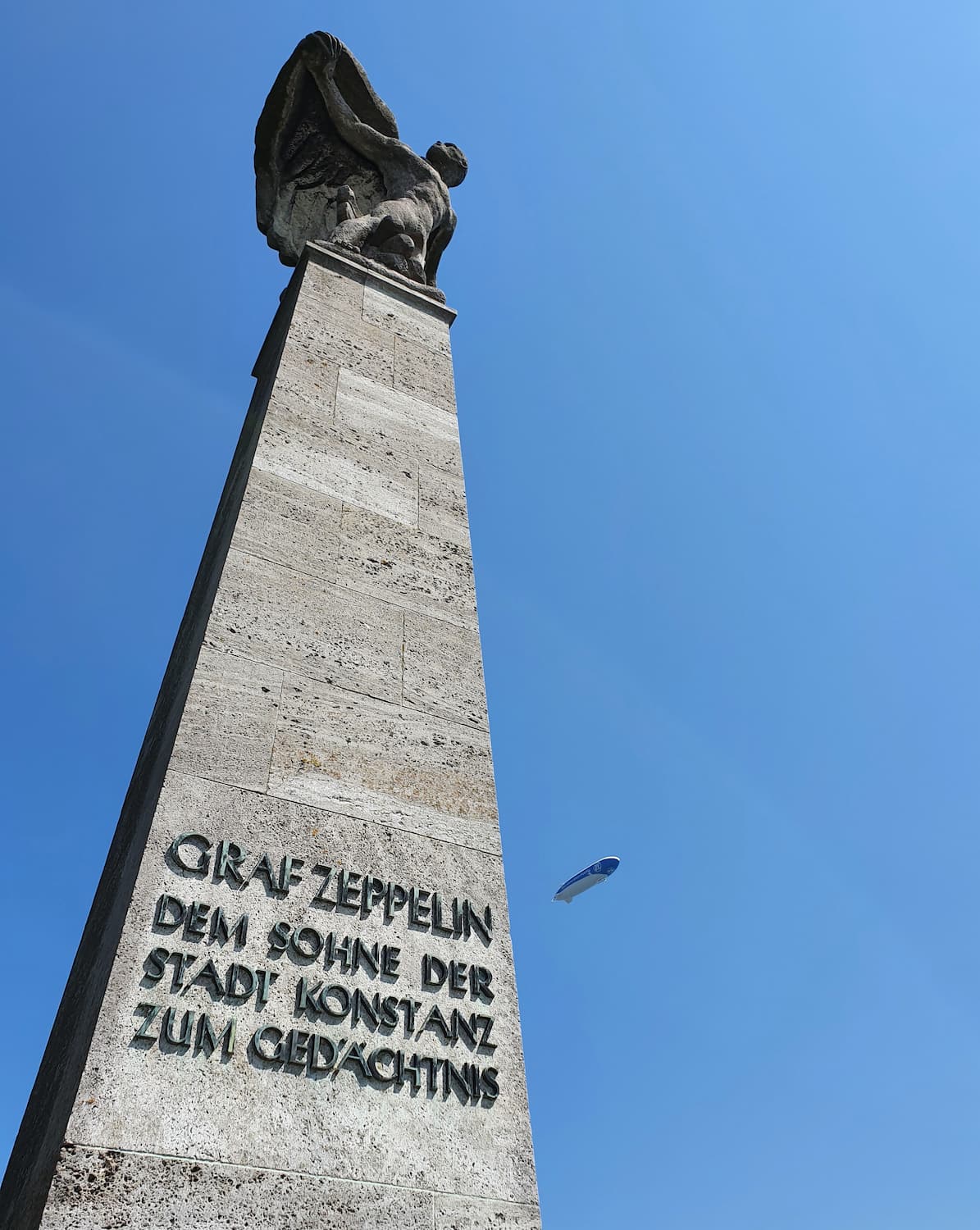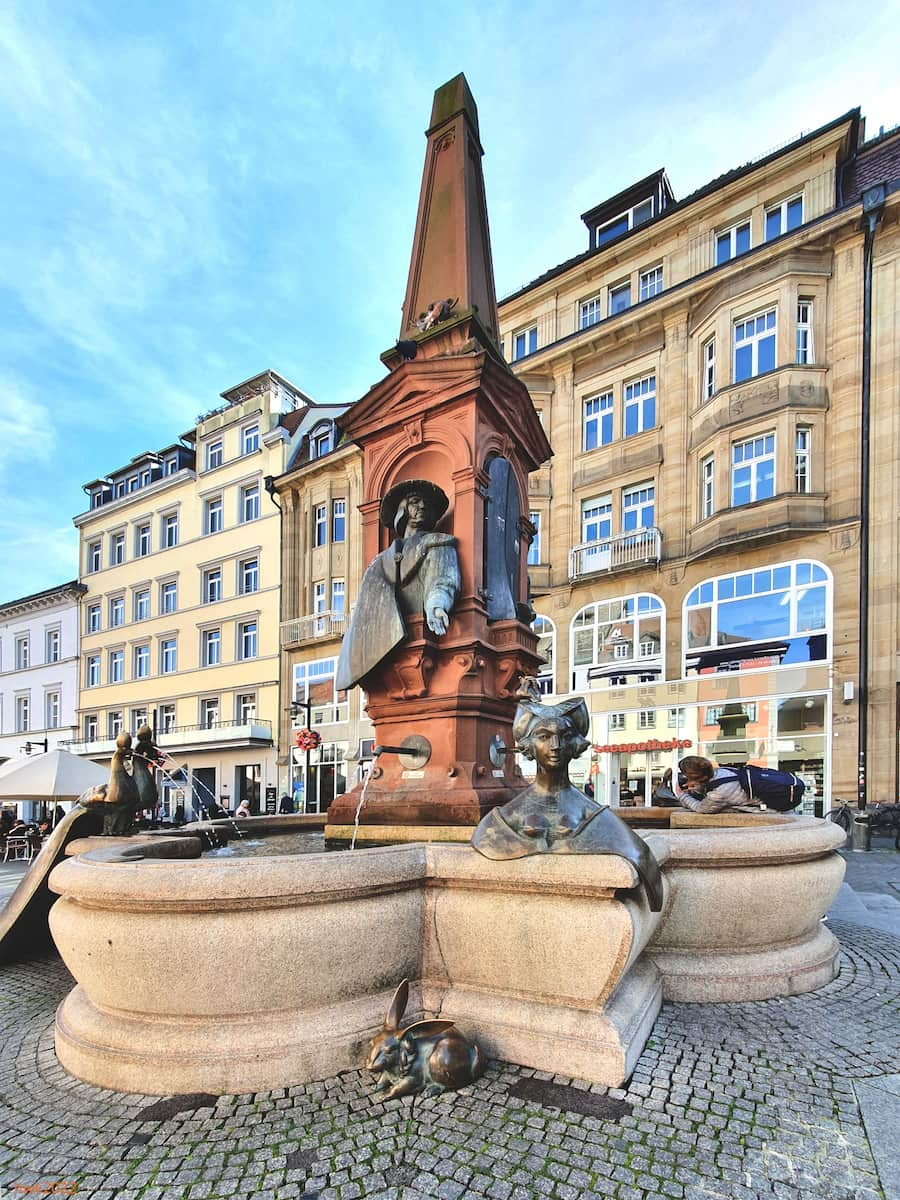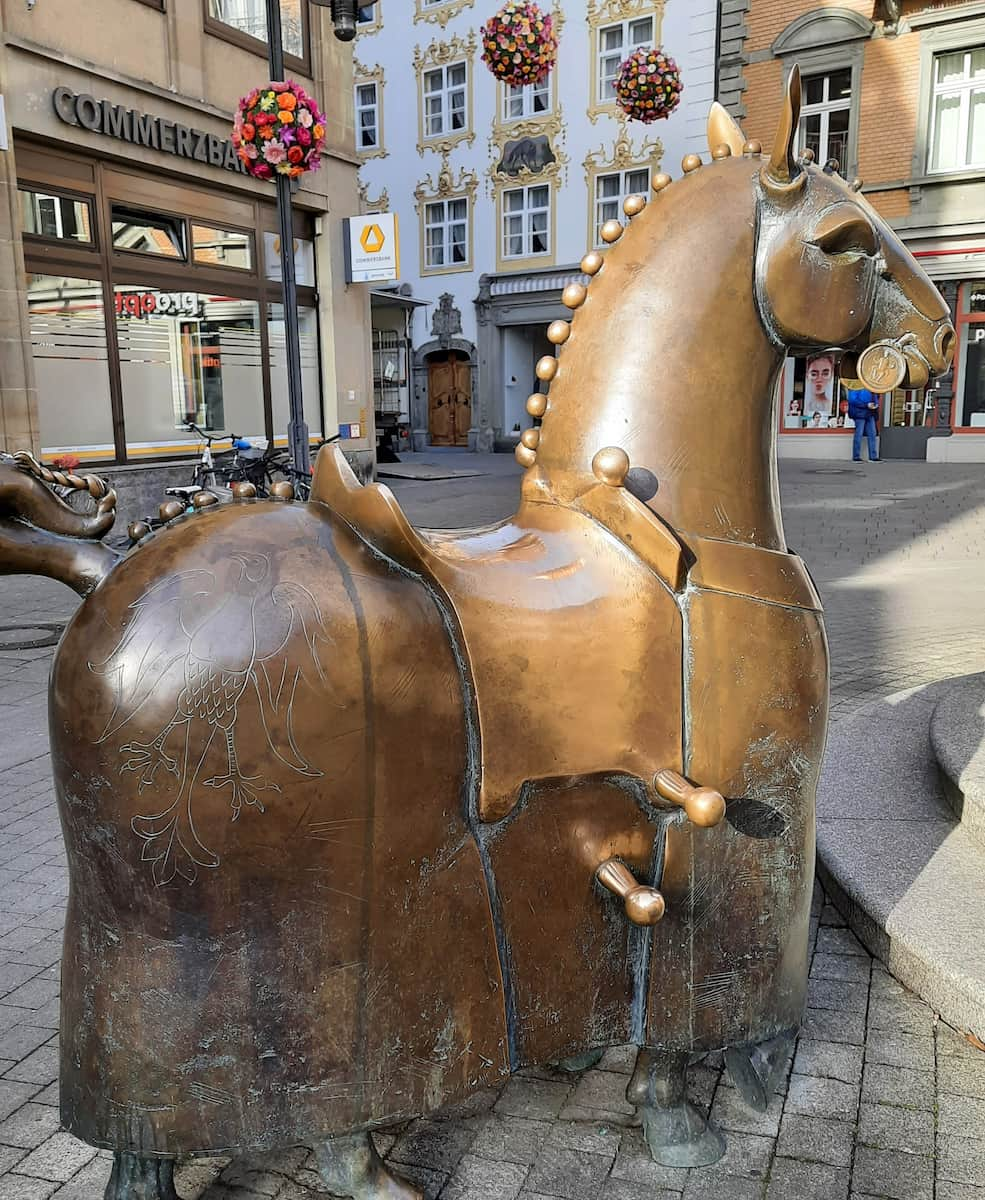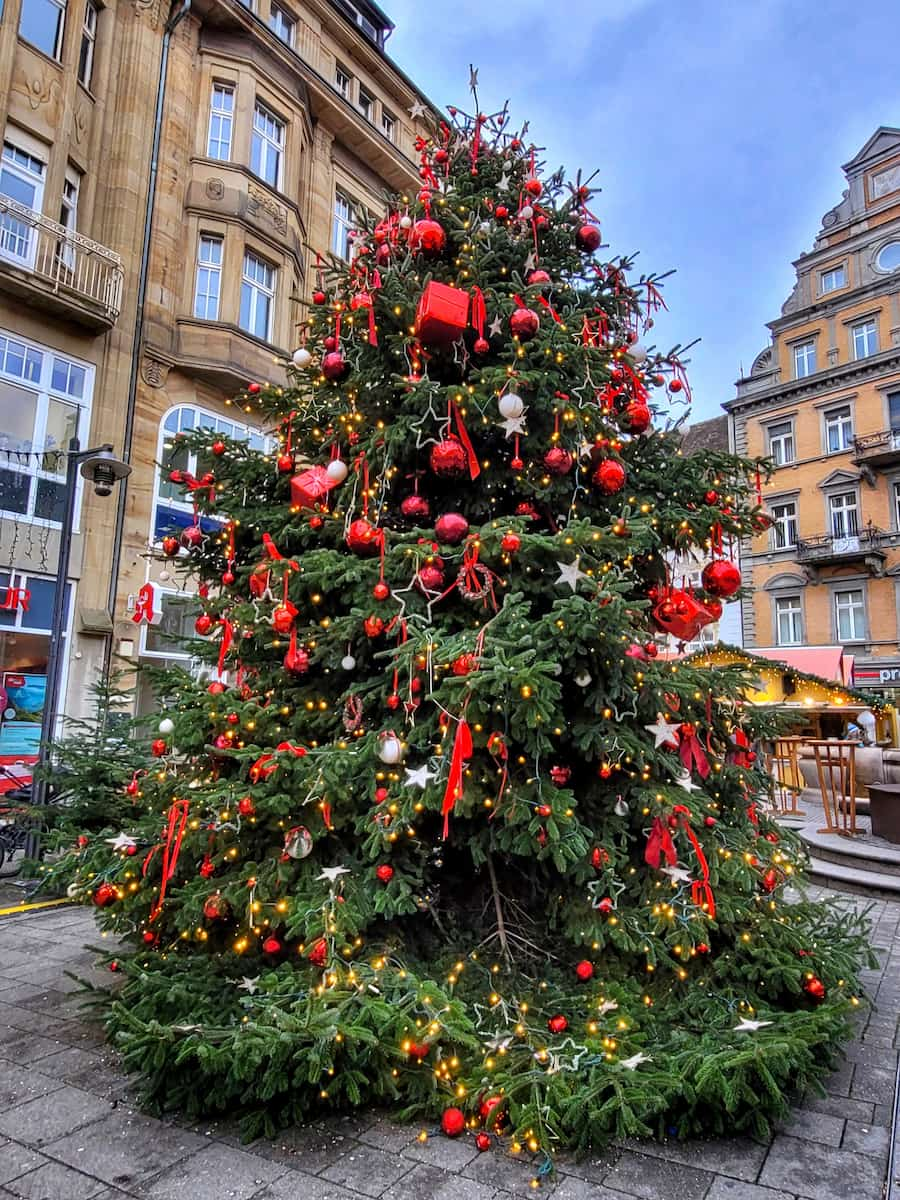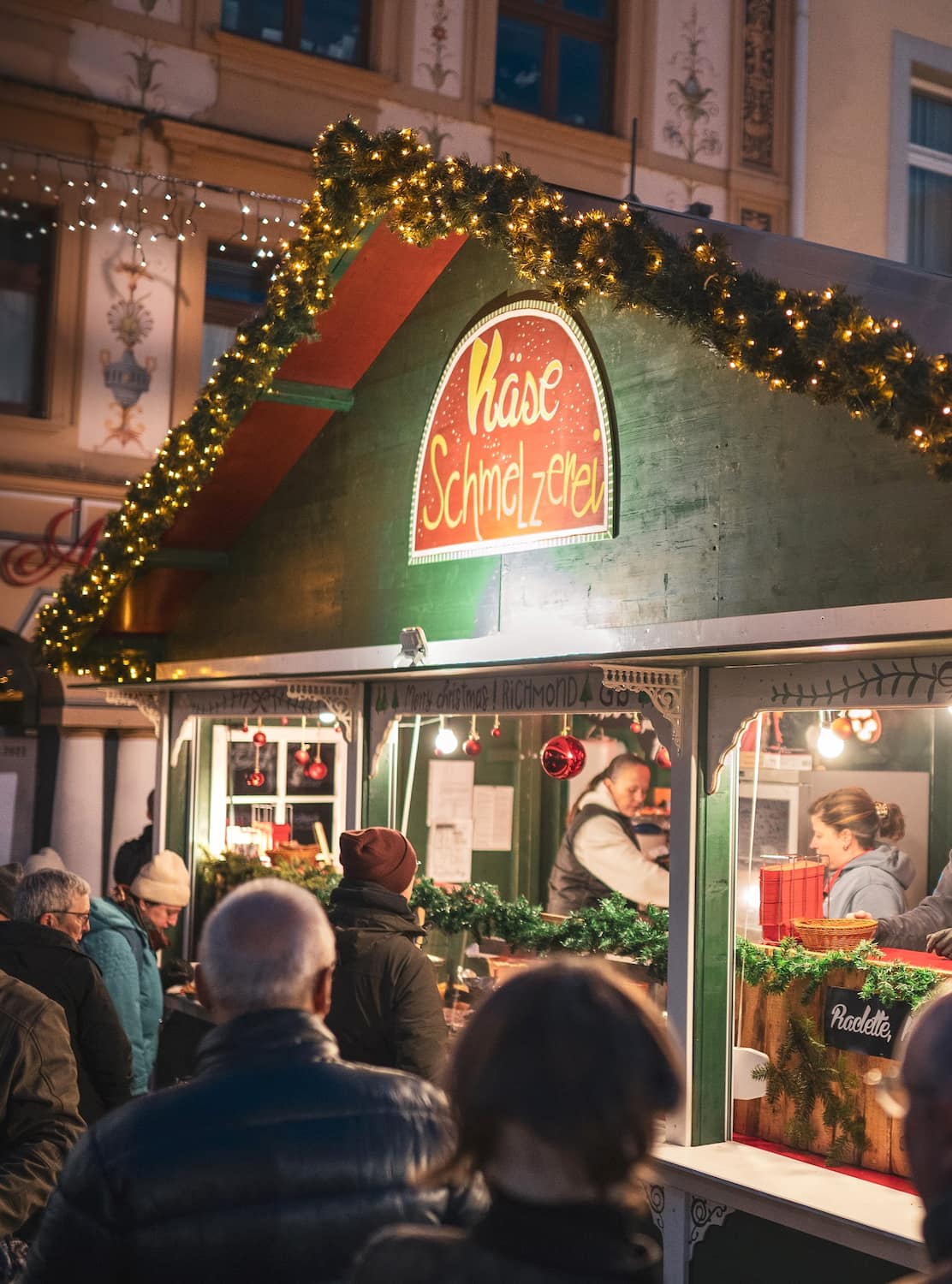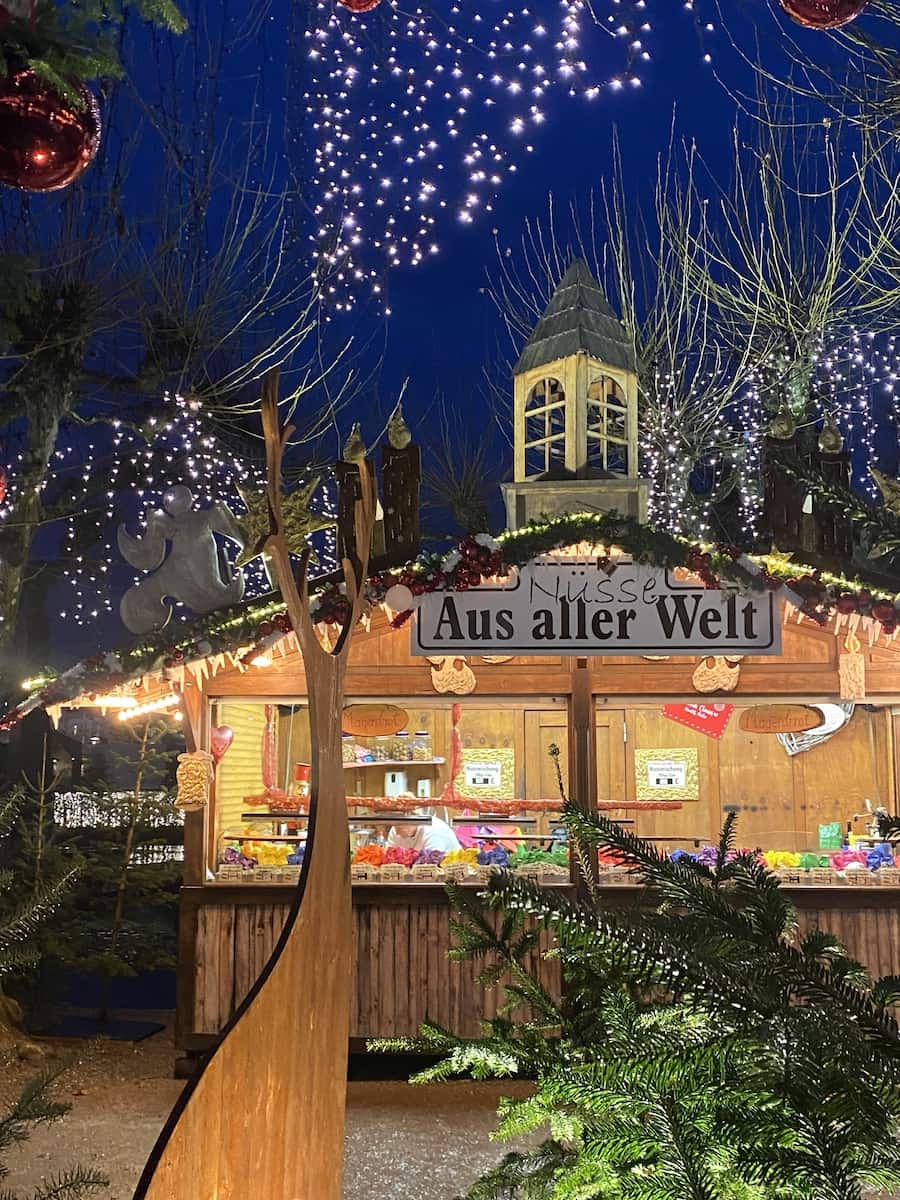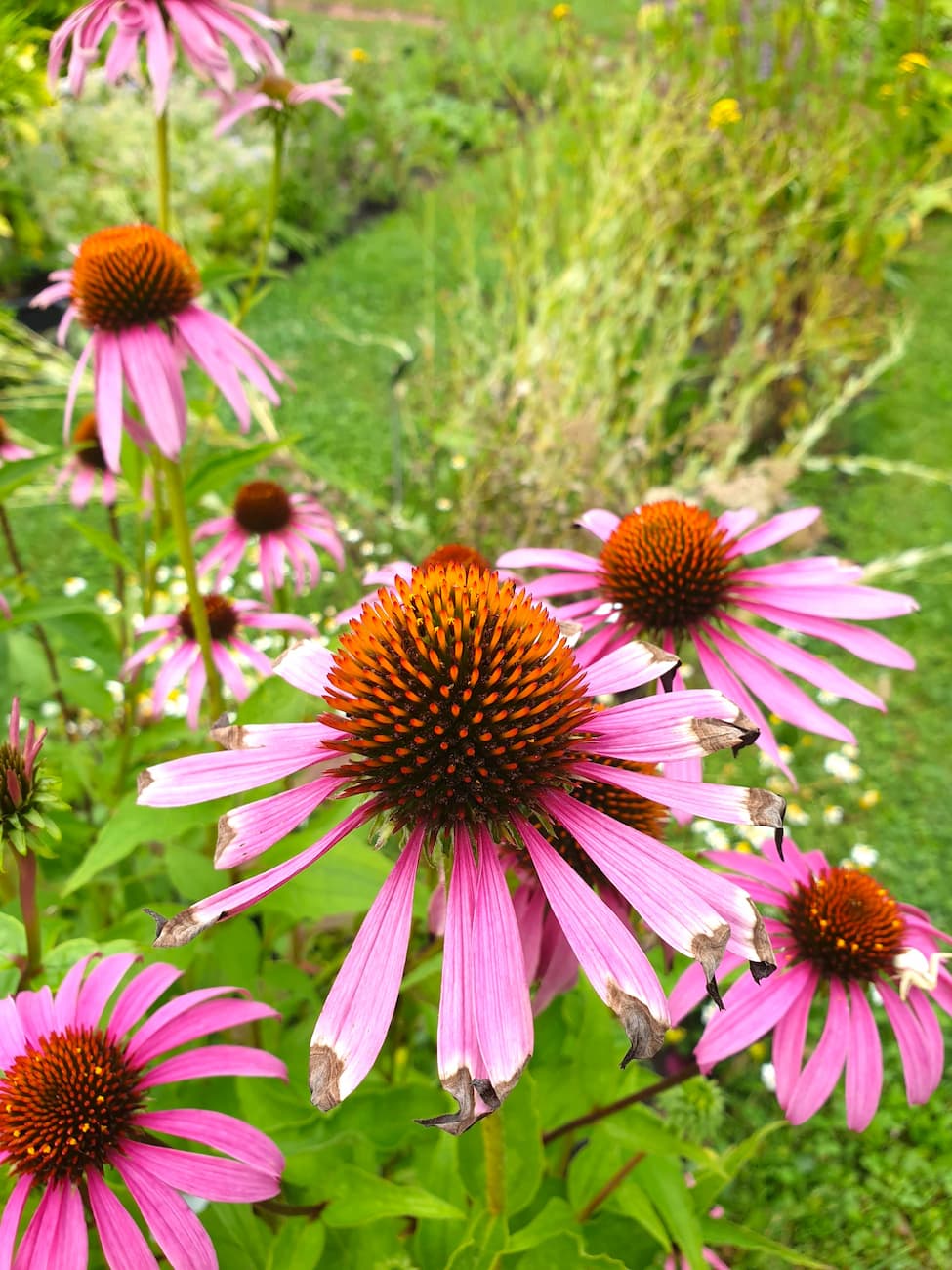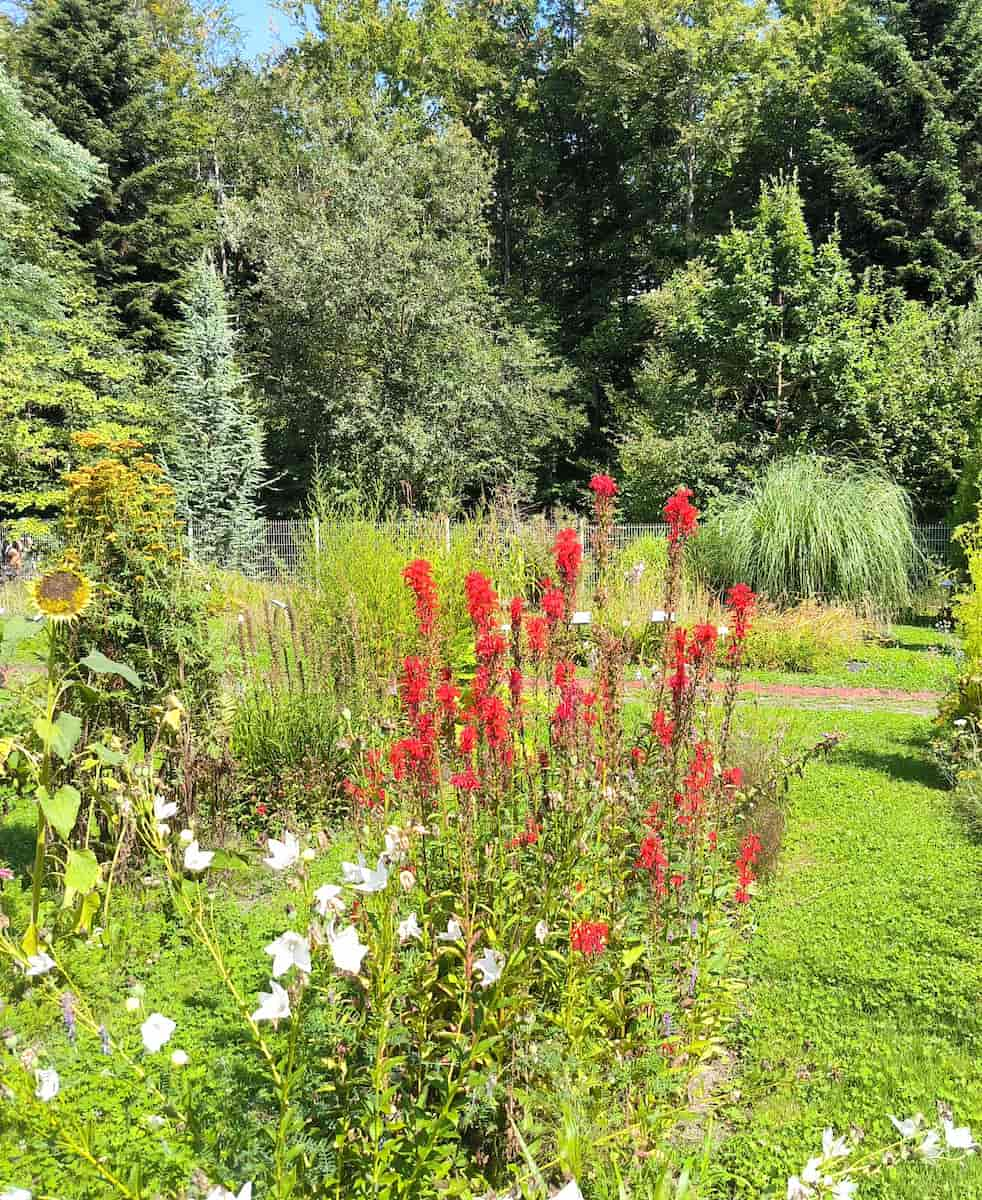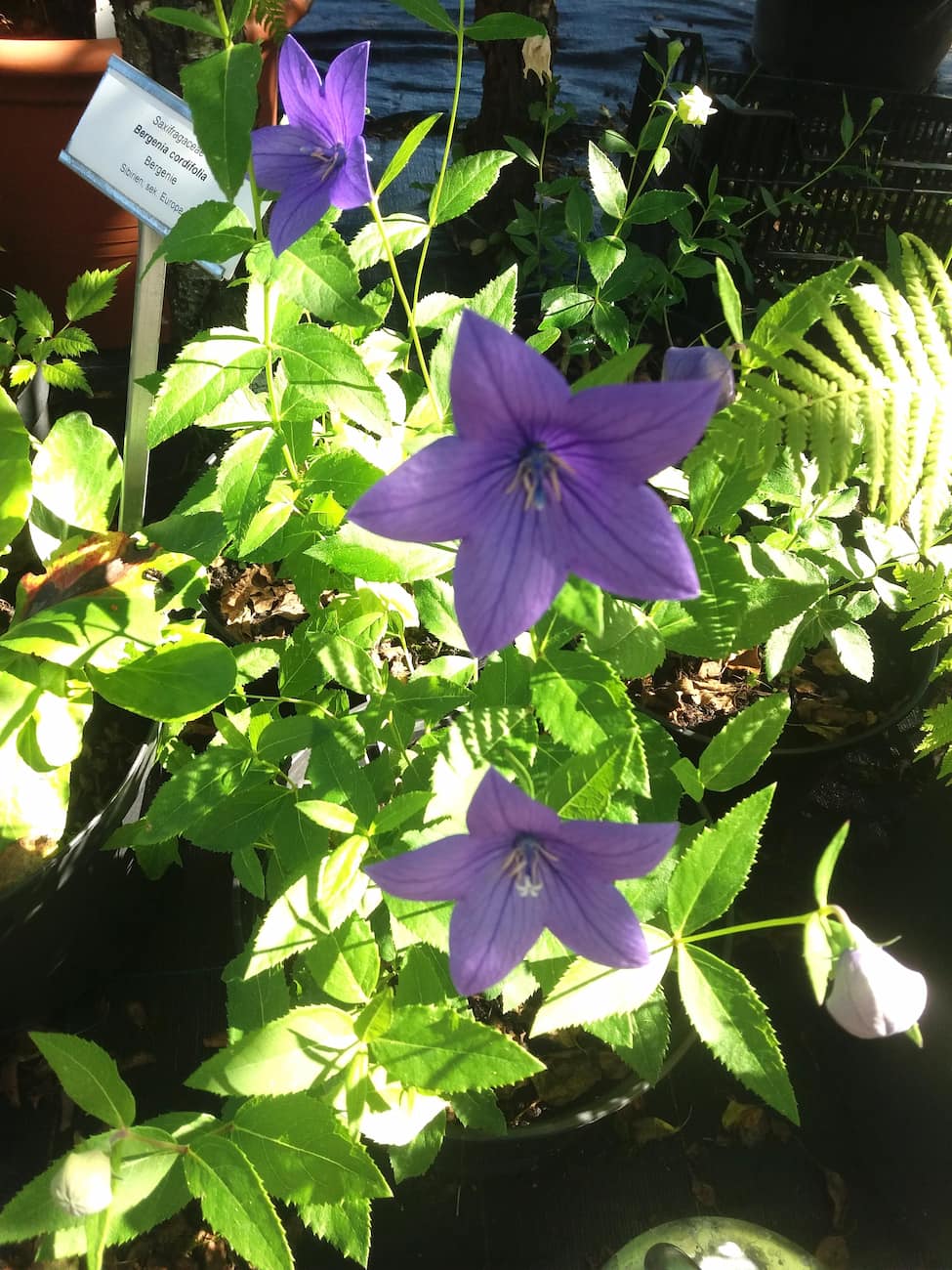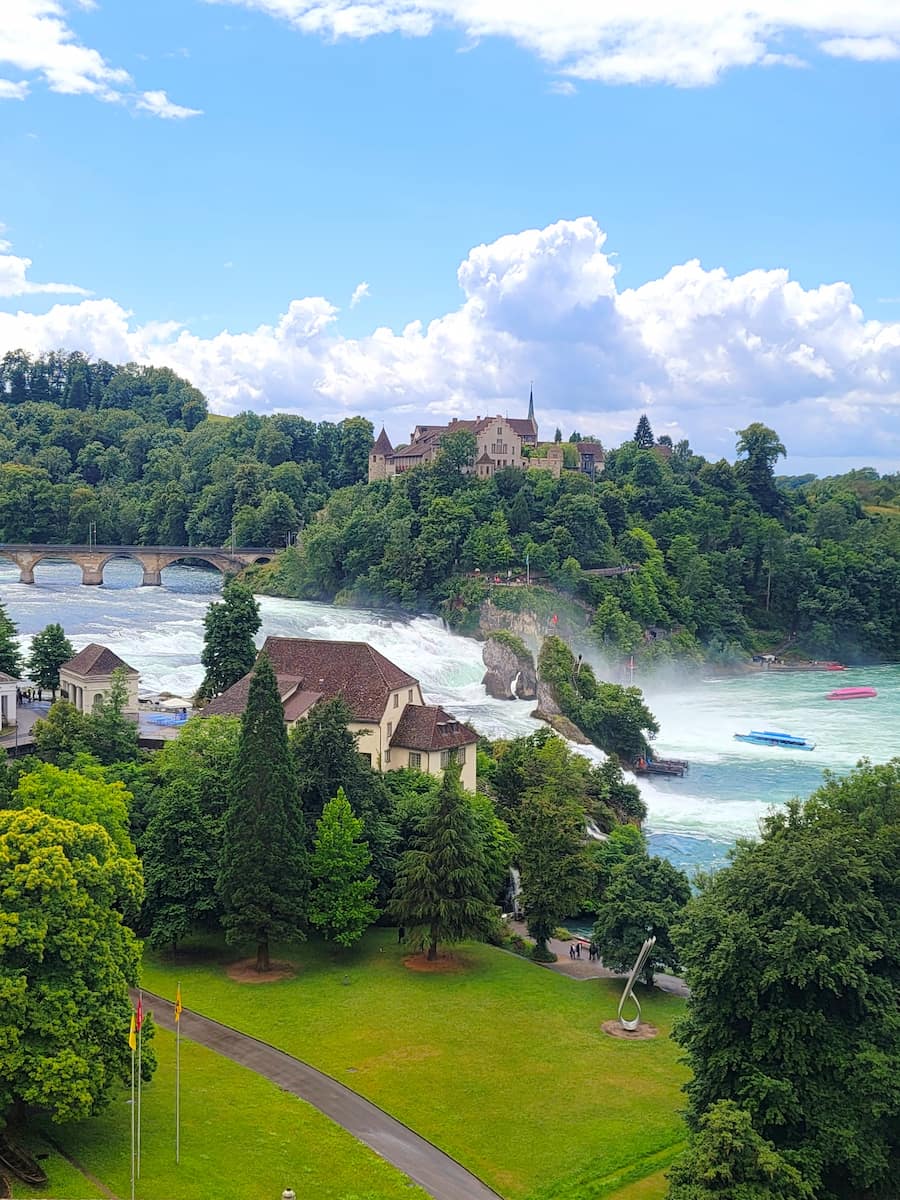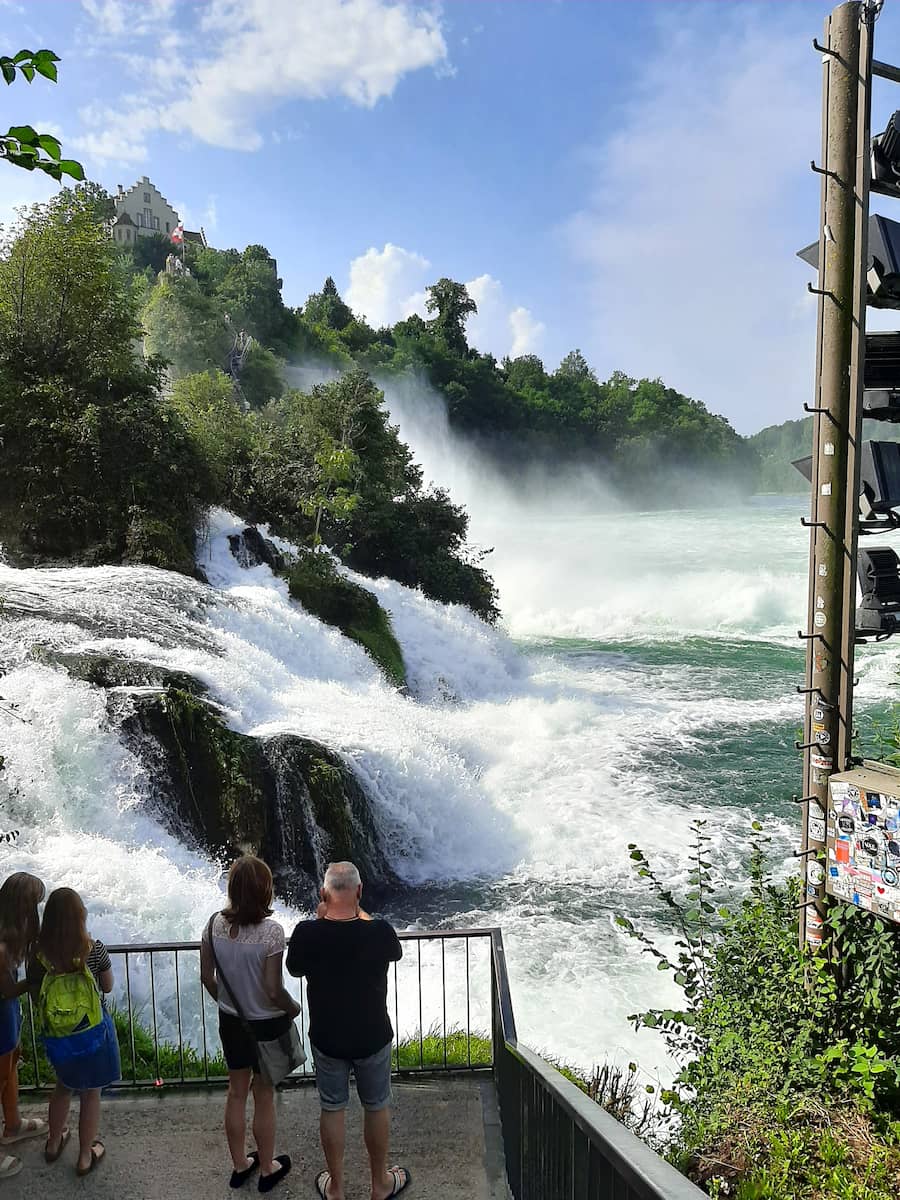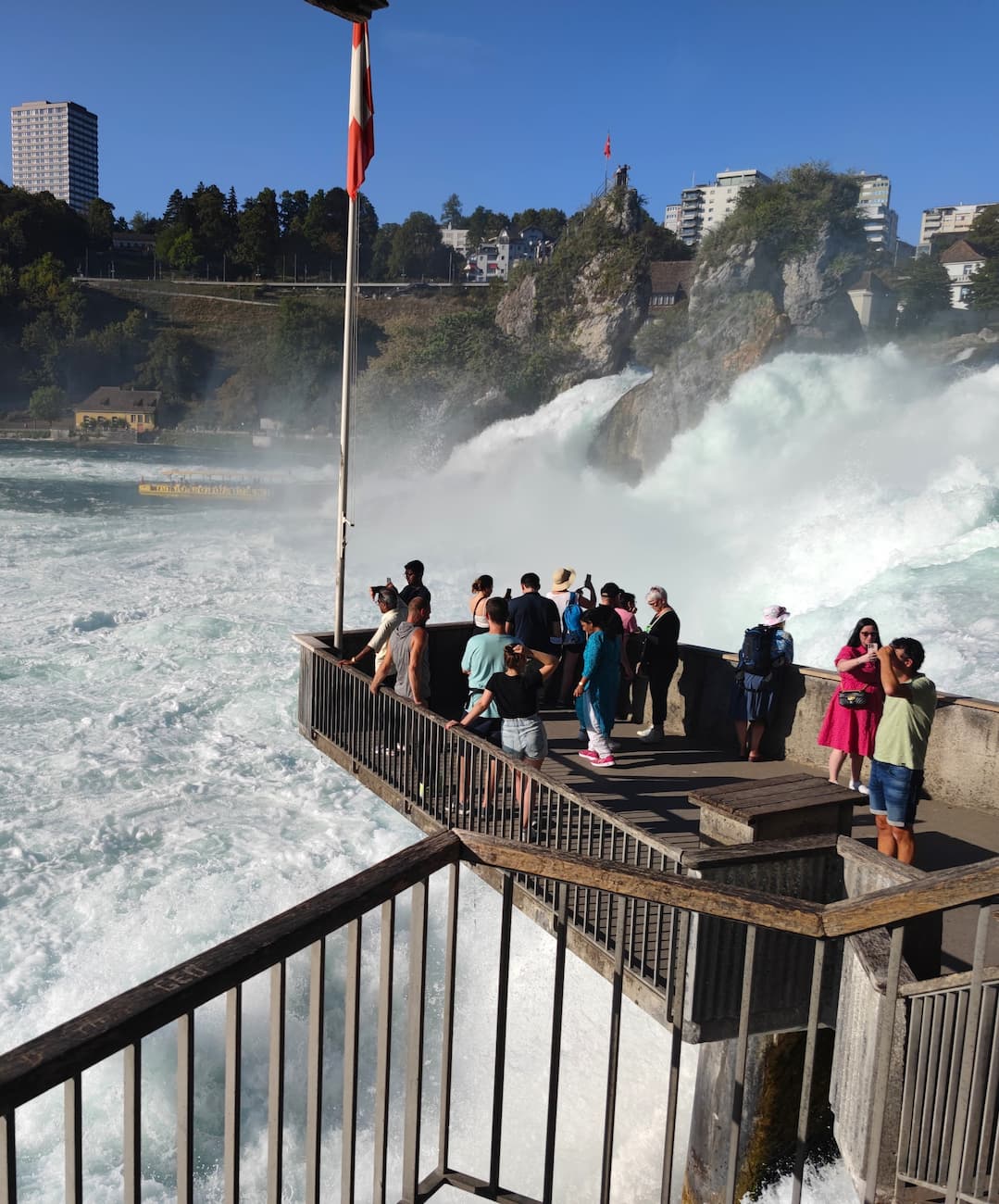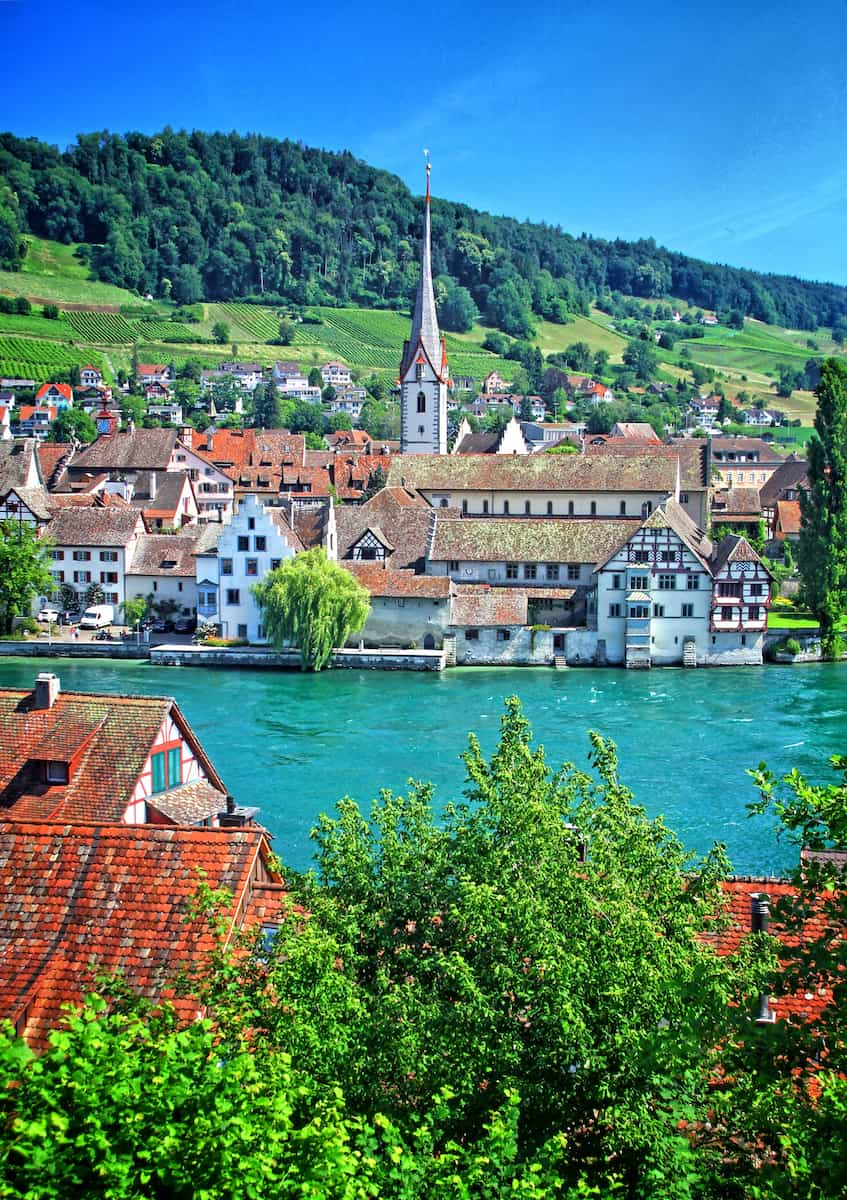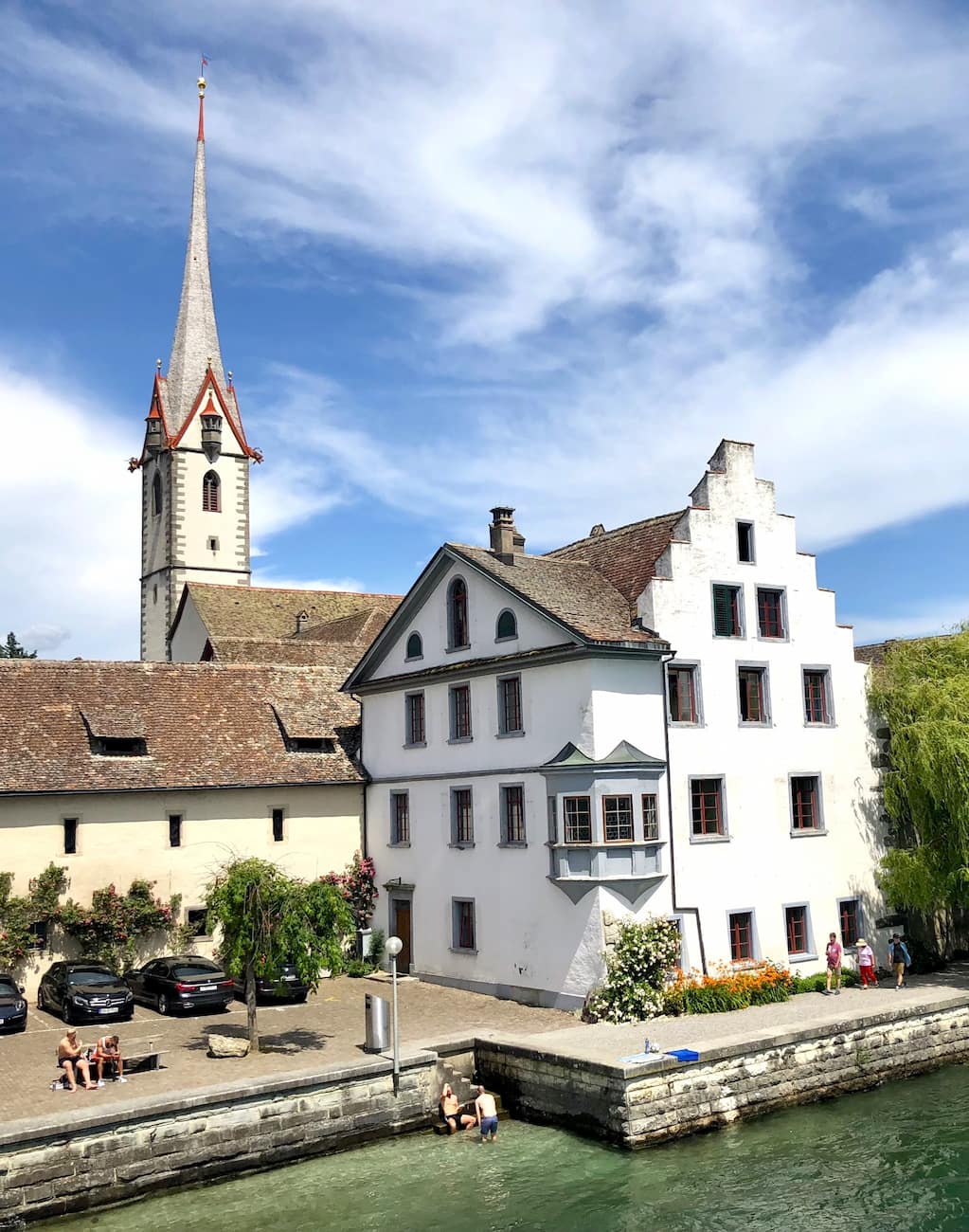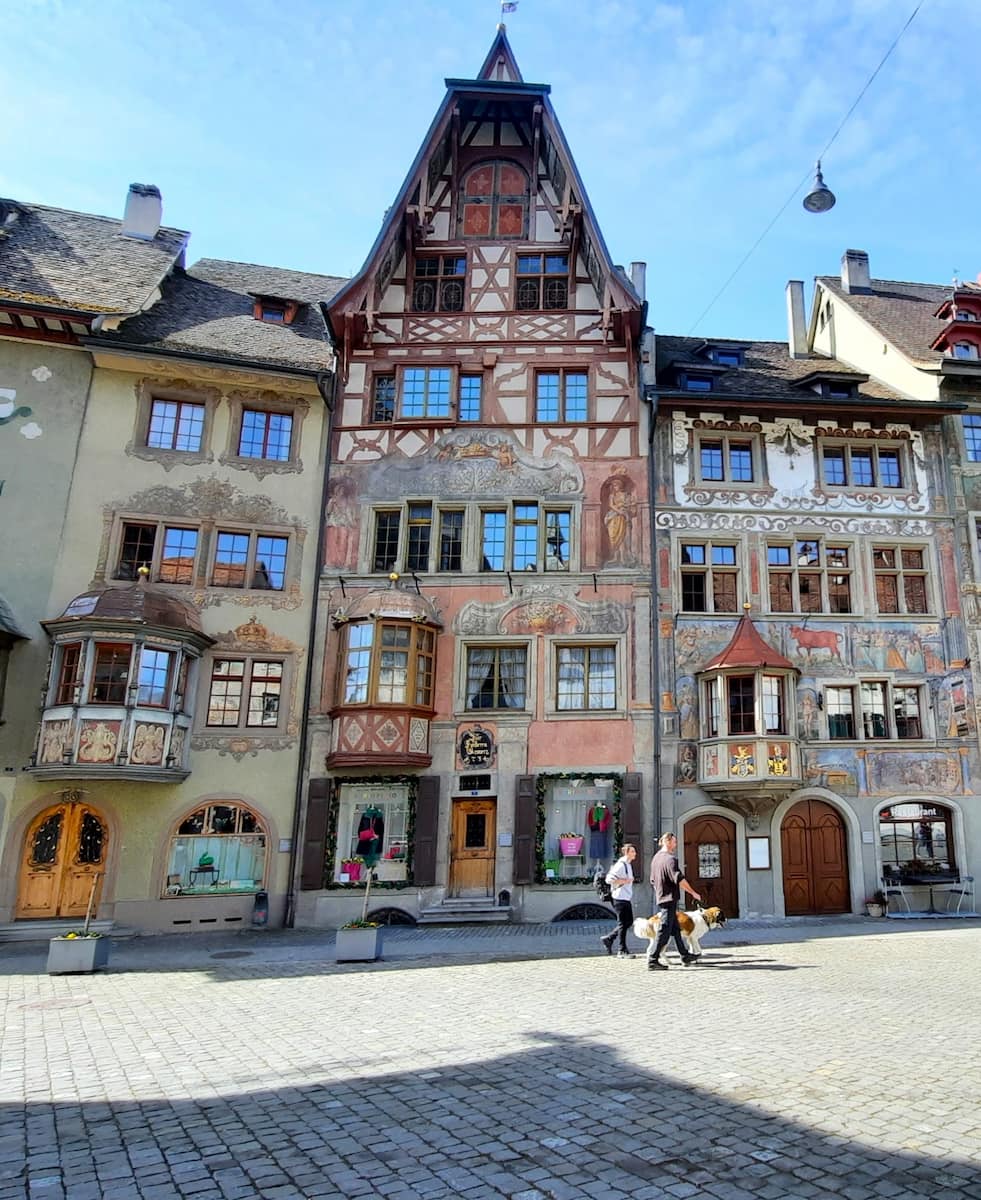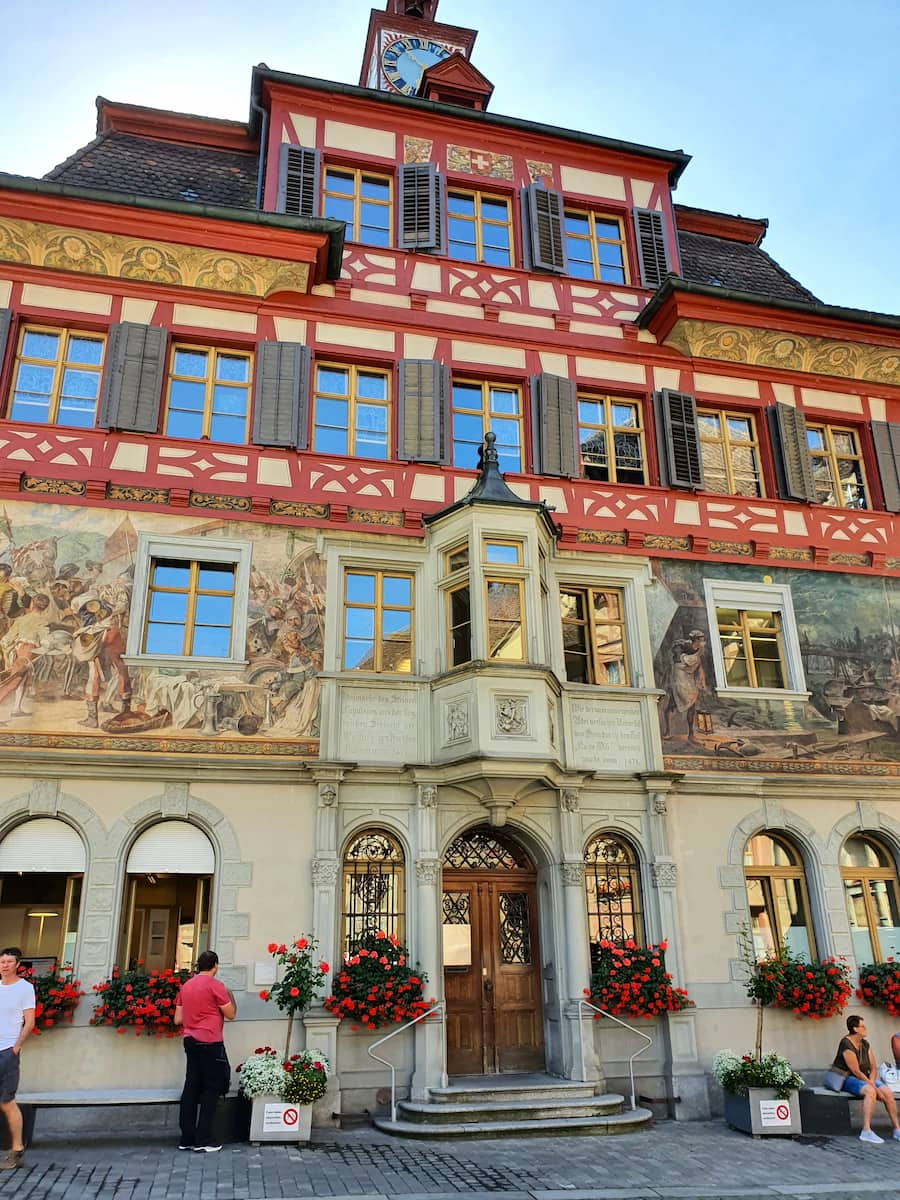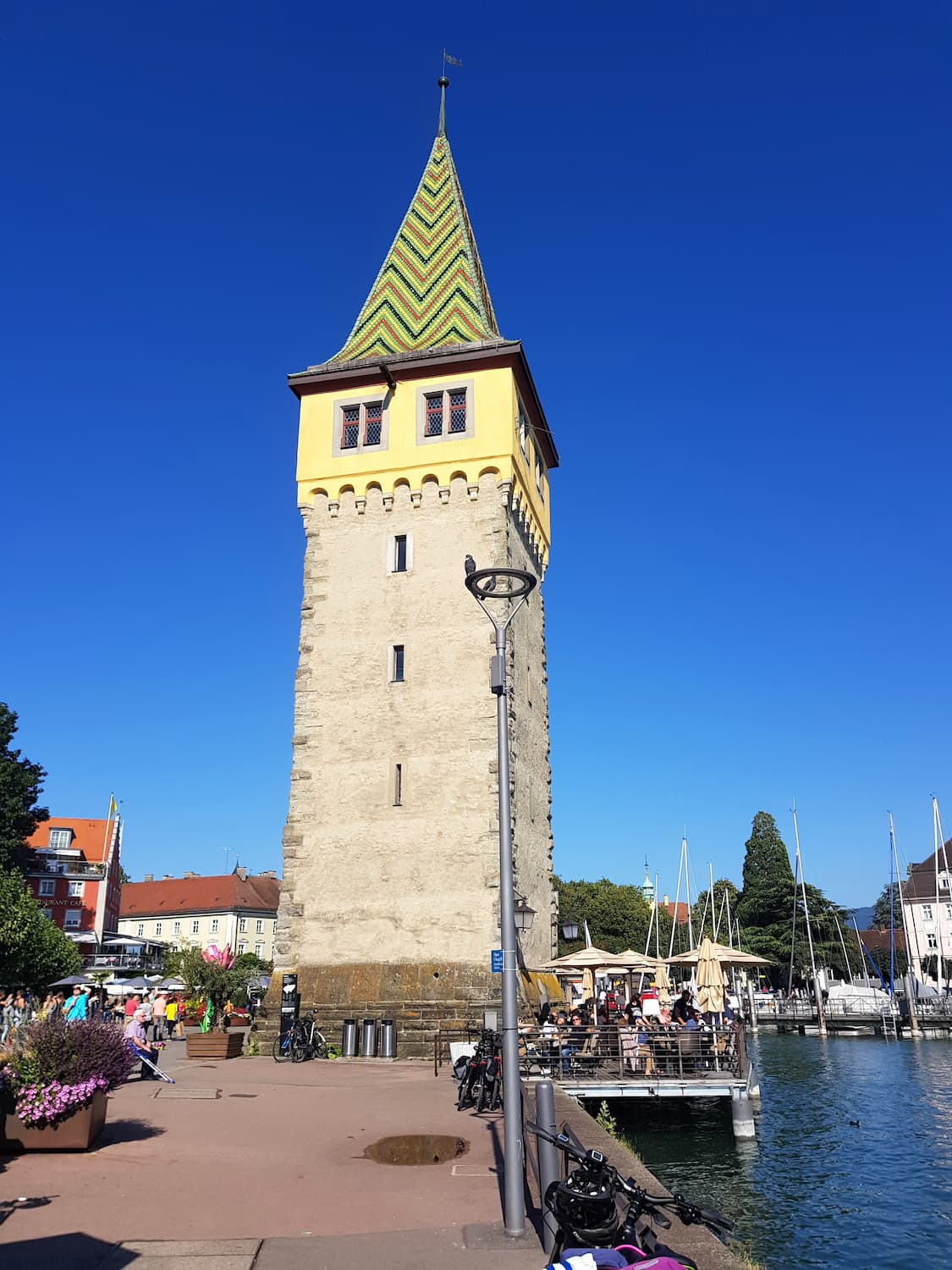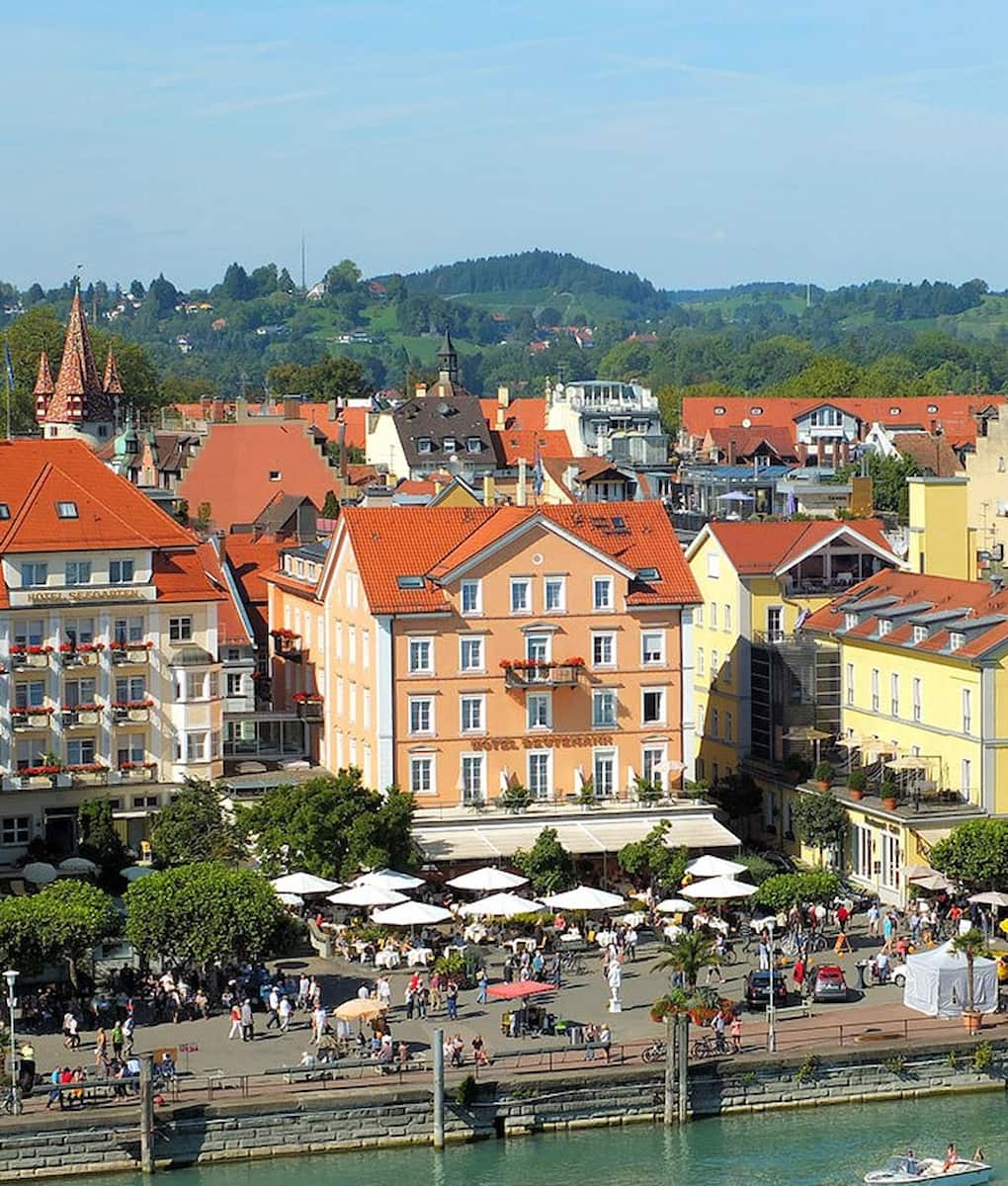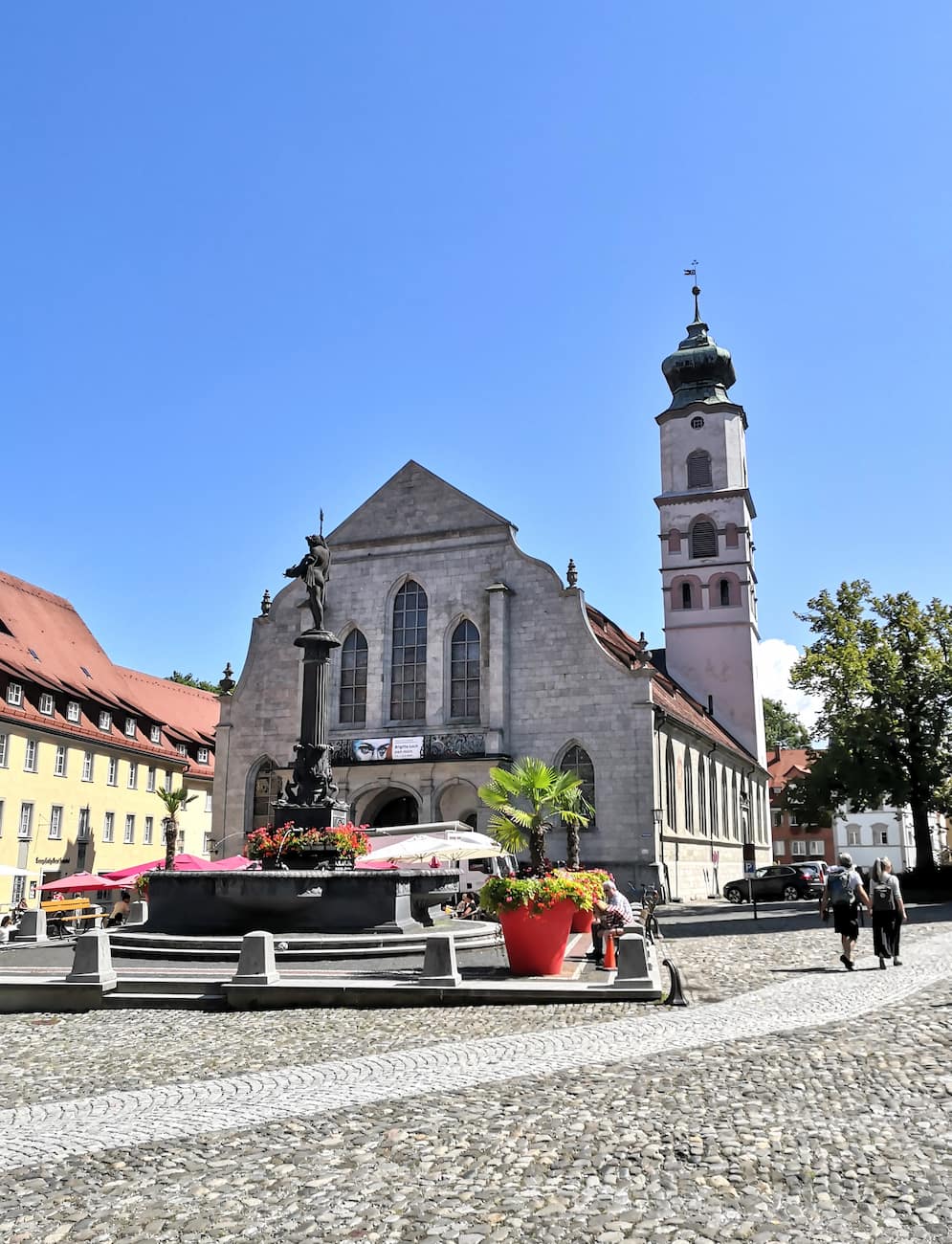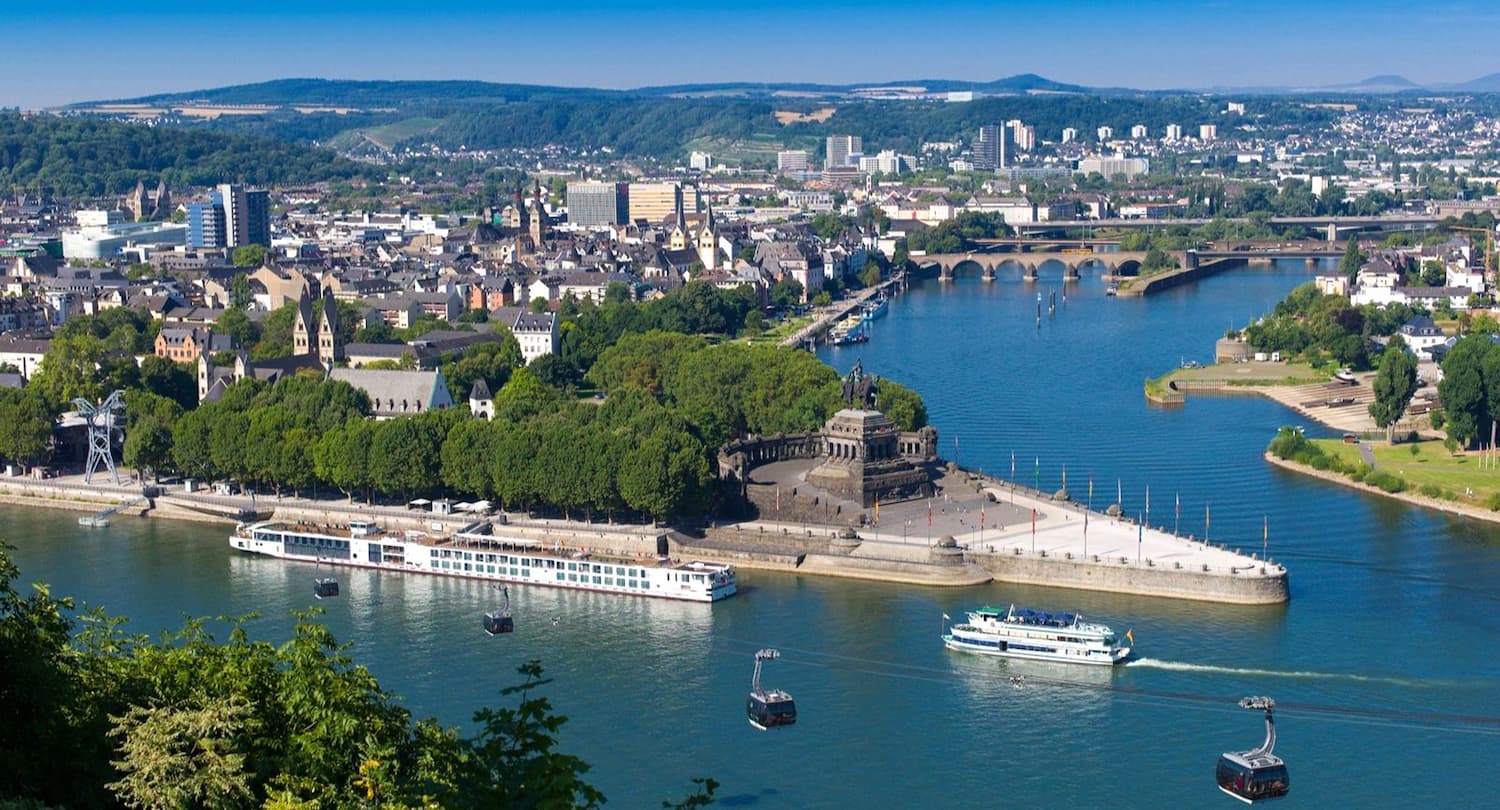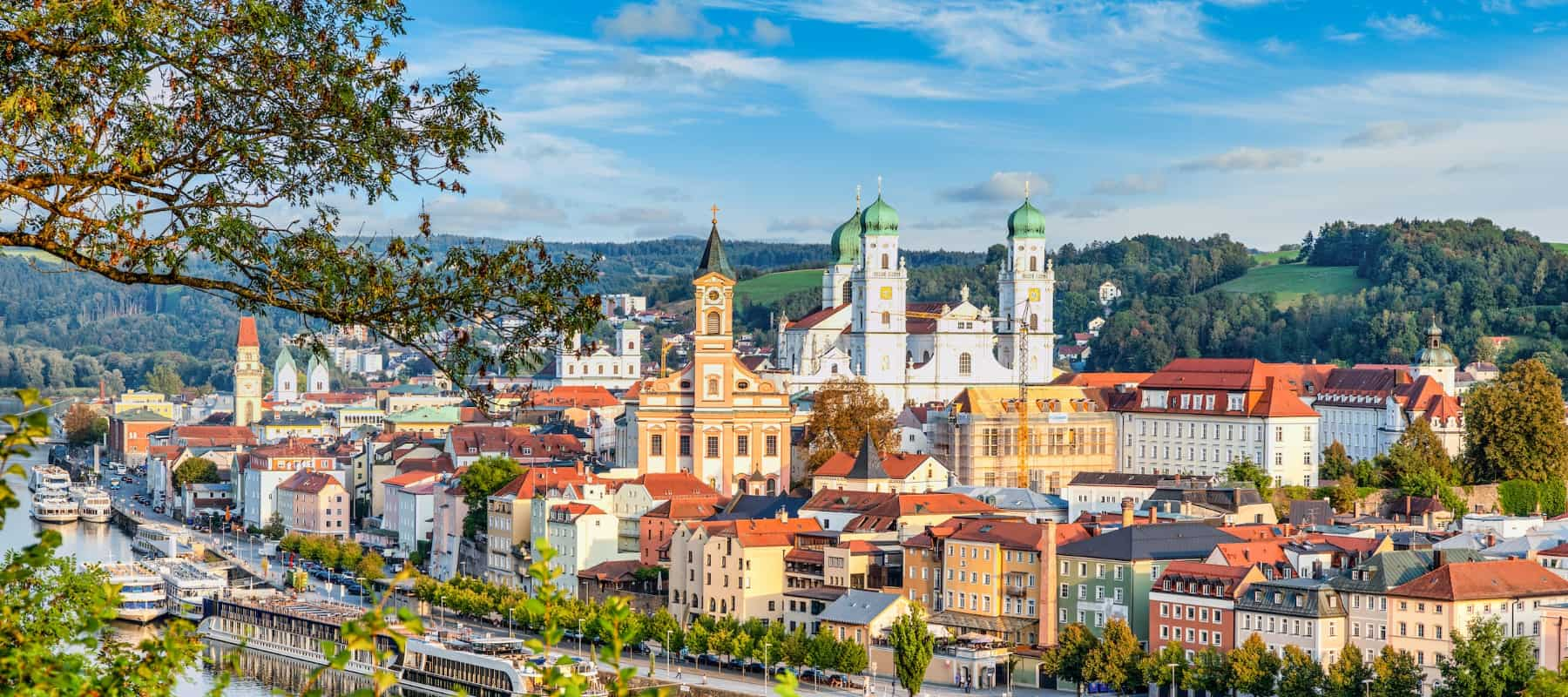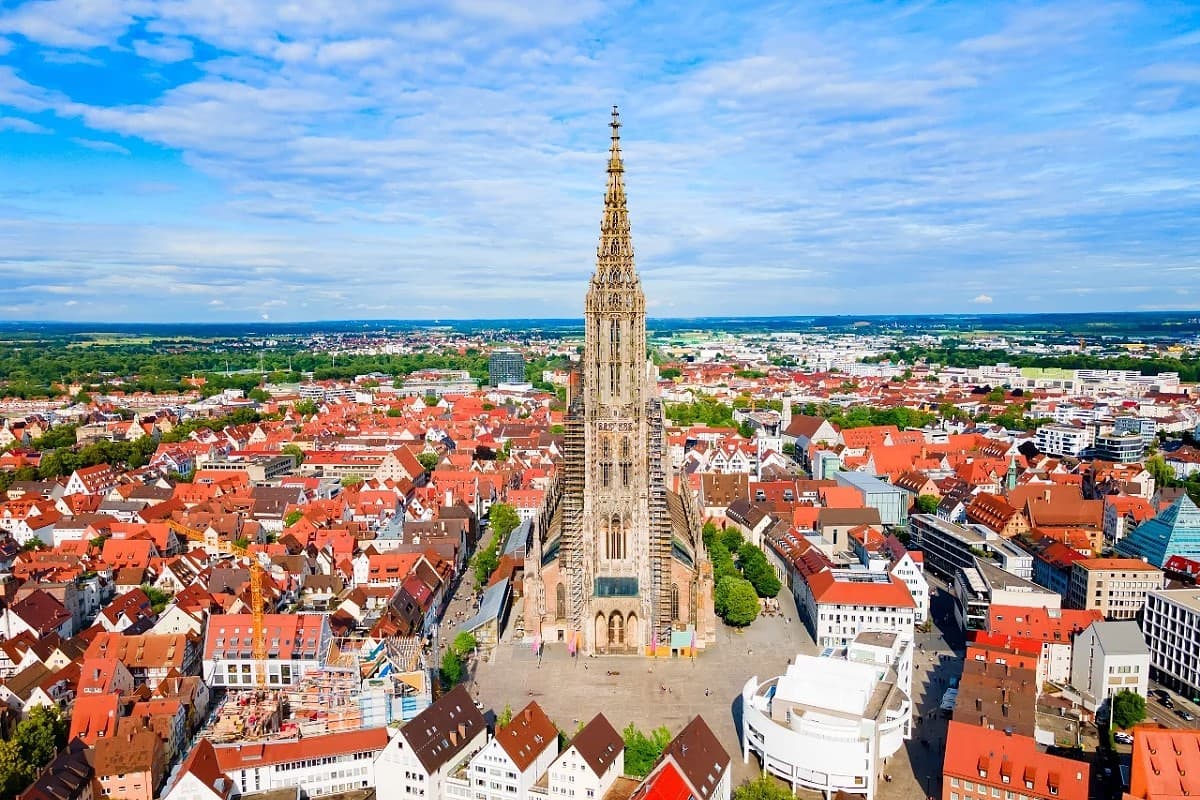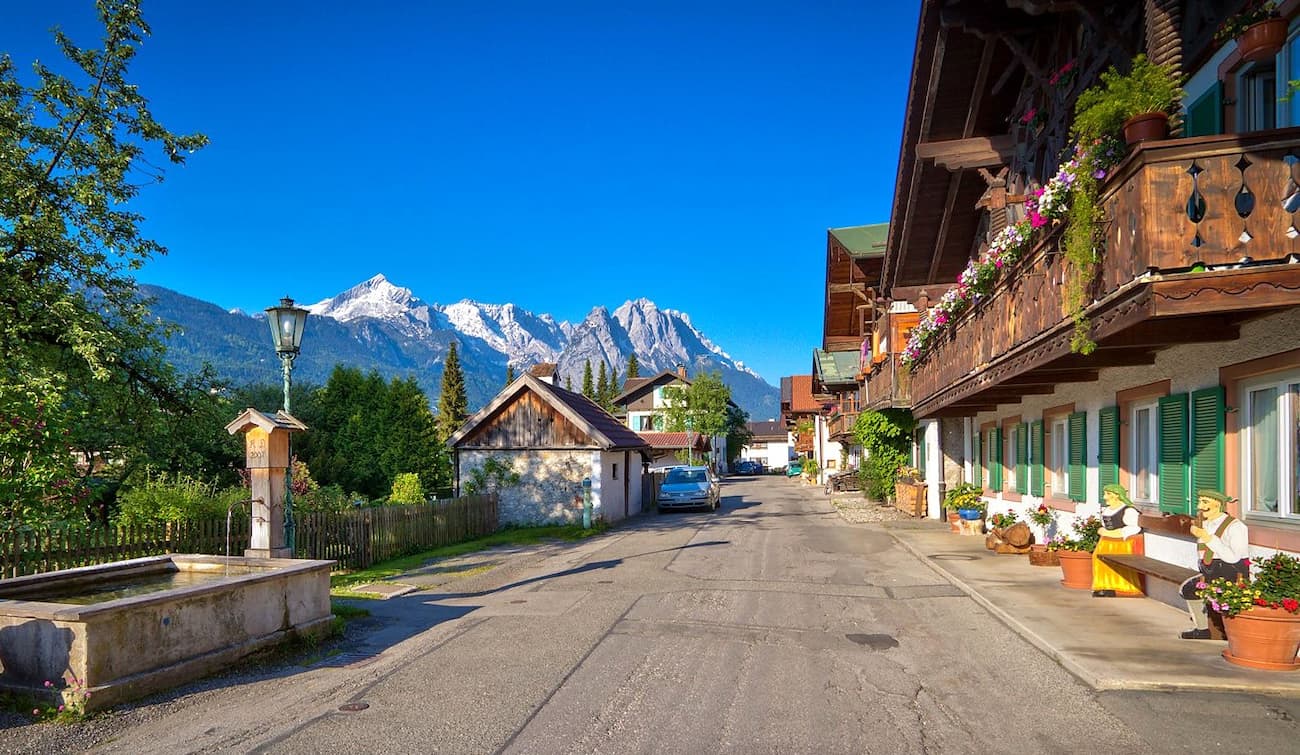Have you ever dreamed of a place where three countries meet around a stunning blue lake, with medieval towns, flower-filled islands, and snow-capped mountains in the distance? That’s exactly what I found when I visited Konstanz, a charming German city nestled on the shores of Lake Constance. From the moment I arrived, I was captivated by the perfect blend of history, nature, and culture.
In this guide, I’ll share my favorite experiences from exploring the medieval streets to swimming in crystal-clear waters. Whether you’re planning a weekend getaway or a longer stay, these activities will help you discover why this region has enchanted travelers for centuries. Let me take you on a journey through the best things to do in Konstanz and around Lake Constance!
🏠 Where to Stay in Constance
- 💎 Luxury Hotel: Hotel Bayerischer Hof, Lindau
- ✨ 5-Star: RIVA - Das Hotel am Bodensee, Konstanz
- 🏨 4-Star: Hotel Lindauer Hof, Lindau
- 🛏️ 3-Star: Flair Hotel zum Schiff, Meersburg
- 💸 Cheap: Hotel Adler, Friedrichshafen
- 🏢 Apartment: Wohlfühl Loft - Seenähe, Bregenz
- 👨👩👧👦 For Families: Lukullum, Friedrichshafen
- 🏩 For Couples: Landhotel Adler, Sigmarszell
💁 Best Guided Tours
- Private Sightseeing Tour: Lindau Island (1.5 hours) from € 159 (⭐ 5.0/5)
- Konstanz Guided City Tour from € 12 (⭐ 4.8/5)
- Konstanz Night Watchman Tour (1.5 hours) from € 15 (⭐ 4.9/5)
- Day Trip: Flower Island of Mainau & Meersburg from € 444 (⭐ 4.5/5)
- Private Historical Walking Tour in Konstanz from € 249 (⭐ 4.7/5)
Best Things to Do in Constance, Germany
1. Imperia Statue and Harbor
Lakefront magic. Walking along the harbor promenade of Lake Constance instantly became my favorite morning ritual in Konstanz. The turquoise waters stretch toward snow-capped Alps, creating a postcard-perfect panorama that changes with every hour of daylight.
Imperia’s story. This massive rotating bronze statue dominates the harbor entrance and never fails to draw crowds. Standing 9 meters tall, she satirically holds two naked men representing church and state. I learned she turns completely around once every 4 minutes, giving photographers plenty of angles to capture.
Controversial artwork. The Imperia statue has become Konstanz’s most recognizable landmark, despite initially causing quite a stir. Created by artist Peter Lenk in 1993, this concrete beauty weighs 18 tonnes and commemorates the Council of Constance that took place between 1414 and 1418.
Historical significance. The statue refers to Balzac’s short story “La Belle Impéria,” a satire of Catholic clergy’s morals during the Council of Constance. Interestingly, the real Imperia died in 1512, nearly 100 years after the council, and never actually visited Konstanz.
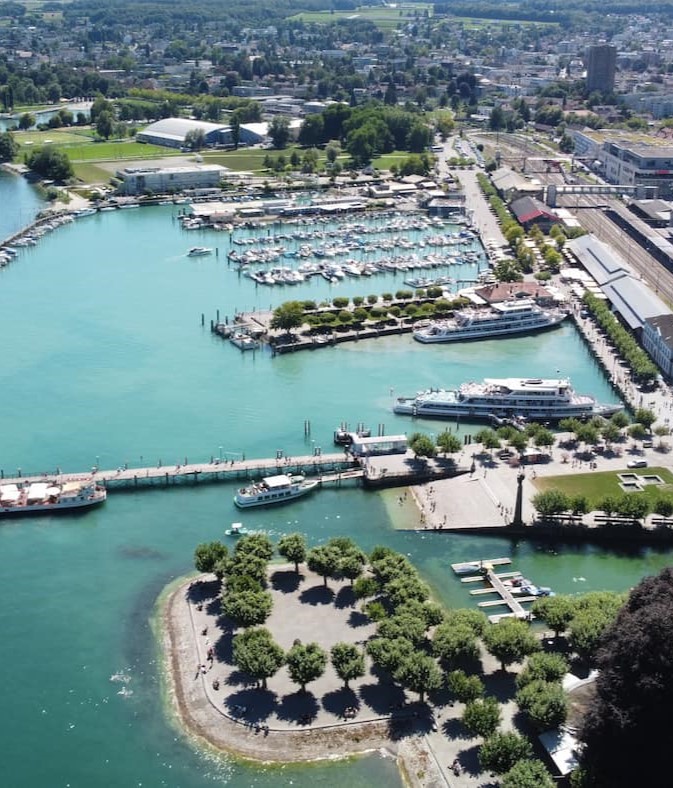
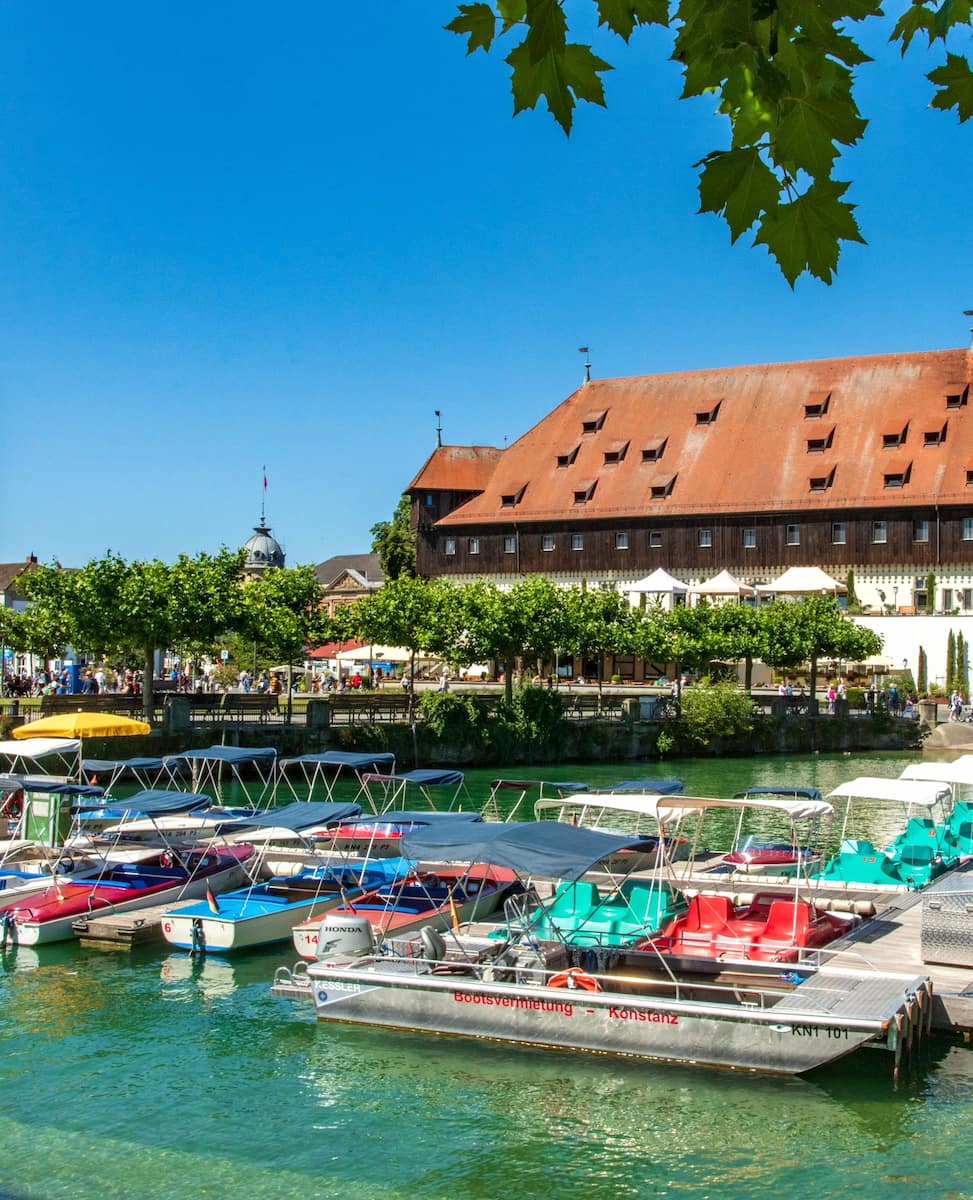
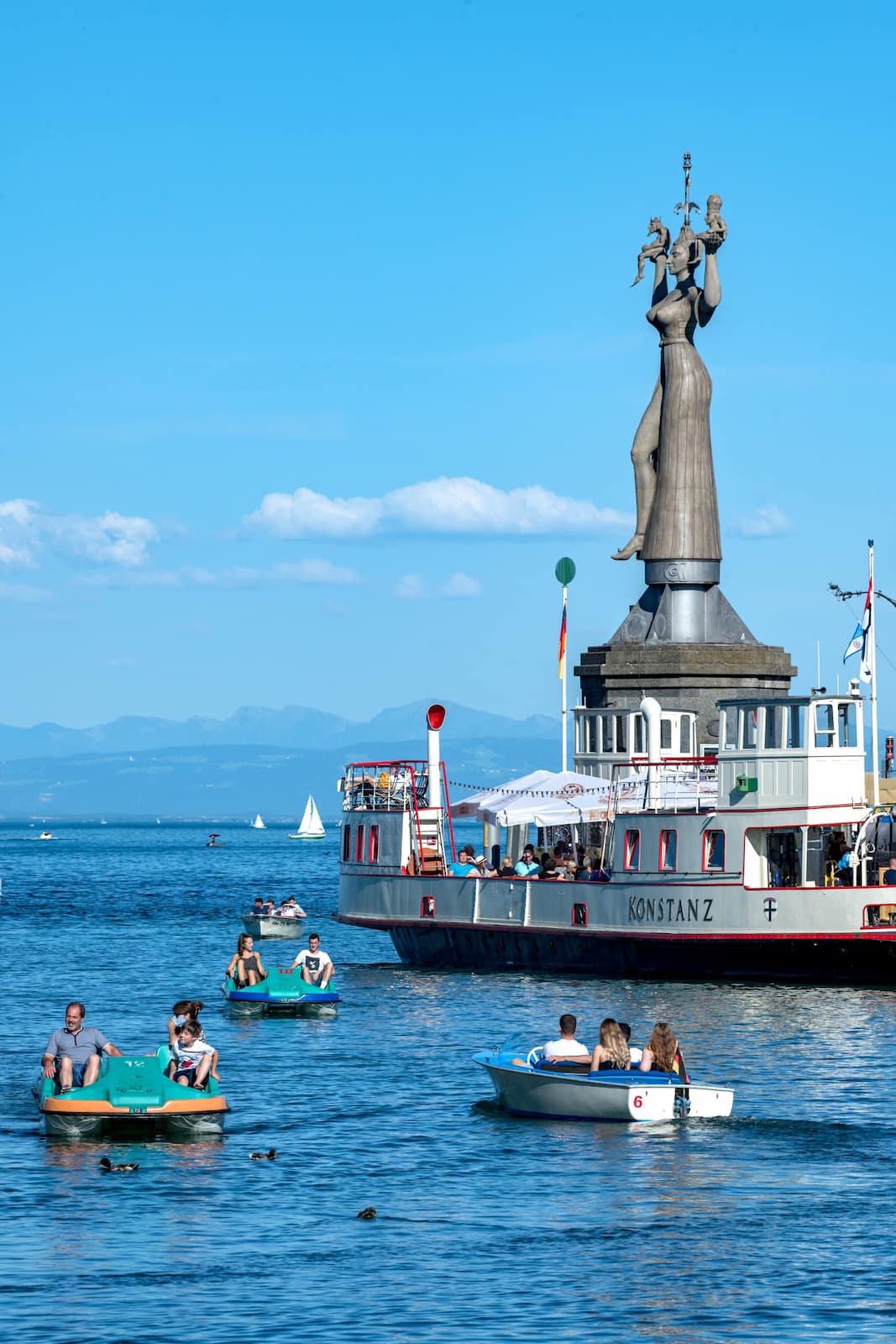
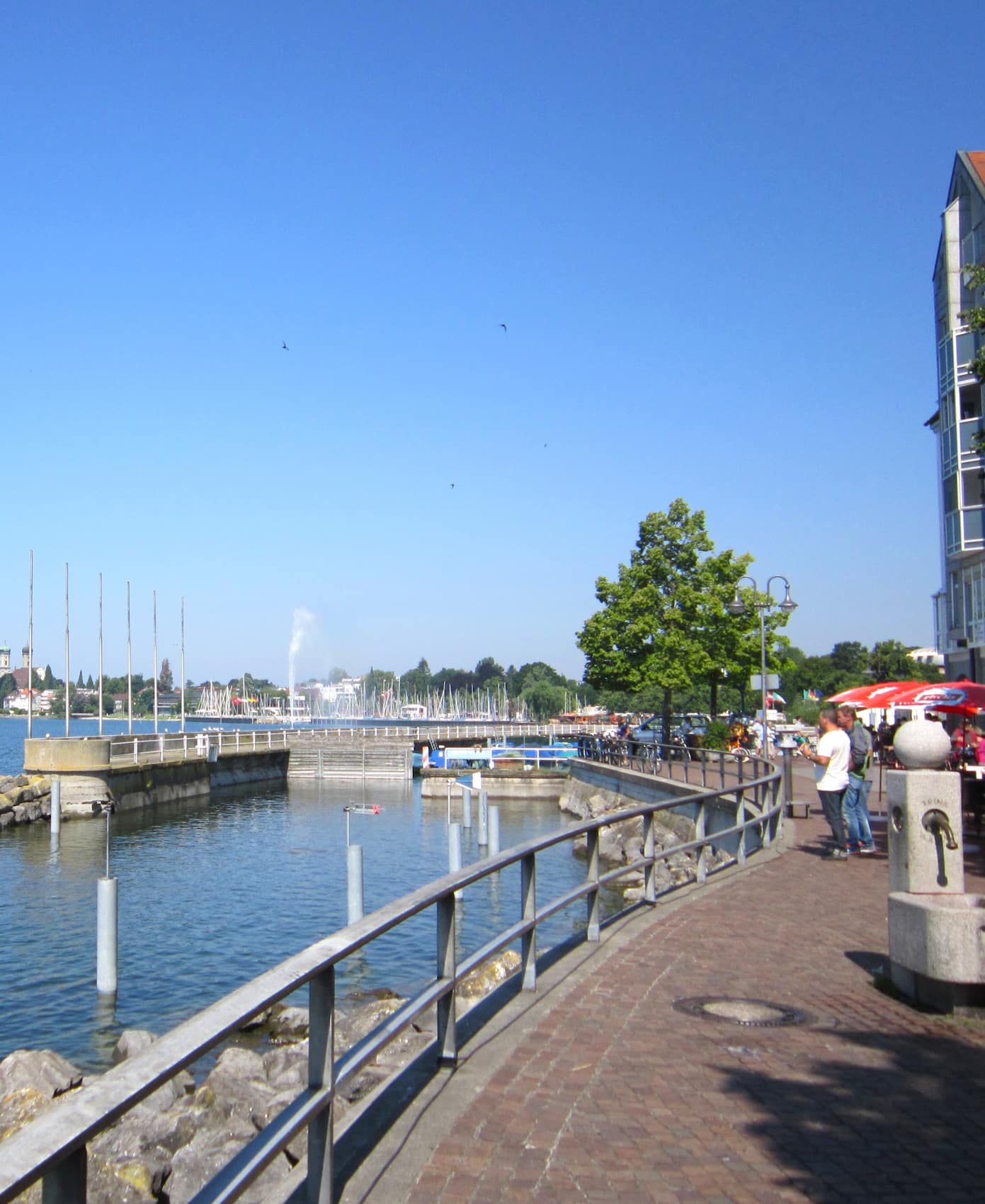
Evening ambiance. The harbor transforms at sunset when Imperia and the surrounding buildings light up. I joined locals for the evening “Promenade Stroll,” a casual social tradition where residents walk the waterfront, greeting neighbors and enjoying the cooling breeze off the lake.
⭐ Best Activities
- Konstanz Guided City Tour – Discover the historic city of Konstanz on this informative guided tour that takes you through the medieval streets and highlights the most important landmarks and stories of this charming lakeside city.
2. Old Town (Niederburg)
Medieval maze. Wandering through Niederburg, Konstanz’s oldest quarter, I felt transported through centuries of history. The narrow cobblestone streets wind between colorful buildings with half-timbered facades and shingled roofs dating back to medieval times.
Historical significance. The name “Niederburg” means “below the castle.” In former times, where the Münster (cathedral) now stands, there was a castle. Everyone who entered Konstanz via the only bridge over the Rhine river had to pass through the narrow streets of this quarter.
Architectural highlights. Don’t miss the Gothic doors and Renaissance elements throughout the district. I spotted decorative paintings on building exteriors, ancient city gates, and watchtowers that once protected this spiritual and commercial center of medieval Konstanz.
Hidden gems. This district houses the impressive Rosgartenmuseum, showcasing local artifacts from everyday medieval life. I spent a fascinating hour examining religious carvings and historical exhibits from the Council of Constance era.
Local flavors. Niederburg offers the city’s most authentic dining experiences. I discovered a traditional tavern serving wiener schnitzel and local Bodensee wine by the glass. One small hint: you’ll find the oldest wine bar in a cellar, where you sip your “Viertele” (0.25l glass of wine) standing up!
⭐ Best Activities
- Konstanz City Tour with Wine Tasting – Combine culture and culinary delights on this guided tour of Konstanz that concludes with a wine tasting experience featuring local varieties from the Lake Constance region.
3. Konstanz Cathedral (Münster)
Architectural marvel. Konstanz Cathedral (Münster Unserer Lieben Frau) left me awestruck with its blend of Romanesque and Gothic elements. Built between the 11th and 16th centuries, its imposing tower dominates the old town skyline and offers panoramic views of the lake.
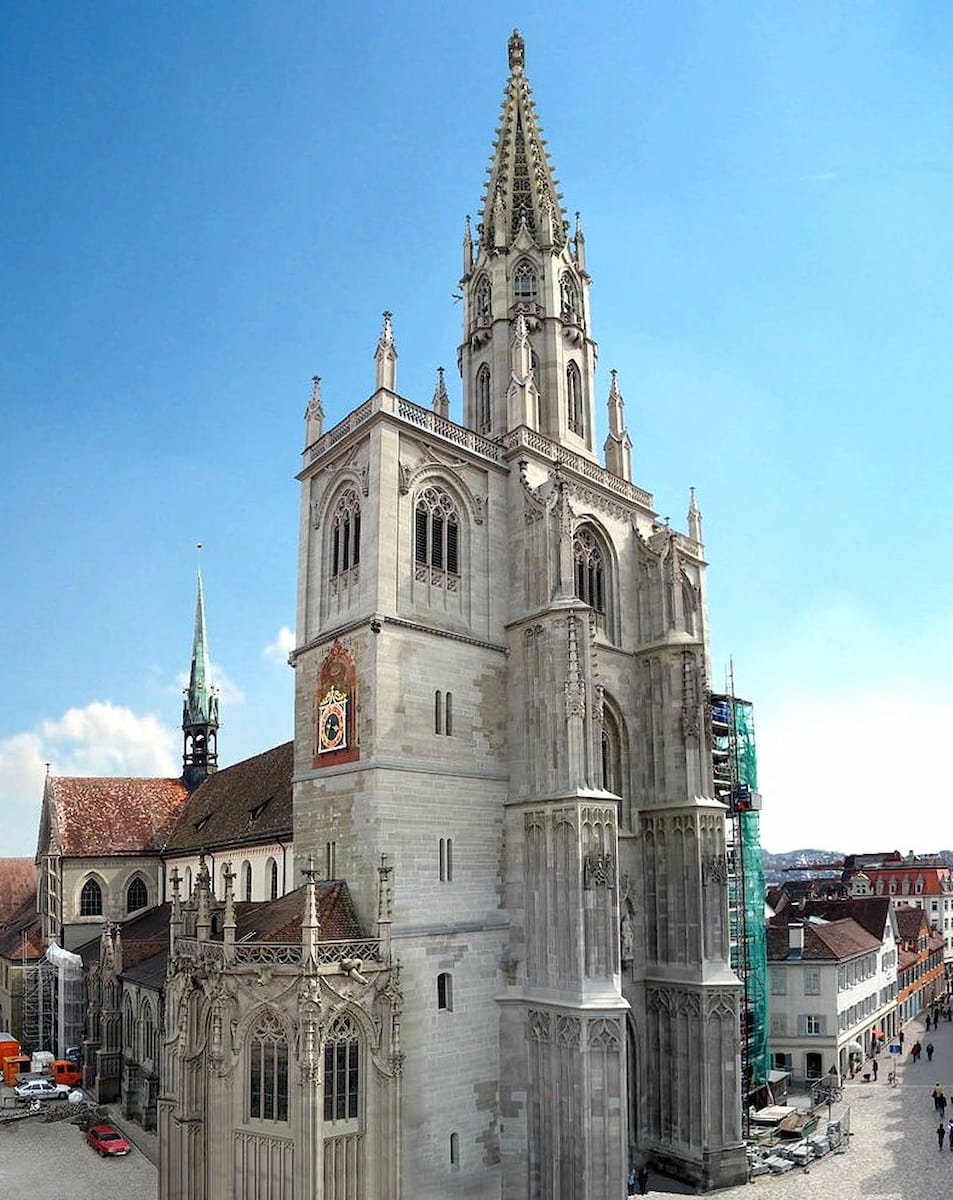
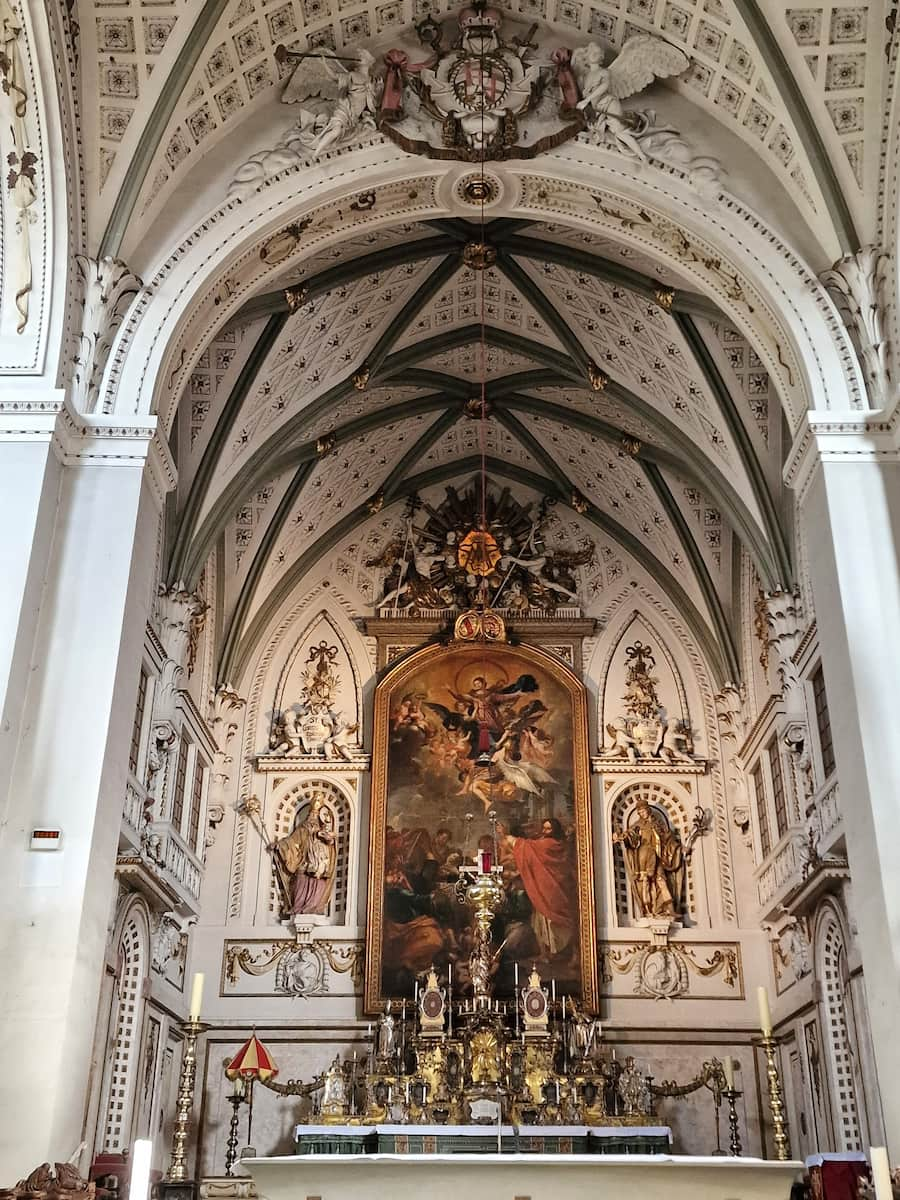
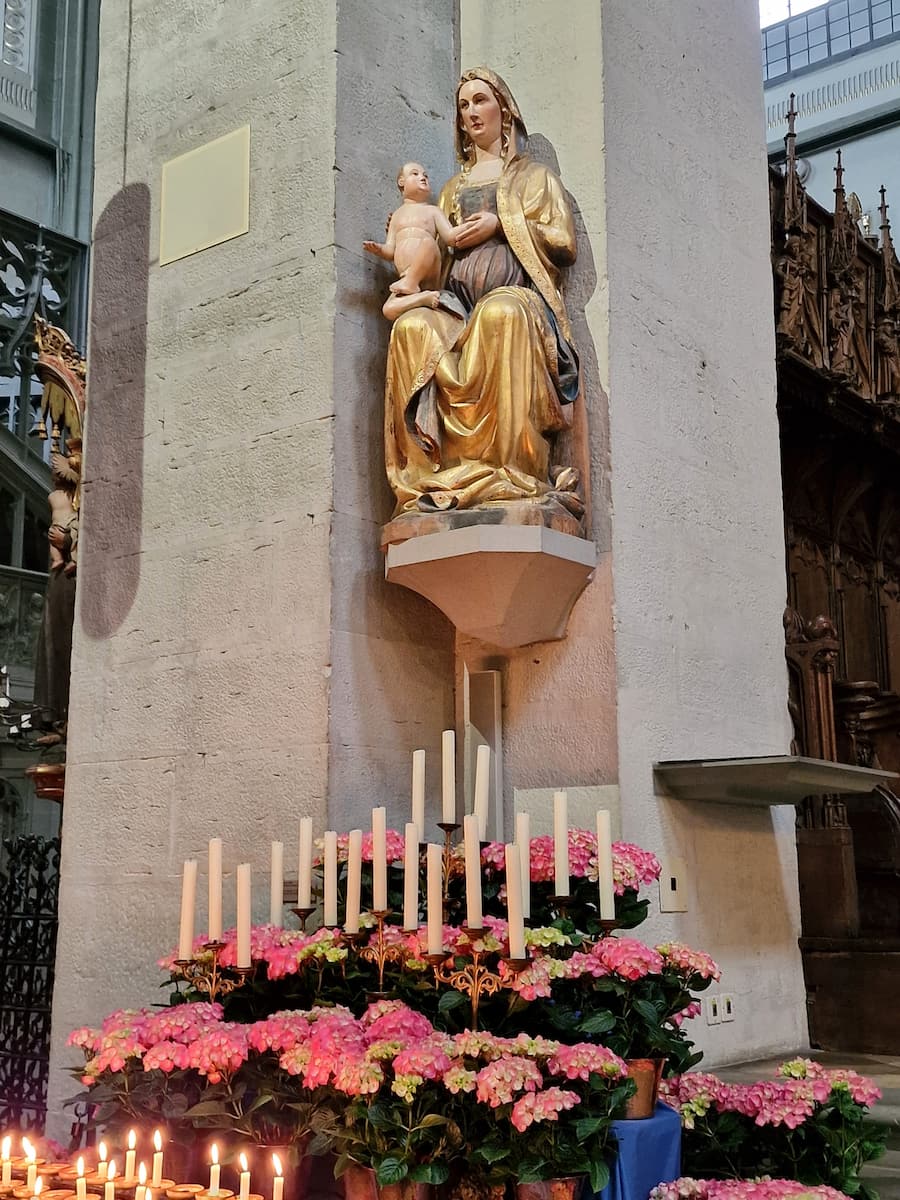
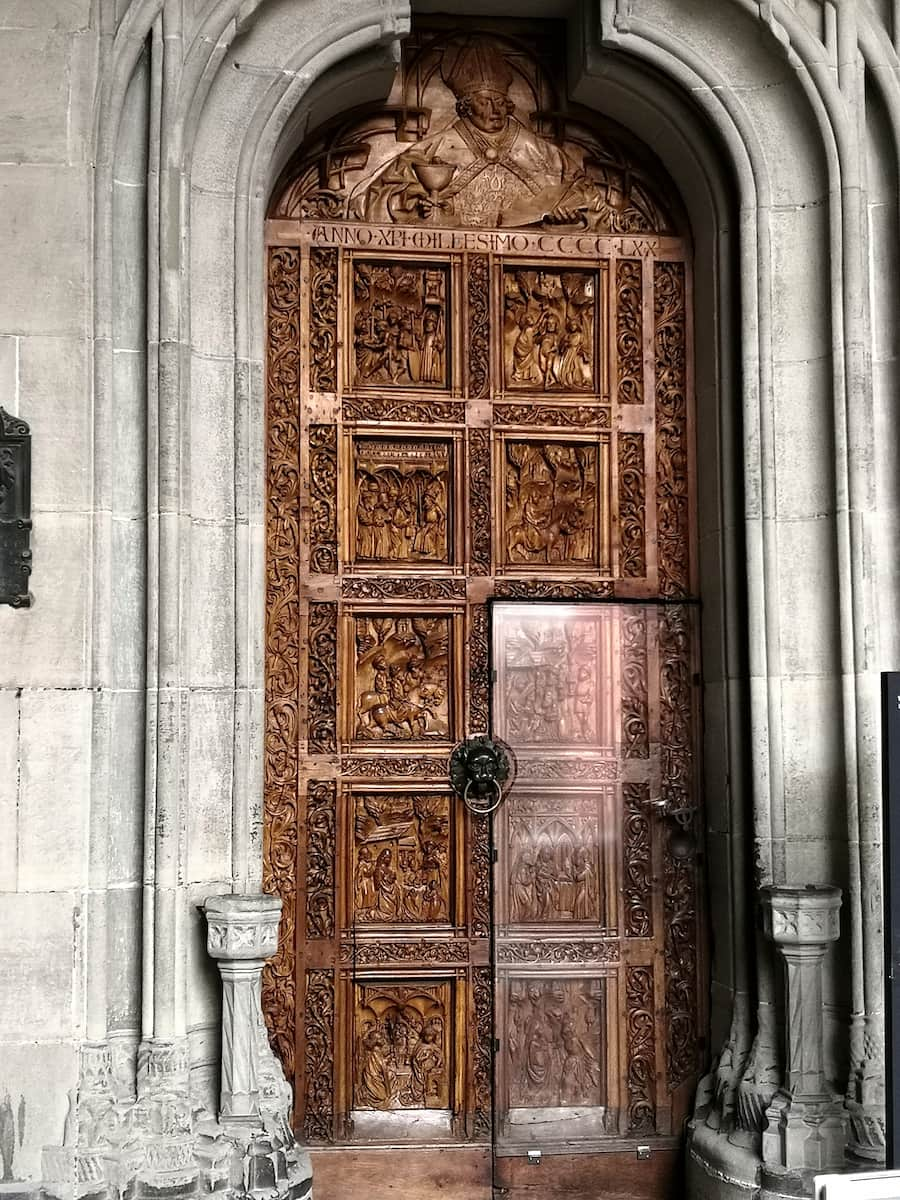
Interior treasures. Inside, I discovered remarkable features including a Romanesque crypt dating from 1089, a Renaissance organ from 1518, and intricate choir stalls with medieval carvings. The stained glass windows cast colorful patterns across the stone floors on sunny days.
Historical significance. The cathedral served as the venue for the election of Pope Martin V in 1417, ending the Western Schism. Standing in the exact spot where this momentous event occurred gave me goosebumps – it’s not every day you can touch history so directly.
Visitor essentials:
- Entry: Free (€2 donation suggested)
- Tower climb: €2 (worth it for panoramic views)
- Guided tours: €5 (available in English at 11:00 AM)
- Opening hours: 9:00 AM-6:00 PM (shorter in winter)
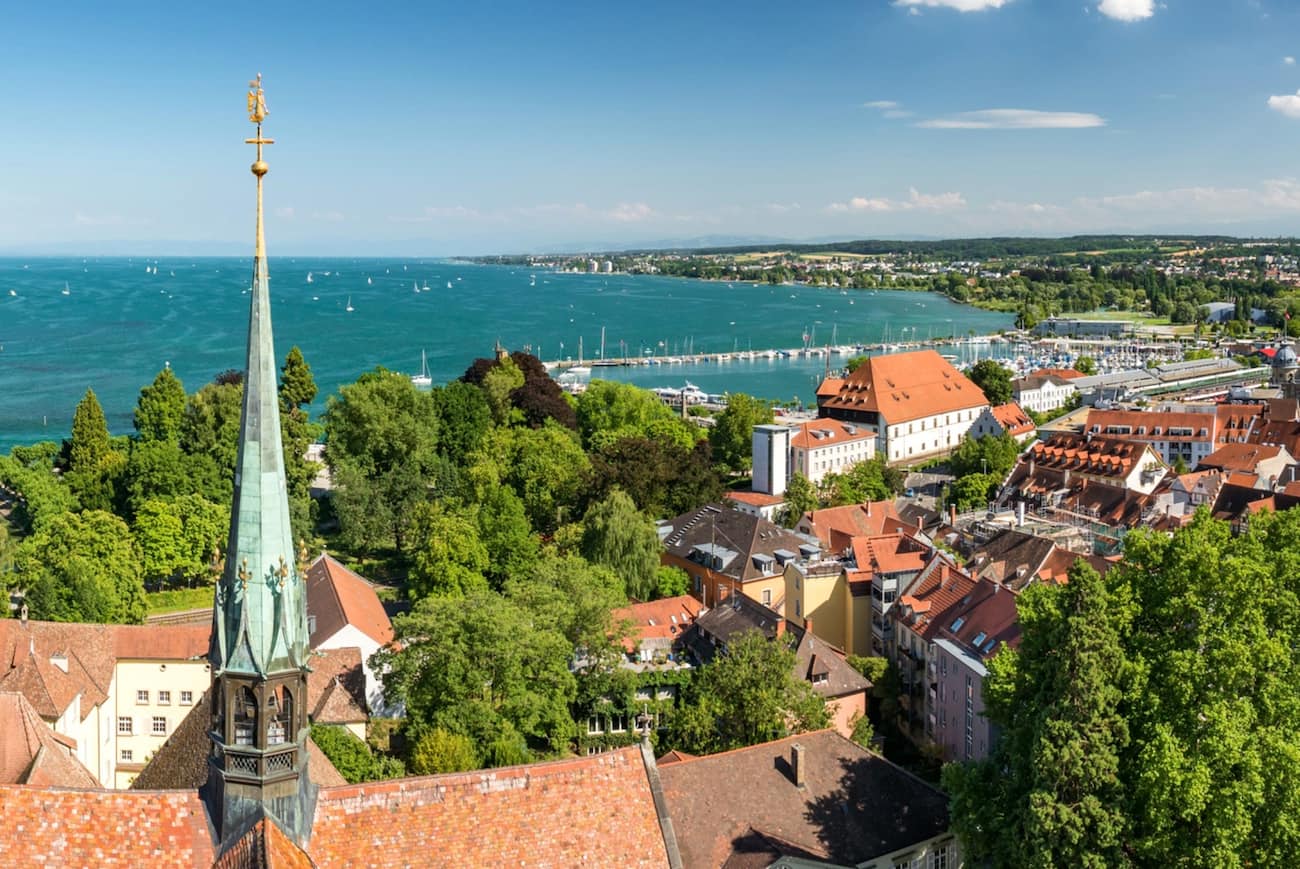
Hidden gem. Don’t miss the cathedral’s side door leading to a small courtyard with medieval cloisters. This peaceful spot provided a quiet moment of reflection away from the tourist crowds, and I had it completely to myself for nearly 30 minutes.
4. SEA LIFE Aquarium
Underwater wonders. I dove into an aquatic adventure at SEA LIFE Konstanz, marveling at over 3,000 creatures in 35 displays. The highlight was the 360° underwater tunnel, where I watched sharks glide overhead while staying completely dry.
Local ecosystem. What surprised me most was the dedicated exhibit showcasing fish species native to Lake Constance. It gave me a deeper appreciation for the local ecosystem and helped me identify the fish I’d later see while paddleboarding on the lake.
Conservation in action. SEA LIFE’s commitment to marine protection impressed me. Their seahorse breeding program and turtle rescue center showcase real efforts to preserve aquatic life. Staff members were knowledgeable and passionate about conservation issues.
Interactive experiences. The touch pools let me gently handle starfish and crabs under staff supervision. I timed my visit to catch the entertaining feeding shows, especially the playful antics of the penguin colony during their mealtime.
Visitor tips:
- Book online for a 20% discount (Adult ticket: €19.95 instead of €24.95)
- Allow 2-3 hours for a full experience
⭐ Best Activities
- SEA LIFE Konstanz Tickets – Dive into an underwater adventure at SEA LIFE Konstanz, where you can observe fascinating marine creatures including colorful fish, sharks, and sea turtles in immersive aquarium exhibits.
5. Rhine River Promenade
Scenic waterway. The Rhine River promenade offers a different perspective from the lakefront. I strolled along the riverbank where the Rhine flows out of Lake Constance, watching boats navigate the current and birds dive for fish in the clear waters.
Border curiosities. This area marks the unusual border between Germany and Switzerland. I found it fascinating that in some spots, the border runs right through buildings! The “Grenzstraße” (Border Street) is aptly named – walking down it, I had Germany on one side and Switzerland on the other.
Historical bridges. The old Rhine bridge connects the German and Swiss parts of Konstanz. Standing midway across, I could look downstream to where the river begins its journey toward the North Sea, nearly 1,000 kilometers away.
Riverside dining. I enjoyed a relaxing lunch at one of the riverside cafés, watching kayakers paddle against the current. The Rhine-caught fish on my plate couldn’t have been fresher, and the local white wine paired perfectly with the meal.
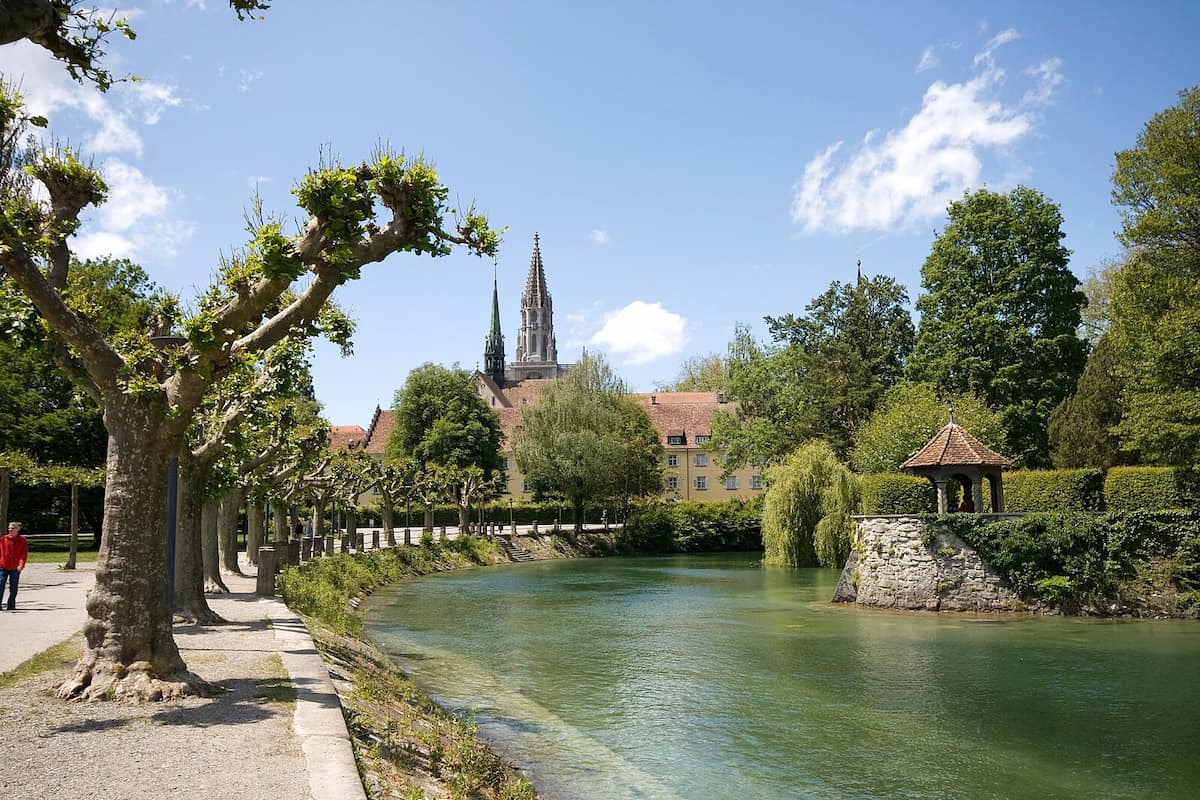
Evening atmosphere. As sunset approached, the promenade took on a romantic glow. Couples strolled hand-in-hand, street musicians played gentle melodies, and the lights of the old town reflected in the flowing water – a perfect end to my exploration day.
6. Rosgartenmuseum
Historical treasure trove. Housed in a medieval guild house, the Rosgartenmuseum took me on a journey through Konstanz’s rich past. The building itself is a historical gem, originally serving as a butchers’ guild hall before becoming a museum in 1870.
Diverse collections. I explored exhibits spanning from prehistoric times to the present day, with particular emphasis on:
- Medieval religious art and sculptures
- Traditional costumes from the region
- Lake Constance fishing history
- Local crafts and industries
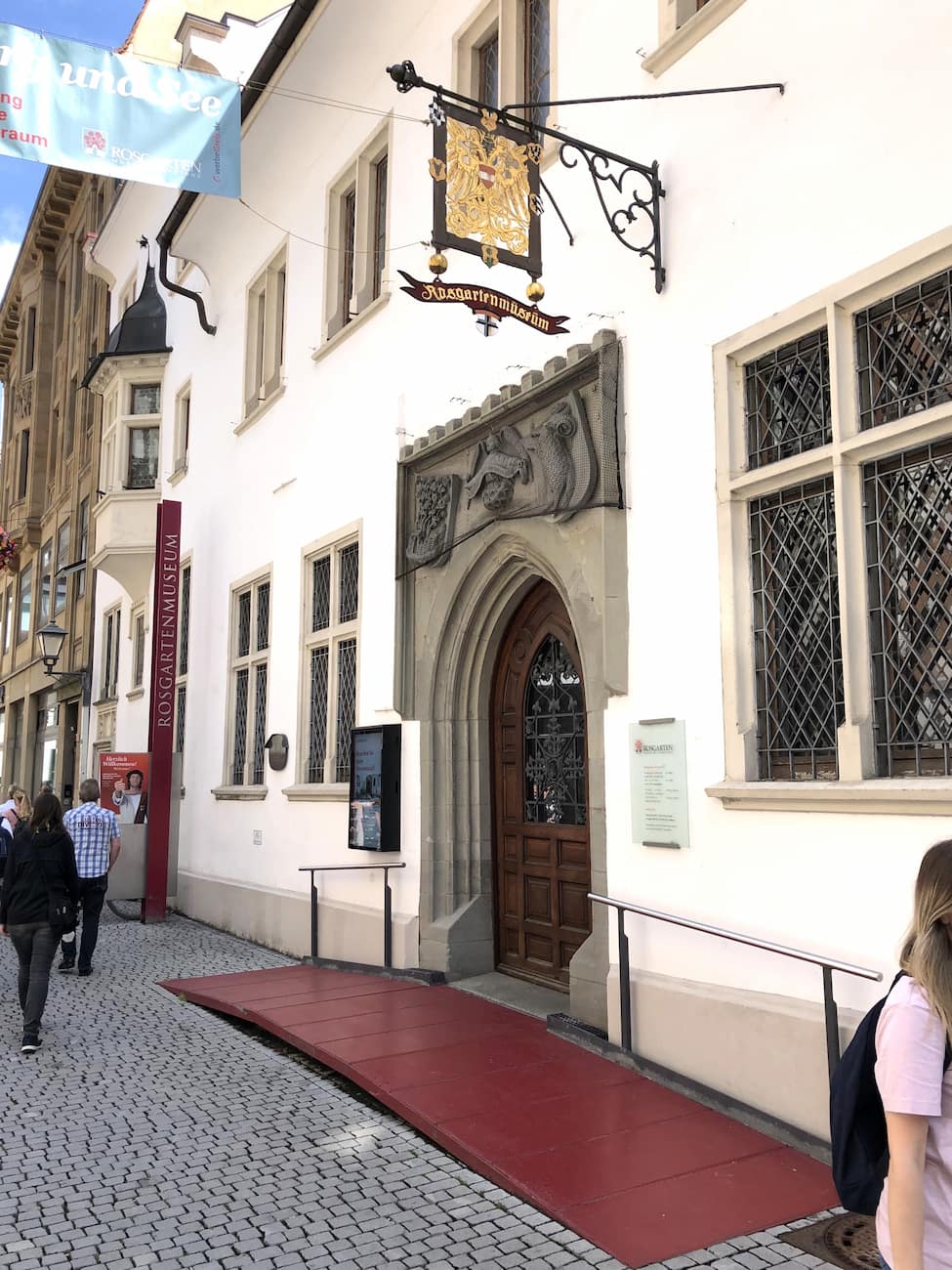
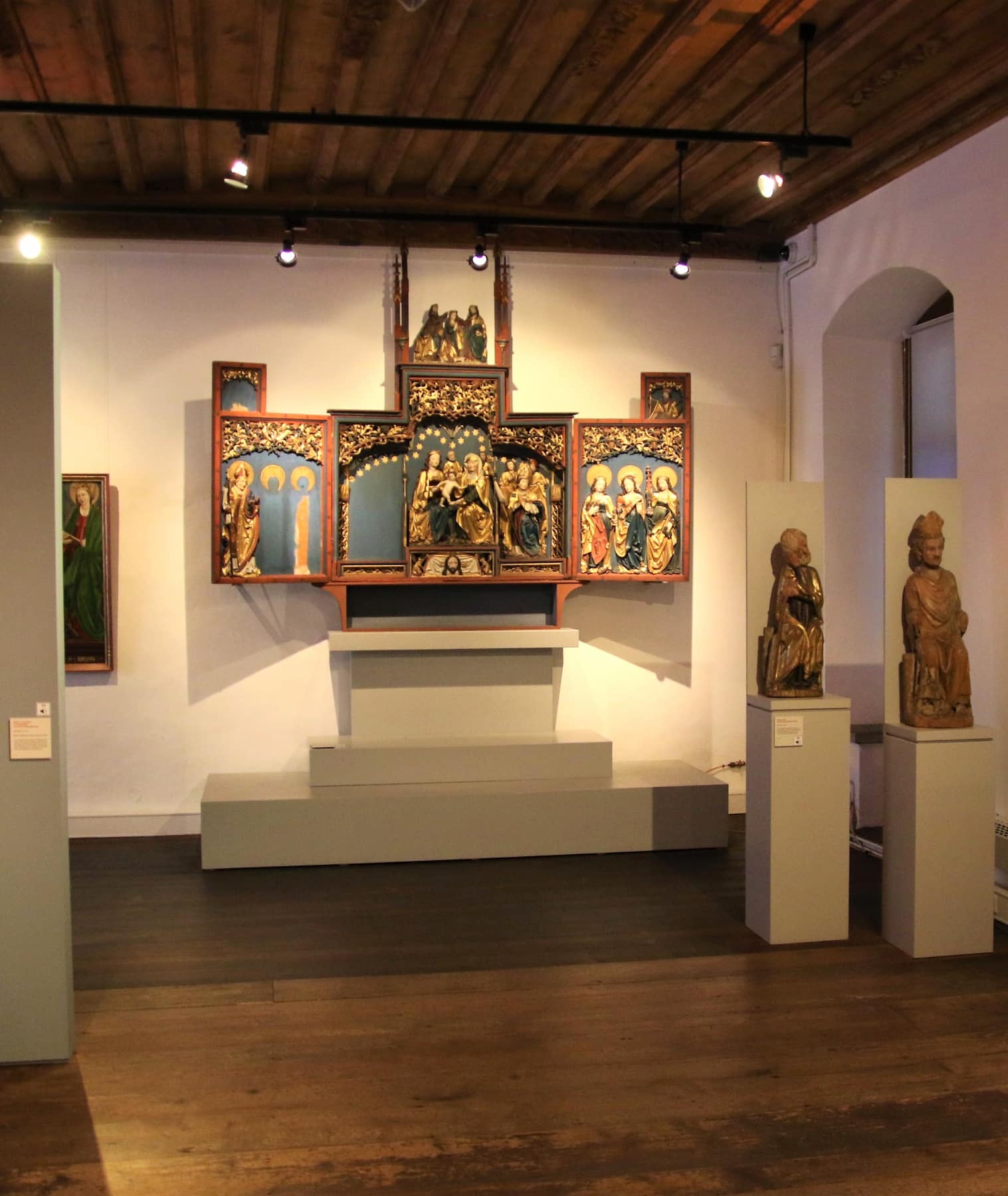
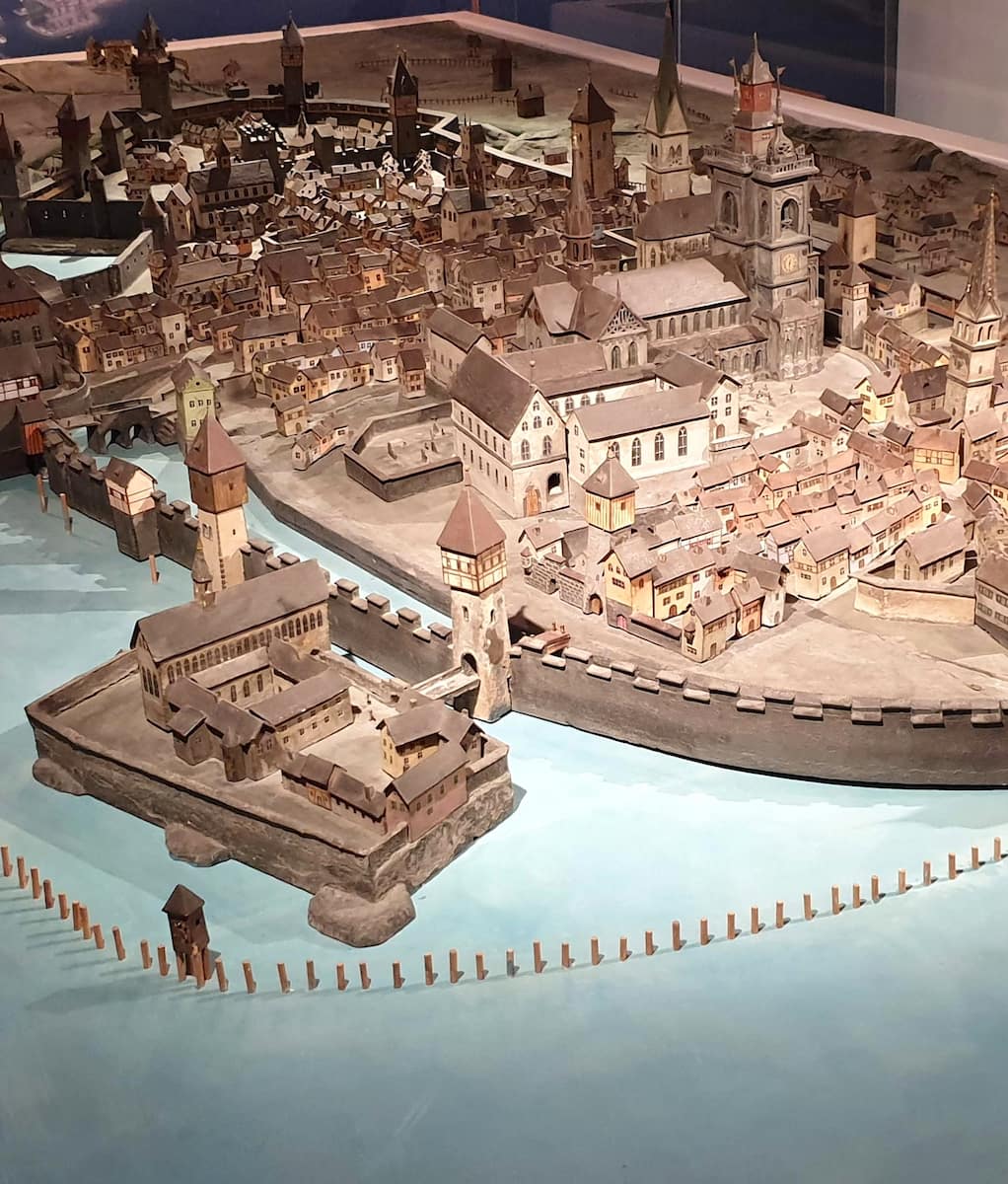
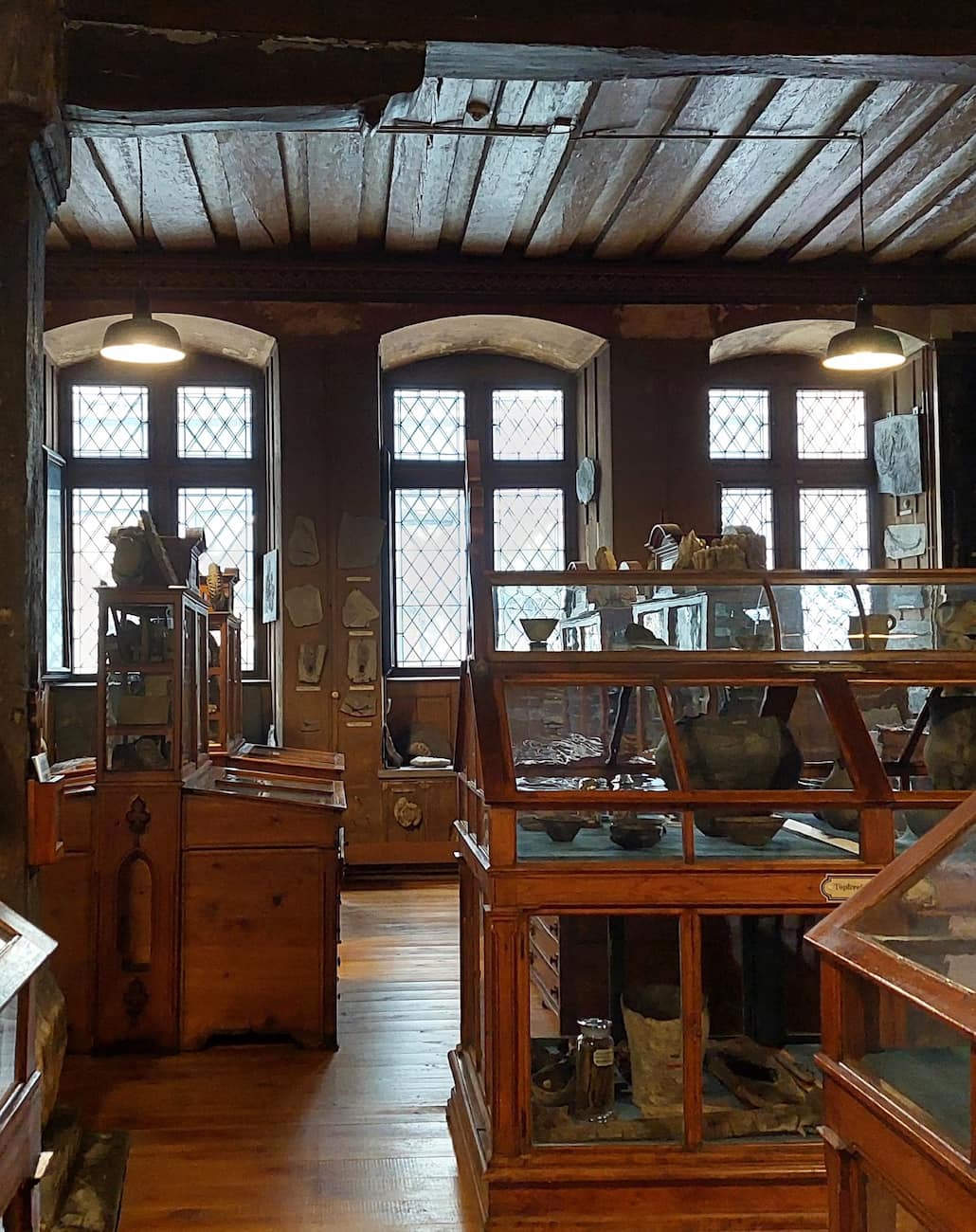
Artistic highlights. The museum’s collection of late Gothic religious paintings impressed me with their vibrant colors and gold leaf details. The carved altarpieces from the 15th century showcase remarkable craftsmanship that has survived for centuries.
Interactive elements. Despite being a traditional museum, I appreciated the hands-on stations where visitors can try on replicas of medieval clothing or attempt ancient crafting techniques. These interactive elements brought history to life, especially for younger visitors.
Practical information:
- Entry fee: €5 (reduced €3 for students/seniors)
- Audio guides available in multiple languages
- Closed Mondays
- Allow 1-2 hours for a thorough visit
7. Stadtgarten Park
Green oasis. The Stadtgarten provided a welcome respite from sightseeing, with its manicured lawns, colorful flower beds, and magnificent old trees. Located right on the lakeshore, it offers spectacular views across to the Swiss Alps on clear days.
Botanical diversity. I wandered through sections featuring Mediterranean plants, alpine species, and exotic flowers. The park’s microclimate, influenced by the lake, allows plants to thrive that wouldn’t normally grow this far north.
Lakeside relaxation. Following the locals’ example, I spread my towel on the grass for a picnic lunch. The park has several designated barbecue areas, and families were enjoying cookouts while children played nearby.
Cultural elements. The park houses several sculptures and art installations that change seasonally. I was fortunate to visit during an outdoor photography exhibition featuring stunning images of Lake Constance through the seasons.
Seasonal beauty. Each visit to the Stadtgarten offers something different:
- Spring: Thousands of tulips and daffodils
- Summer: Rose gardens in full bloom
- Autumn: Spectacular foliage colors
- Winter: Peaceful snow-covered landscapes and views of the Alps
⭐ Best Activities
- Konstanz Private City Tour with Wine Tasting – Enjoy an exclusive private tour of Konstanz followed by a curated wine tasting experience, perfect for those seeking a more personalized exploration of the city and its local wine culture.
8. Medieval City Gates and Walls
Ancient defenses. Konstanz’s medieval fortifications tell the story of a once-powerful trading city. The impressive Schnetztor gate, built in 1238, stands as the most complete remaining city gate and served as part of the city’s defensive wall system.
Historical significance. These fortifications protected Konstanz during its golden age when the city hosted the Council of Constance (1414-1418). Unlike many German cities, Konstanz’s medieval structures survived WWII largely intact because the city kept its lights on at night, tricking Allied bombers into thinking it was part of neutral Switzerland.
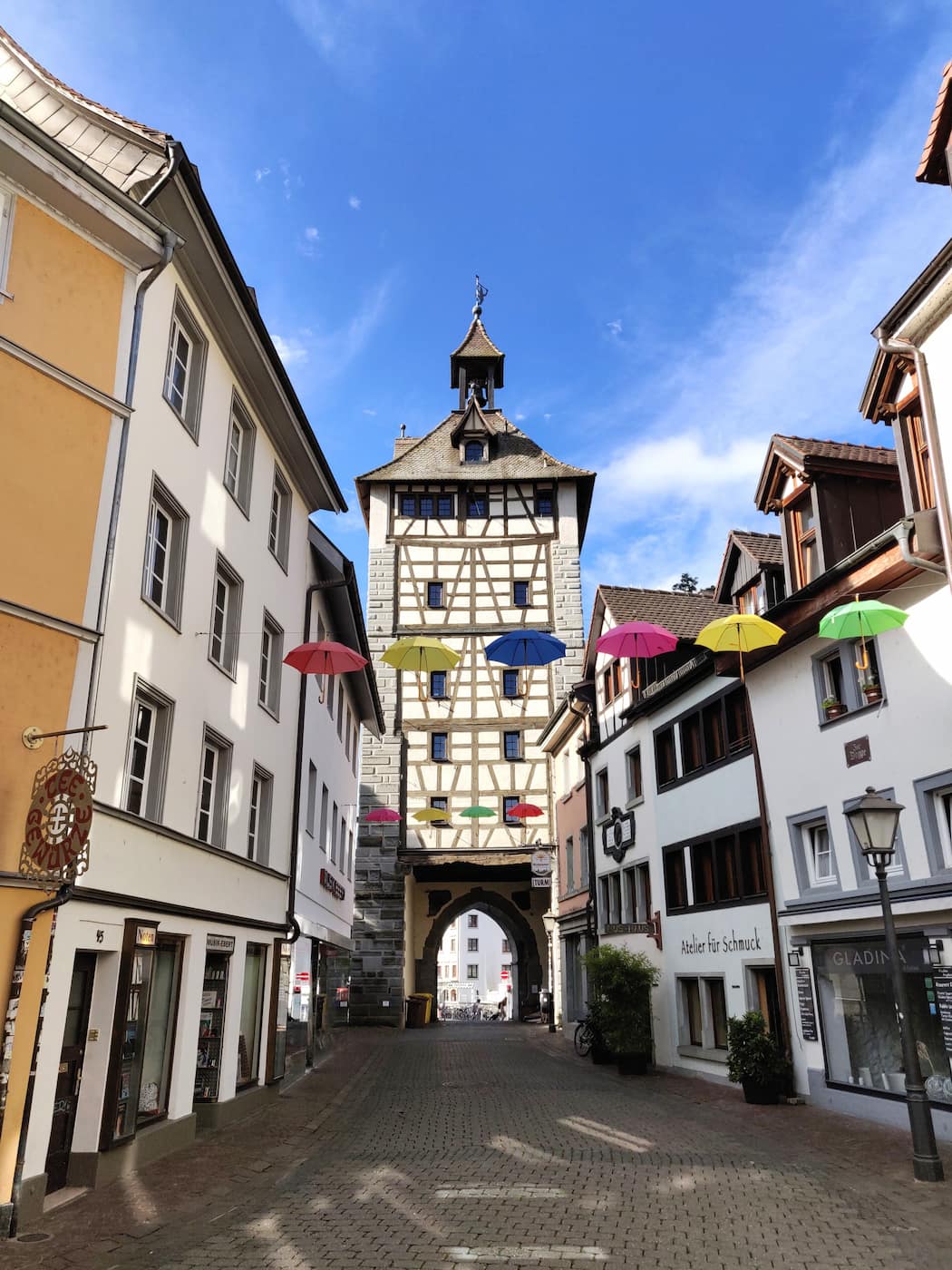
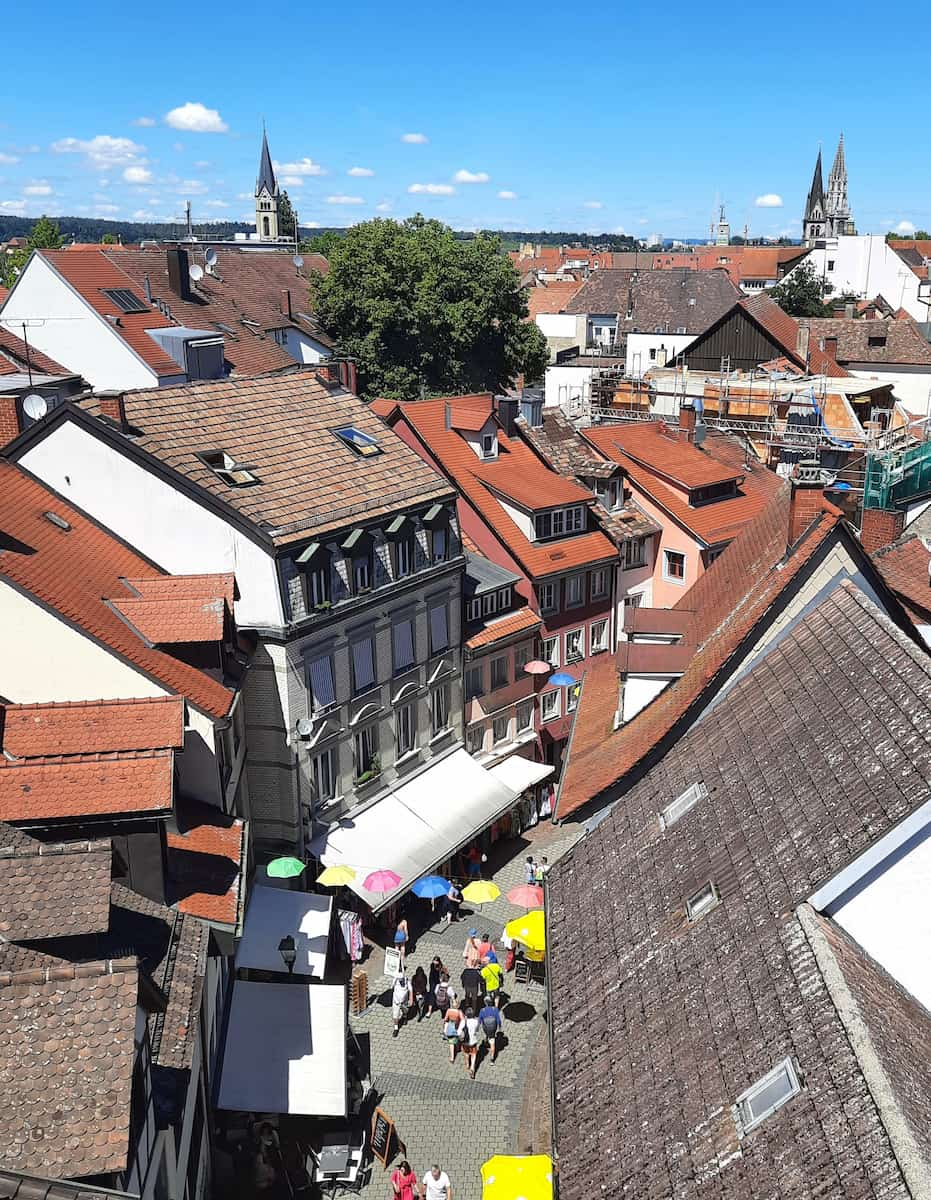
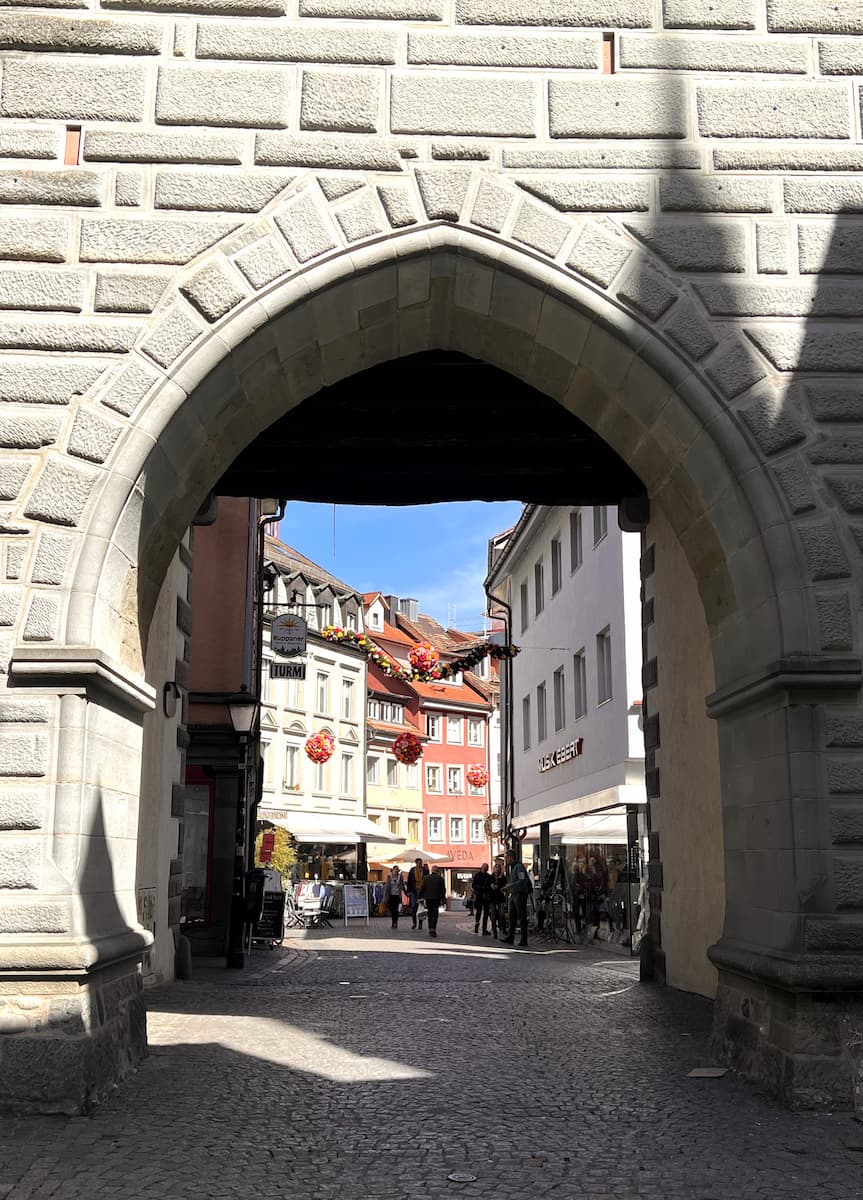
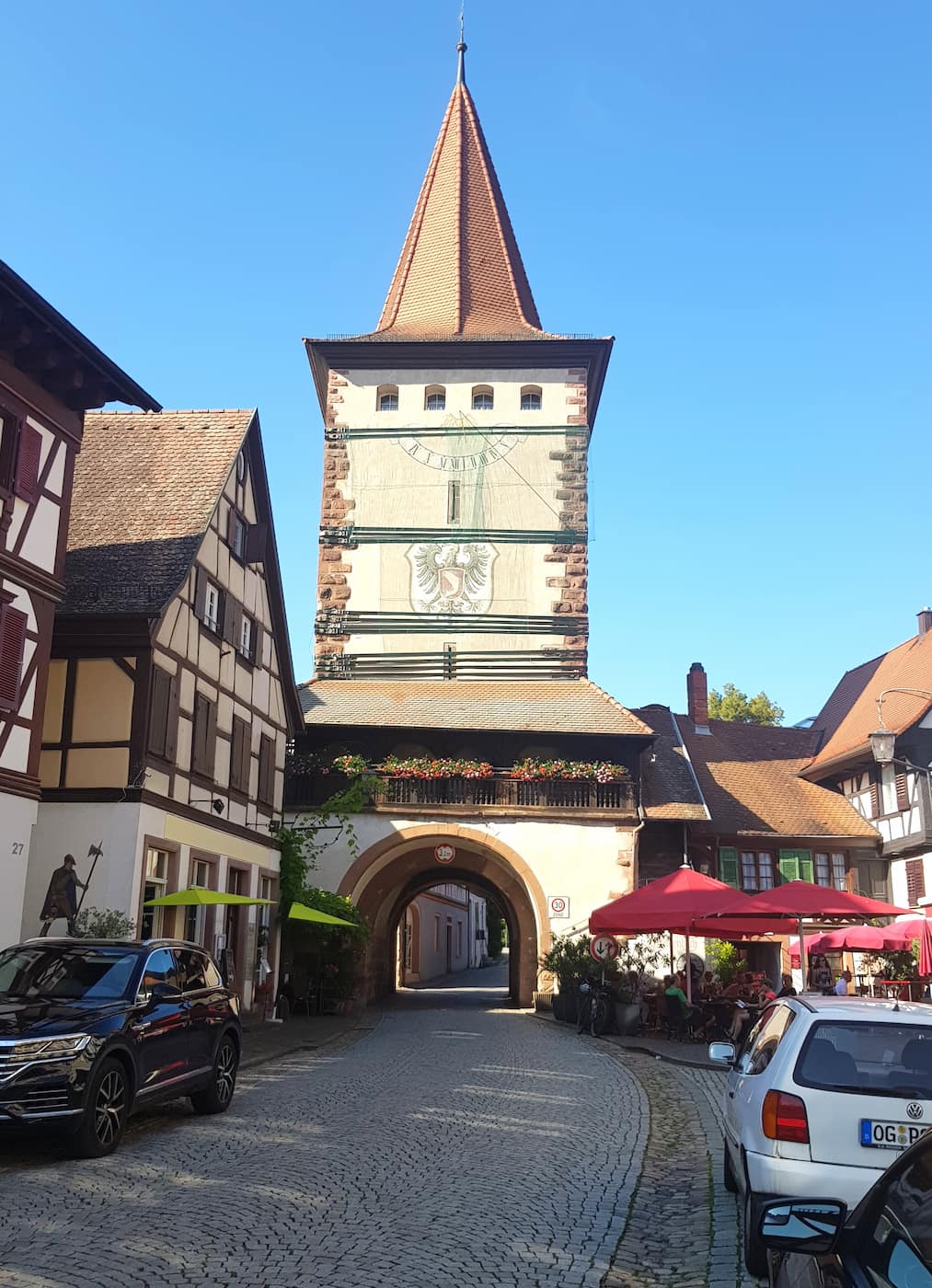
Walking route. I followed a self-guided tour of the remaining gates and wall sections, which included:
- Schnetztor (the southern gate)
- Pulverturm (powder tower)
- Rheintorturm (Rhine gate tower)
- Remaining wall sections near Stadtgarten
Architectural details. I was fascinated by the defensive features still visible today – arrow slits, murder holes (for dropping things on attackers), and the massive wooden doors reinforced with iron. These elements speak to a time when city security was paramount.
Photography opportunities. The morning light bathes the Schnetztor in a warm glow, creating perfect photography conditions. I found the contrast between the ancient stone gates and the modern city life passing through them particularly compelling.
⭐ Best Activities
- Self-Guided Walk Through Konstanz's Old Town – Explore Konstanz at your own pace with this self-guided walking tour that leads you through the charming old town, allowing you to discover hidden gems and major attractions independently.
9. Mainau Island (Flower Island)
Floral paradise. Known as the “Flower Island,” this palce bursts with color as I explored its 45 hectares of gardens. The Italian rose garden was a fragrant delight with over 500 varieties, while the arboretum showcased rare tree species from around the world.
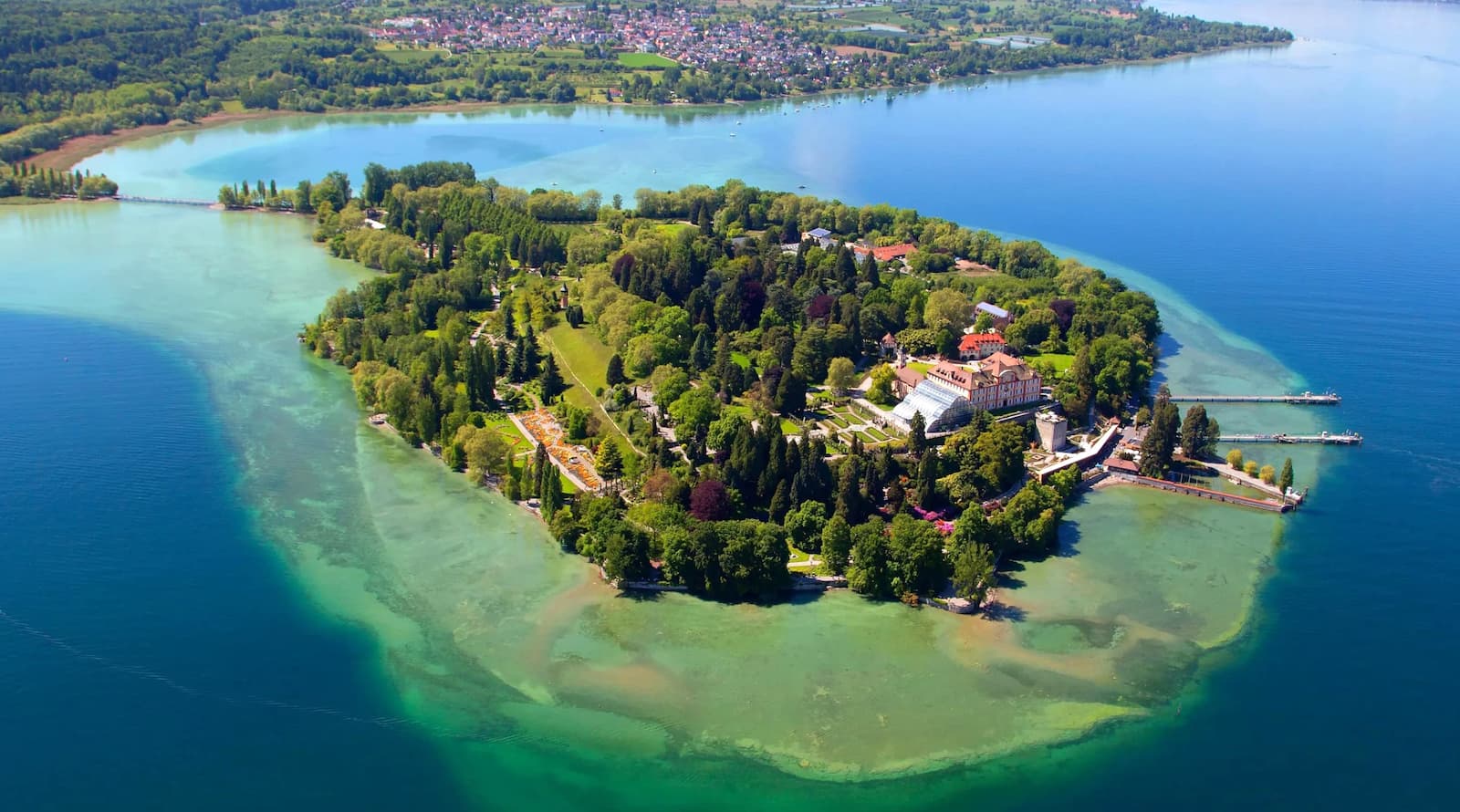
Seasonal spectacles. I learned that Mainau’s beauty transforms throughout the year:
- Spring: Over a million tulips and daffodils
- Summer: 9,000 rose bushes and tropical plants
- Autumn: Dahlias in every imaginable color
- Winter: Indoor palm house and greenhouse displays
Butterfly house. Stepping into the tropical butterfly house, I was surrounded by hundreds of fluttering wings in a rainbow of colors. The warm, humid environment houses over 120 exotic butterfly species that float freely around visitors – one even landed on my shoulder!
Historical buildings. Beyond the gardens, I explored the baroque castle dating from 1746 and the unique 13th-century castle chapel. The former residence of the Swedish royal family offers insights into aristocratic life along Lake Constance.
Practical information:
- Entry fee: €22 (adults), €12 (children 6-15)
- Open year-round, but best visited April-October
- Allow a full day to explore everything
- Accessible by boat from Konstanz harbor or by bus
⭐ Best Activities
- Tour: Day Trip to Mainau Island – Experience the breathtaking beauty of the island, known as the “Flower Island,” on this day trip that showcases stunning gardens, a butterfly house, and magnificent botanical displays throughout the seasons.
- Ticket online: Entrance Ticket for Mainau Island – Secure your admission to the spectacular island, where you can wander through themed gardens, visit the butterfly house, and enjoy the seasonal floral displays at your own leisure.
10. Reichenau Island
UNESCO heritage. Reichenau Island surprised me with its significant historical importance. This UNESCO World Heritage Site was once one of Europe’s most influential monastic centers, and three remarkably preserved Romanesque churches testify to its past glory.
Agricultural tradition. Beyond its religious significance, Reichenau is famous for its vegetable farms. The island’s fertile soil and mild climate produce exceptional vegetables, especially the famous “Reichenauer” tomatoes and lettuce that supply restaurants throughout the region.
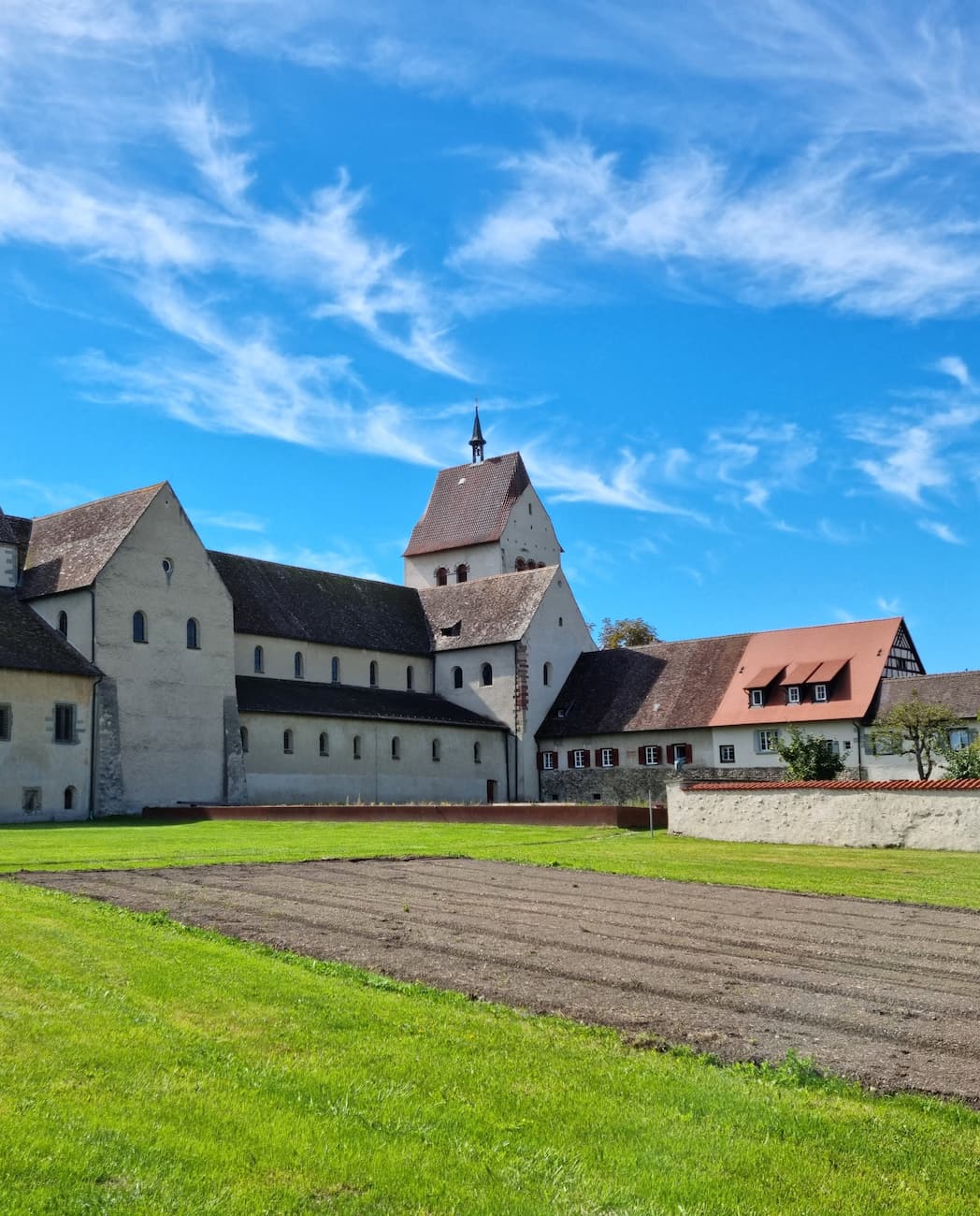
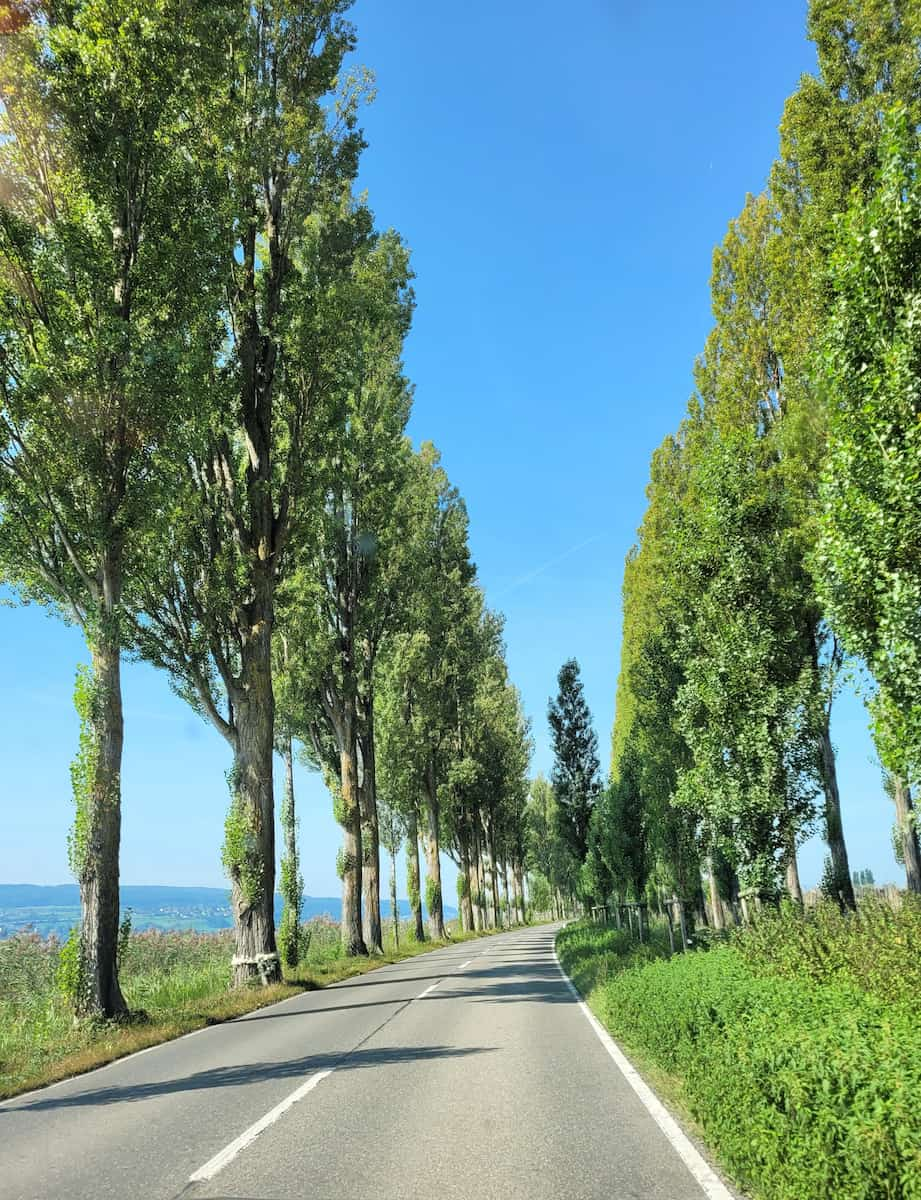
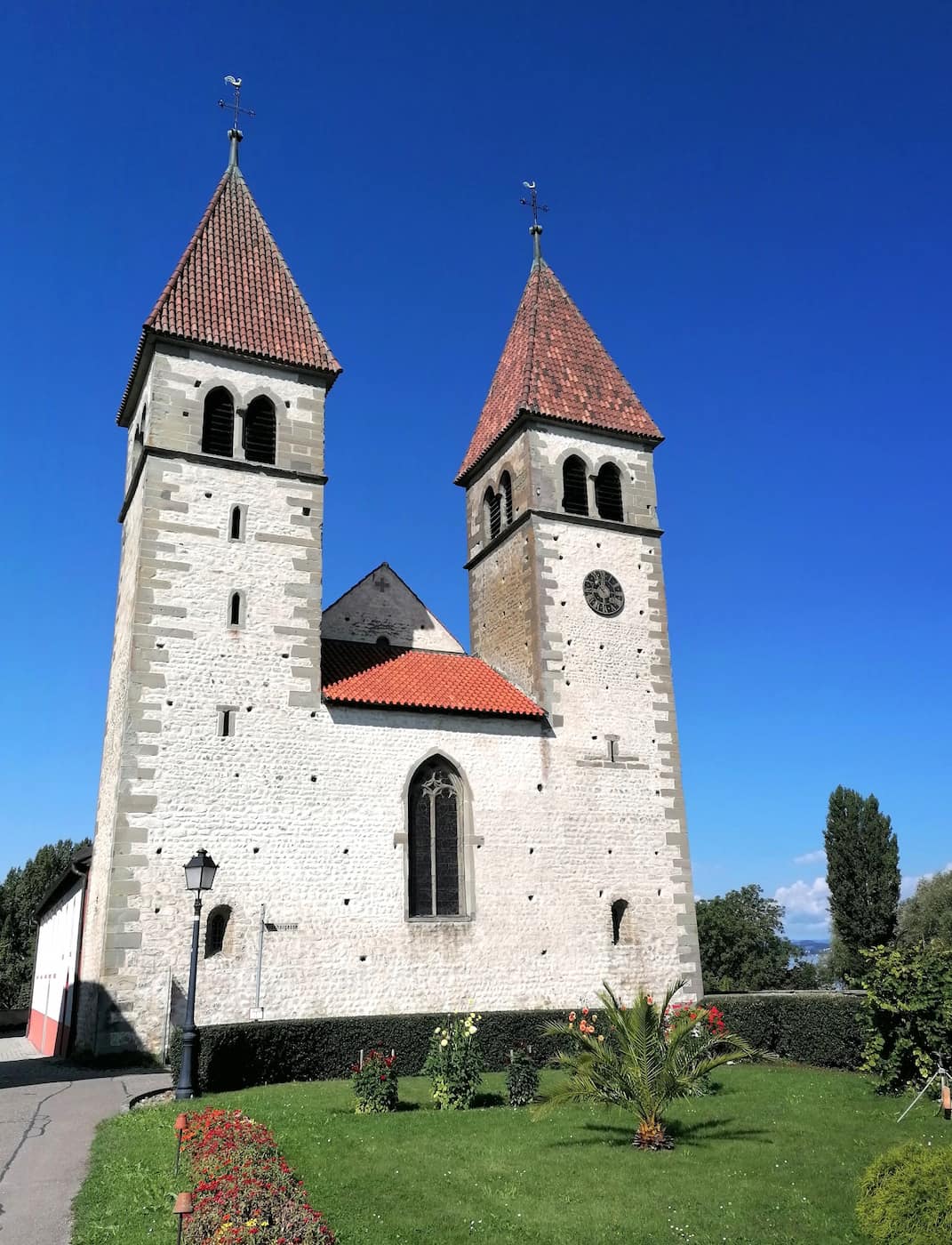
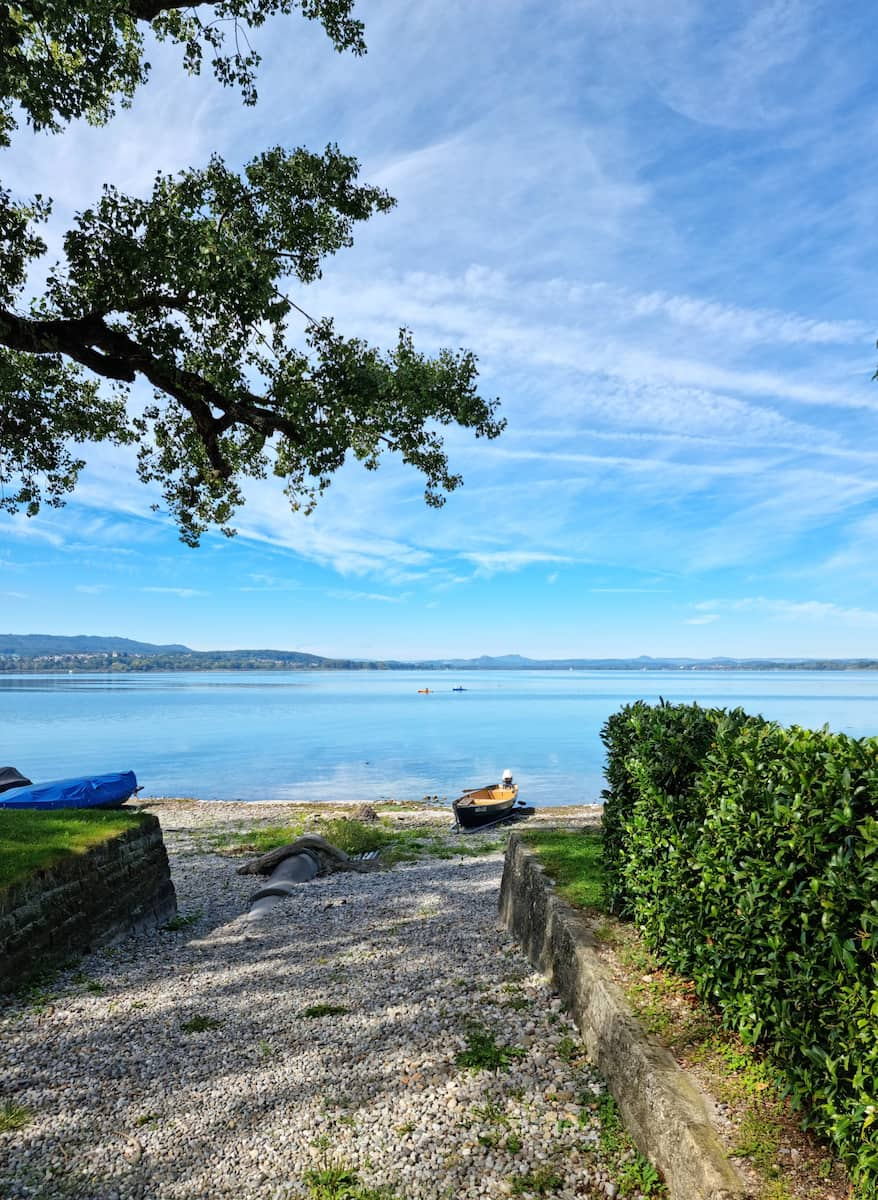
Monastic history. I visited all three historic churches:
- St. Mary and Mark (founded 724 AD)
- St. Peter and Paul (with 9th-century wall paintings)
- St. George (featuring rare Ottonian frescoes)
Island exploration. I rented a bicycle to circle the island, which takes about an hour at a leisurely pace. The flat terrain makes cycling easy, and the path offers continuous views of Lake Constance and the surrounding mountains.
Culinary experiences. At a family-run restaurant, I enjoyed a farm-to-table meal featuring vegetables harvested that morning. The fish from the lake paired perfectly with local wine from the island’s small vineyards – a truly local gastronomic experience.
11. Ferry Rides and Boat Trips
Scenic cruises. I found boat trips to be the perfect way to appreciate Lake Constance’s beauty and visit charming lakeside towns. The Bodensee-Schifffahrt company offers a variety of options from short harbor cruises to full-day excursions around the lake.
Cross-border adventures. One of my favorite experiences was taking a boat to Meersburg, Germany, for lunch, then hopping over to Lindau for afternoon coffee – all in one day! The efficient ferry network makes border-hopping between Germany, Switzerland, and Austria remarkably easy.
Themed cruises. Beyond regular trips, I discovered special themed cruises including:
- Sunset and wine tours
- Jazz brunches
- Murder mystery dinners
- Pirate adventures for kids
Practical tips:
- Purchase a day pass (€23.50) for unlimited travel if visiting multiple destinations
- Check seasonal schedules carefully as they vary throughout the year
- Book dinner cruises in advance, especially during summer months
- Bring layers as it can be cooler on the water, even on warm days
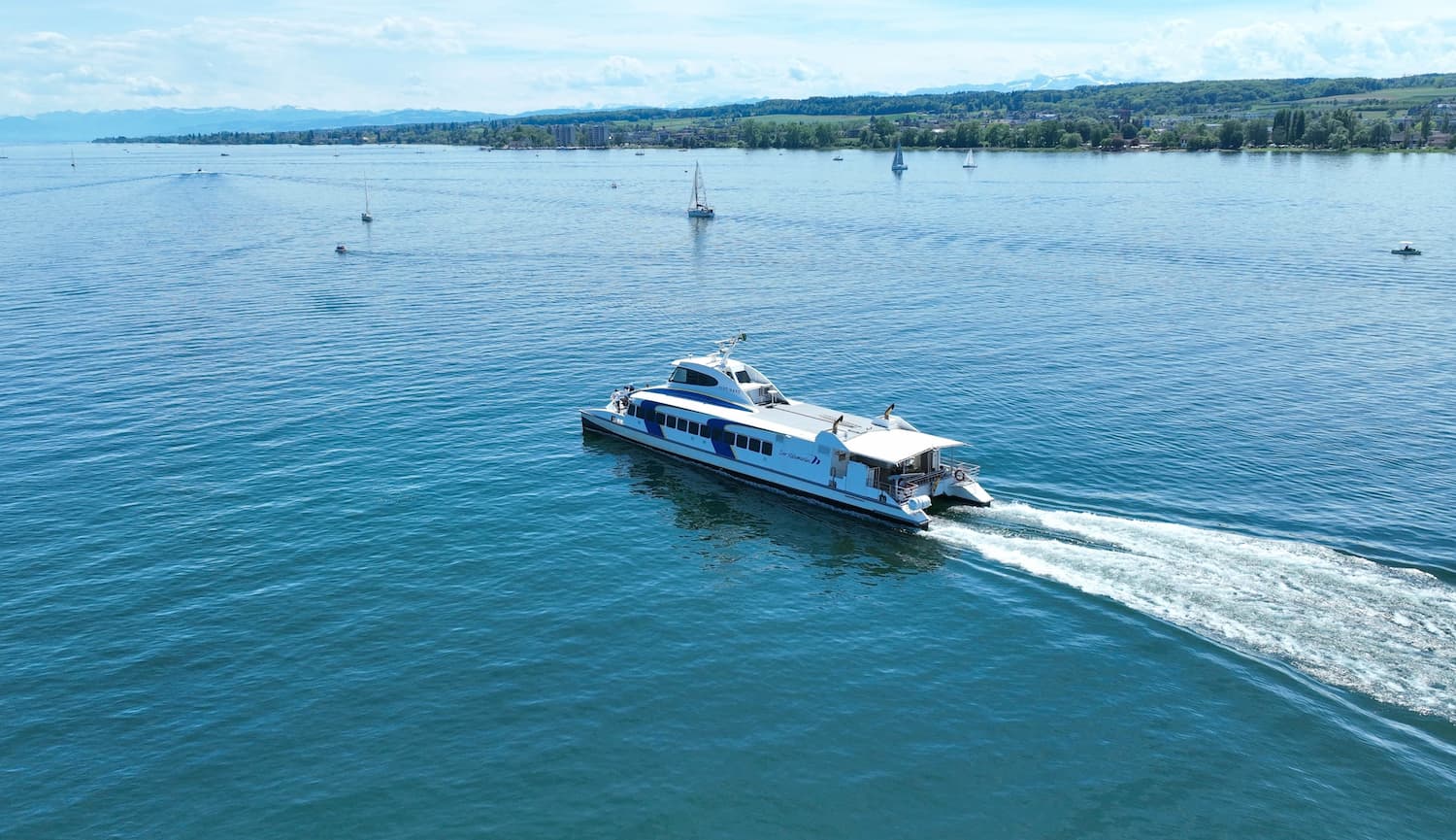
Photography opportunities. The boats provide unique vantage points for capturing the shoreline, mountains, and lakeside towns. I got some of my best photos of Konstanz’s skyline from the water, with the cathedral spire dominating the scene.
12. Wine Tasting at Vineyards
Viticultural tradition. The slopes around Lake Constance have produced wine since Roman times. I discovered that the lake creates a unique microclimate perfect for growing Pinot Noir, Müller-Thurgau, and other cool-climate varieties.
Vineyard tours. I joined a guided tour at a family-run winery in Meersburg, where the vintner explained how the proximity to the lake moderates temperatures and creates ideal growing conditions. Walking between the vines with views of the water below was magical.
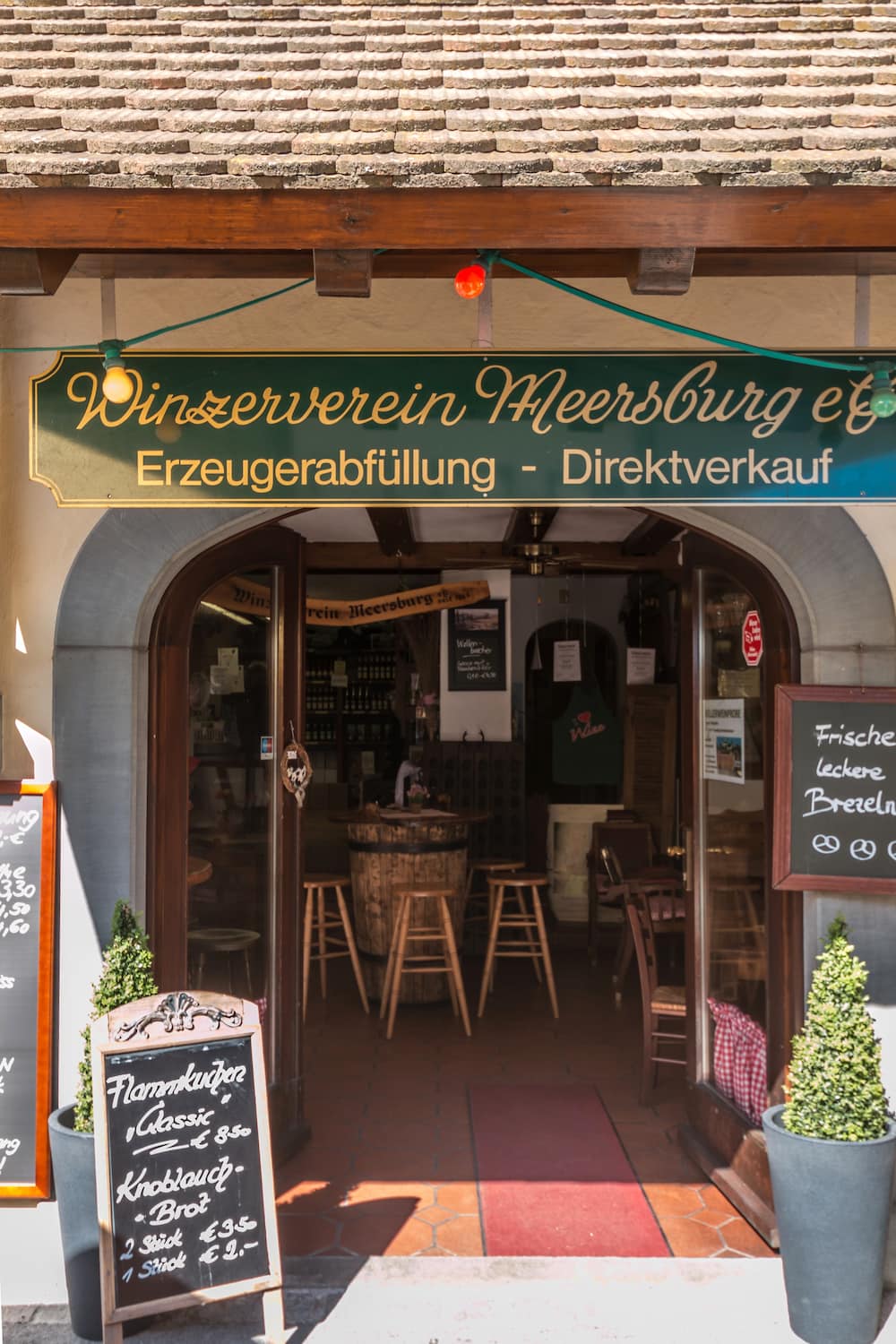
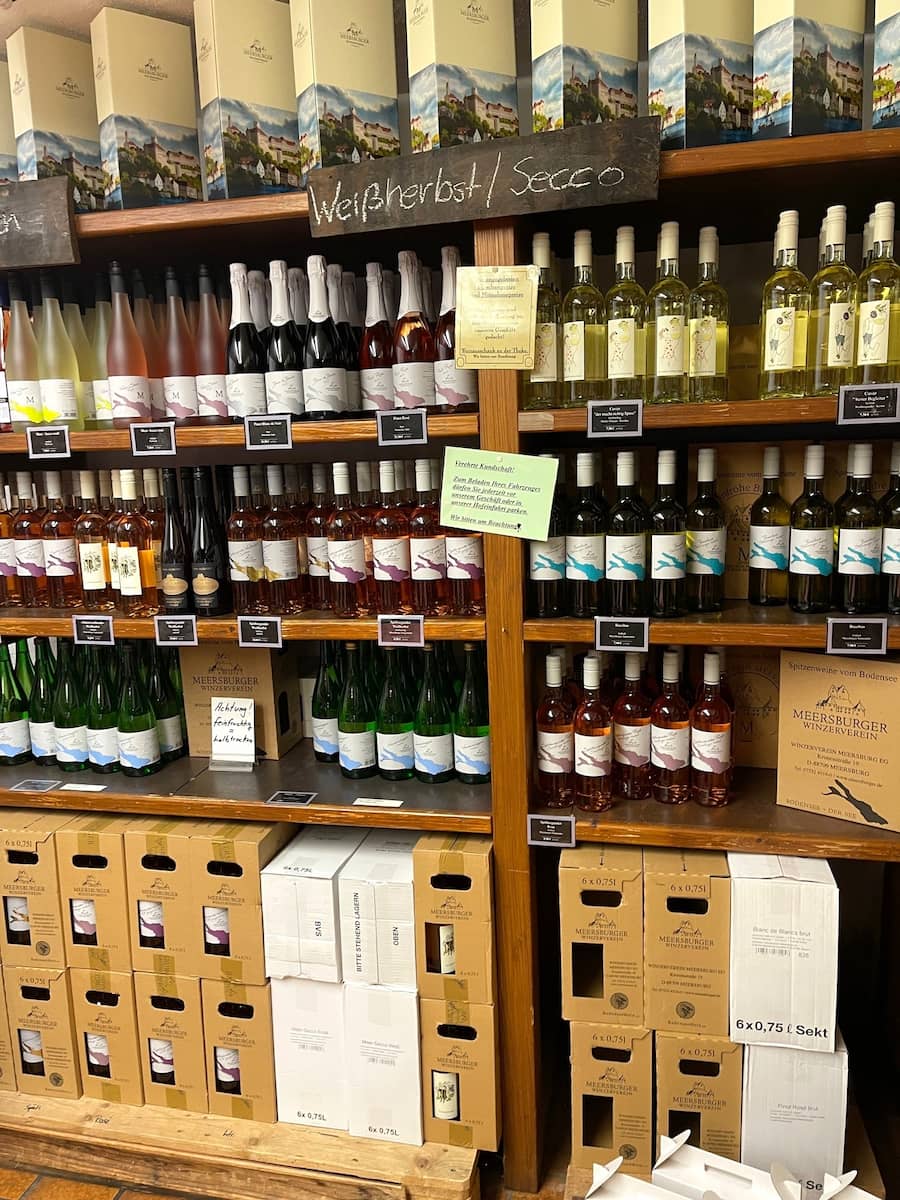
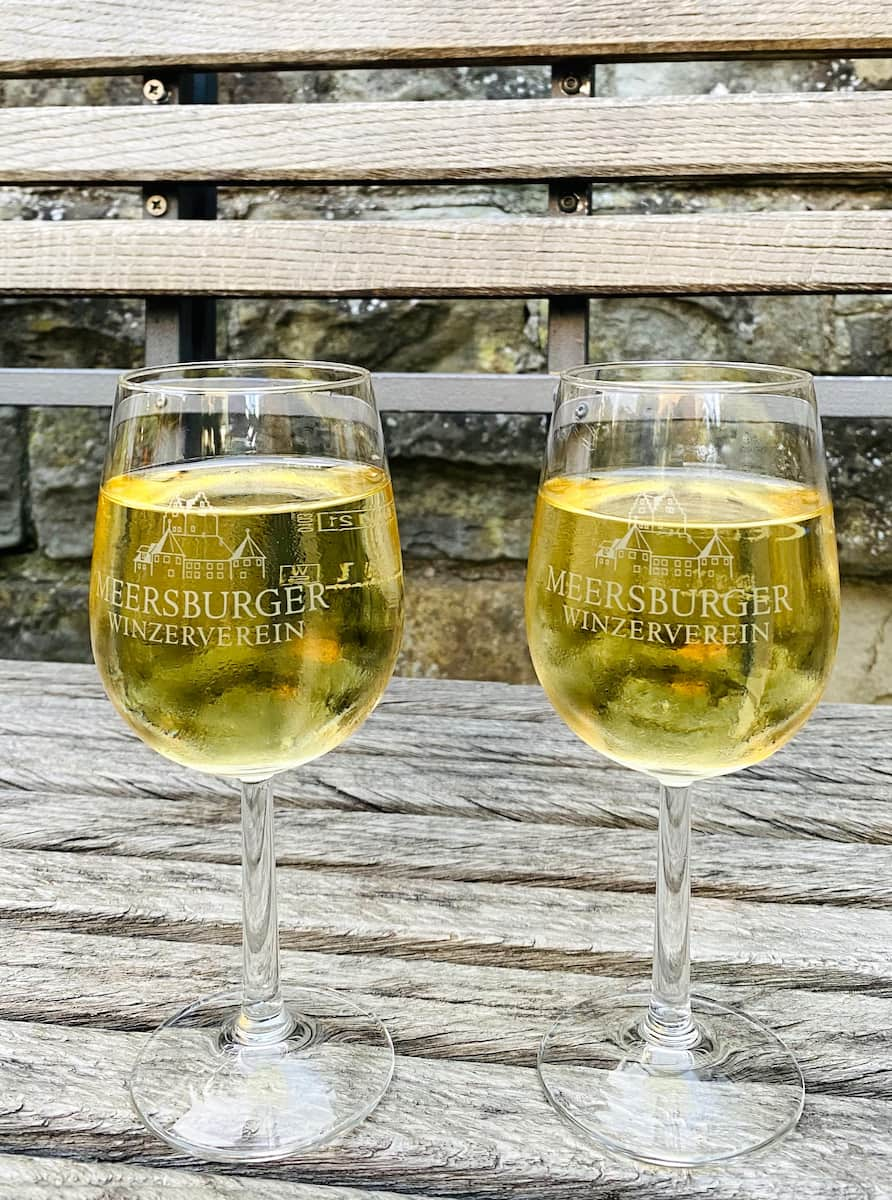
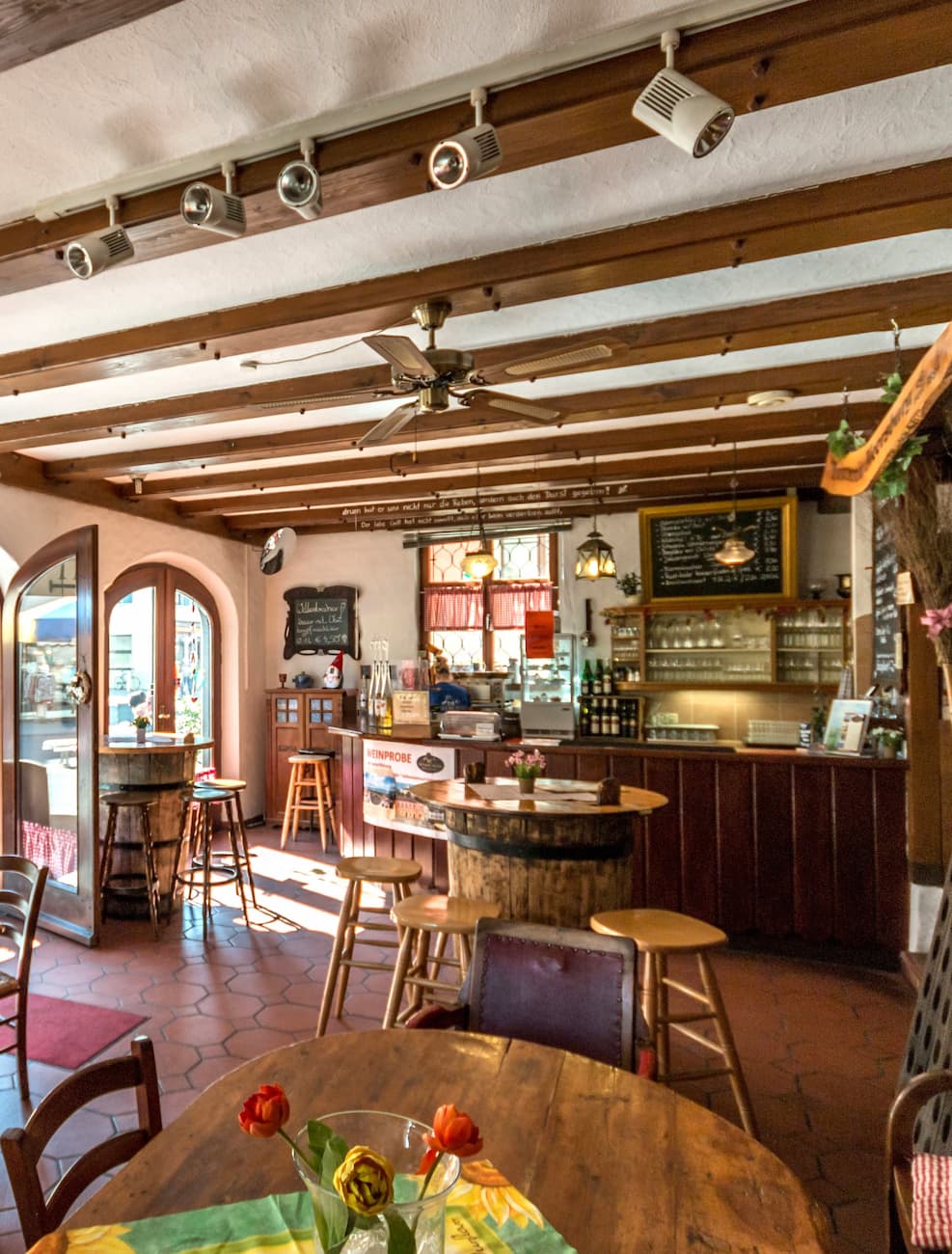
Tasting experiences. Most wineries offer structured tastings ranging from €12-20 for 5-8 wines. I particularly enjoyed comparing different vintages of the same grape variety to understand how weather conditions affect the final product.
Regional specialties. The local wines pair perfectly with regional dishes:
- Crisp whites with lake fish
- Light reds with local game
- Rosé with seasonal vegetables
- Sparkling Sekt with desserts
Harvest festivals. If you visit in autumn (late September to October), don’t miss the wine harvest festivals in villages around the lake. I participated in a grape-picking experience followed by a traditional harvest meal – a wonderful way to connect with local traditions.
13. Cycling Lakeside Routes
Scenic pathways. Cycling around Lake Constance ranks among my favorite European biking experiences. The well-maintained Bodensee-Radweg (Lake Constance Cycle Path) circles the entire lake for approximately 270 kilometers, passing through three countries.
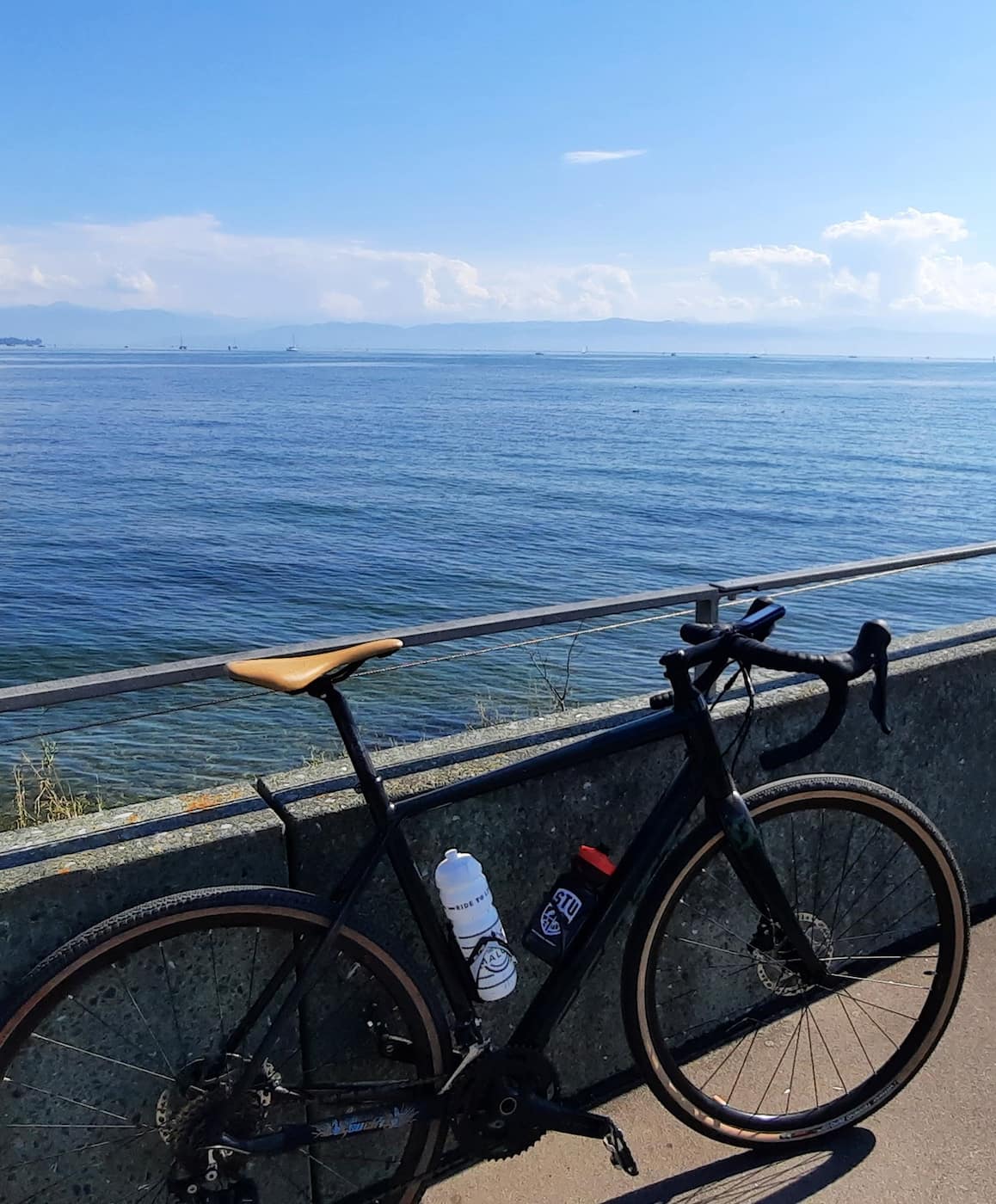
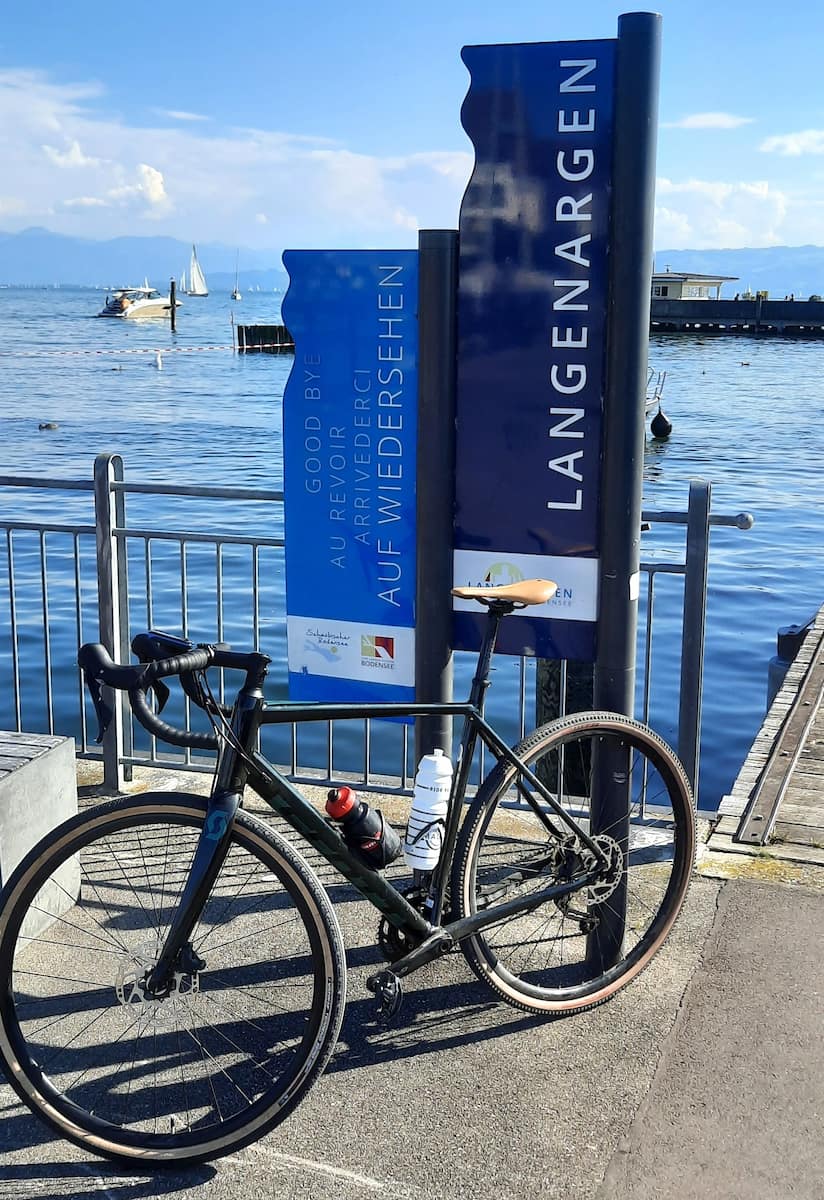
Rental options. I rented a comfortable touring bike in Konstanz for €15 per day, complete with panniers, repair kit, and map. Electric bikes are also widely available (€30 per day) and worth considering if you plan longer routes or aren’t a regular cyclist.
Popular routes:
- Konstanz to Meersburg (ferry crossing required): 20 km
- Konstanz to Swiss border towns: 15-25 km
- Full lake circuit: 3-7 days depending on pace
Natural highlights. Cycling allowed me to discover hidden beaches, nature reserves, and viewpoints that aren’t accessible by car. The route between Konstanz and Überlingen took me through apple orchards, vineyards, and charming villages.
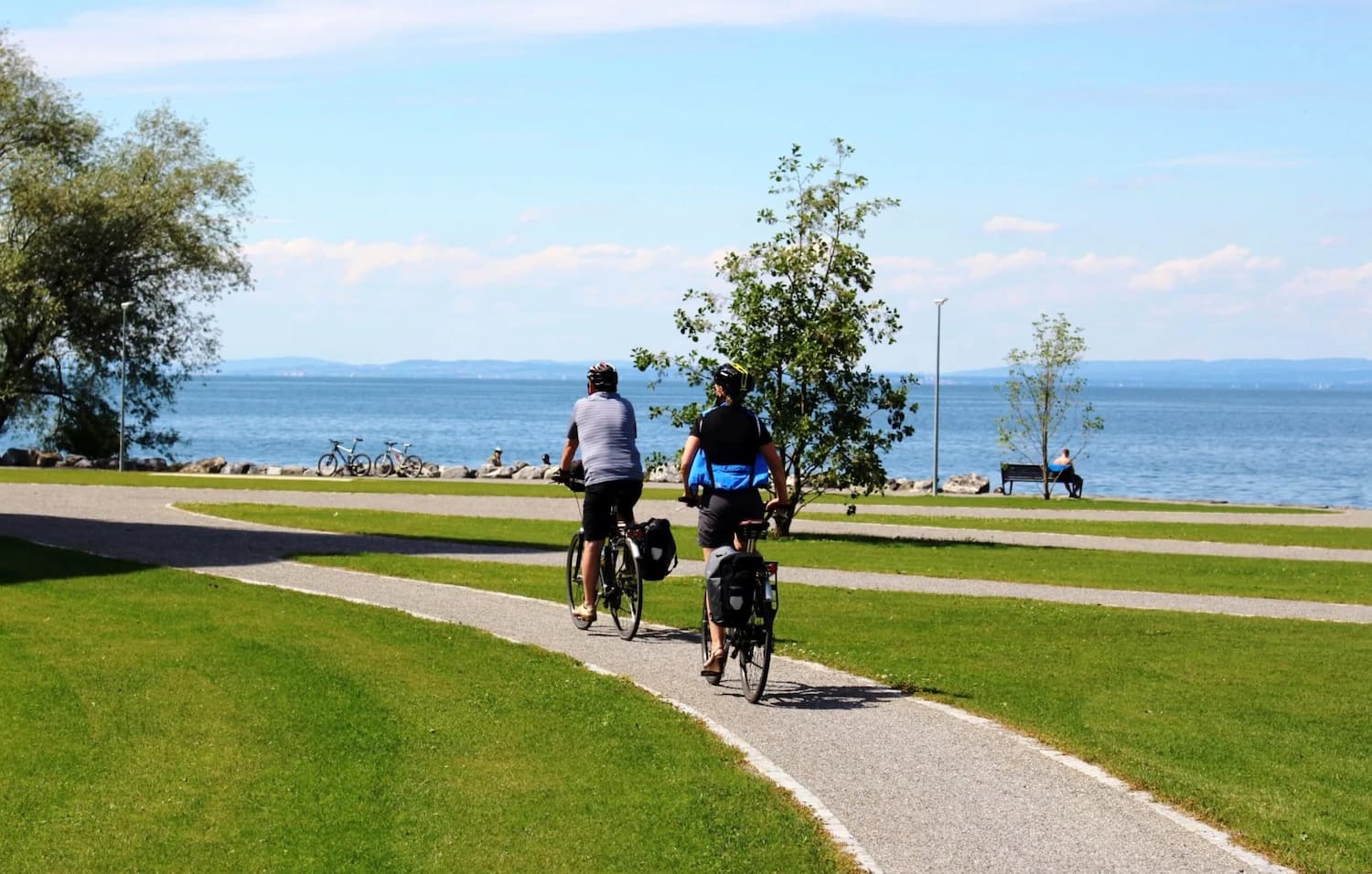
Practical advice. The cycling infrastructure impressed me with clear signage, regular repair stations, and bike-friendly accommodations. Many restaurants offer special “cyclist’s menus” – hearty meals designed to refuel after a day in the saddle.
14. Paddle Steamer Cruise on Untersee
Nostalgic journey. Boarding the historic paddle steamer “Hohentwiel” transported me back to the Belle Époque era. This meticulously restored vessel from 1913 is the oldest operating paddle steamer on Lake Constance, complete with gleaming brass fittings and polished wood paneling.
Unique experience. Unlike modern cruise boats, the Hohentwiel offers a glimpse into luxury travel from a bygone age. I was fascinated watching the massive paddle wheels churning through the water and the steam engine in operation – visible through glass panels.
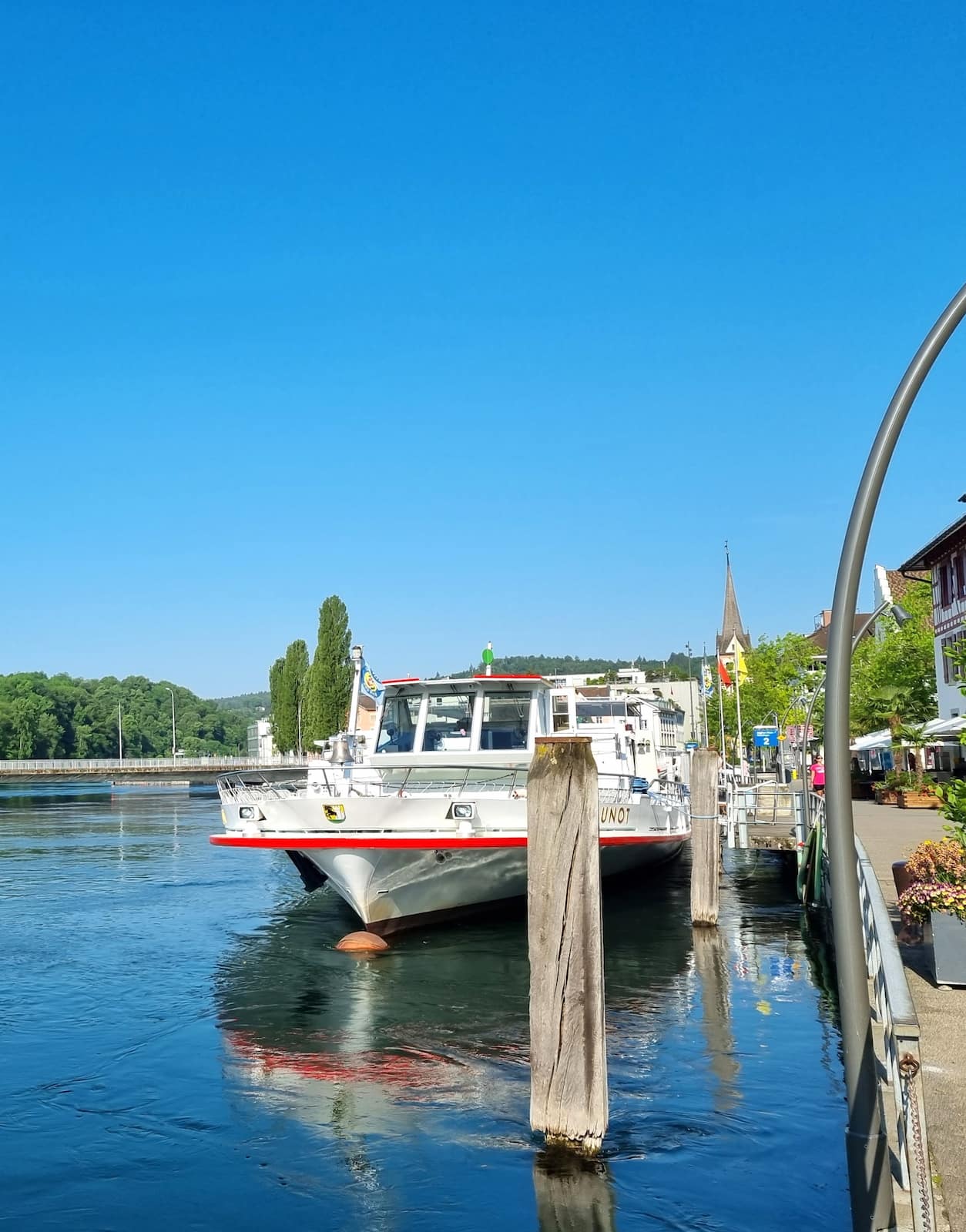
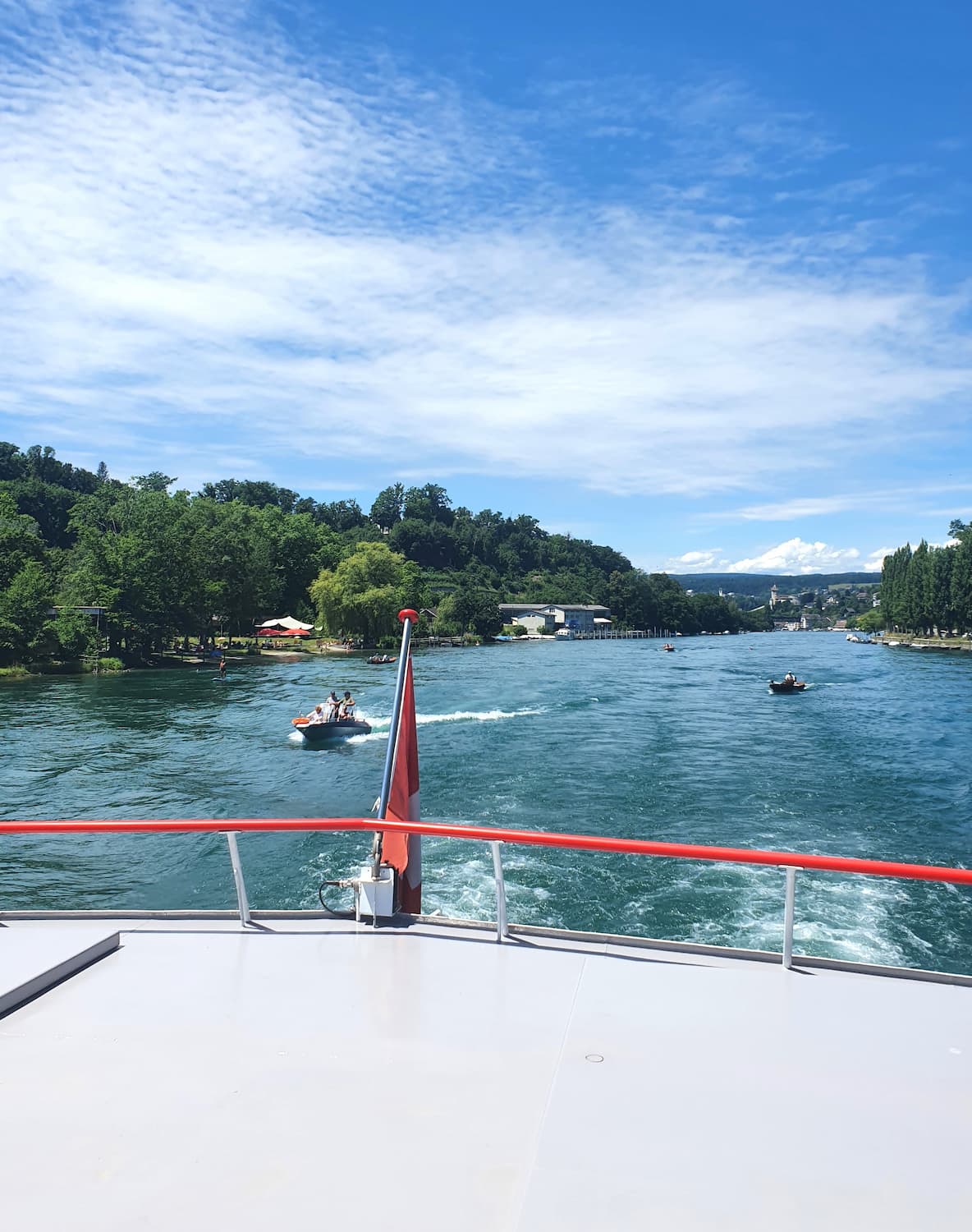
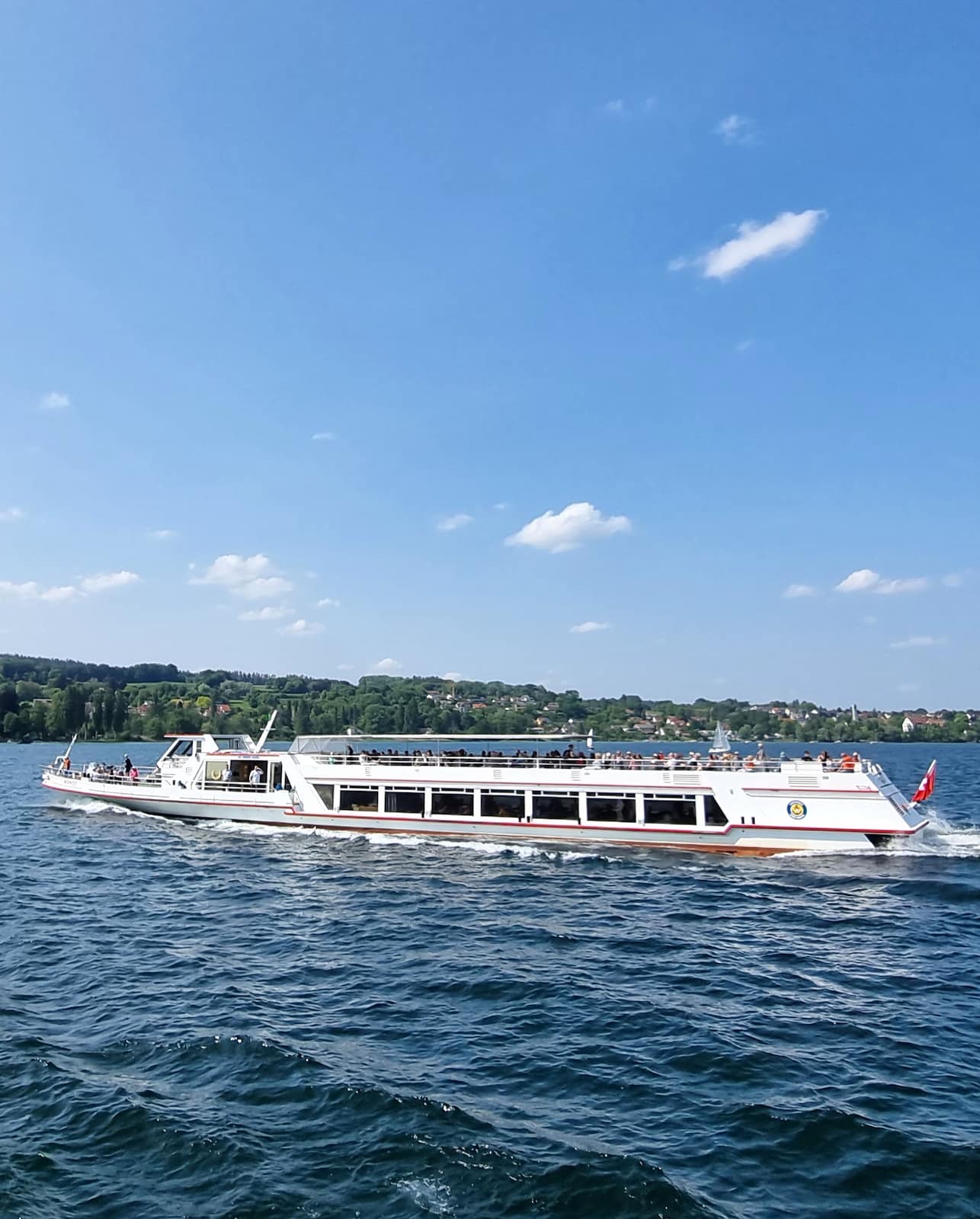
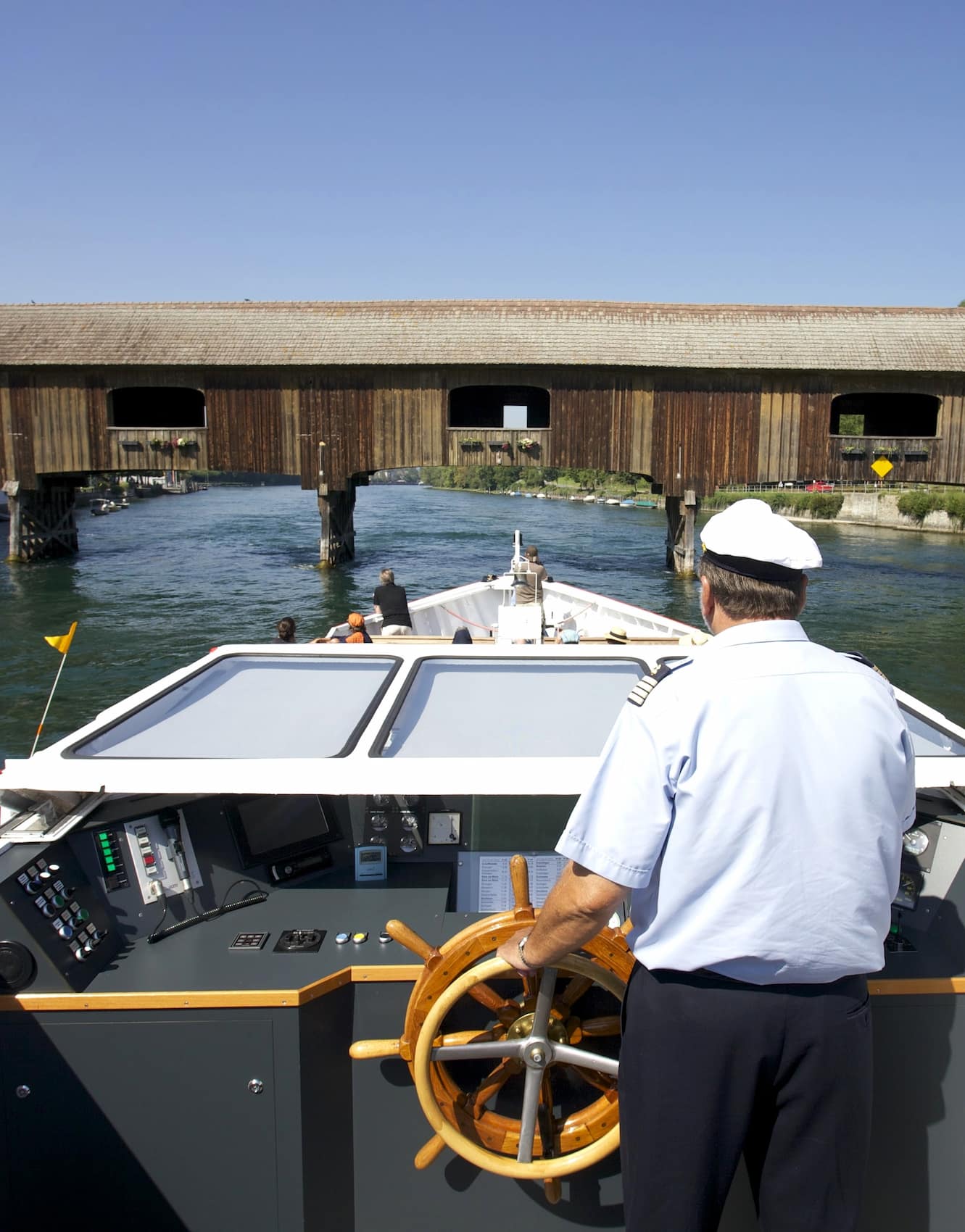
Cruise options. The steamer offers various themed journeys:
- Sunset cruises with champagne
- Jazz brunches with live music
- Gourmet dinner cruises
- Special holiday celebrations
Scenic route. My cruise took me across the Untersee (Lower Lake) section of Lake Constance, passing Reichenau Island and the picturesque town of Stein am Rhein. The captain provided interesting commentary about the history and geography of the region.
Booking advice. This popular attraction often sells out, especially for dinner cruises. I recommend booking at least a week in advance during high season (June-September). Prices range from €39 for a basic cruise to €89 for gourmet dinner experiences.
15. Swimming and Water Sports
Water temperature. The lake water reaches a pleasant 22-24°C in July and August. Even in June, I found it comfortable enough for swimming, especially in the afternoons when the sun had warmed the shallows.
Beach options. Lake Constance offers numerous swimming opportunities with varying atmospheres. I tried several beaches:
- Horn Bad: Sandy beach with facilities
- Hörnle Beach: Expansive grassy areas
- Bodensee Therme: Thermal baths with lake access
- Mainau Beach: Small but scenic
Water sports variety. Beyond swimming, I tried several water activities:
- Stand-up paddleboarding (€15/hour)
- Kayaking (€12/hour)
- Sailing lessons (€60/half-day)
- Windsurfing (€25/hour including basic instruction)
Rental locations. Equipment rental shops cluster around the harbor area and major beaches. Most don’t require reservations except for sailing boats, which should be booked a day in advance.
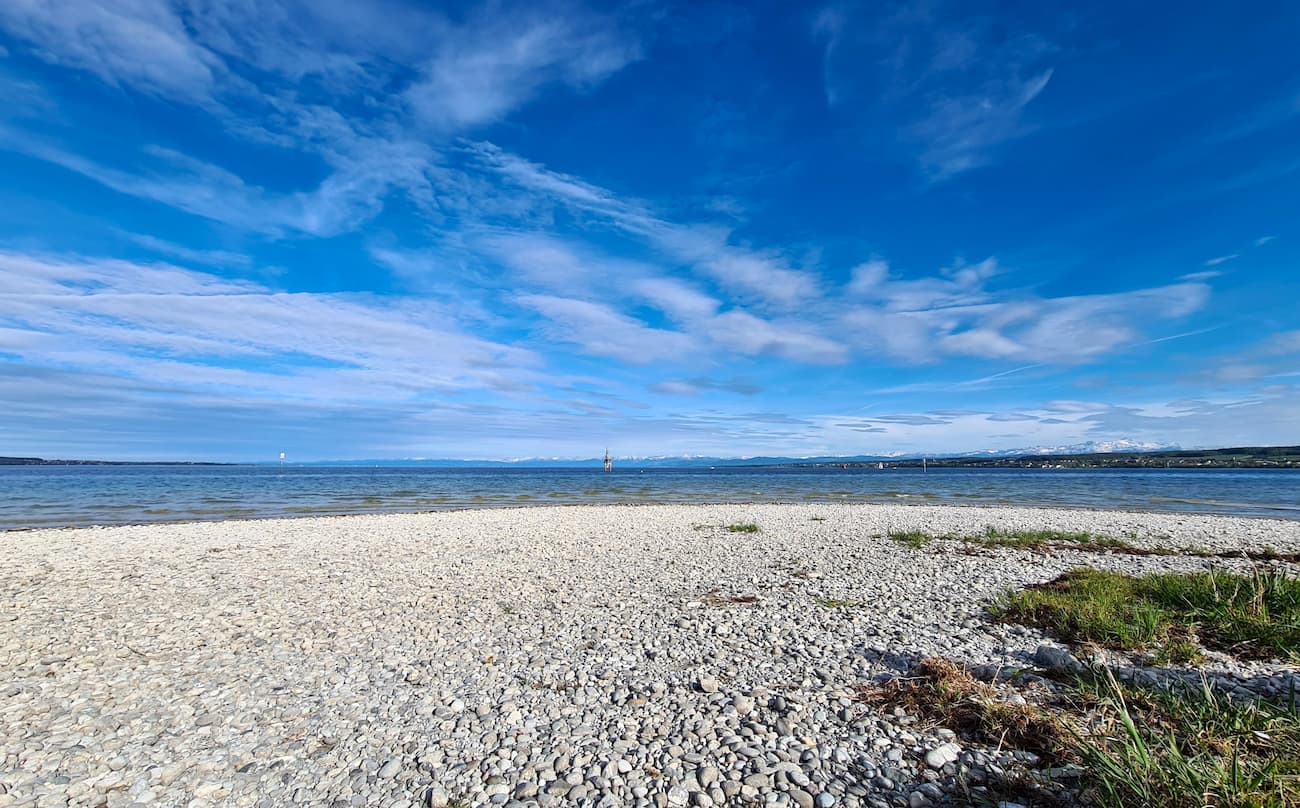
Safety considerations. While generally calm, the lake can develop significant waves when winds pick up. I appreciated the clearly marked swimming zones and the presence of lifeguards at the main beaches during summer months.
16. Pile Dwelling Museum (Pfahlbaumuseum)
Historical immersion. The Pile Dwelling Museum is one of Europe’s largest and oldest open-air archaeological museums, operating since 1922. Walking along footbridges over the water, I explored 23 reconstructed pile dwellings from the Stone and Bronze Ages (4000-800 BC).
UNESCO recognition. This museum showcases the “Prehistoric Pile Dwellings around the Alps” UNESCO World Heritage Site. The reconstructions bring an ancient sunken world back to life right on the lakeshore.
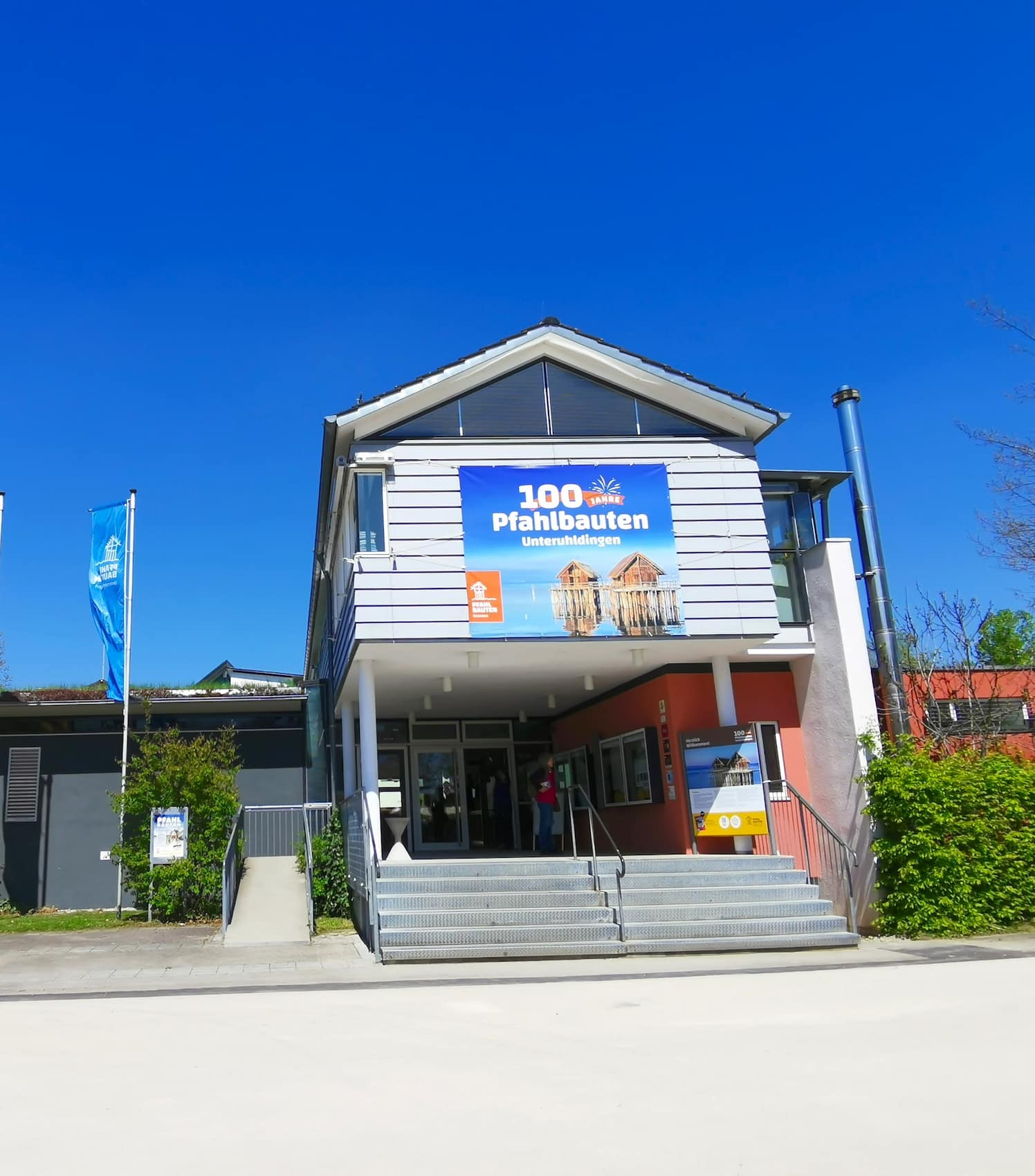
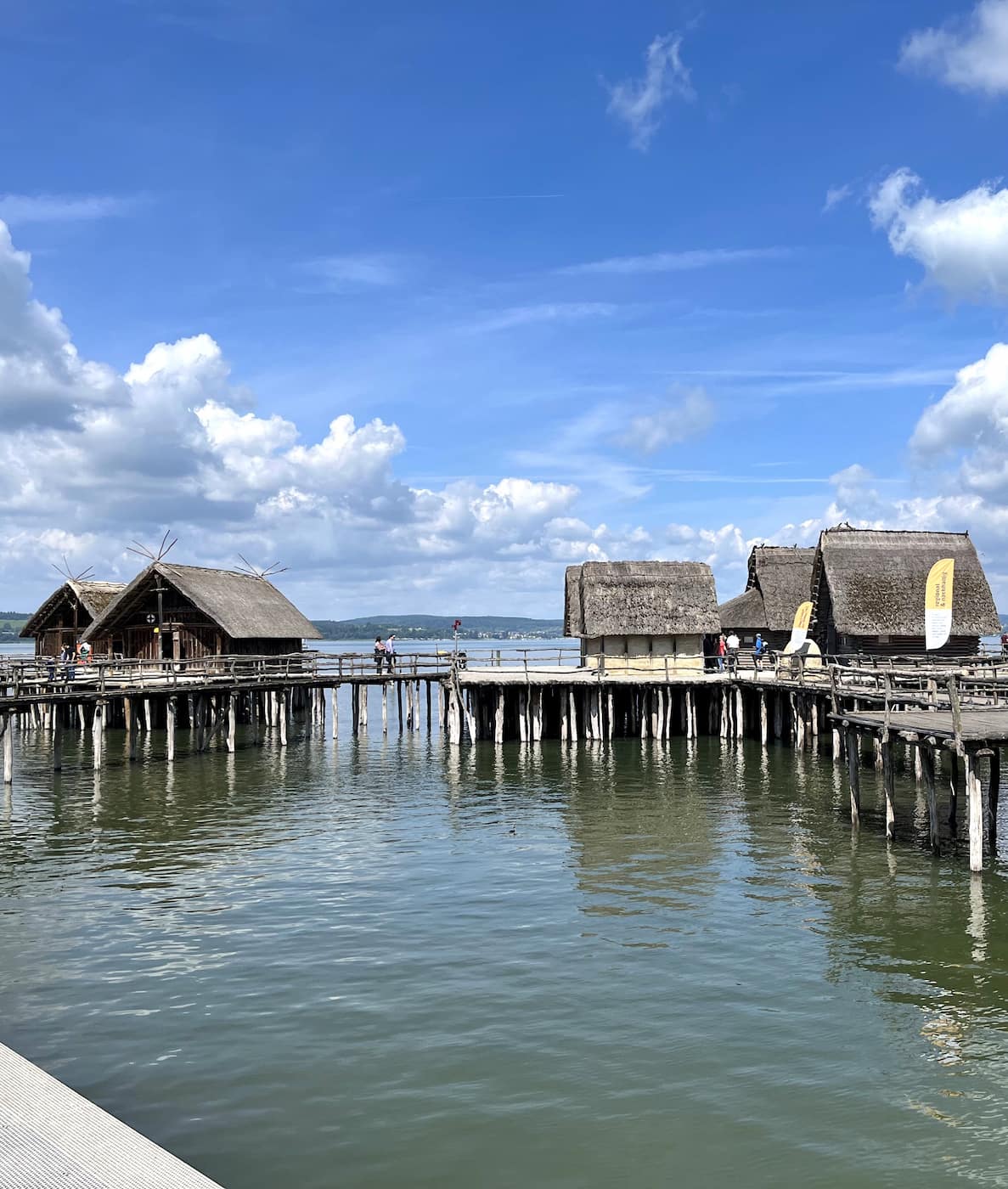
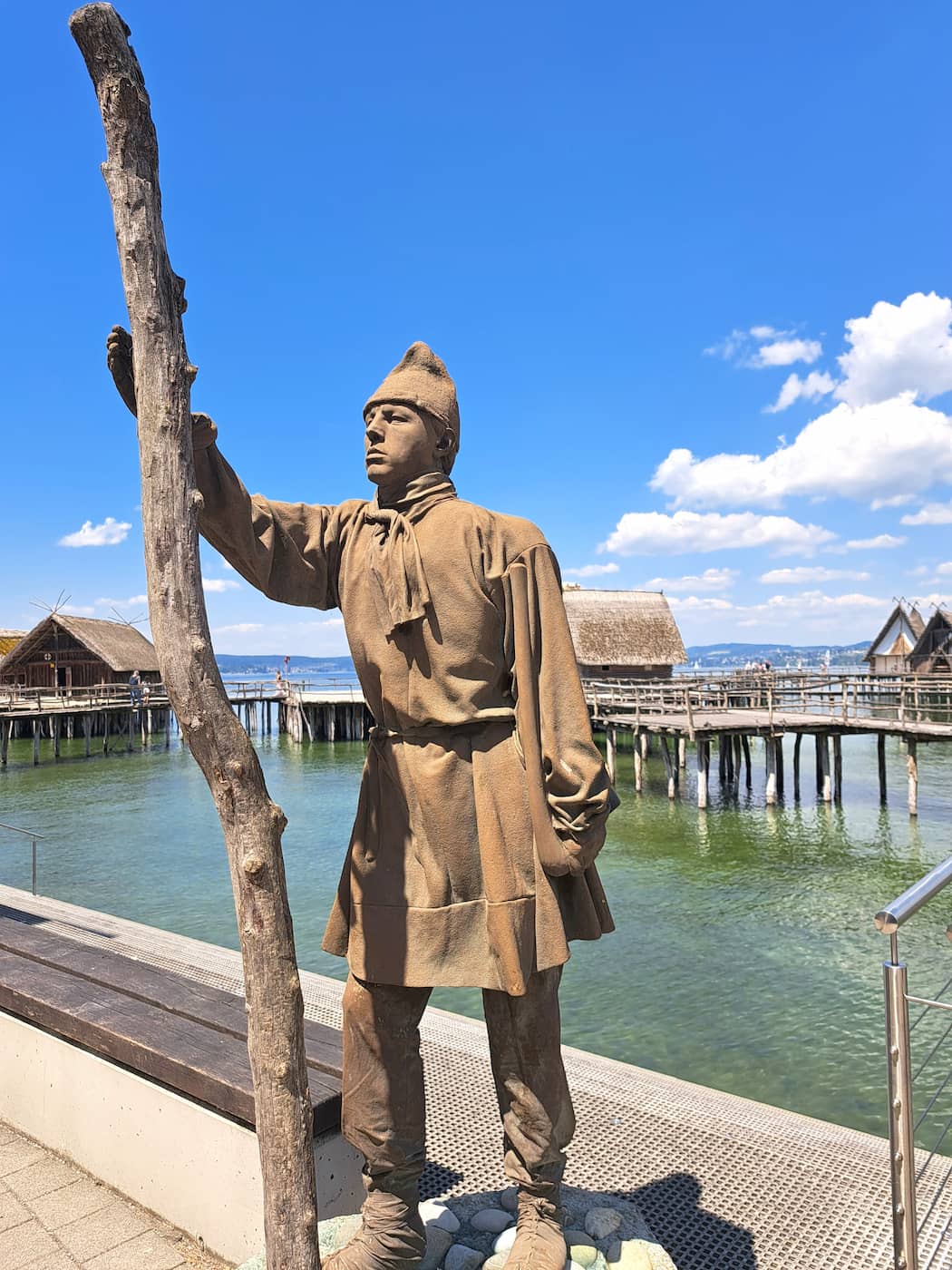
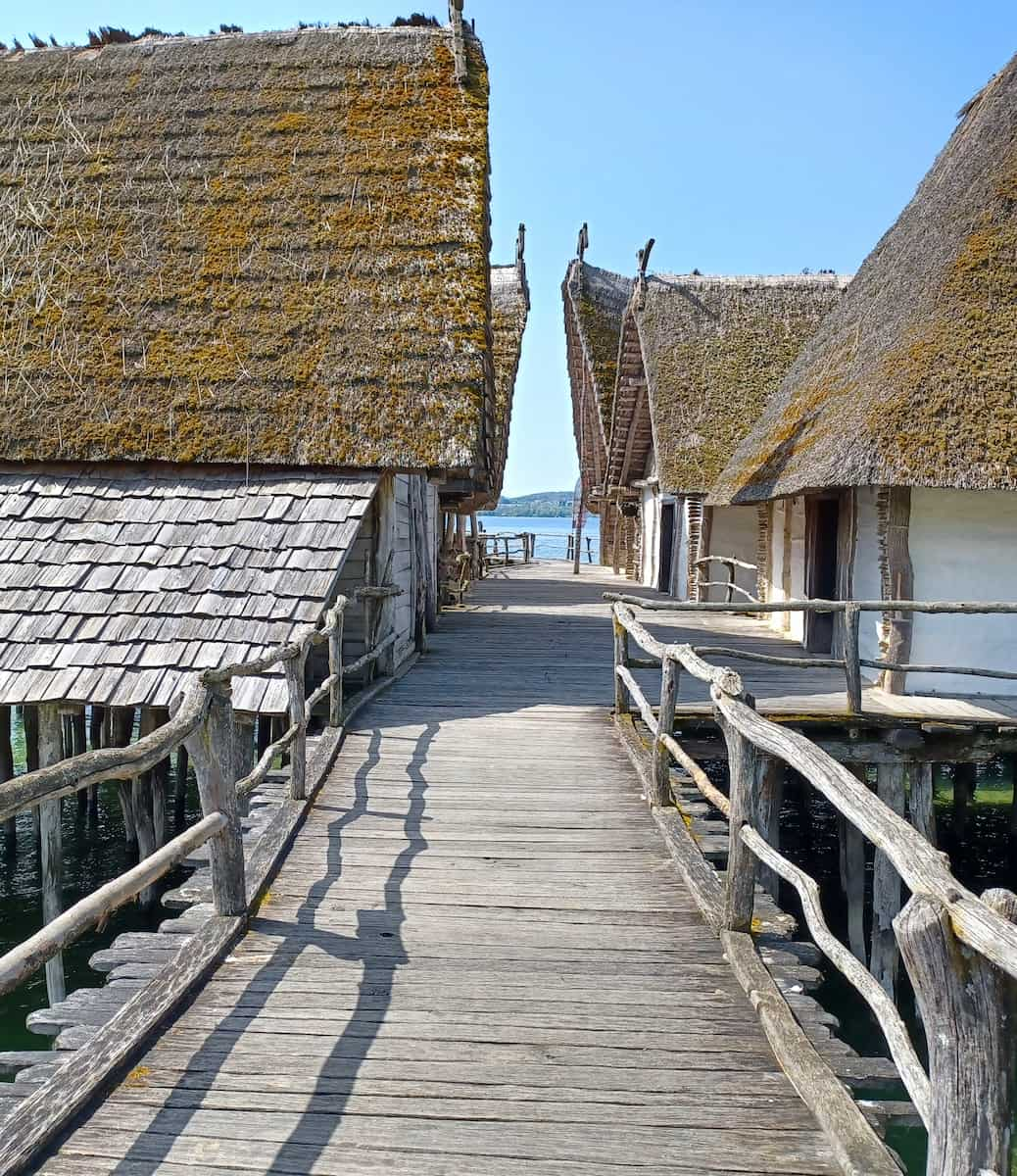
Fascinating exhibits. Inside the dwellings, I discovered about 1,000 original artifacts found at UNESCO sites around the lake. The museum does an excellent job showing how people lived thousands of years ago.
Practical information:
- Open daily 10:00-17:30 on weekends (closed Fridays)
- Allow 1-2 hours for your visit
- Not included in the Bodensee Card PLUS
- Accessible for disabled visitors
17. Affenberg Salem
Wildlife experience. At Affenberg Salem, I walked through a 20-hectare forest where nearly 200 Barbary macaques roam freely without cages or moats. This conservation-focused park has been operating since 1976.
Close encounters. The monkeys came surprisingly close during my visit! Staff members positioned throughout ensure visitors follow rules while providing interesting information about these endangered primates.
Beyond monkeys. The park also features southern Germany’s largest free-flying stork colony (about 50 breeding pairs) and a herd of fallow deer. The new “Treewalk” lets visitors experience the monkeys from 12 meters high via suspension bridges.
Practical information:
- Open daily from March 15 to November 9
- Current hours: 10:00-5:30 (March-April)
- Admission: €12.50 for adults, €8.50 for children (5-14)
- Plan to spend 2-3 hours here
- Fully wheelchair accessible
- Dogs not allowed in the monkey area
Family-Friendly Activities
1. Butterfly House on Mainau Island
Tropical wonderland. The butterfly house instantly became a highlight of my visit. Stepping through the doors, I entered a humid tropical environment where hundreds of exotic butterflies fluttered freely around me.
Educational experience. Information panels explained the butterfly lifecycle, and I was lucky enough to see several emerging from their chrysalises in the special hatching area. Staff members were available to answer questions and point out particularly rare species.
Interactive elements. Children around me were delighted by the feeding stations where butterflies would land on fruit plates, providing perfect close-up viewing opportunities. Some butterflies even landed on visitors who stood still enough!
Photography paradise. The colorful wings against lush tropical plants created stunning photo opportunities. I learned to move slowly and be patient for the best shots of these delicate creatures.
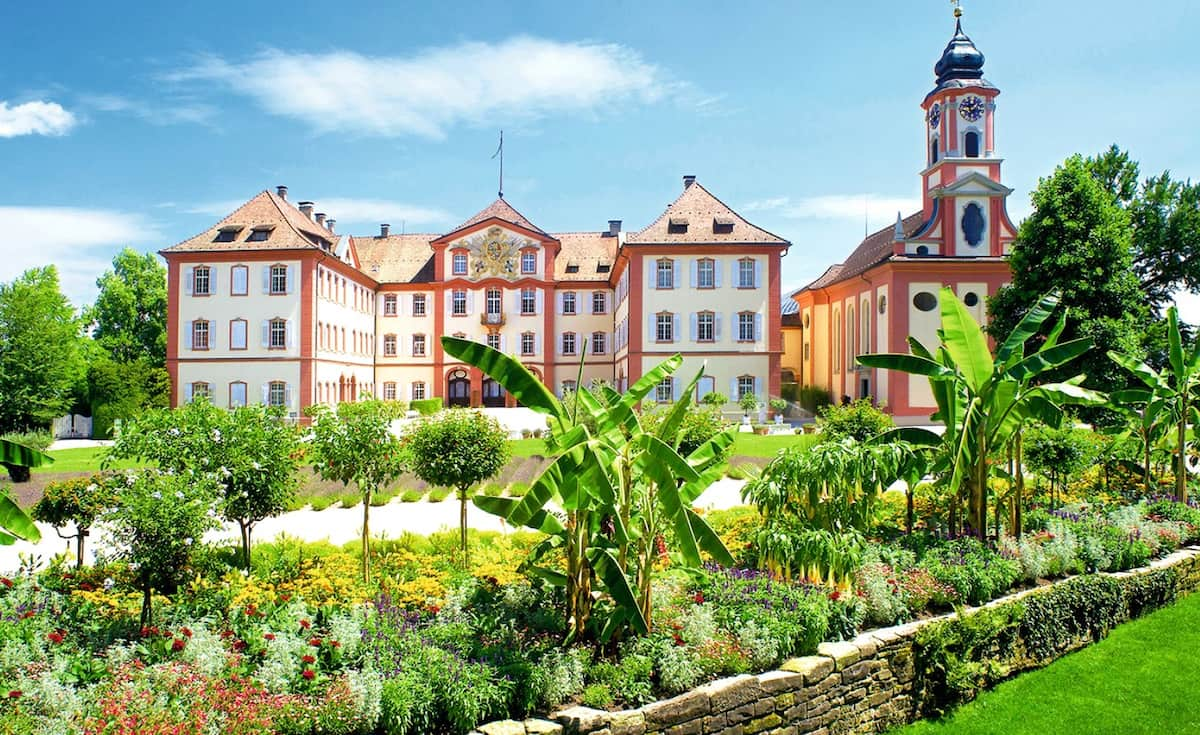
Practical information:
- Best visited mornings when butterflies are most active
- Allow 30-45 minutes for the full experience
- Wheelchair and stroller accessible
2. Playgrounds and Play Areas
Lakeside fun. Konstanz offers numerous child-friendly play spaces, with the Stadtgarten playground being my favorite. Its lakeside location provides gorgeous views for parents while children enjoy modern play equipment designed for various age groups.
Water play. During summer months, I watched children cool off at the interactive water play area near the harbor. Jets of water shoot up unpredictably from the ground, causing squeals of delight from the kids running through them.
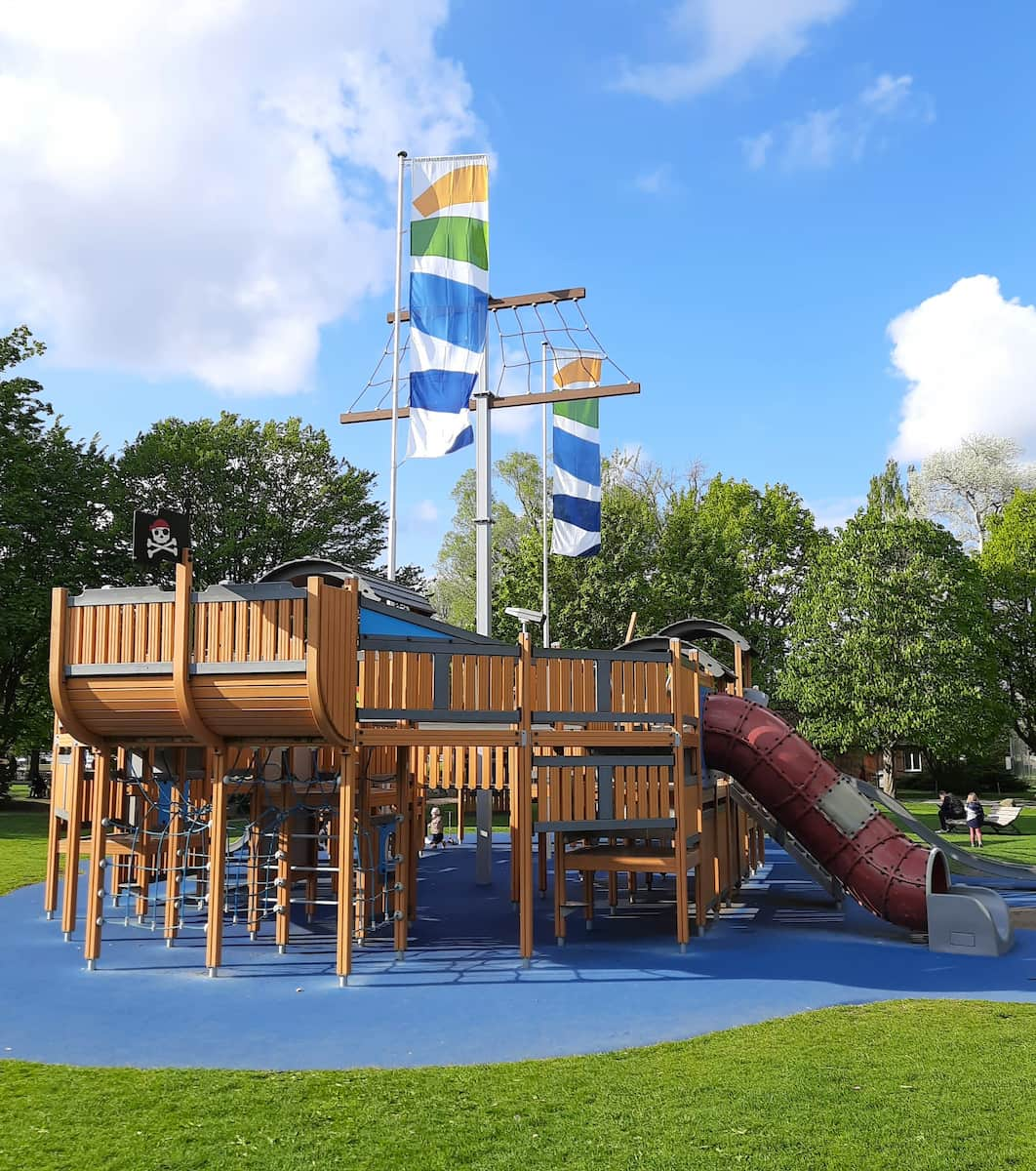
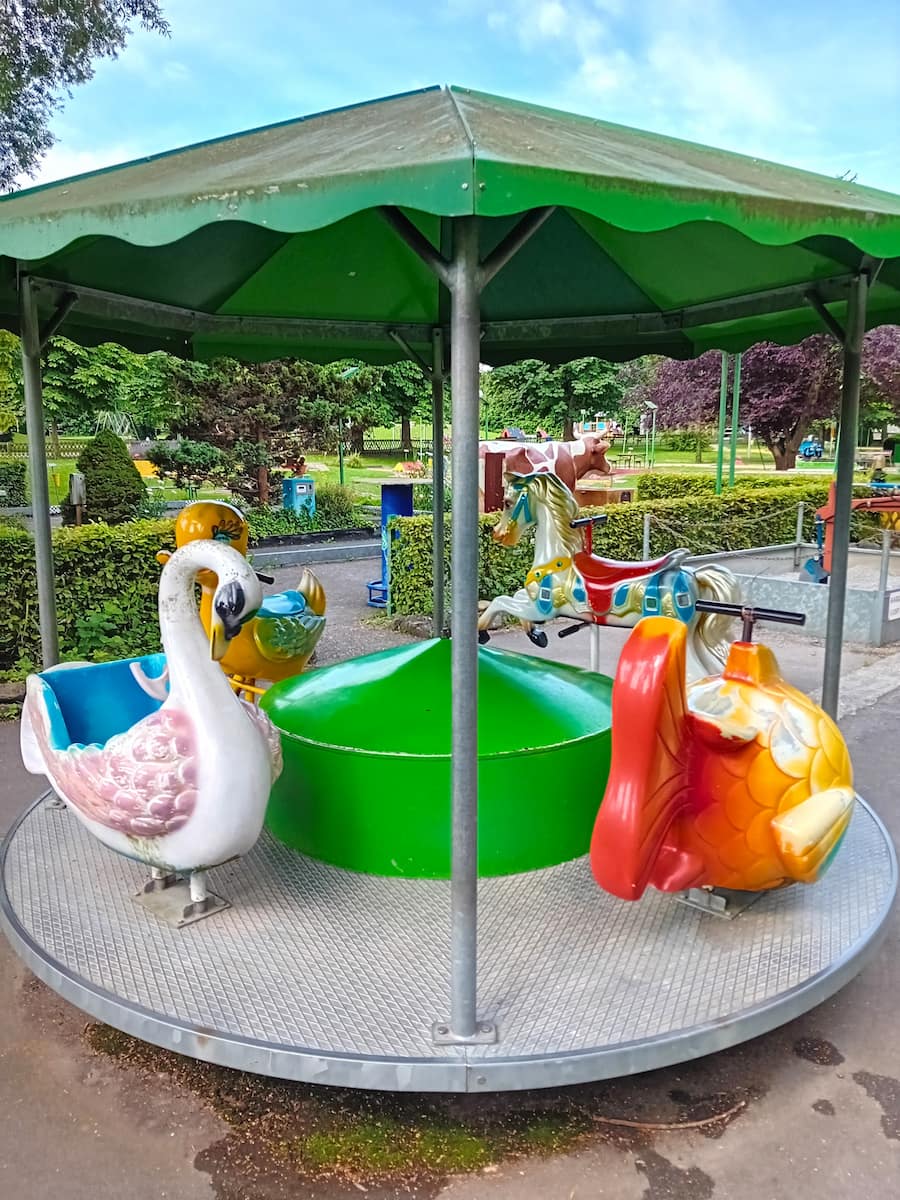
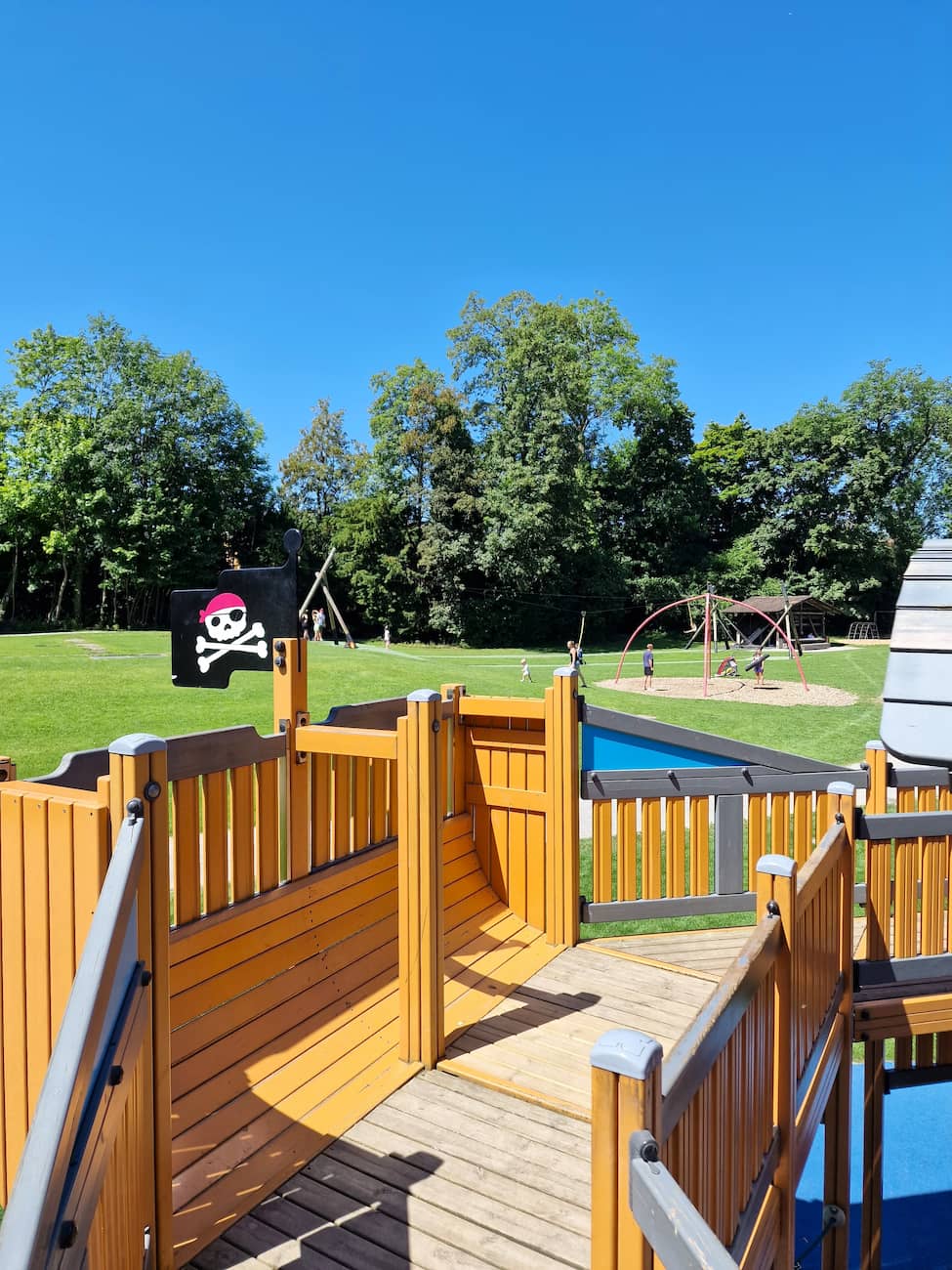
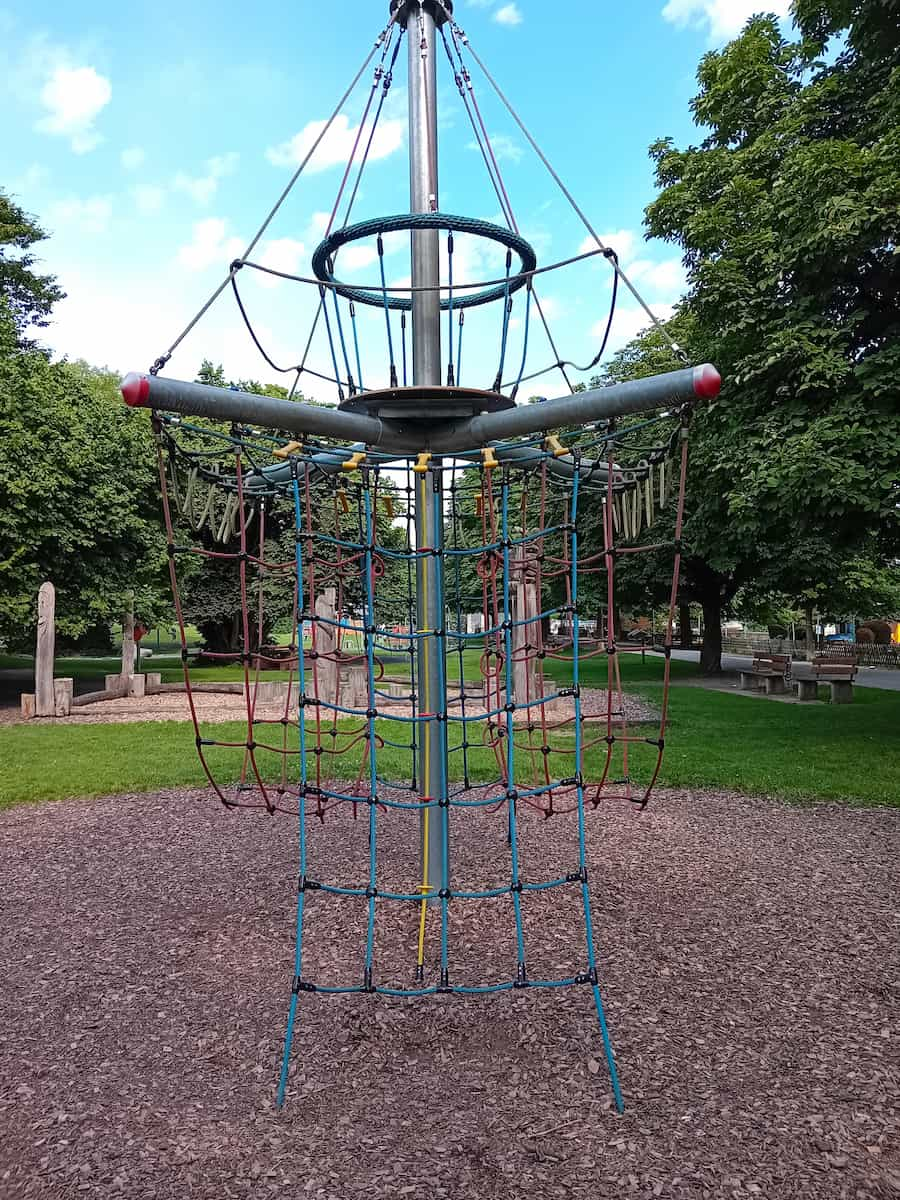
Adventure playgrounds. The “Abenteuer Spielplatz” near the Allmannsdorf district impressed me with its natural design using logs, ropes, and boulders rather than standard playground equipment. Children seemed to enjoy the creative play possibilities.
Indoor options. For rainy days, I discovered the “Spieleland” indoor play center offering:
- Climbing structures
- Ball pits
- Soft play areas for toddlers
- Café with healthy snack options
Picnic possibilities. Most outdoor play areas feature picnic tables and benches, making it easy to combine playground time with an outdoor meal. I noticed many local families bringing portable grills to the larger parks for weekend cookouts.
3. Interactive Museum Exhibits
Hands-on history. The Rosgartenmuseum surprised me with its child-friendly approach to history. Interactive stations allow kids to try on replica medieval clothing, attempt ancient crafts, and handle reproductions of historical objects.
Archaeological dig. At the Archäologisches Landesmuseum, children can participate in a simulated archaeological excavation, carefully uncovering buried “artifacts” and learning about preservation techniques.
Lake science. The Lake Constance Natural History Museum features touch tanks where children can safely handle local aquatic creatures while learning about the lake’s ecosystem. The fish identification game was particularly engaging.
Family tours. Several museums offer specialized family tours with guides who know how to engage younger visitors. I joined one at the Zeppelin Museum in Friedrichshafen (a short boat ride away), where children were captivated by the massive airship replicas.
Practical tips:
- Most museums offer family tickets at reduced rates
- Ask for children’s activity sheets at entrance desks
- Visit during designated family hours for special activities
- Check museum websites for workshop schedules during school holidays
Free Things to Do in Constance
1. Public Art and Fountains
Artistic discoveries. Beyond the famous Imperia statue, Konstanz features numerous public artworks that I stumbled upon while exploring. The “Triumphbogen” near the harbor is a modern interpretation of a Roman triumphal arch, creating interesting framing of the lake views.
Historical fountains. I counted over a dozen decorative fountains throughout the old town, each with unique designs and often historical significance. The Kaiserbrunnen (Emperor’s Fountain) depicts important figures from the city’s past in detailed bronze sculptures.
Seasonal installations. During my summer visit, I encountered temporary art installations along the lakefront promenade. Local artists had created sculptures from driftwood and other natural materials found along the shore.
Photography subjects. These public artworks provided perfect photography subjects, especially in changing light conditions. I returned to the harbor sculptures at sunset when the golden light transformed them dramatically.
Art maps. The tourist office provides free maps marking the locations of public art throughout the city. Following this self-guided tour gave structure to my wanderings and led me to discover hidden corners I might otherwise have missed.
2. Lakefront Walking Paths
Scenic routes. The well-maintained paths along Lake Constance offer some of the most beautiful free activities in the region. I spent hours walking along the promenade, enjoying the changing views of the Alps across the water.
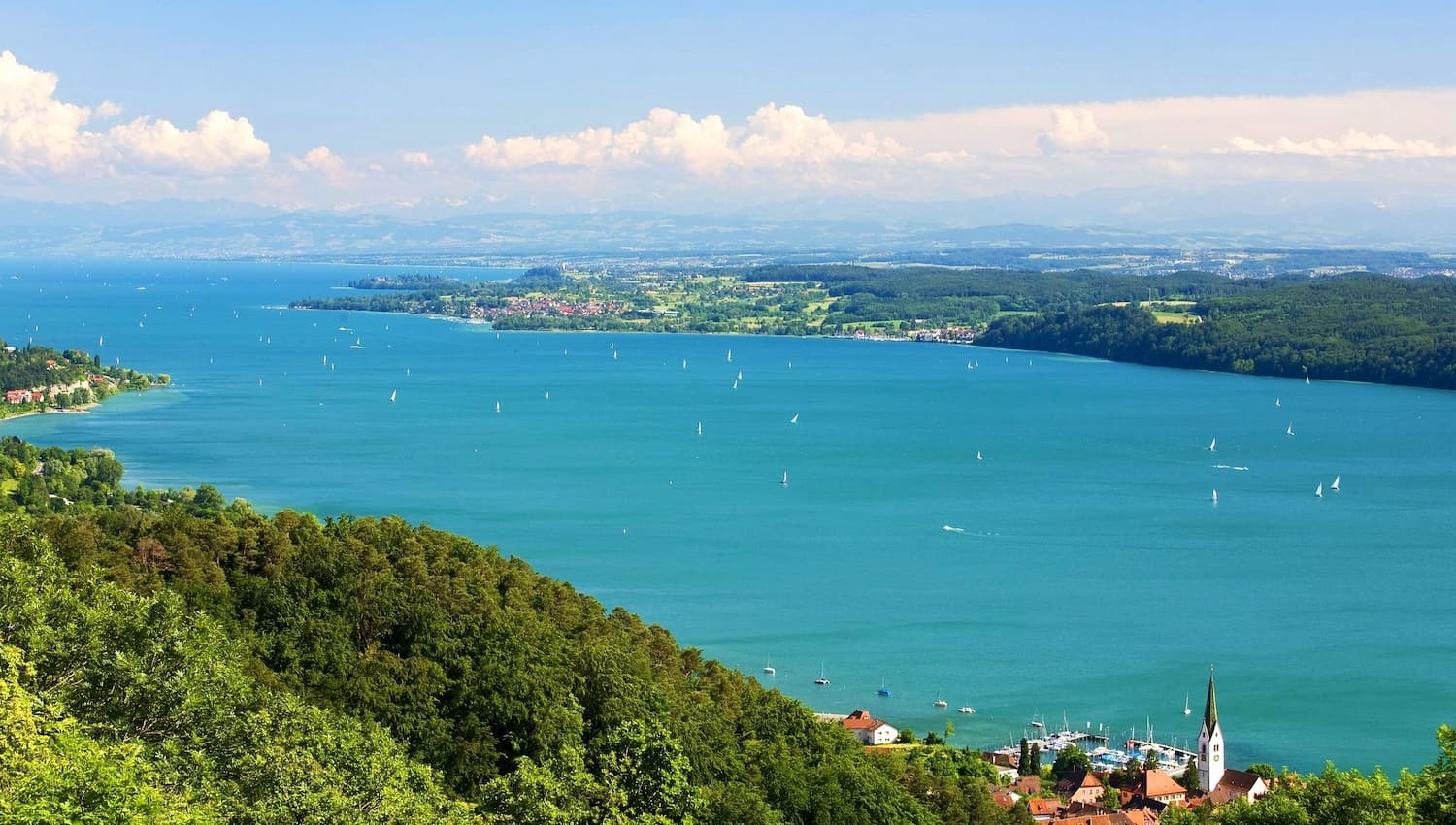
Nature and wildlife. Along these paths, I spotted numerous bird species, especially in the early morning. The Wollmatinger Ried nature reserve near Konstanz is a birdwatcher’s paradise with the potential to spot up to 250 species of birds, from rare waterfowl to majestic birds of prey.
Sunset spots. I discovered several perfect sunset-viewing benches along the paths. My favorite was near the harbor lighthouse, where the evening light created a magical atmosphere as the sun dipped behind the mountains.
Walking routes:
- Harbor to Hörnle Beach (3 km)
- Old Town to Rhine outlet (2 km)
- Konstanz to Swiss border (4 km)
3. Harbor Watching
Maritime activity. I spent a delightful afternoon simply sitting at the harbor, watching the comings and goings of boats. From small private crafts to large passenger ferries, the constant movement created an ever-changing scene.
People-watching. The harbor attracts a diverse mix of locals and tourists, making it perfect for people-watching. I observed families boarding tour boats, fishermen returning with their catch, and couples enjoying romantic walks along the pier.
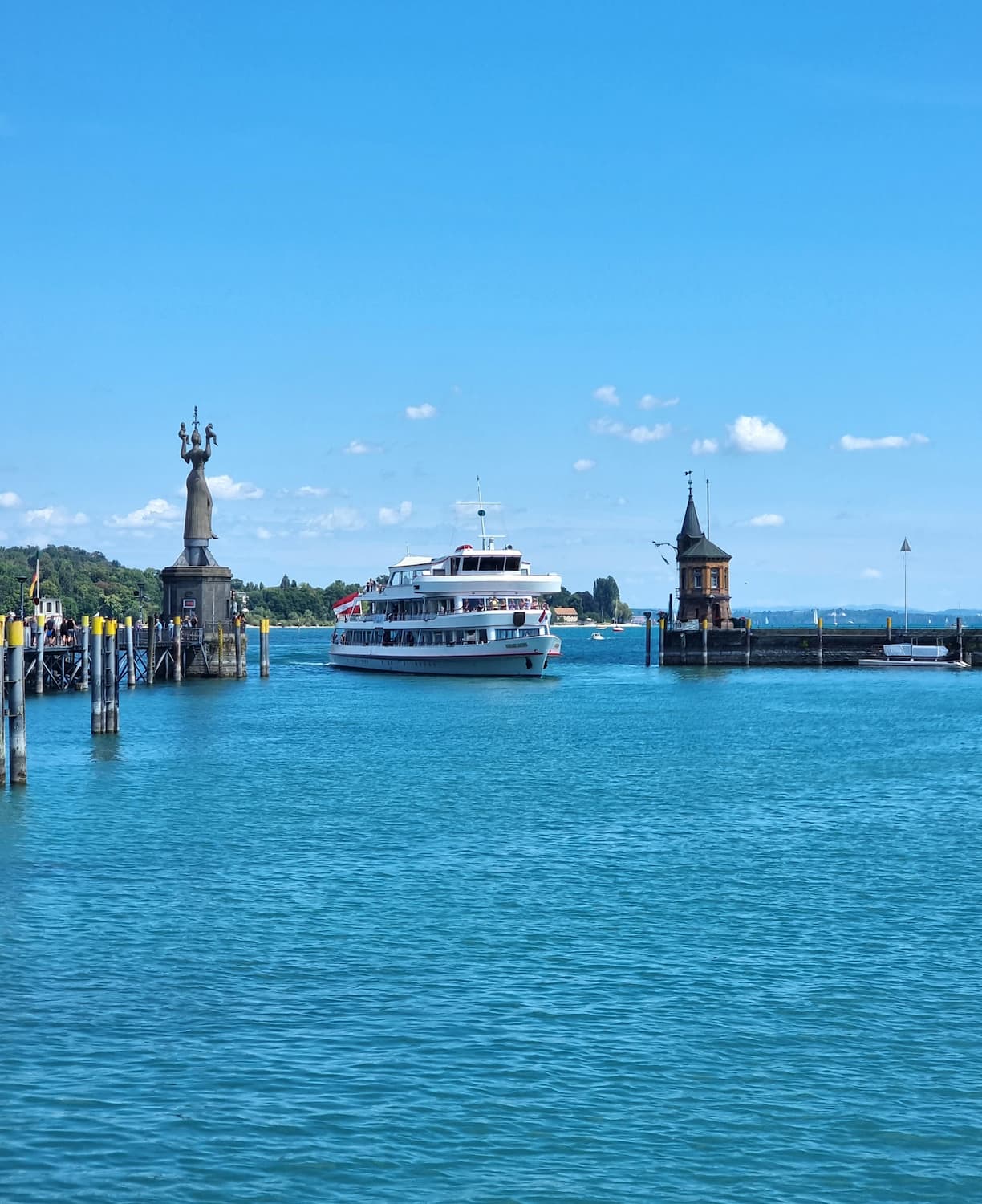
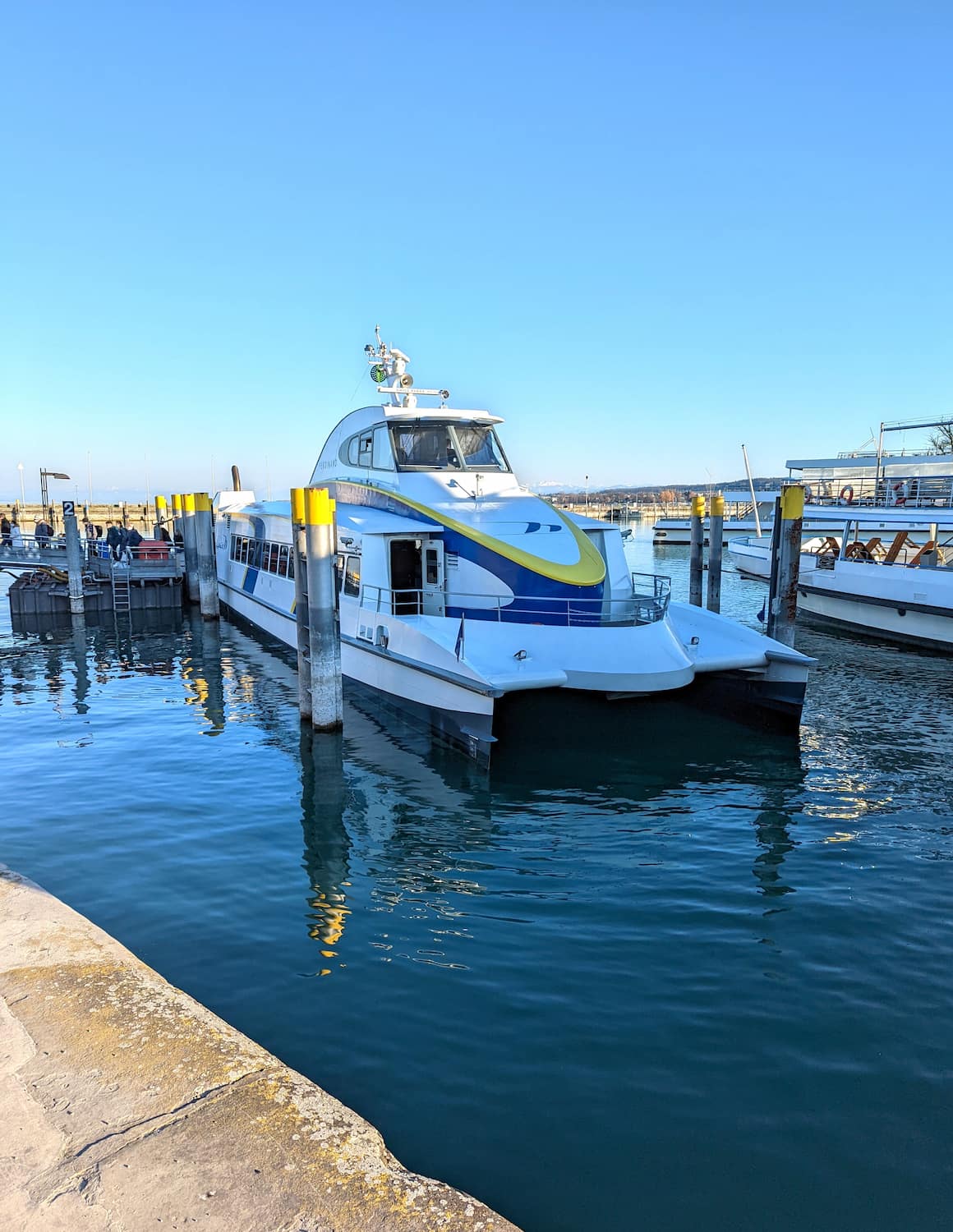
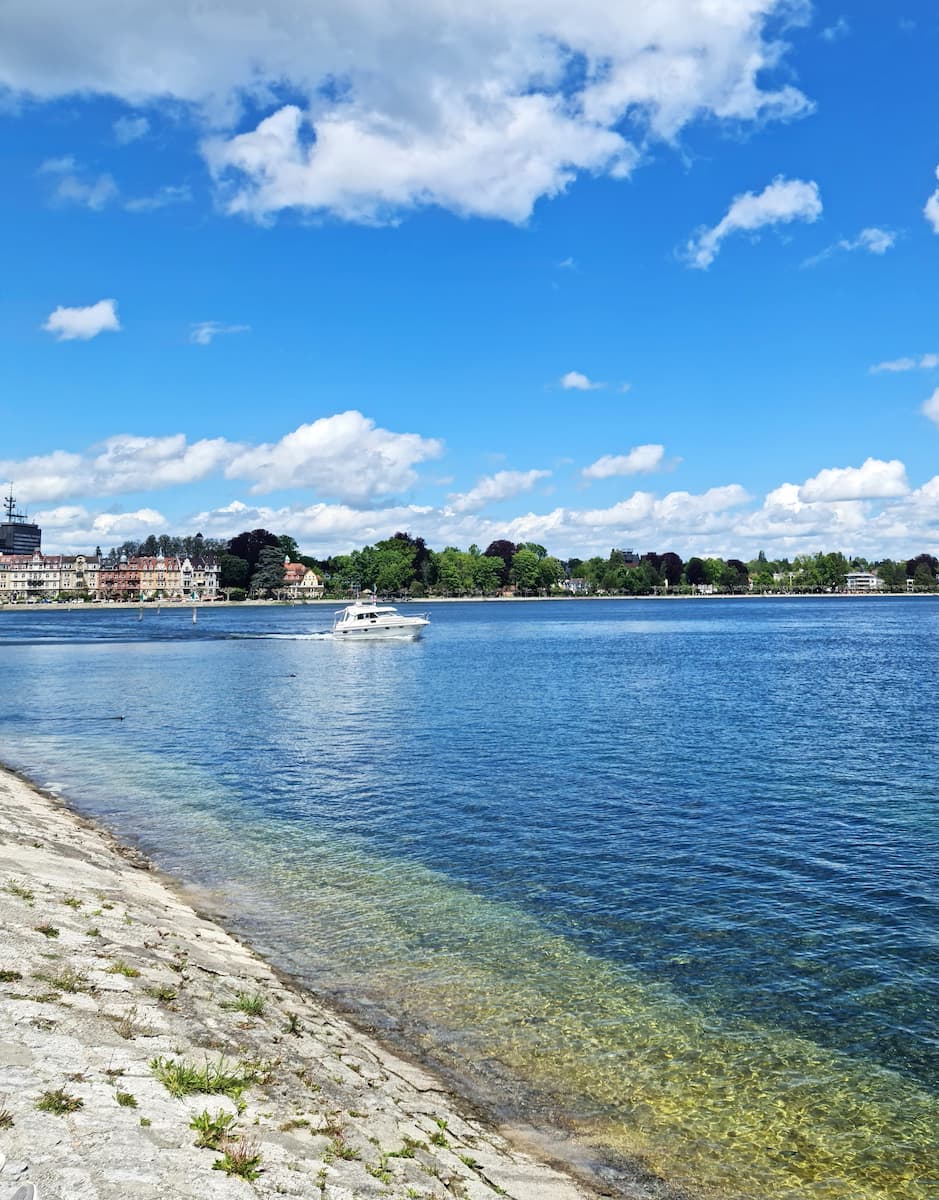
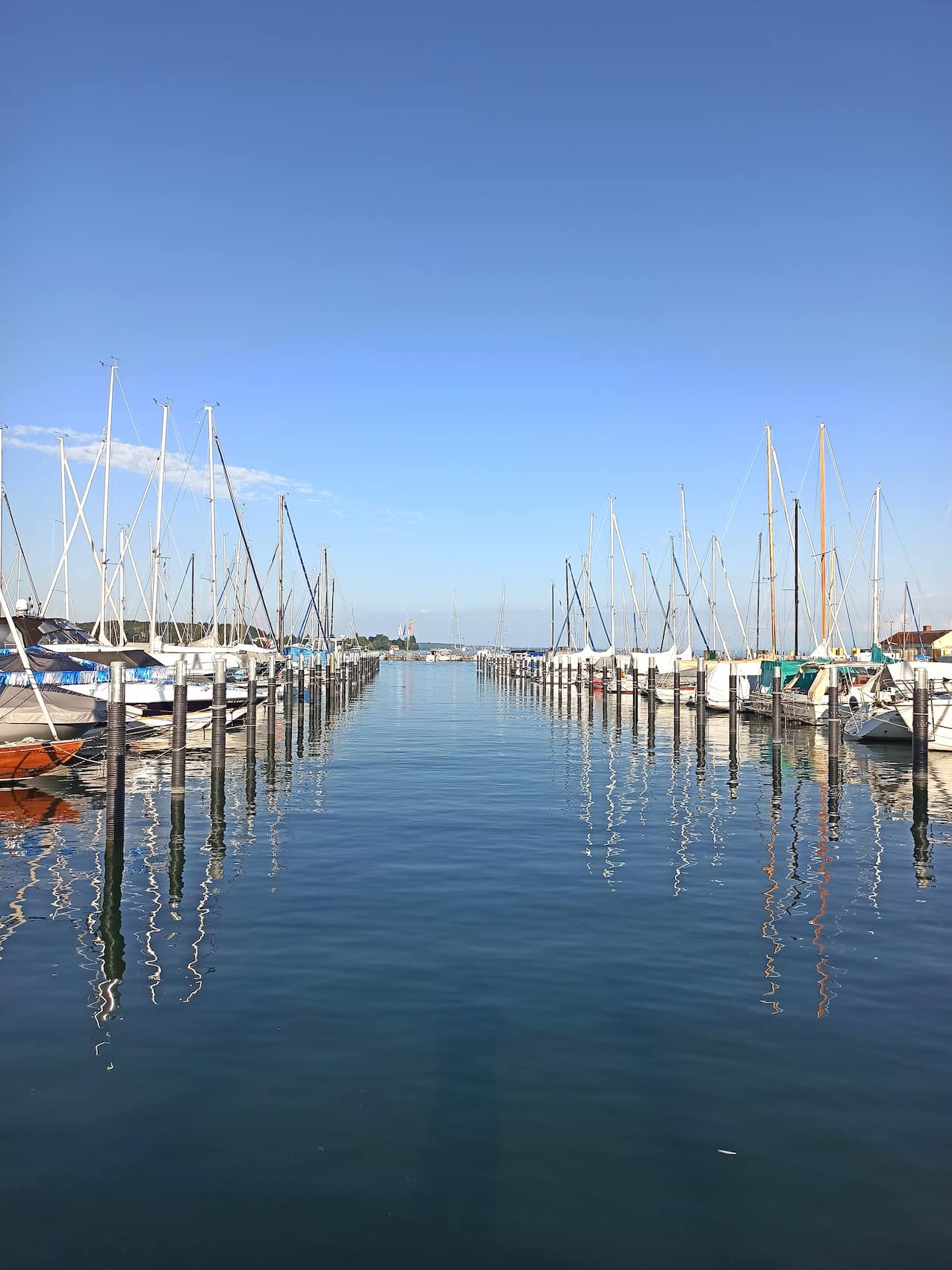
Harbor history. Information boards around the harbor detail its historical significance as a trading port since Roman times. I was fascinated to learn that Konstanz Harbor is the largest leisure harbor on Lake Constance.
Boat spotting. I was lucky enough to see the historic paddle steamer “Hohentwiel” arrive at the harbor. This meticulously restored vessel from 1913 is the oldest operating paddle steamer on Lake Constance, offering a glimpse into luxury travel from a bygone era.
Seasonal Activities
1. Christmas Market (November 28 – December 23)
Festive wonderland. The Christmas Market transforms the city into a magical winter scene with over 170 stalls stretching from the harbor to the gothic cathedral. This market extends across the border, creating a unique international experience between Germany and neighboring countries.
Culinary delights. I warmed up with glühwein (mulled wine) while sampling seasonal treats:
- Flammkuchen (thin pizza-like dish)
- Raclette (melted cheese)
- Gebrannte Mandeln (candied almonds)
- Lebkuchen (gingerbread)
Shopping treasures. The market excels in artisanal crafts. I found hand-carved wooden ornaments, local honey products, and beautiful glass decorations that make perfect souvenirs or gifts.
Special events. The market calendar includes daily concerts at the harbor stage, St. Nicholas appearances for children, and the spectacular “Floating Christmas Star” – a 45-meter illuminated construction visible from miles away.
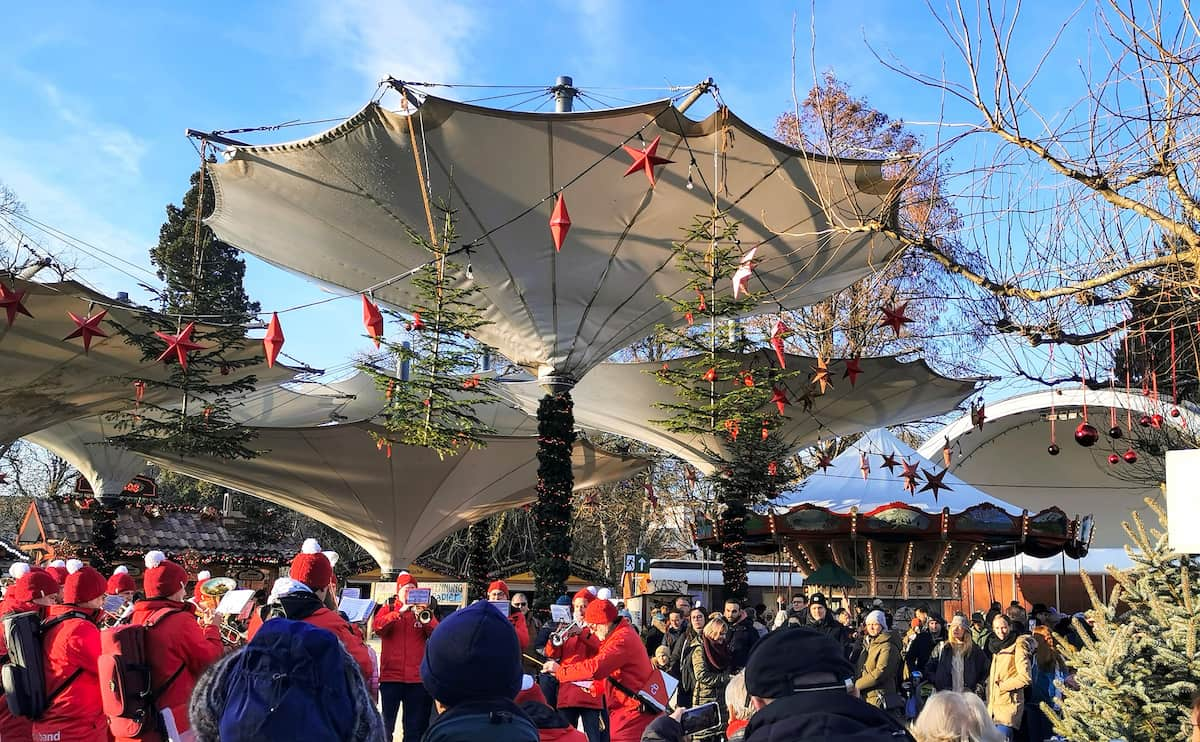
Insider tip. Visit on weekday afternoons to avoid the weekend crowds. I found Tuesdays and Wednesdays particularly pleasant, with shorter lines and more opportunity to chat with the craftspeople about their work.
2. Summer Festivals (June – August)
Seenachtfest celebration. The highlight of the summer calendar is the Seenachtfest (Lake Night Festival), typically held in August (second Saturday). I joined thousands of visitors along the lakefront for this spectacular event featuring music, food stalls, and an incredible fireworks display over the water.
Open-air performances. The region hosts numerous outdoor concerts and performances during summer months. The cultural program includes everything from classical music to rock concerts, with many events taking place in stunning waterfront locations.
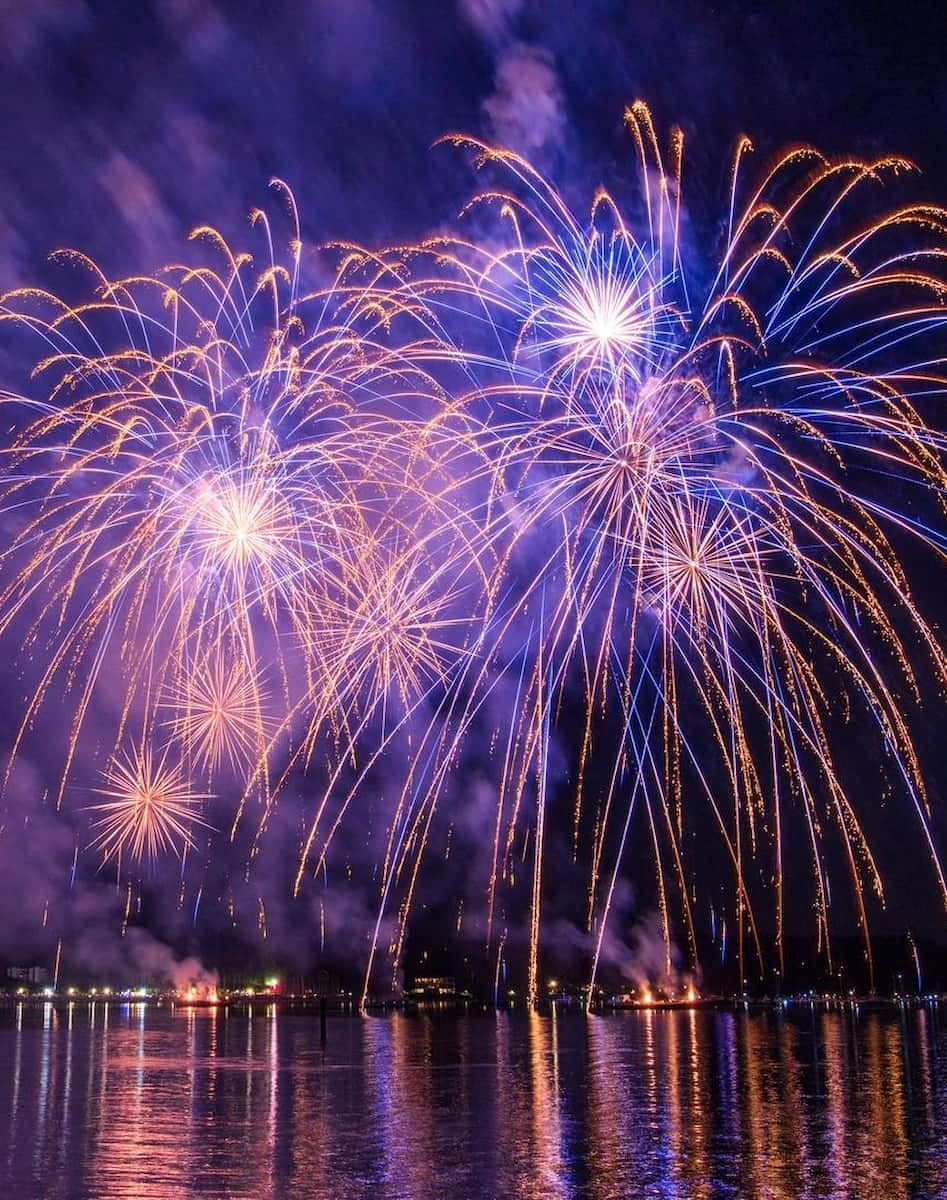
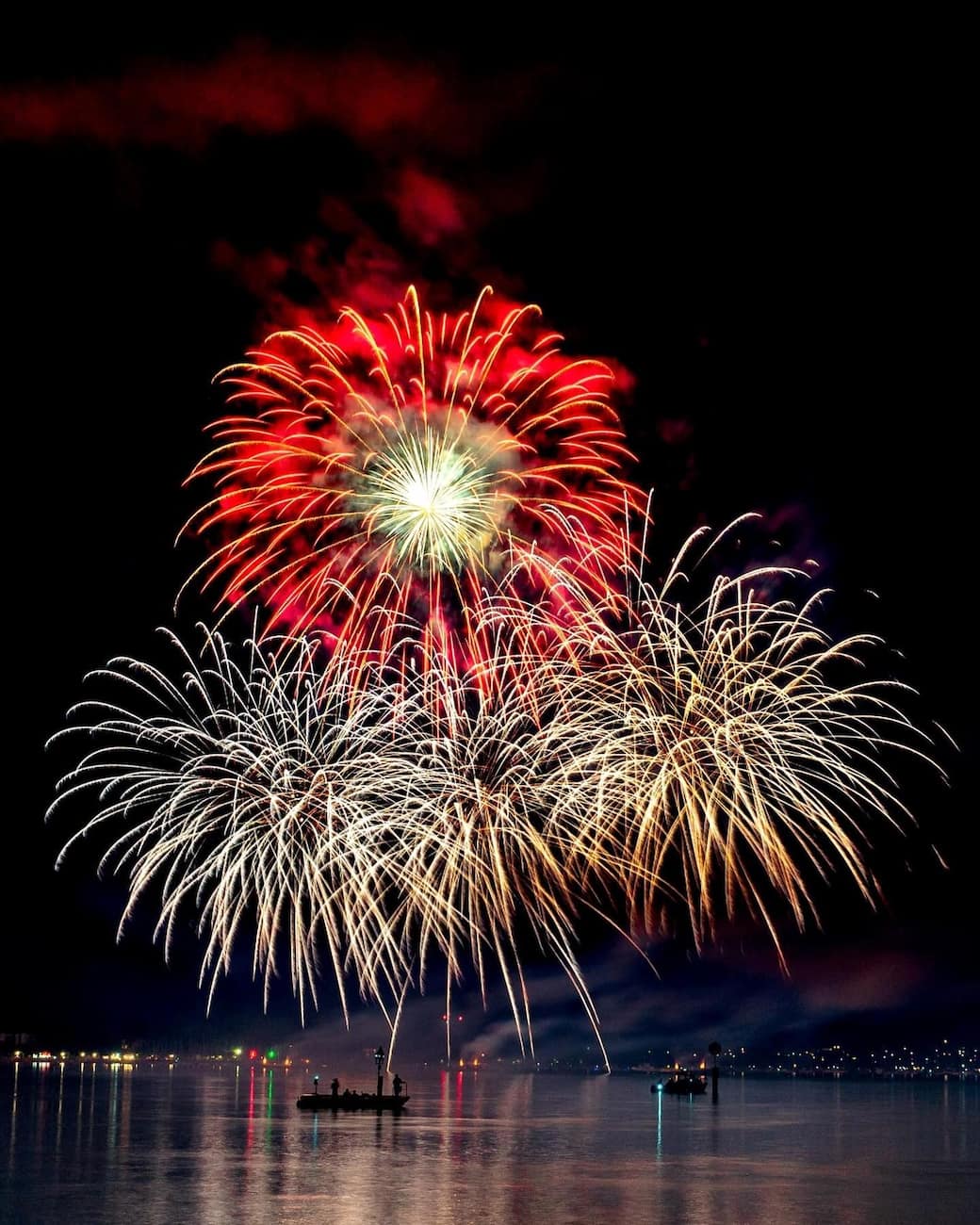
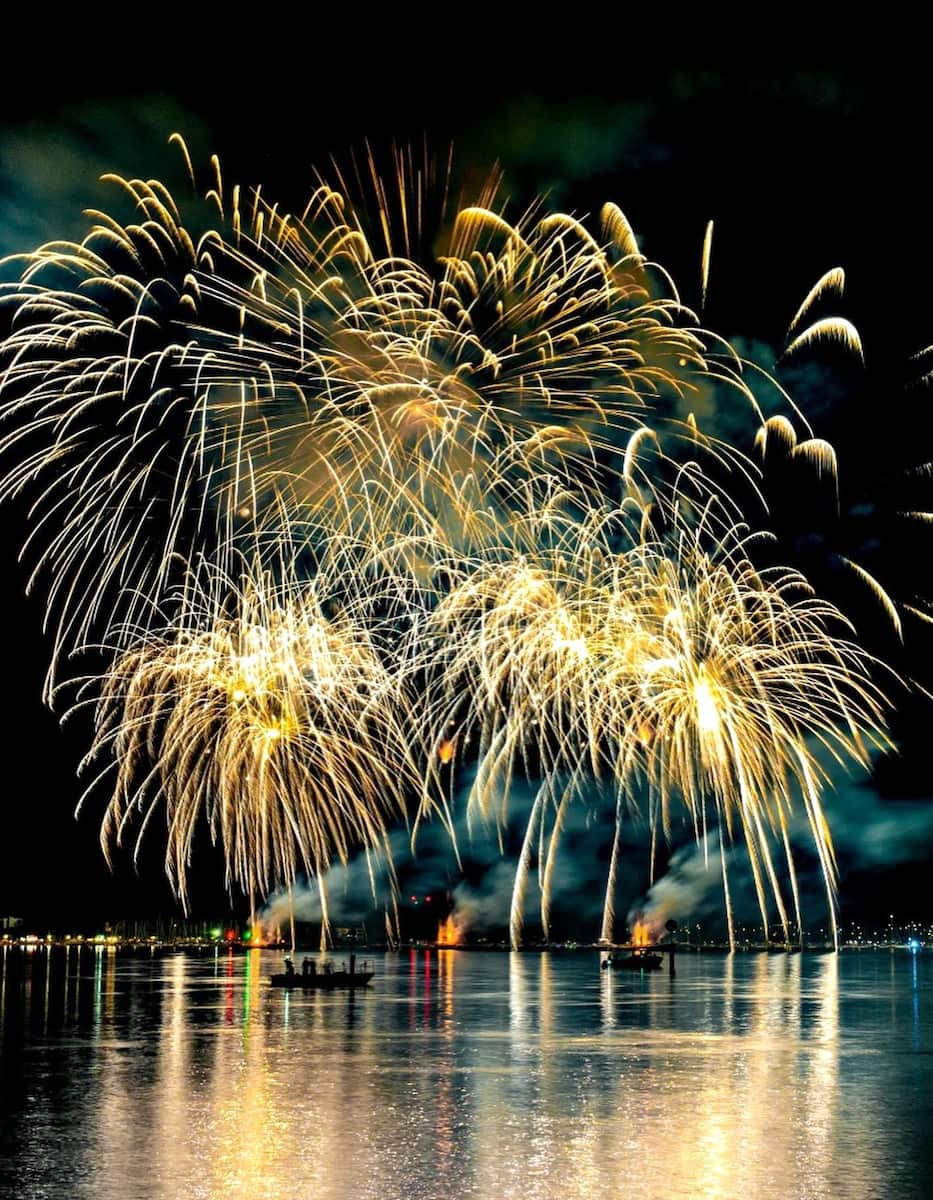
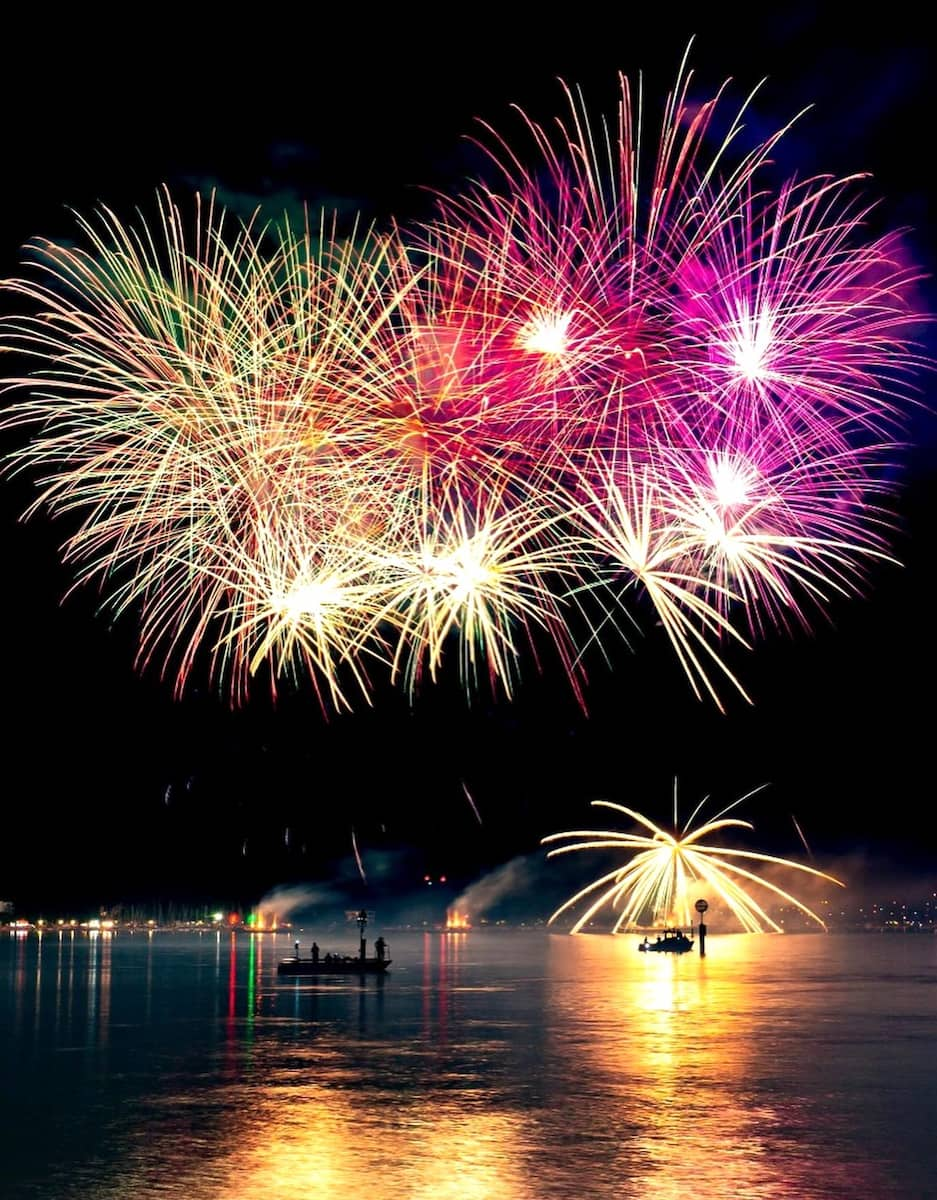
Local traditions. Throughout summer, smaller traditional festivals take place in villages throughout the Swabian region. I stumbled upon a local festival in a nearby town where residents wore traditional costumes and performed folk dances to live music.
Water parades. The decorated boat parades during summer festivals offer a unique spectacle. Dozens of illuminated vessels cruise at dusk, creating a moving light show on the water.
Music variety. From classical concerts in historic buildings to jazz performances in waterfront parks, summer brings music to every corner of the largest city on the German side of the lake. Many outdoor concerts are free, allowing visitors to enjoy quality performances while picnicking on the grass.
3. Spring Flower Displays (April – May)
Colorful explosion. Spring showcases over one million tulips in a riot of colors. I visited in late April and was overwhelmed by the meticulously designed flower beds creating patterns visible only from elevated viewpoints.
Bloom schedule. The spring flowering calendar follows a reliable pattern:
- March: Crocuses and early daffodils
- April: Peak tulip season and cherry blossoms
- May: Late tulips, azaleas, and rhododendrons
- Late May: Early roses begin blooming
Photography paradise. The contrast between colorful blooms and blue water creates perfect photo opportunities. The Italian-style gardens provide elegant backdrops for flower photography.
Practical advantages. Spring visits offer two major benefits: reduced crowds compared to summer and lower accommodation prices. I paid about 30% less for my hotel room in April than the same room would cost in July.
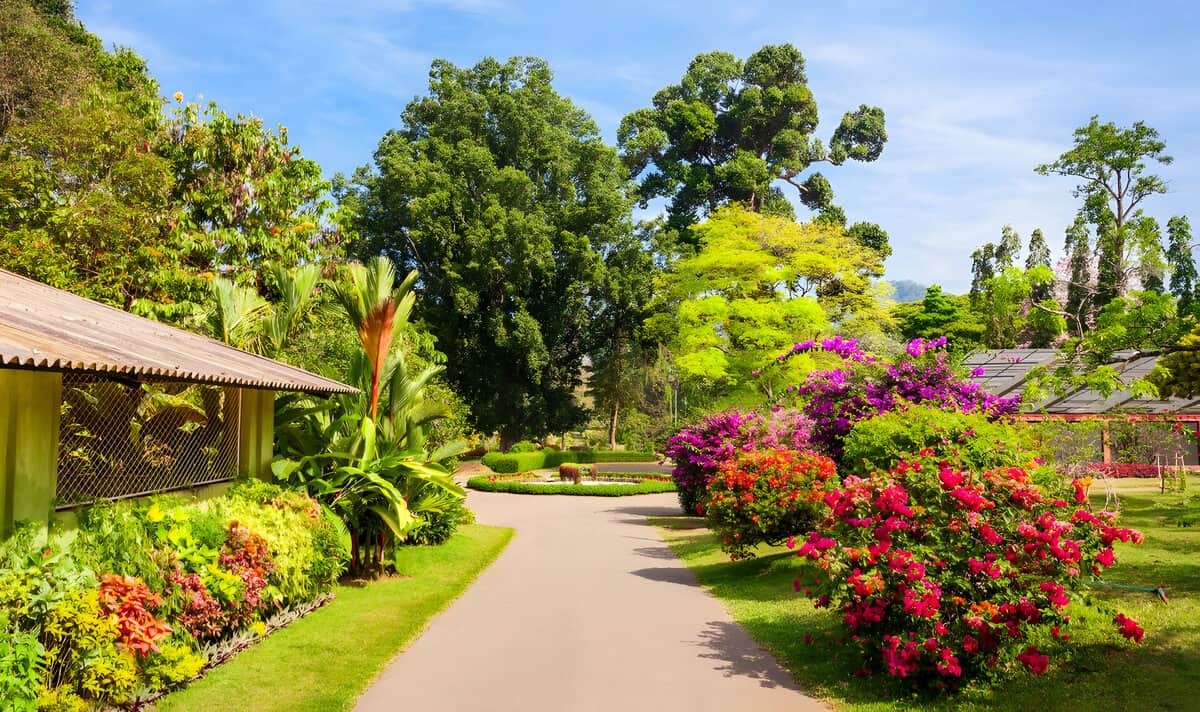
Special events. Spring-specific activities include guided botanical tours (April 15-May 20), flower arrangement workshops (weekends in May), and the delightful “Spring Awakening” classical music concerts (May 5-15).
4. Autumn Wine Harvest (September 15 – October 20)
Harvest experiences. Autumn transforms the hillsides into a tapestry of gold and crimson as the leaves change color. I joined a guided walk where locals explained the wine-making process while we helped collect grapes.
Harvest festivals. Villages throughout the Thurgau region celebrate the grape harvest with traditional festivals. I enjoyed the local “Winzerfest” (September 25-27) with its parade of harvest floats, wine tastings, and regional food specialties.
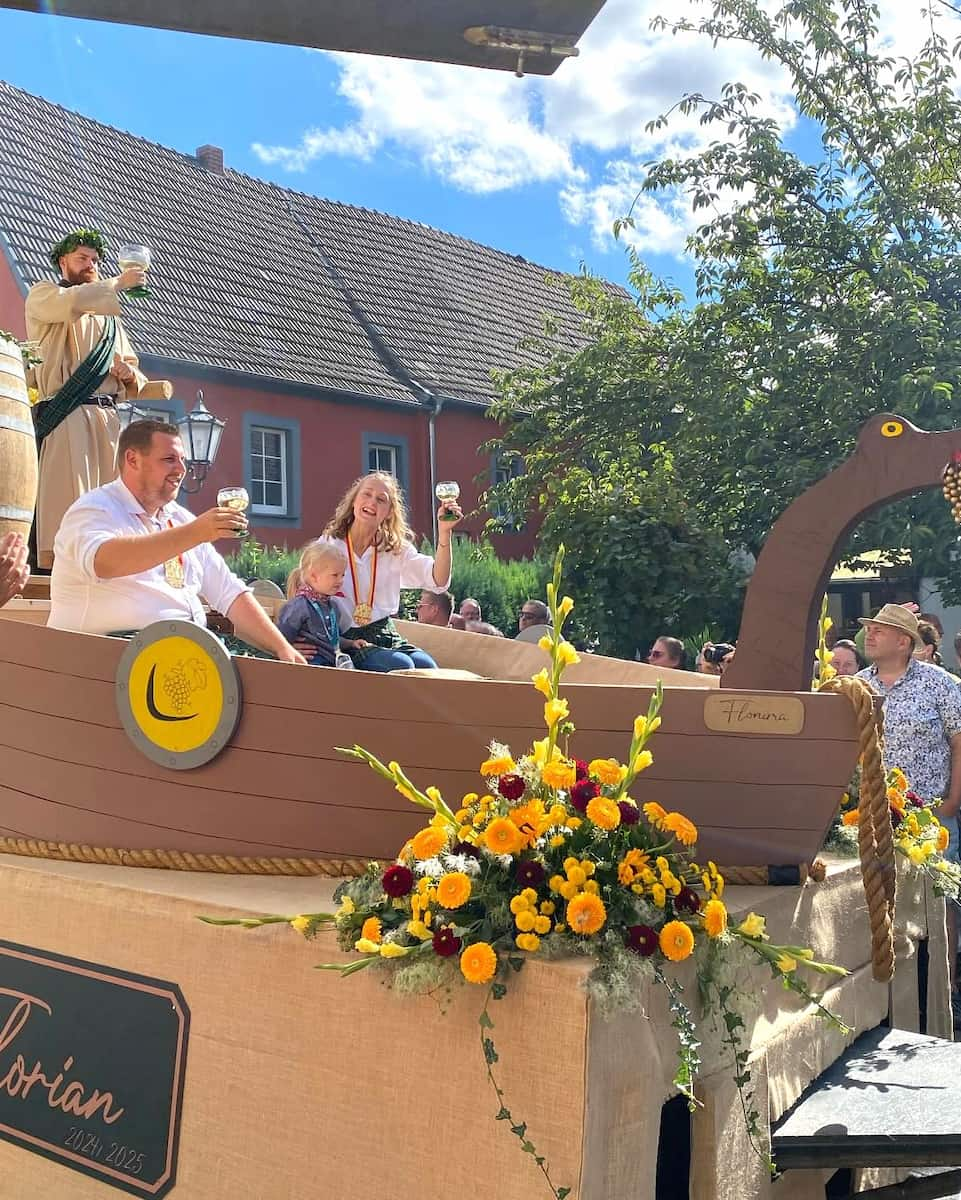
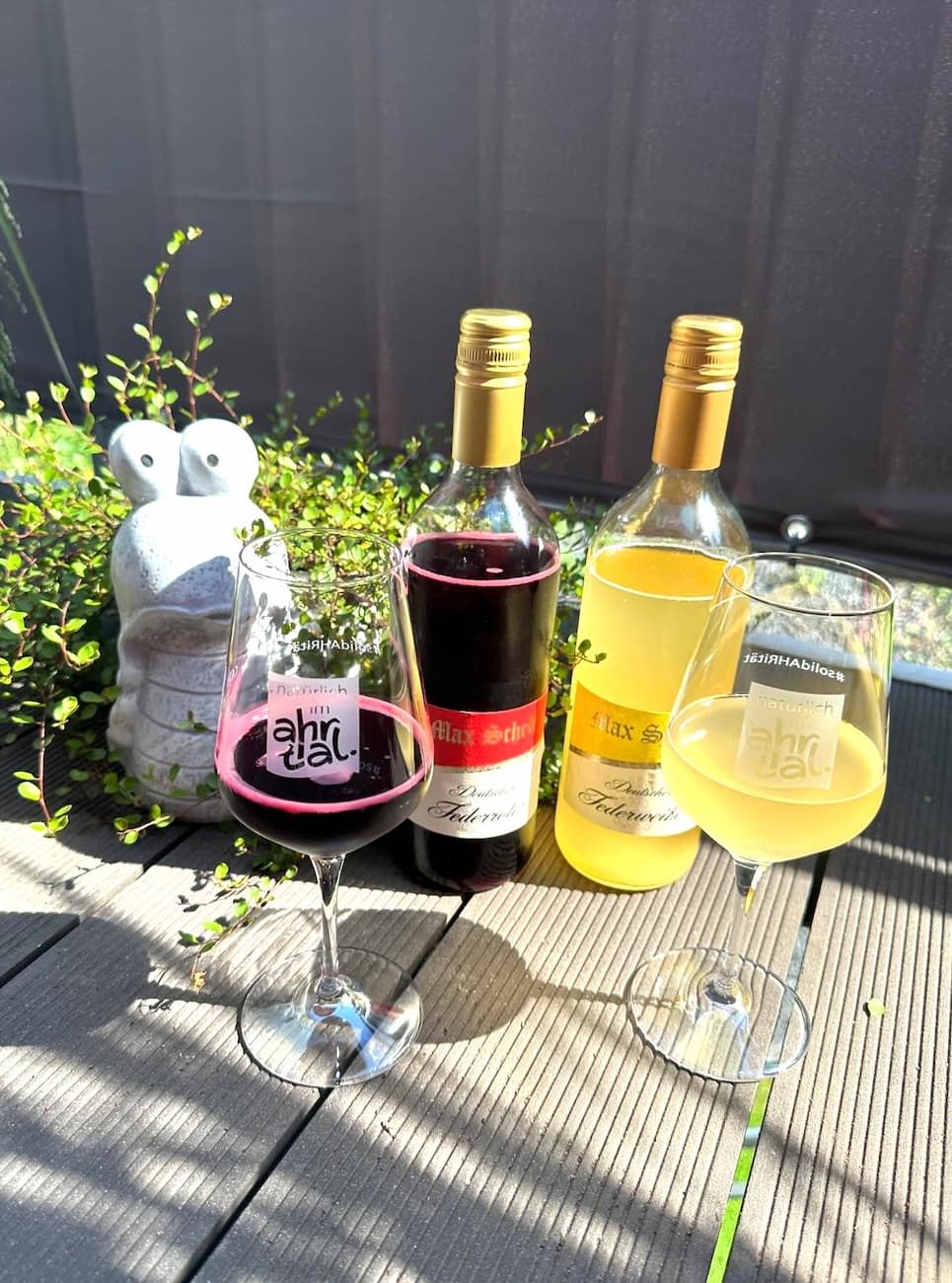
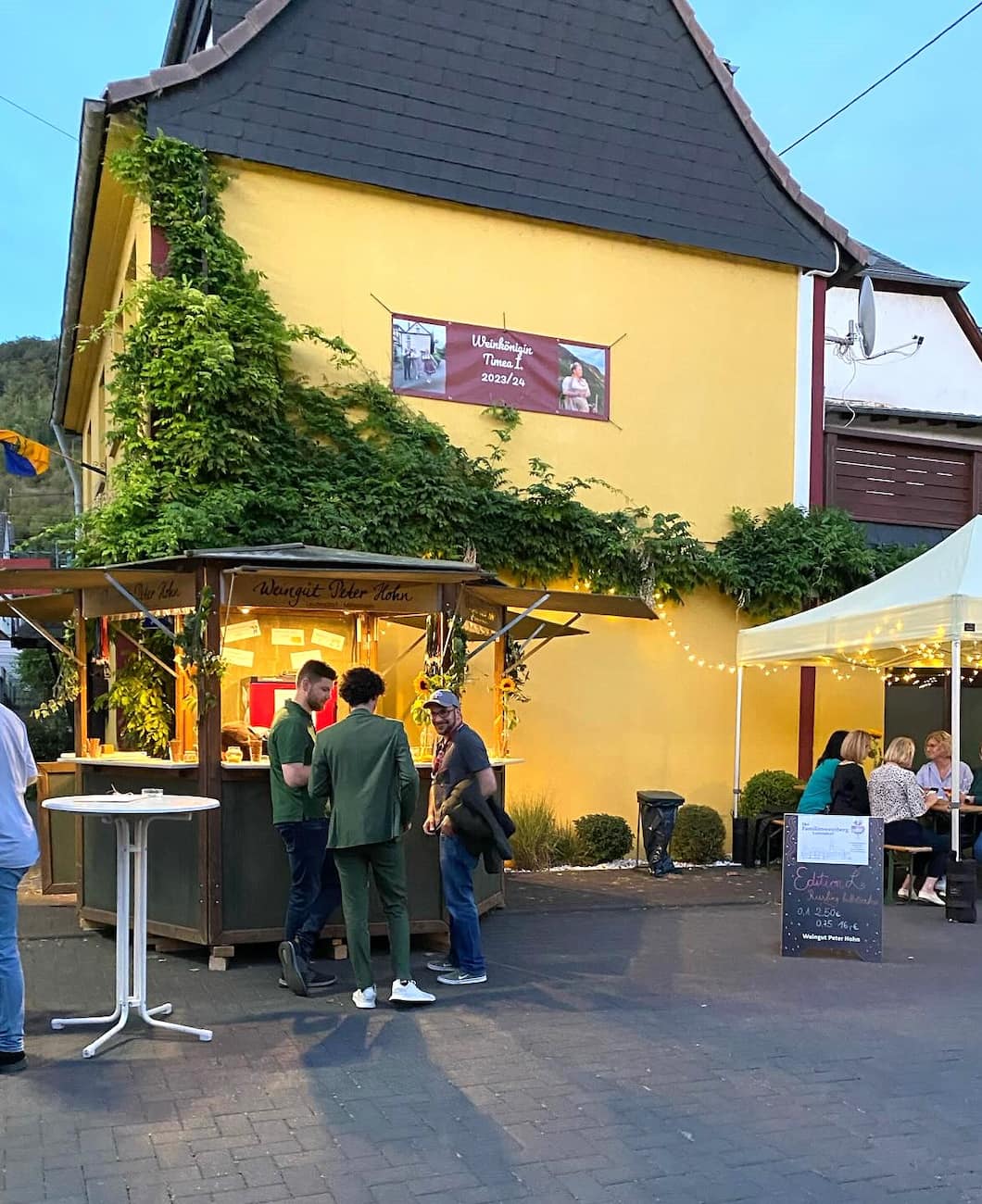
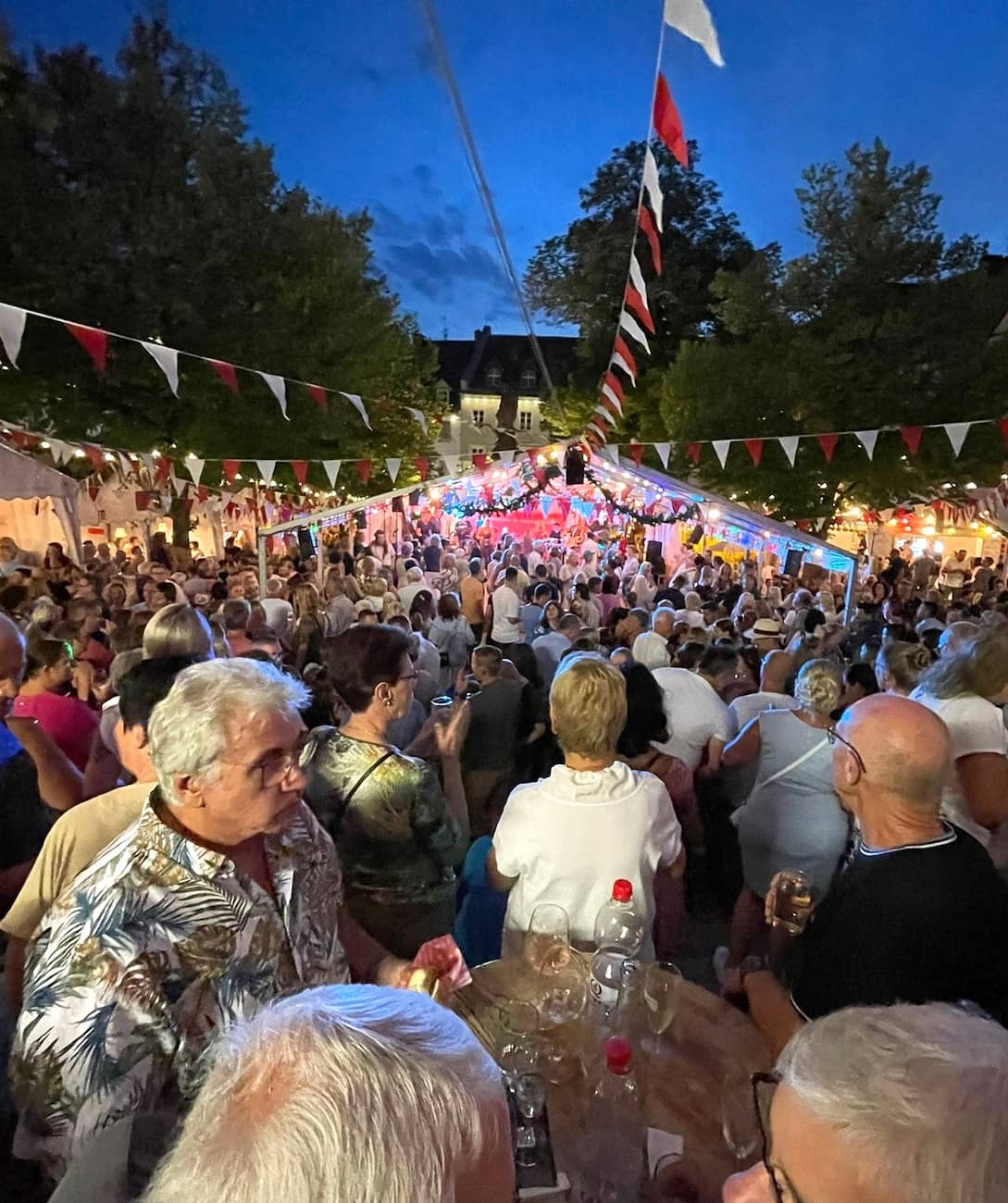
Wine tours. Several establishments offer special autumn tours that include visiting the production facilities, walking through the countryside, and tasting the new season’s wines. I learned that the region is particularly known for its Müller-Thurgau varieties.
Culinary pairings. Autumn brings seasonal specialties that pair perfectly with local wines:
- Wild game dishes
- Freshly caught fish
- Pumpkin specialties
- Mushroom dishes from forest harvests
Top things to experience. The lakeside road offers spectacular autumn views. I stopped at several viewpoints to photograph the colorful landscape and discovered charming wine taverns dating back to 1388 where I could sample the local harvest.
Day Trips from Constance
1. Rhine Falls and Stein am Rhein
Natural power. Europe’s largest waterfall, Rhine Falls, thundered impressively as I approached from the viewing platforms. Located near Schaffhausen in Switzerland (about 45 minutes by train from Konstanz), the falls drop 23 meters across a 150-meter width.
Viewing options:
- North bank platforms (free)
- Schloss Laufen south bank
- Boat ride to the central rock
- Adventure path with spray zones
Medieval gem. Just 20 minutes further by train, Stein am Rhein enchanted me with Switzerland’s best-preserved medieval town center. The elaborately painted building facades around Rathausplatz looked like illustrations from a fairy tale book.
River cruise. One of Europe’s most beautiful lake and river cruises starts at Kreuzlingen, leads through the Untersee to Stein am Rhein, and then continues along the Rhine to Schaffhausen. The scenery along this route is absolutely stunning.
Travel tip. The Swiss Travel Pass includes this entire route, but if you’re just making this day trip, purchase the cheaper “Tageskarte” (day card), covering all transportation for the day.
2. Meersburg Castle and Old Town
Medieval magnificence. Just a 30-minute ferry ride from Konstanz, Meersburg captivated me with Germany’s oldest inhabited castle, dating from the 7th century. The imposing fortress offers spectacular lake views from its battlements.
Two castles. Meersburg actually boasts two impressive castles – the Old Castle (Alte Burg) with its medieval character and the New Castle (Neues Schloss), a beautiful baroque palace that served as the residence of the prince-bishops of Constance.
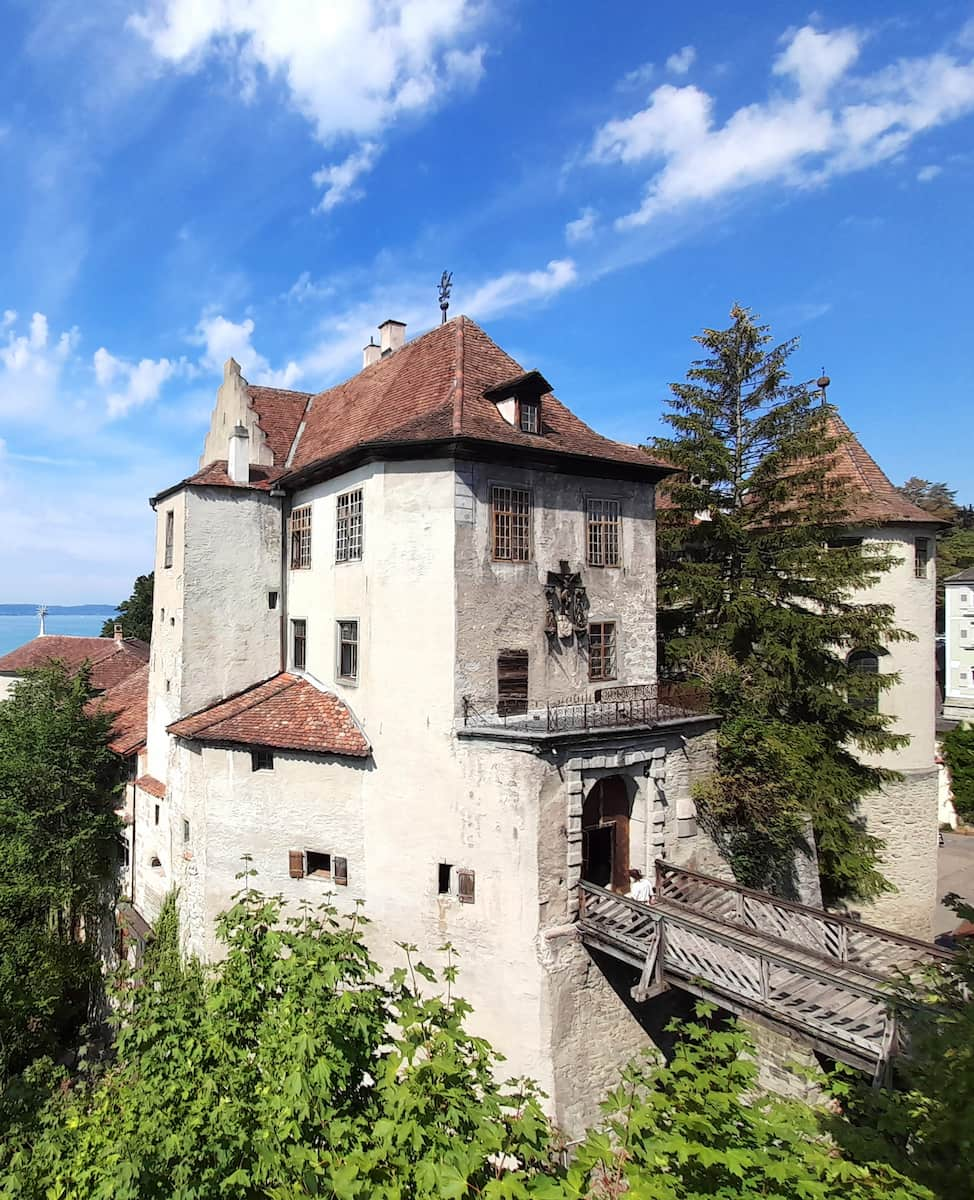
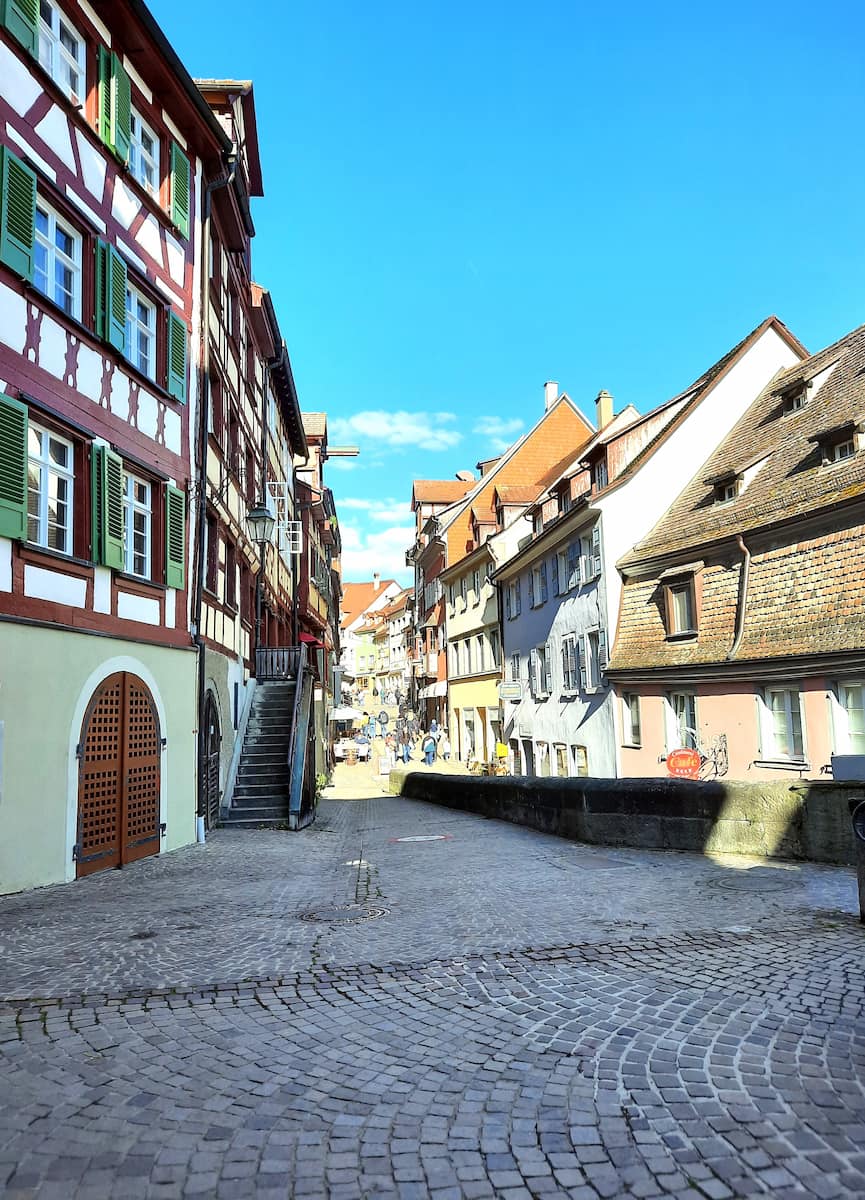
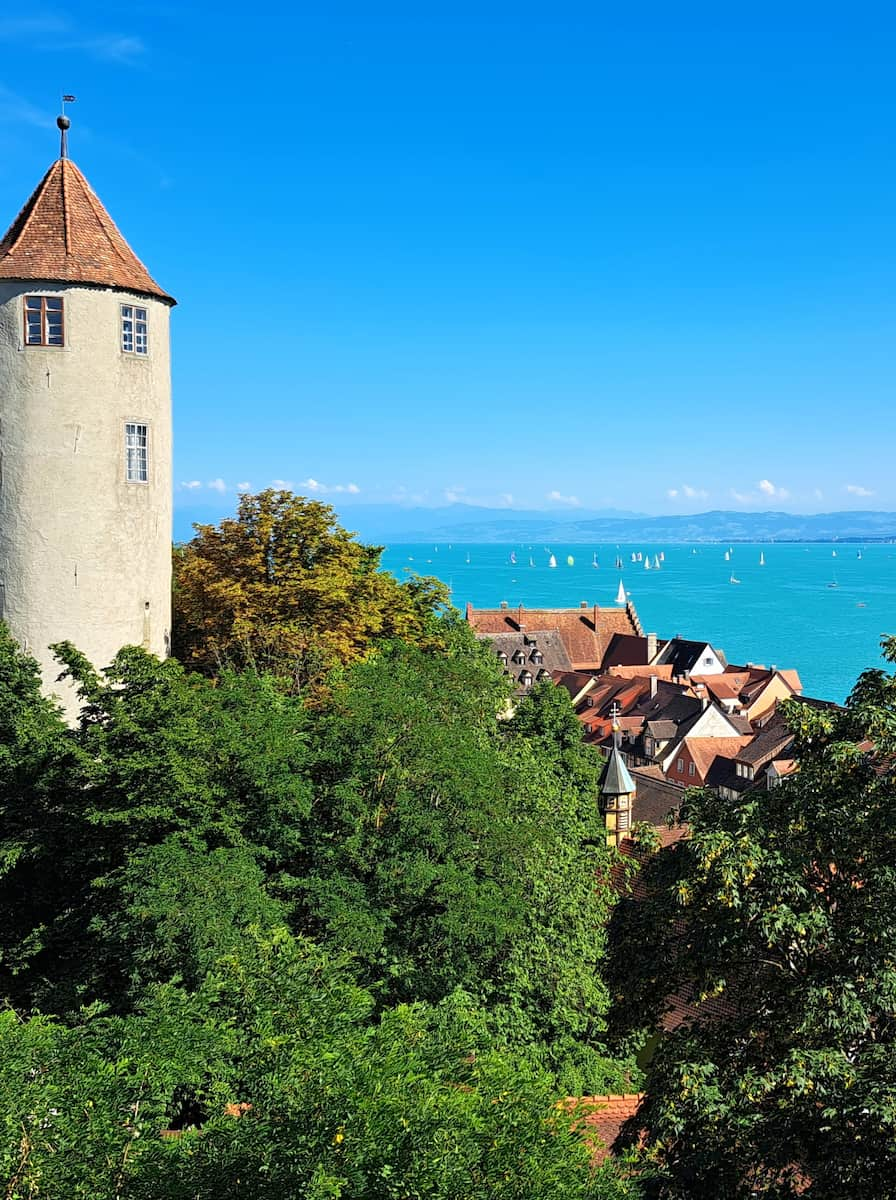
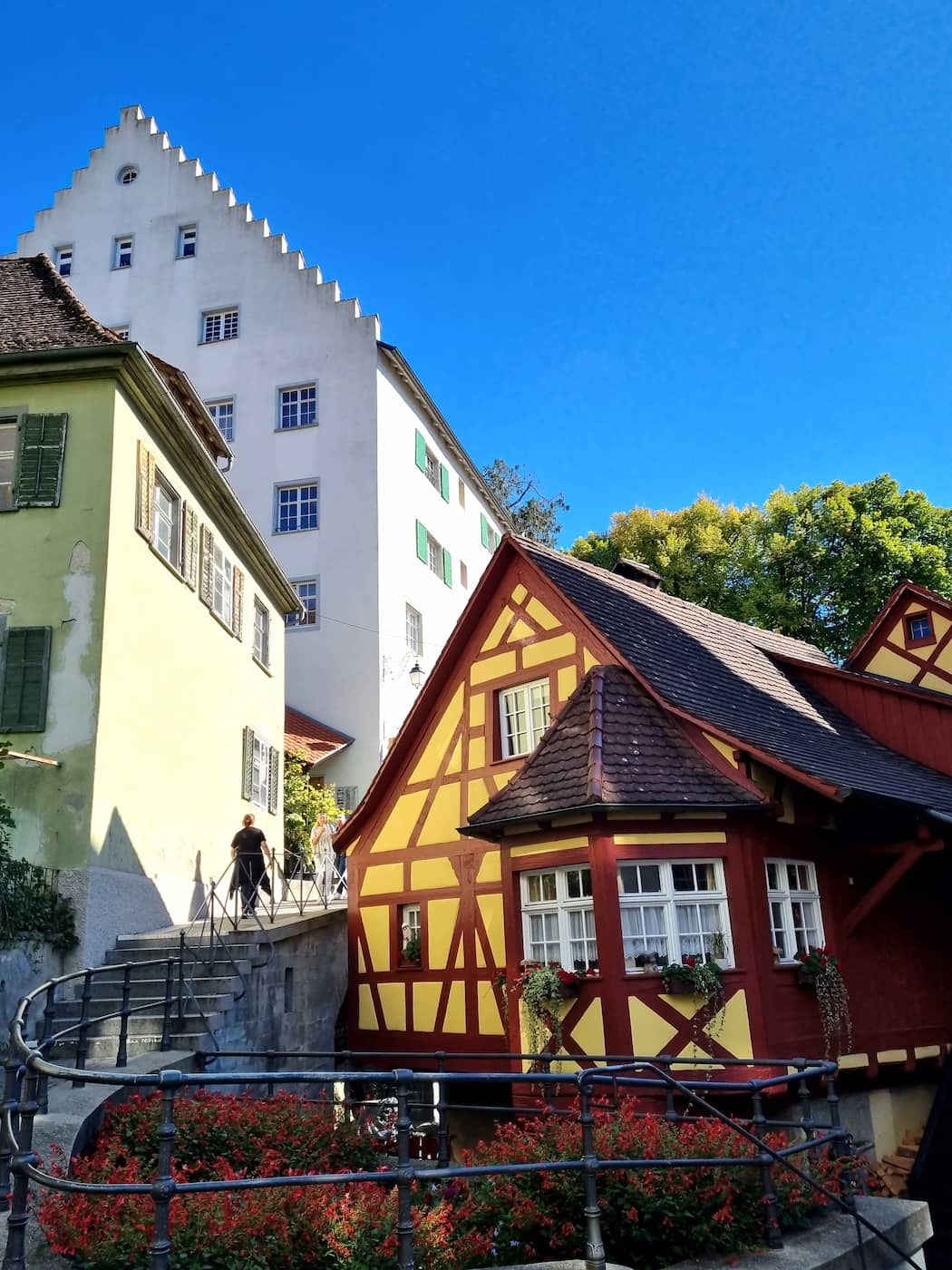
Wine culture. Meersburg’s terraced vineyards produce excellent local wines. I joined a tasting at Staatsweingut Meersburg and discovered the region’s crisp Müller-Thurgau and Pinot Noir varieties.
Culinary stops. The historic Gasthof zum Bären serves traditional Baden cuisine in a 17th-century building. My lunch of lake fish with local vegetables accompanied by a glass of regional white wine was delicious.
Transportation tip. The last ferry back to Konstanz leaves surprisingly early (around 7:30 PM in summer, earlier in other seasons). I nearly missed it after lingering over dinner, so check the schedule carefully if you’re not planning to stay overnight.
3. Lindau Island
Island charm. Lindau’s picturesque island old town connected to the mainland by a bridge immediately captivated me with its medieval architecture and stunning harbor entrance guarded by a lion statue and lighthouse.
Harbor highlights. The famous harbor entrance with its 6-meter-tall lion statue and 33-meter lighthouse is Lindau’s most photographed spot. I climbed the lighthouse for panoramic views across Lake Constance to the Alps.
Historical streets. Maximilianstrasse, the main shopping street, features colorful buildings with ornate facades. I wandered through narrow side streets discovering hidden courtyards, small shops, and cozy cafés.
Cultural attractions. The Stadtmuseum housed in a baroque building offers fascinating insights into Lindau’s history. I particularly enjoyed the collection of mechanical musical instruments that are demonstrated during guided tours.
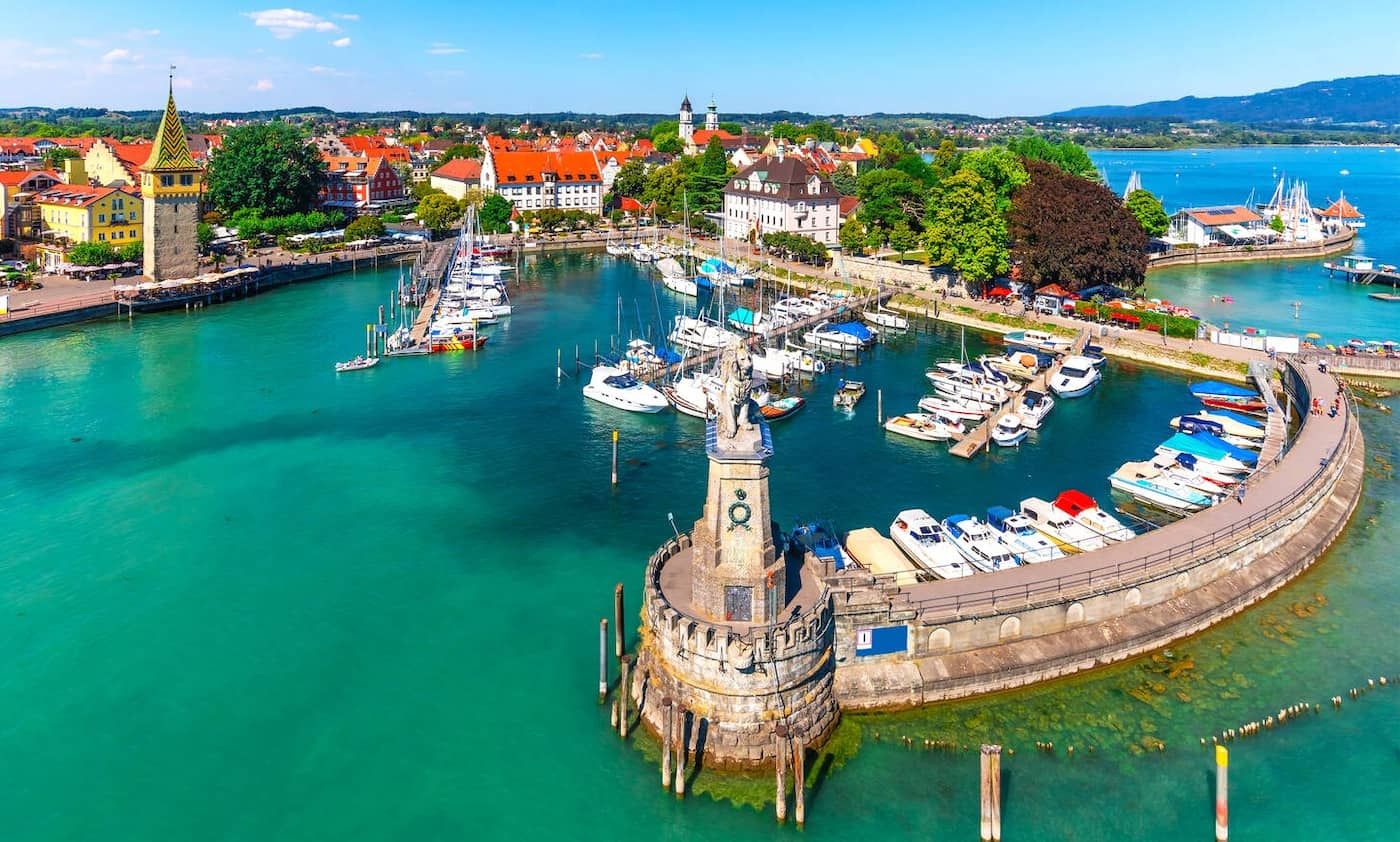
Culinary experiences. Lindau offers excellent dining options, from traditional Bavarian taverns to upscale restaurants. I enjoyed fresh fish from the lake at a restaurant with harbor views, watching boats come and go as I dined.
⭐ Best Activities
- Private Sightseeing Tour: Lindau Island (1.5 hours) – Discover the picturesque Lindau Island on this private 1.5-hour tour that showcases the charming harbor, historic old town, and beautiful views across Lake Constance.
4. Bregenz and Pfänder Mountain
Austrian lakeside. Just across the border in Austria, Bregenz combines cultural attractions with natural beauty. The famous floating stage in the harbor hosts spectacular opera performances during the summer Bregenz Festival.
Mountain panorama. I took the Pfänder cable car from Bregenz up to 1,064 meters for breathtaking panoramic views. On a clear day, you can see 240 Alpine peaks across Austria, Germany, and Switzerland, as well as the entire Lake Constance.
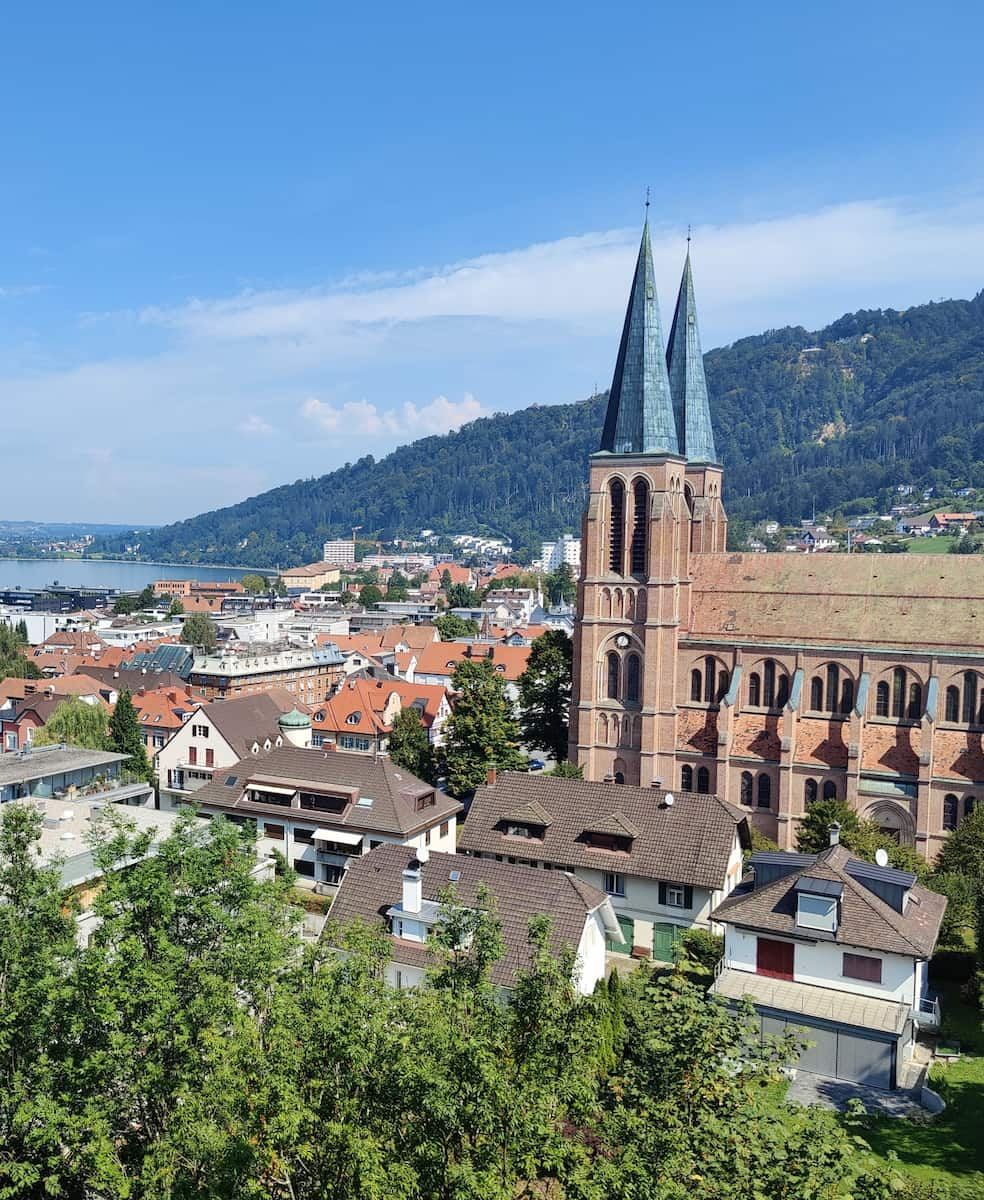
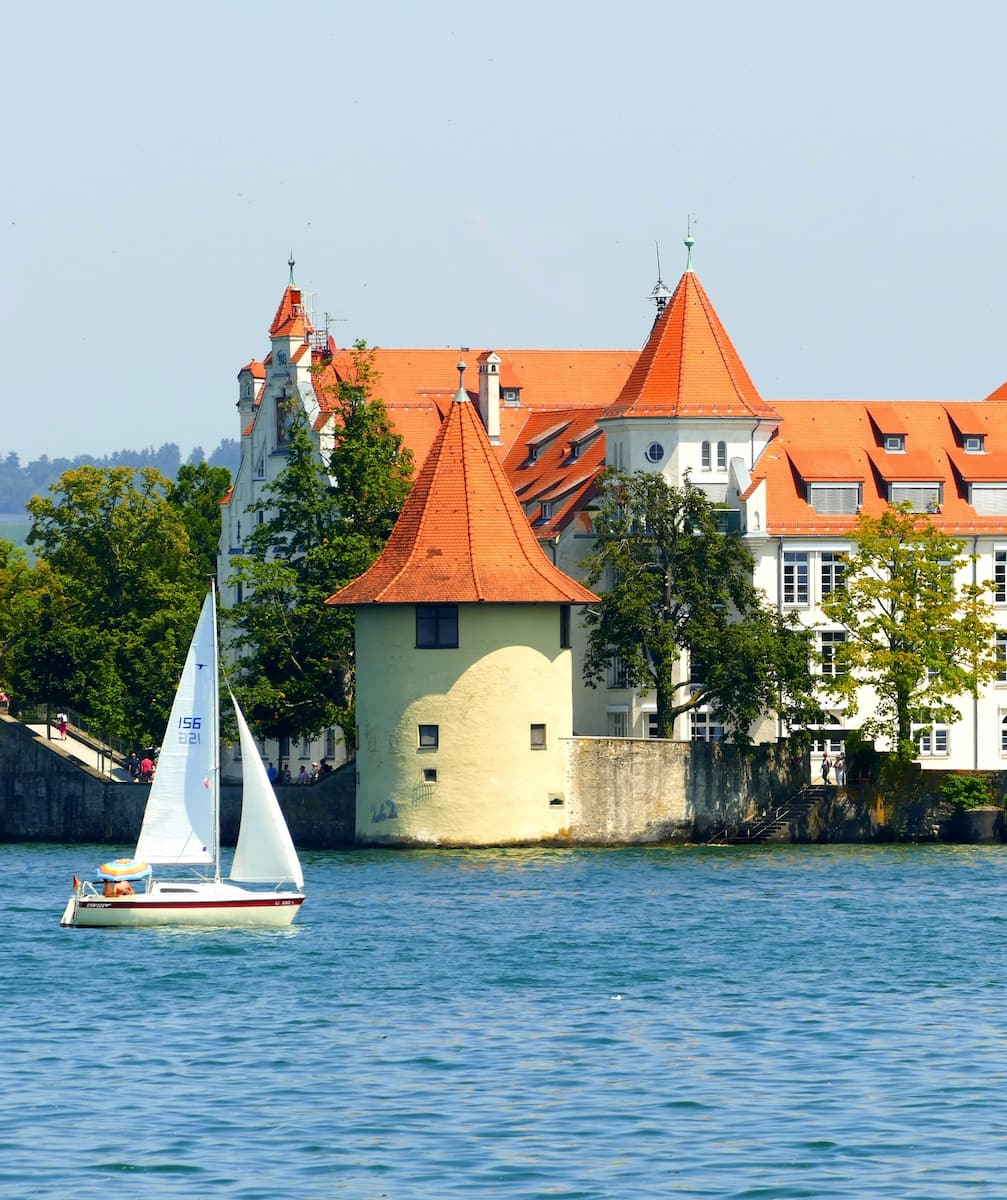
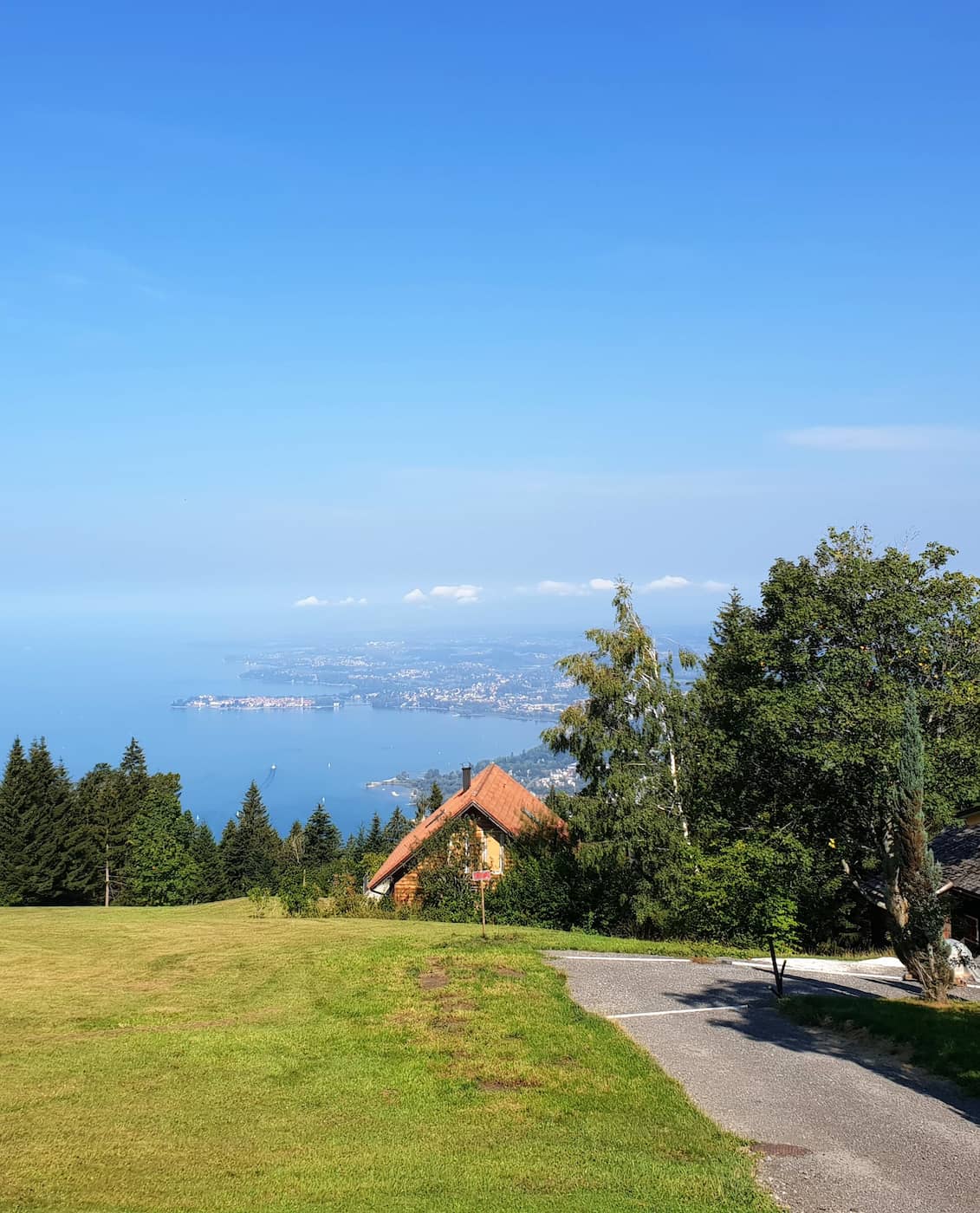
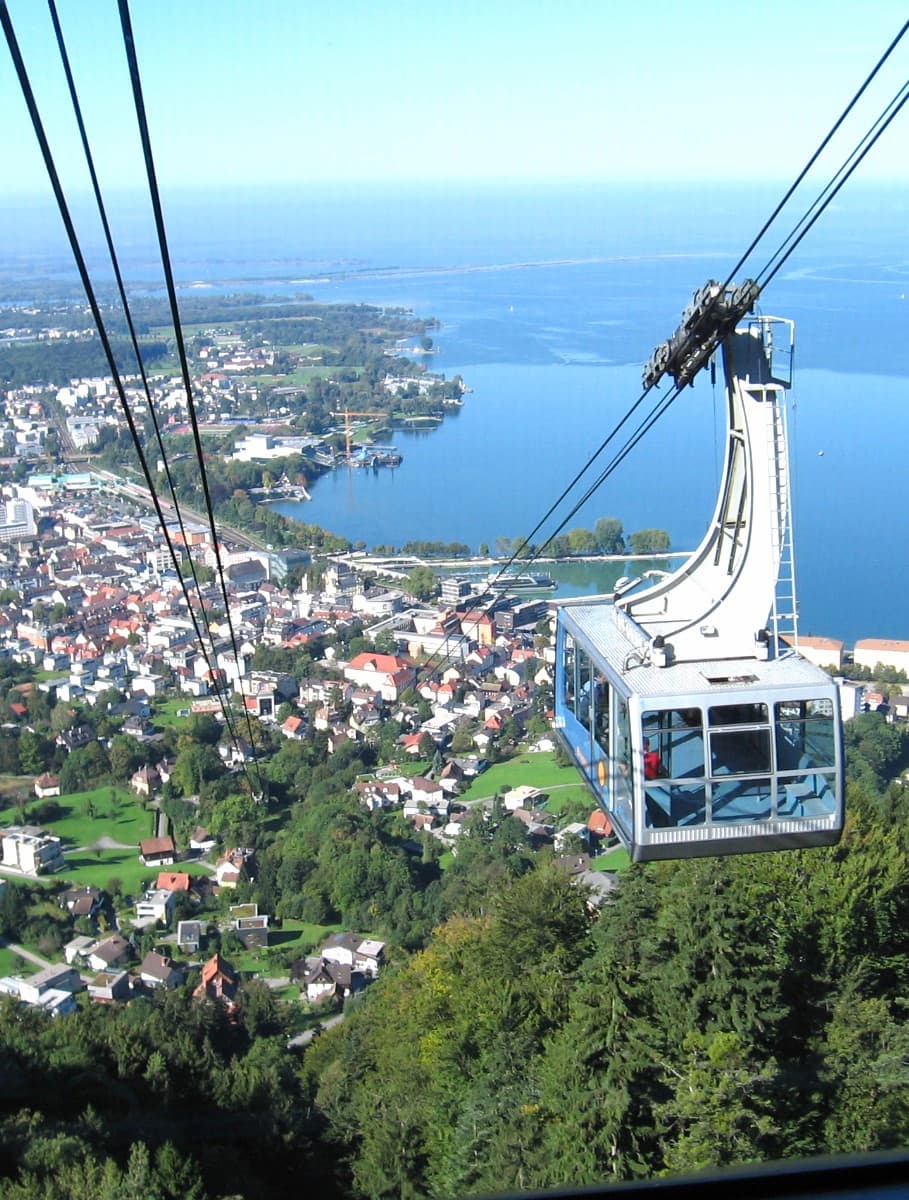
Hiking options. The Pfänder offers numerous well-marked hiking trails suitable for all fitness levels. I chose a two-hour circular route that took me through alpine meadows and forests with frequent viewpoints over the lake.
Cultural attractions. Back in Bregenz, I visited the Kunsthaus Bregenz, a striking modern art museum housed in a glass cube building. The changing exhibitions feature contemporary international artists in a unique architectural setting.
Culinary delights. Austrian cuisine differs subtly from German, with specialties like Käsknöpfle (cheese dumplings) and excellent pastries. I enjoyed a slice of Linzer torte at a traditional café with views of the lake promenade.
❓ FAQ
What are the top activities to enjoy in Constance?
Popular activities include visiting historical sites, exploring nature, and enjoying water sports. You can also cycle around the shoreline, take boat trips between countries, and sample local cuisine and wines.
How can I best explore the main city of Constance?
Explore on foot to discover the medieval center, visit museums, and enjoy the harbor area. The compact layout makes it easy to see major attractions in a day.
What water activities are available in Constance?
The lake offers swimming, sailing, paddleboarding, kayaking, and windsurfing. You can also take scenic cruises on historic vessels or rent boats to explore independently.
Which hiking and cycling routes are recommended in Constance?
The circular trail is popular for cycling, offering beautiful views and passing through three countries. Hiking options range from easy lakeside walks to more challenging mountain trails with panoramic vistas.
What day trips are worth taking to nearby countries from Constance?
Visit towns with preserved medieval centers, see impressive waterfalls, and explore shoreline communities. Boat trips offer scenic routes to these destinations.
When is the best time to visit Constance?
Summer is ideal for water activities and festivals, spring for floral displays, autumn for harvest events, and winter for Christmas markets. Each season offers unique experiences.
What museums should I visit in Constance?
Key museums cover topics like local history, archaeology, and aviation. There are also specialized museums focusing on religious history and wine production.
